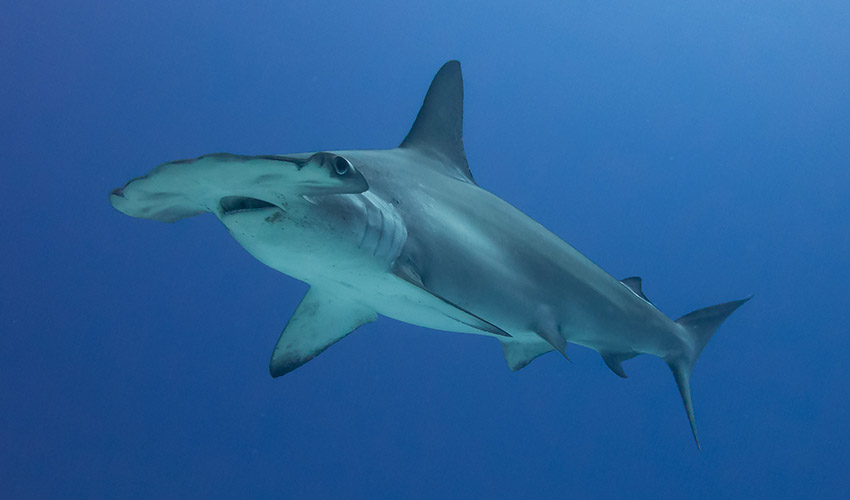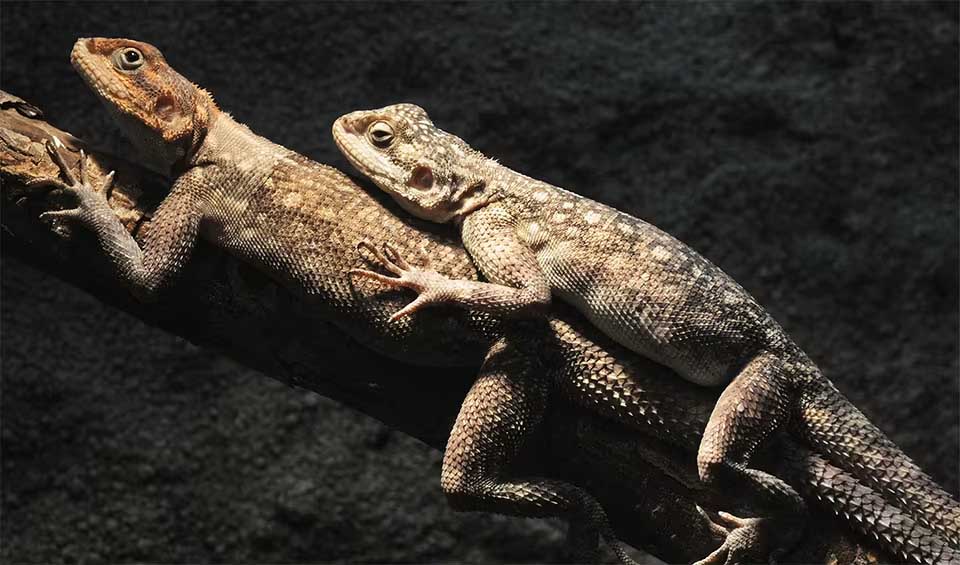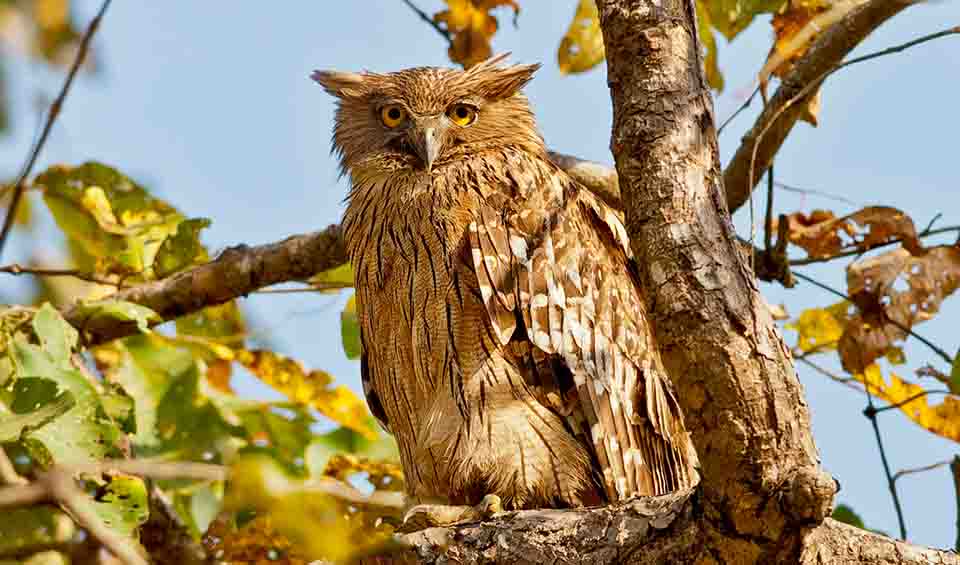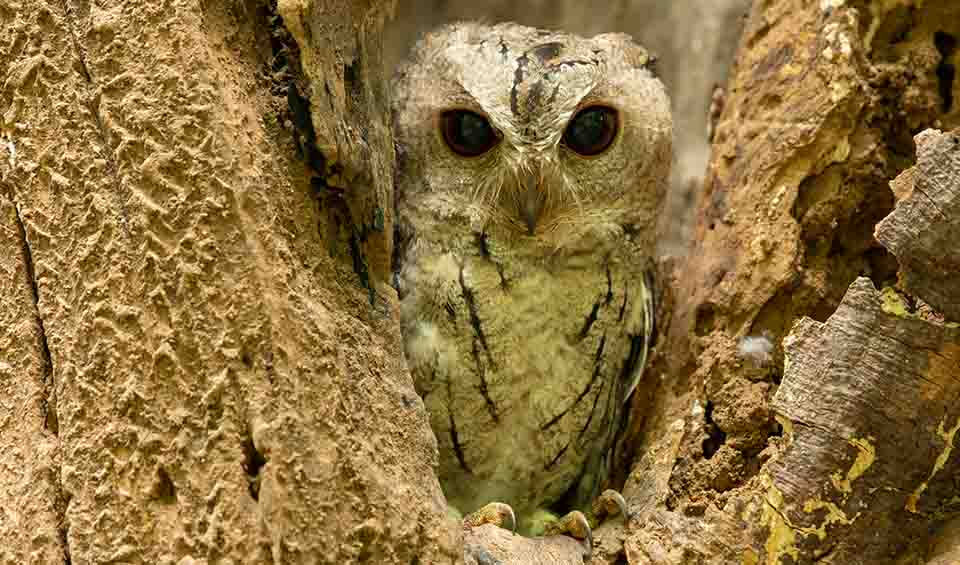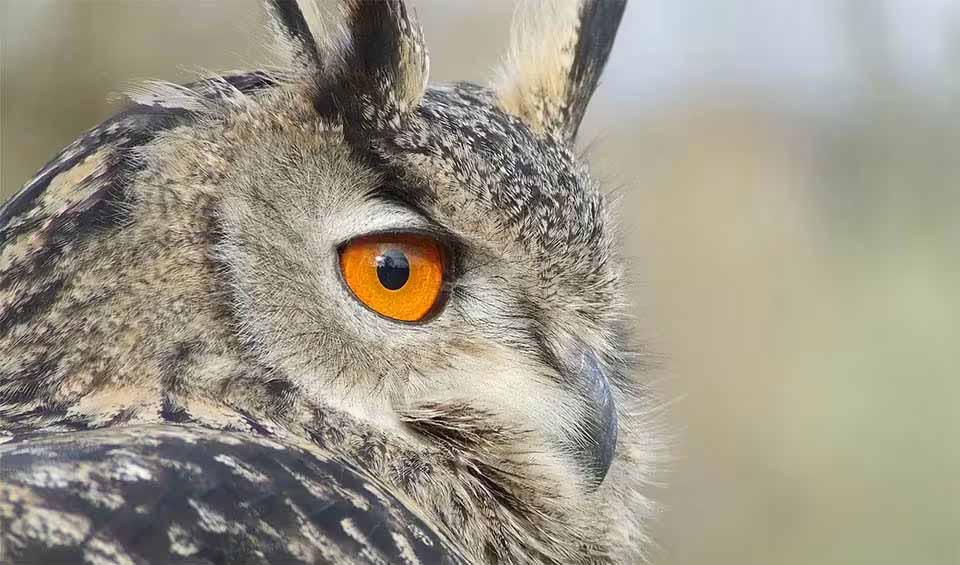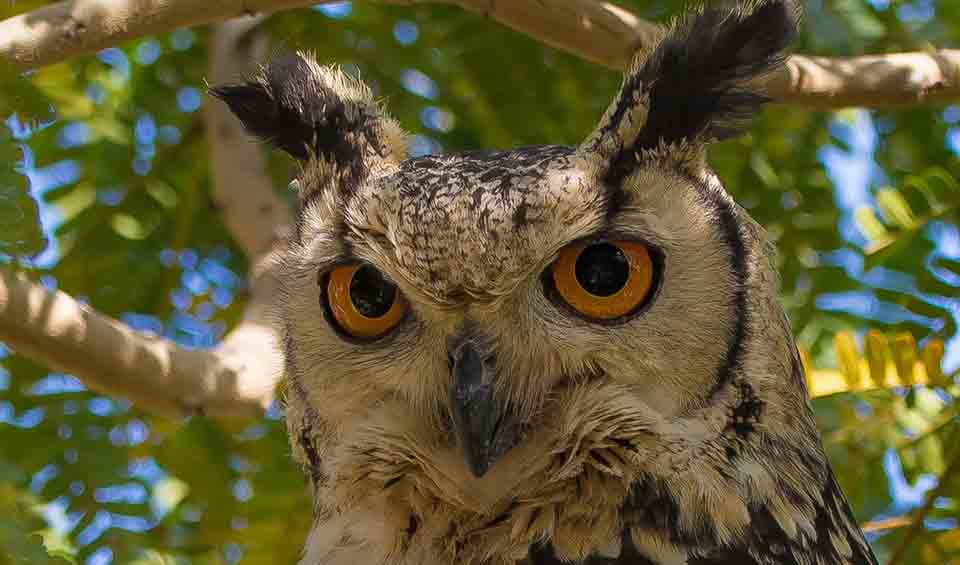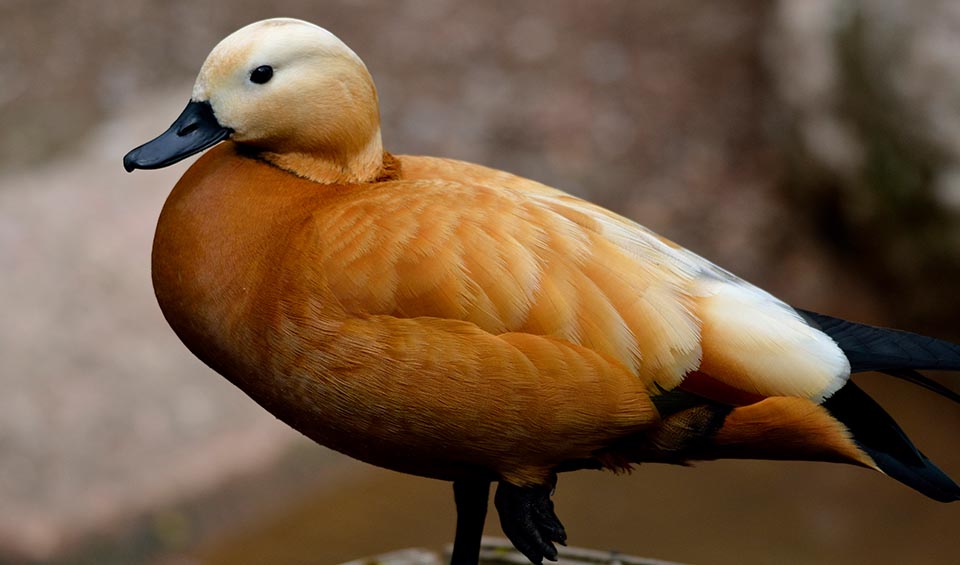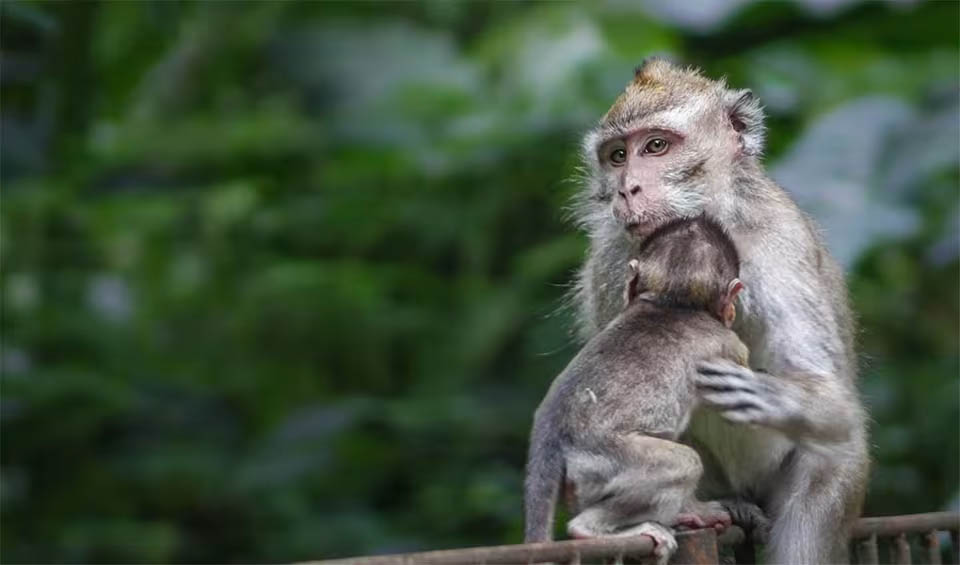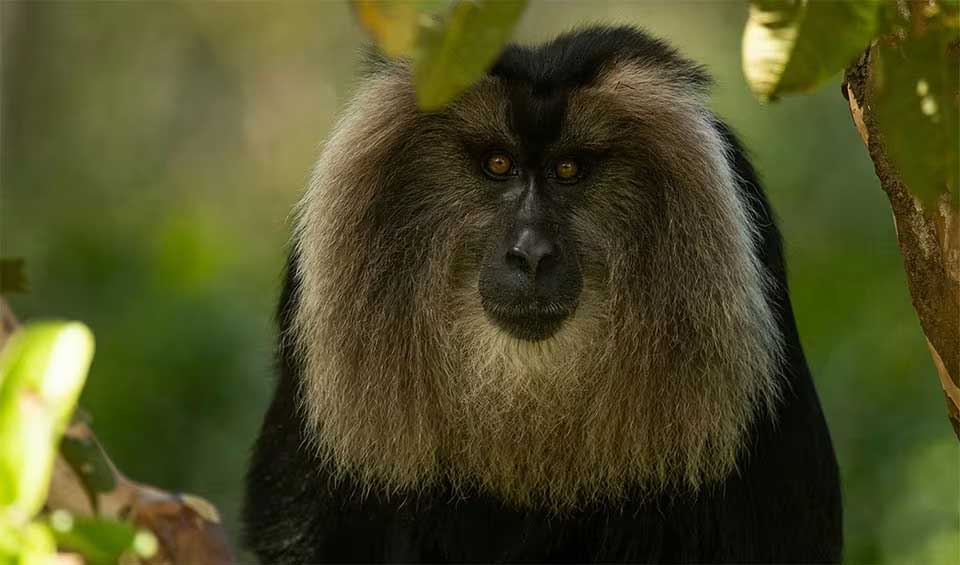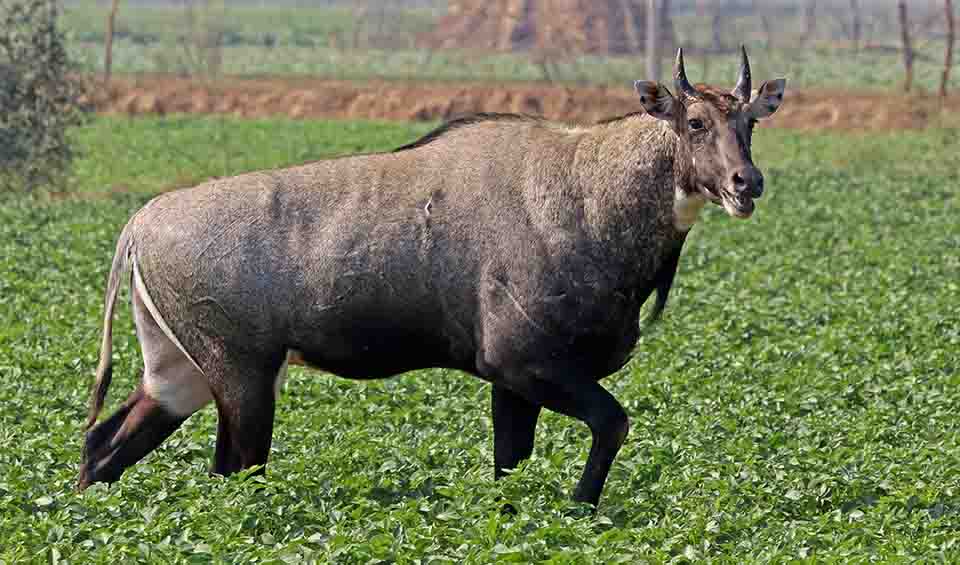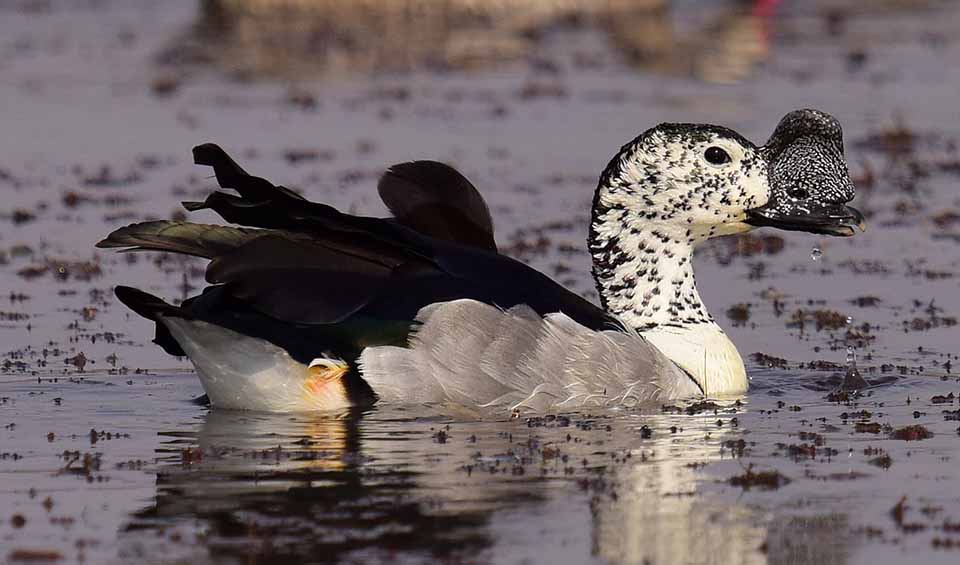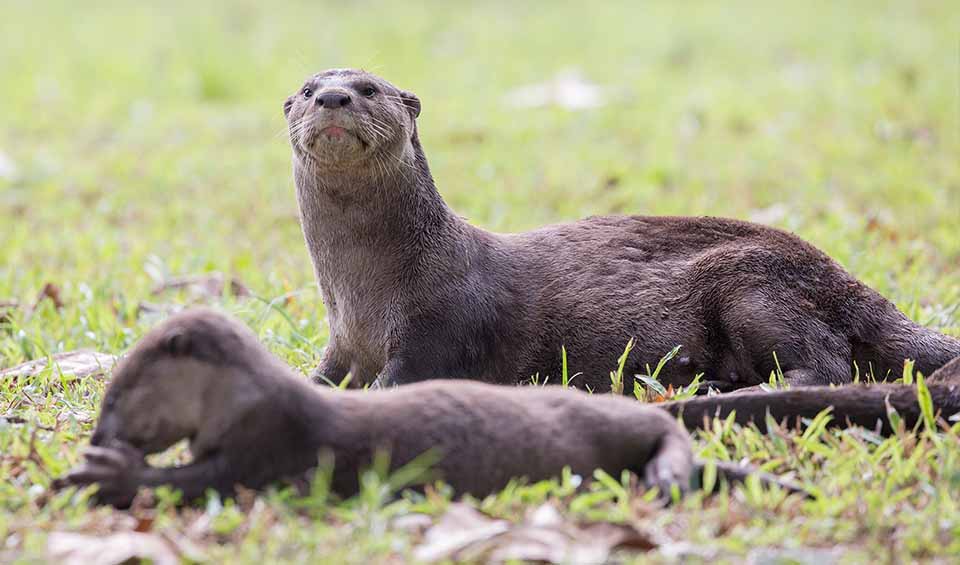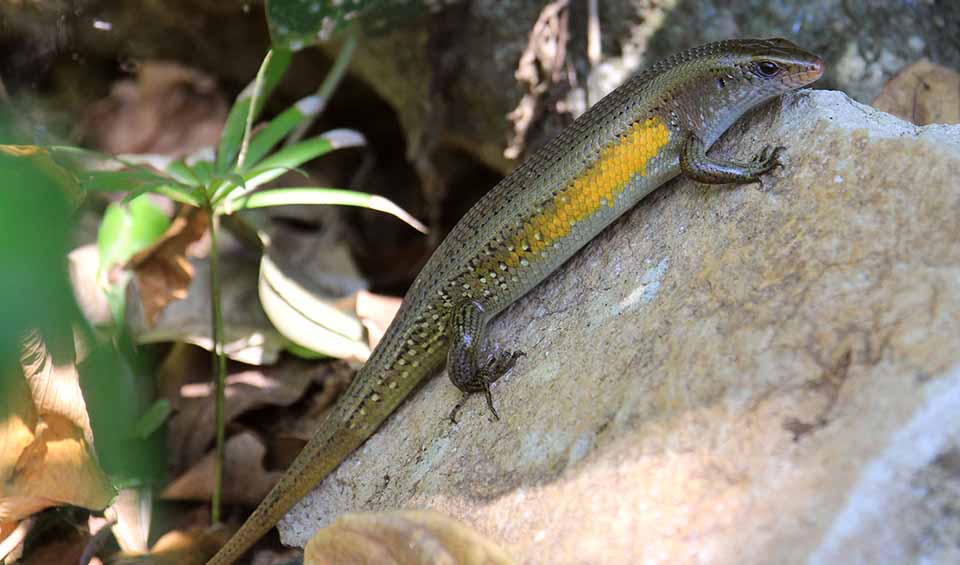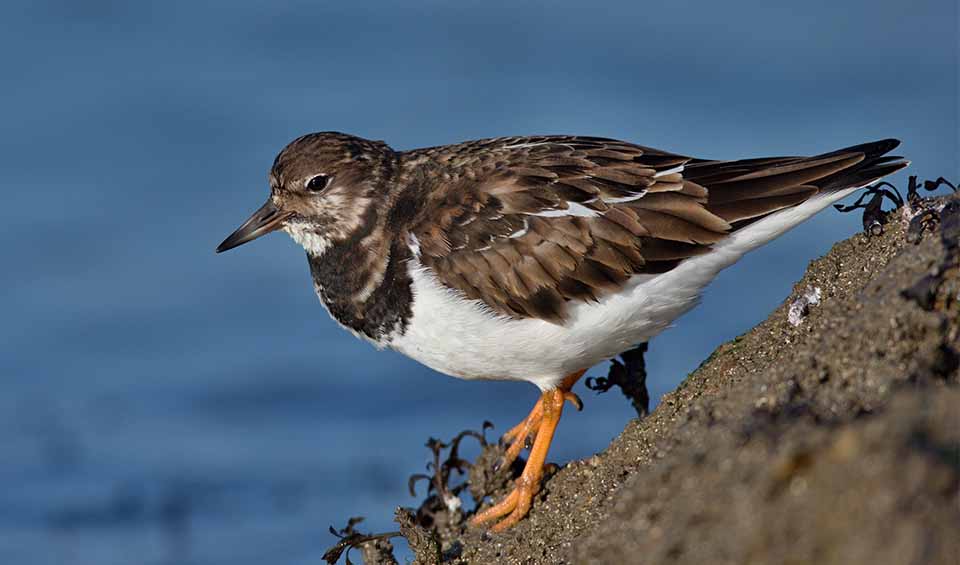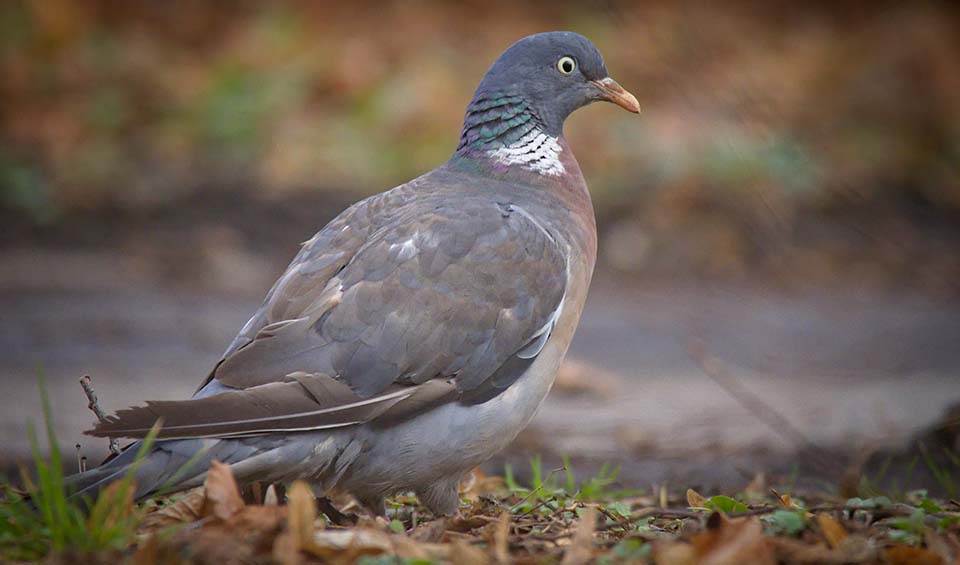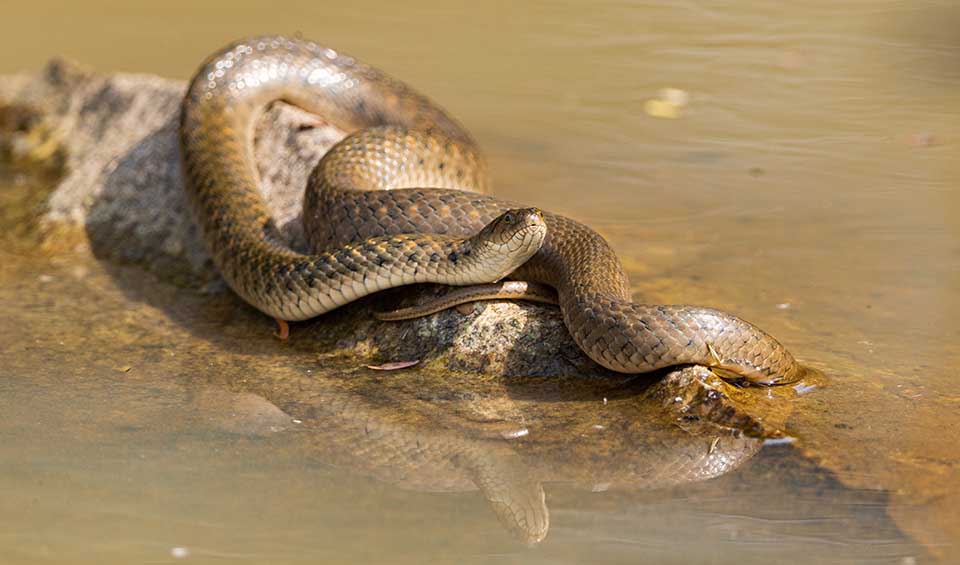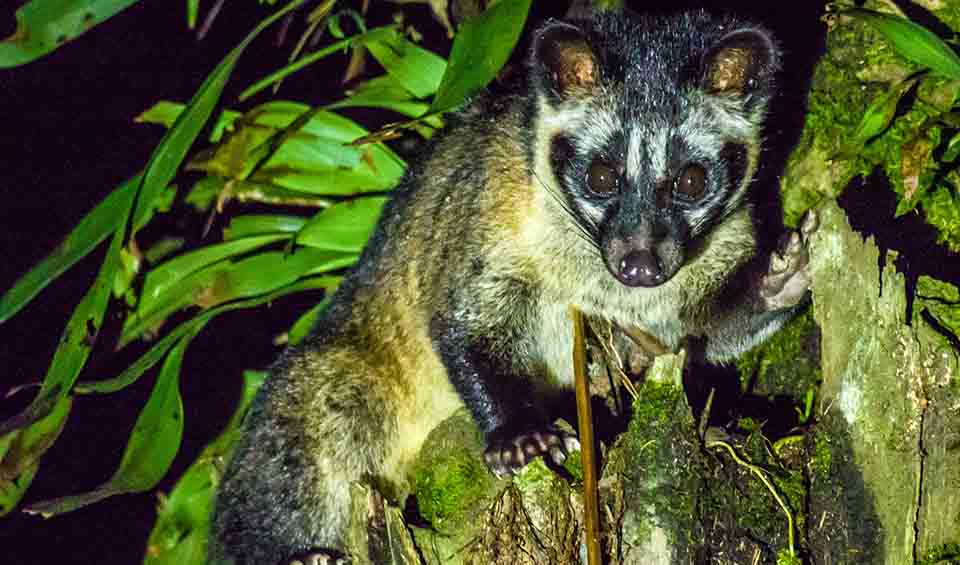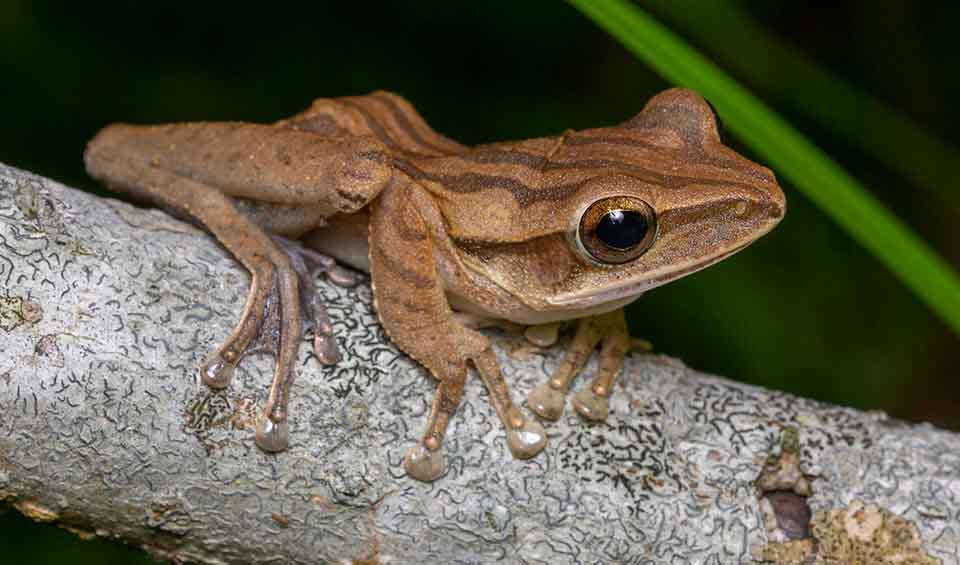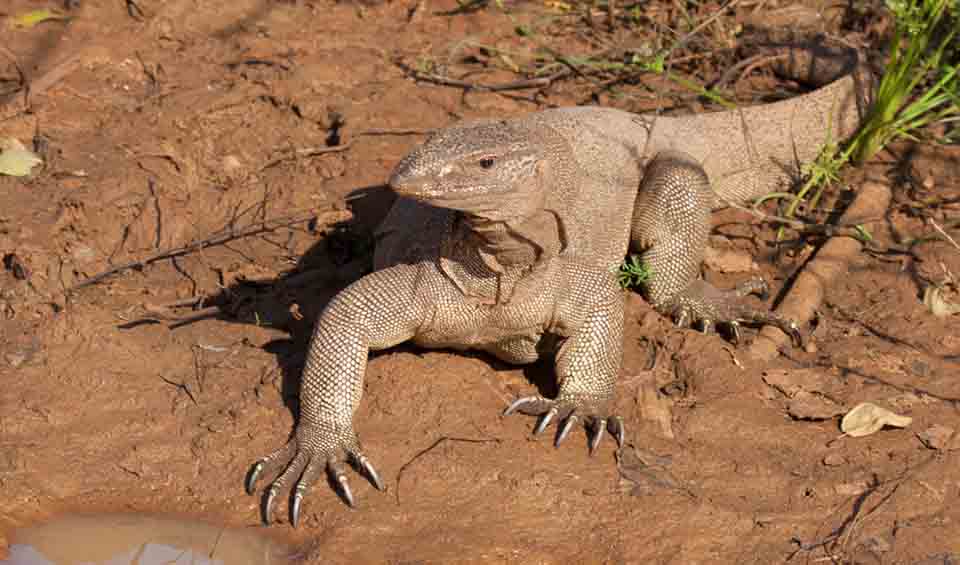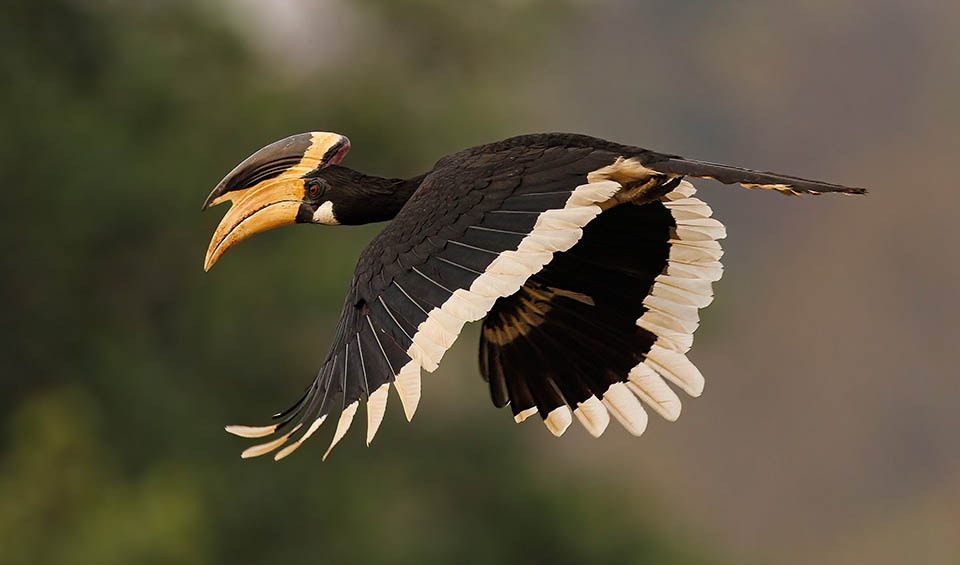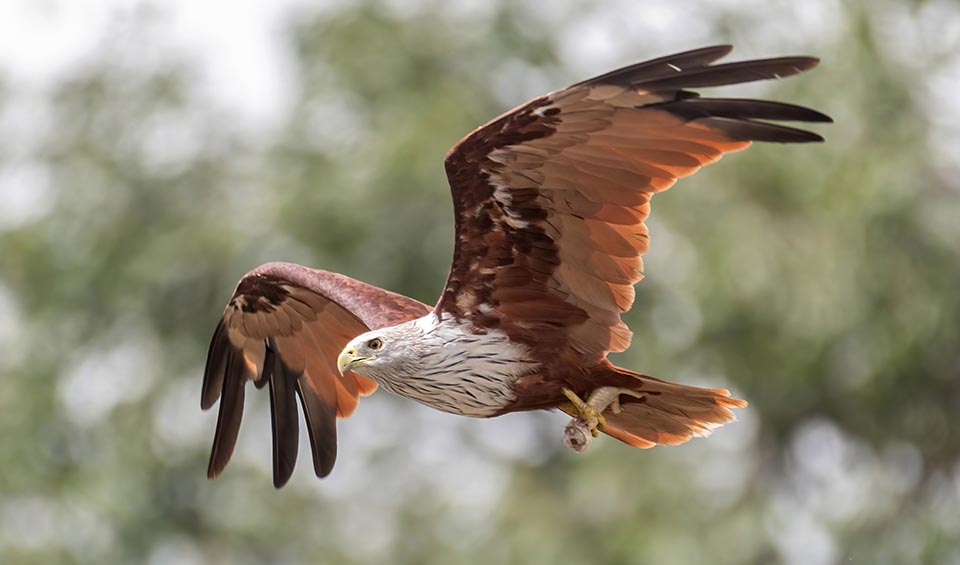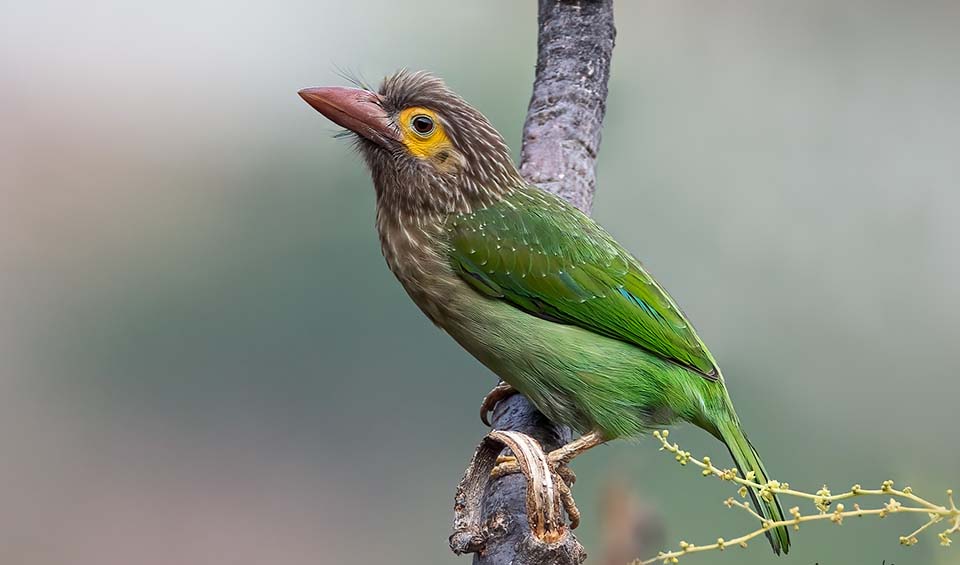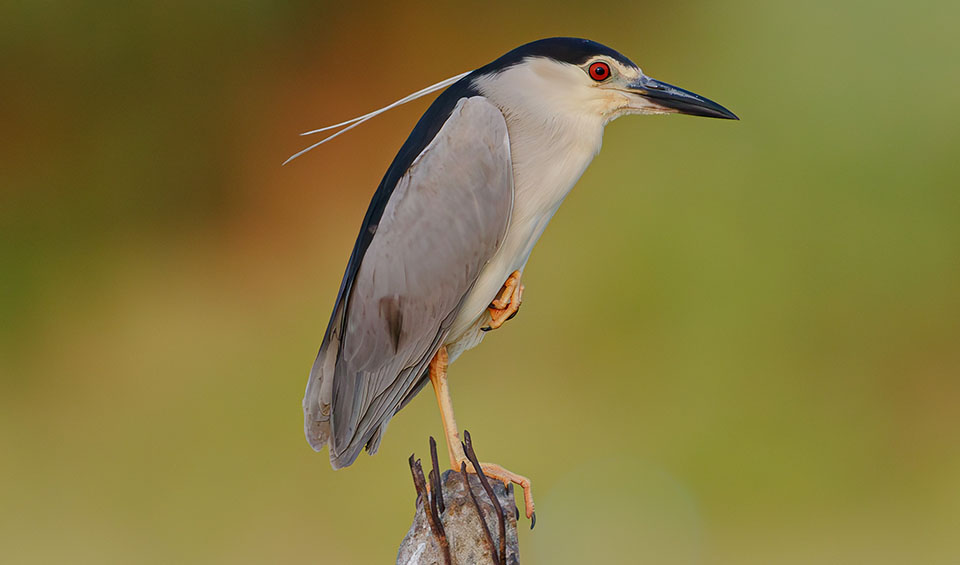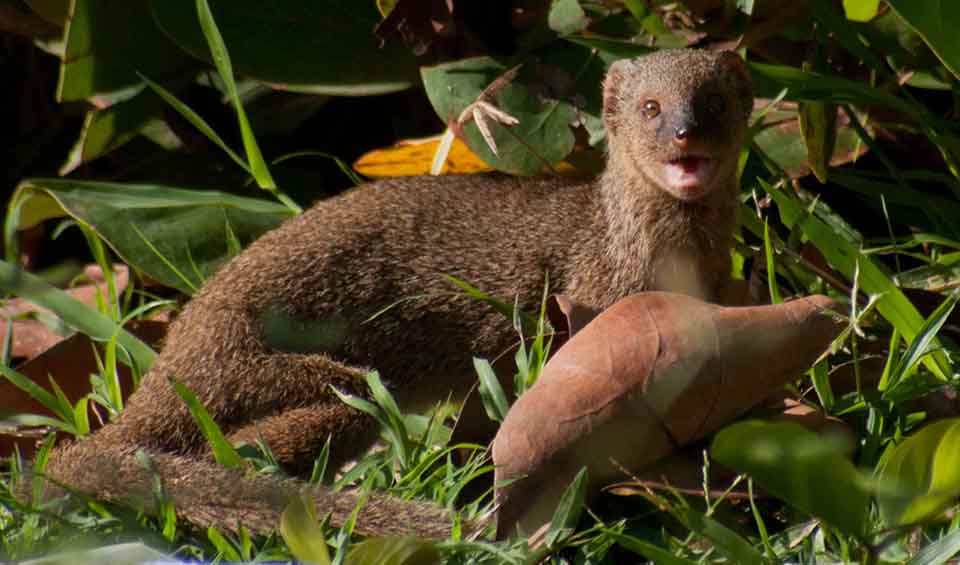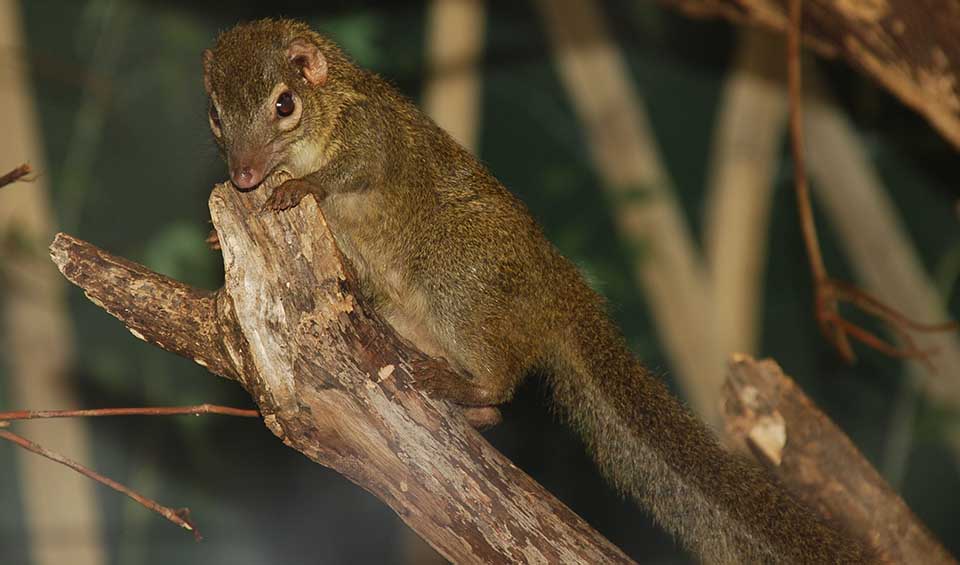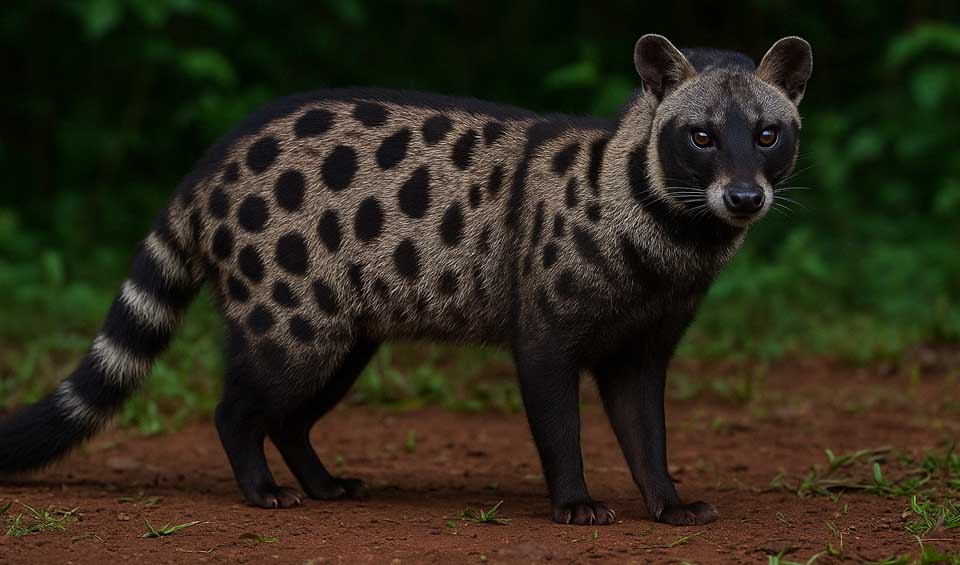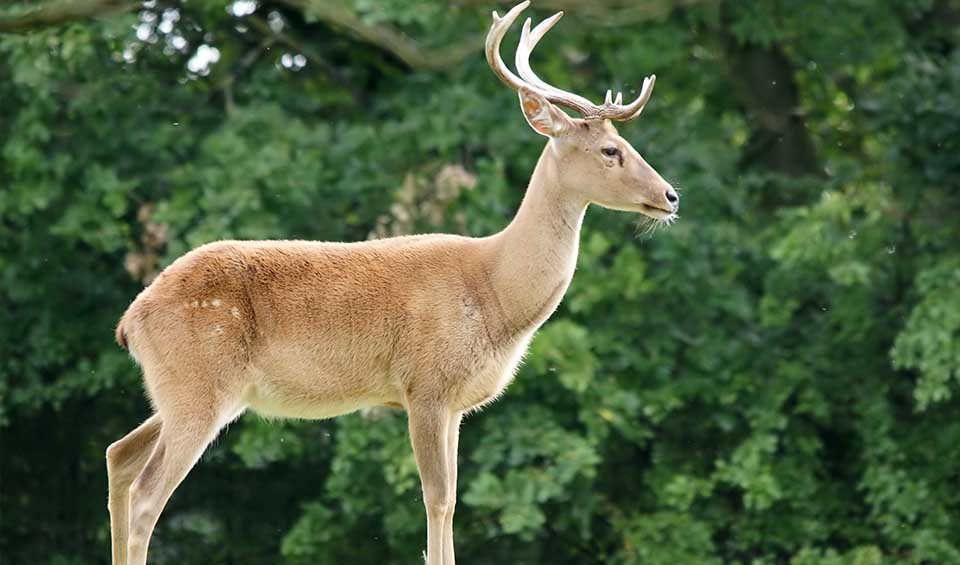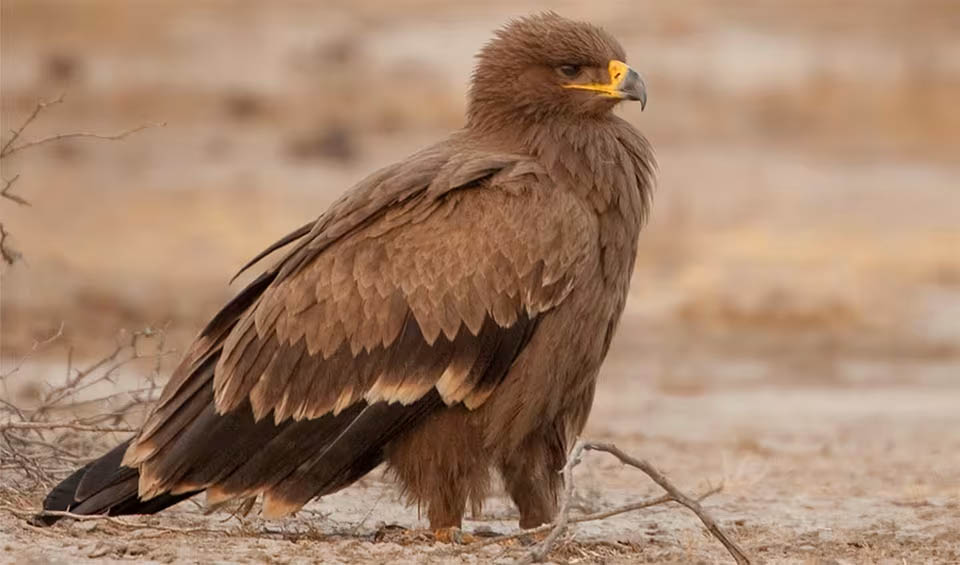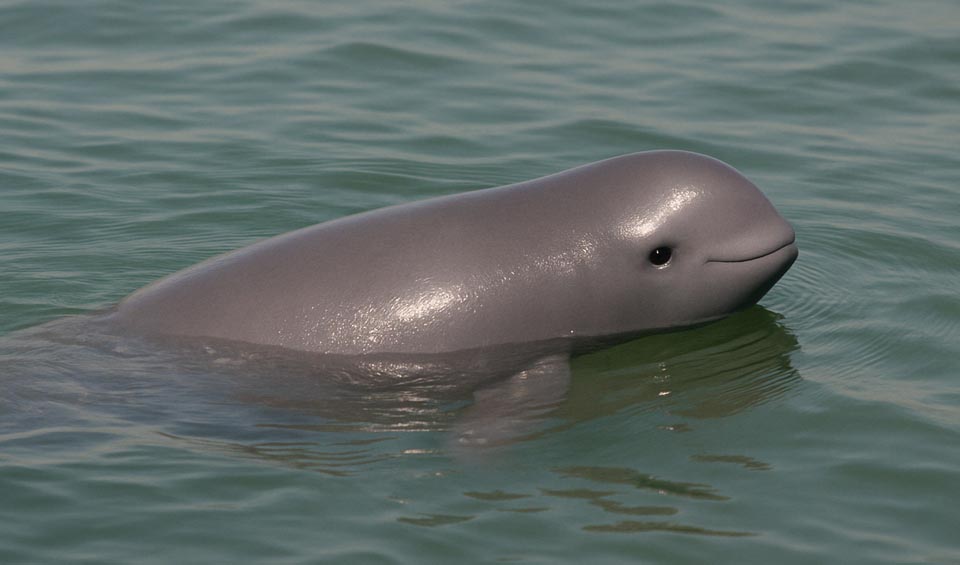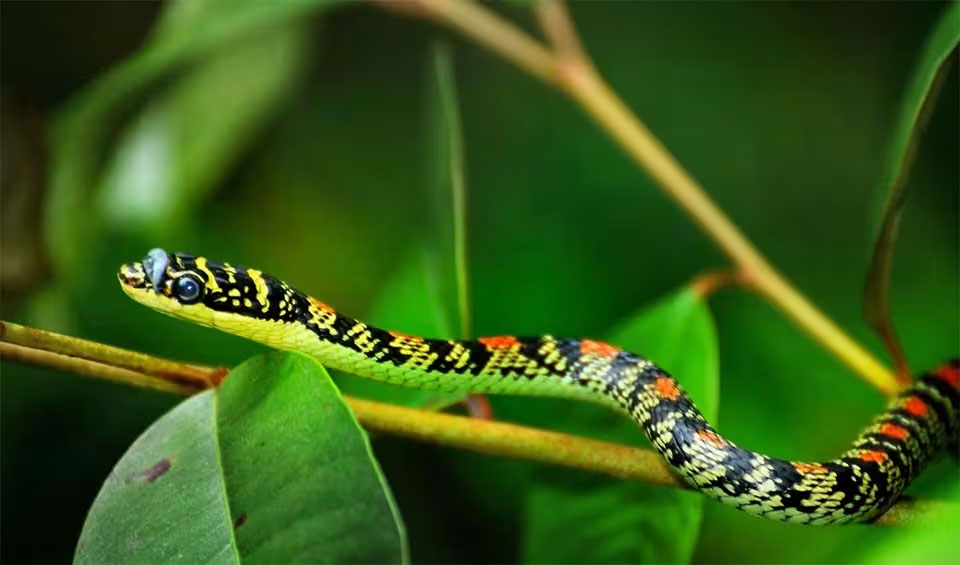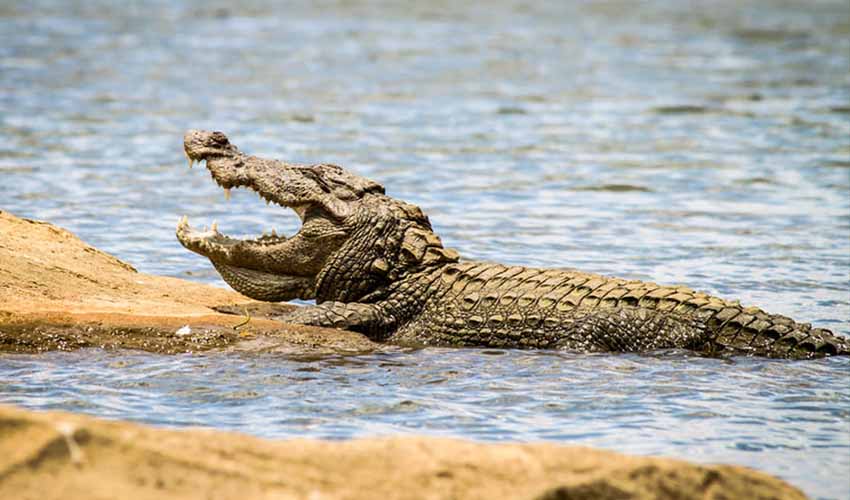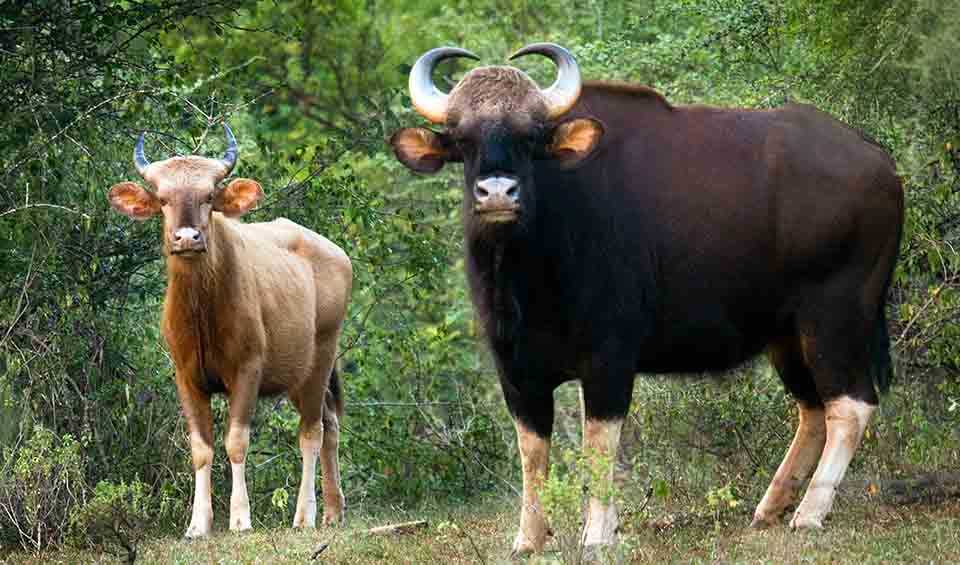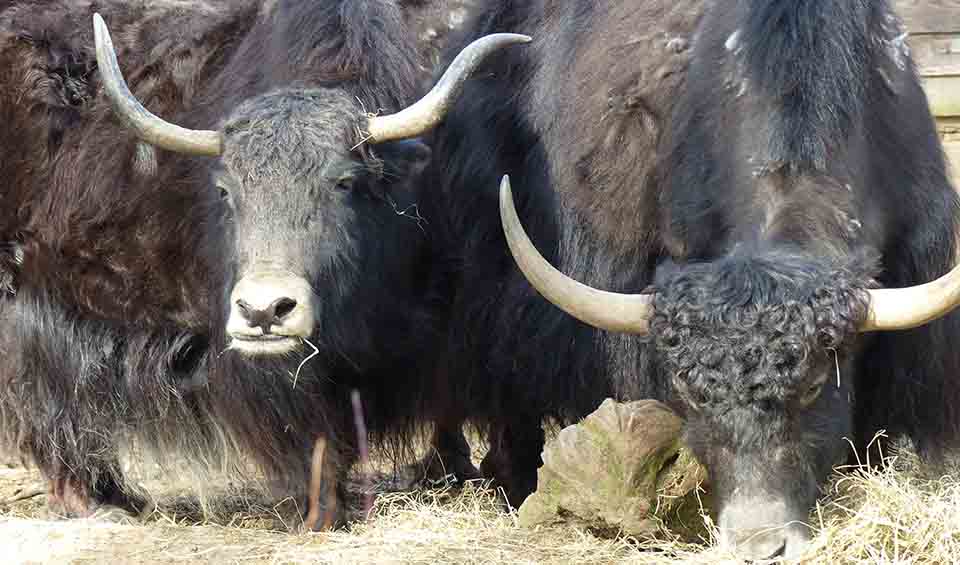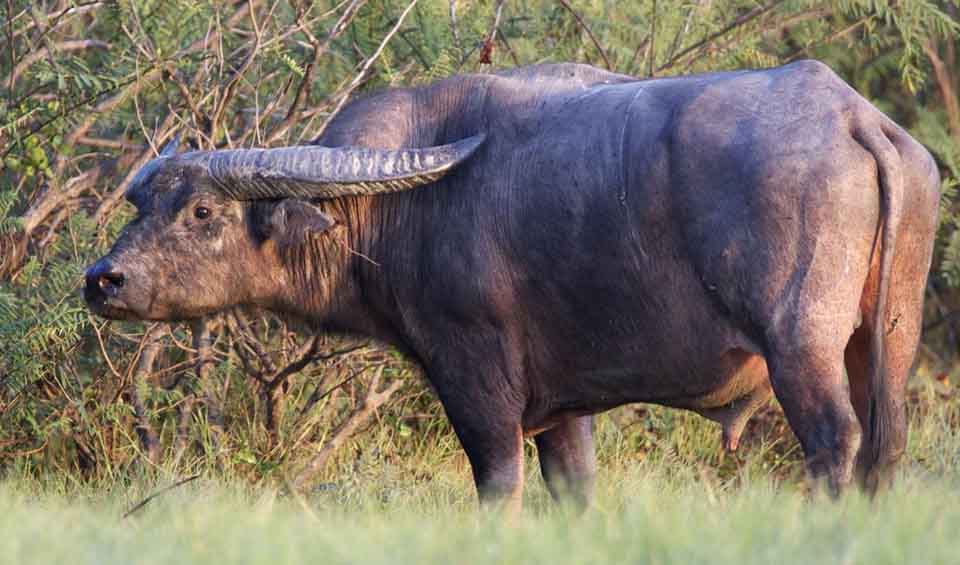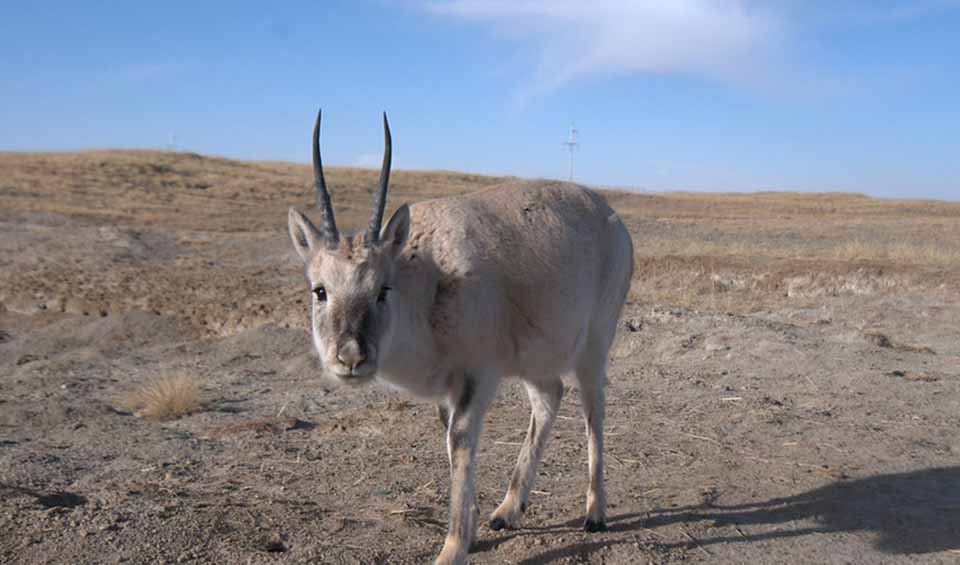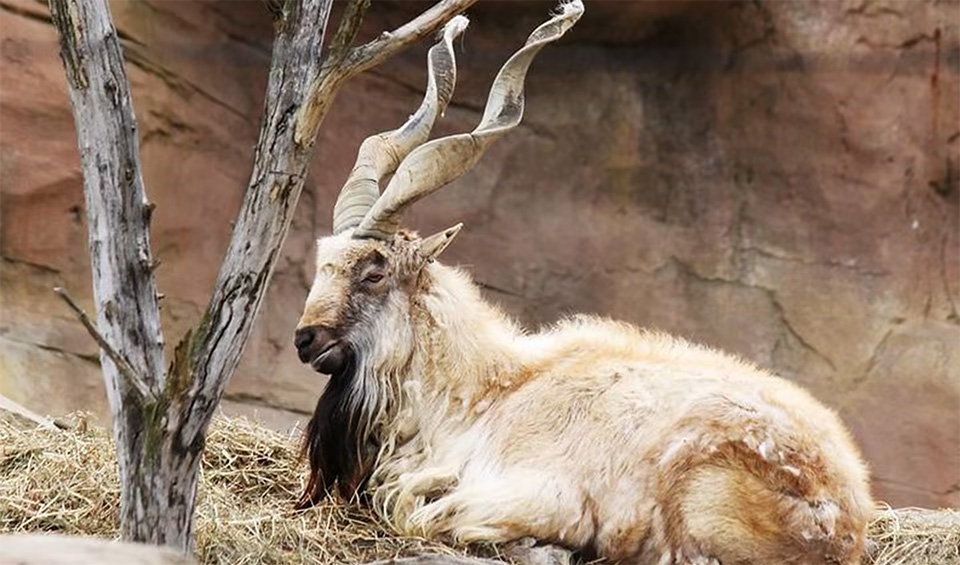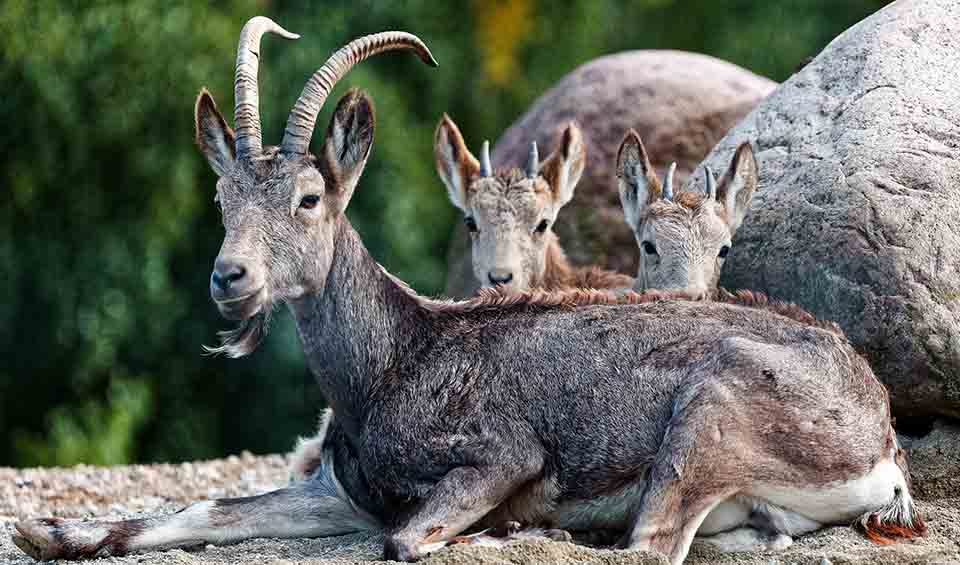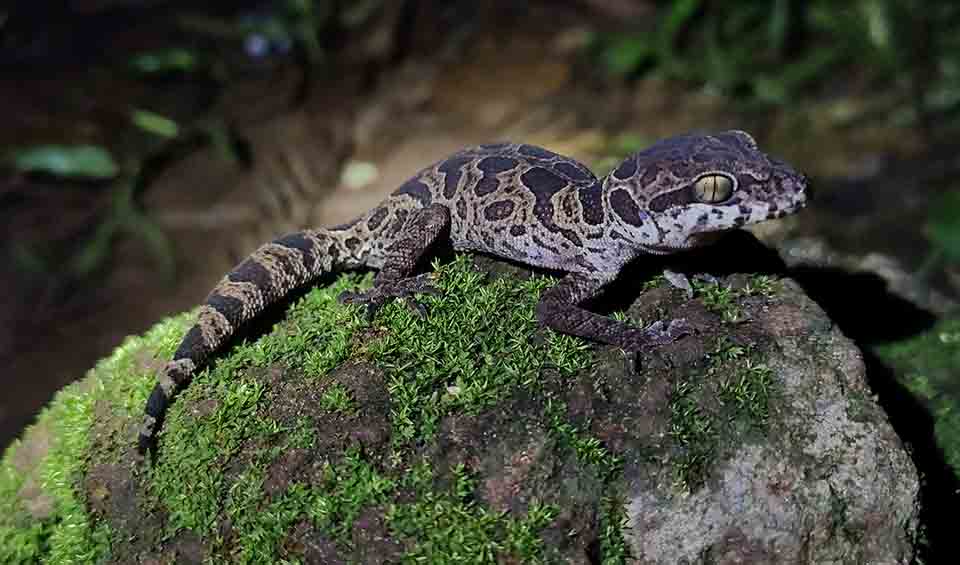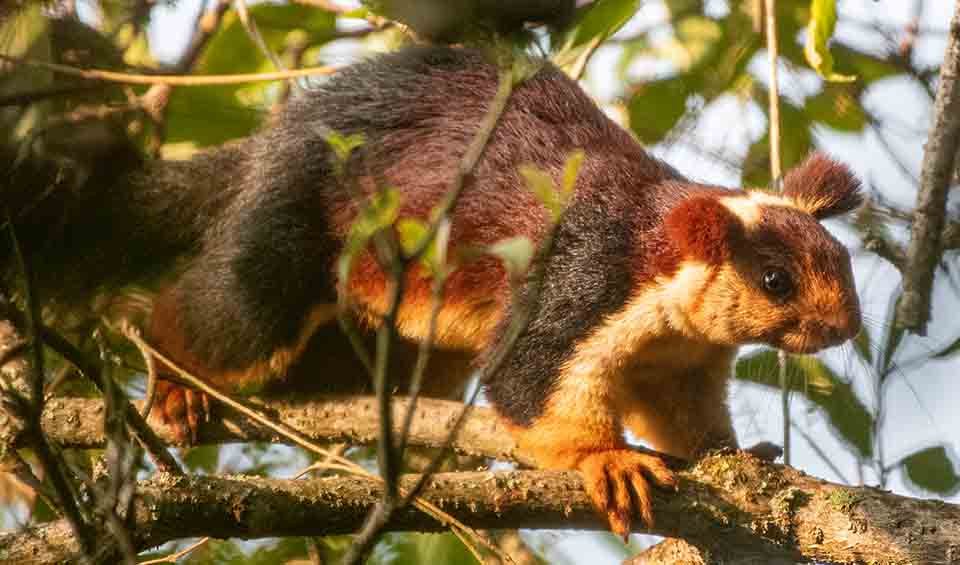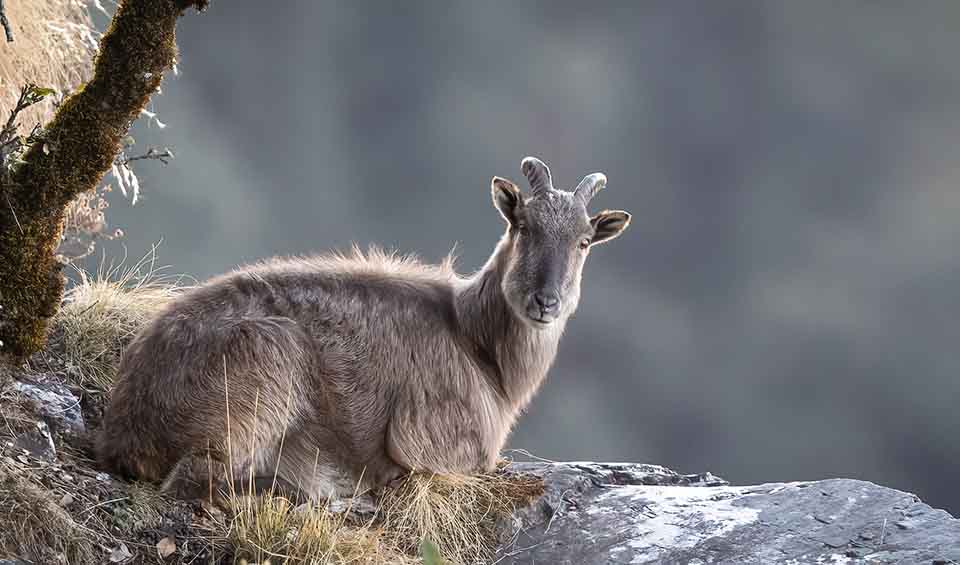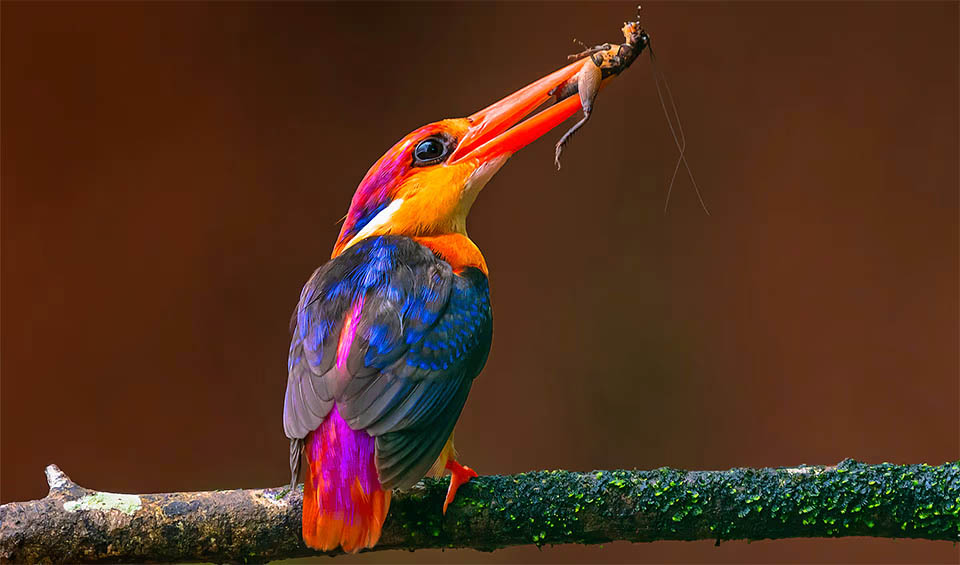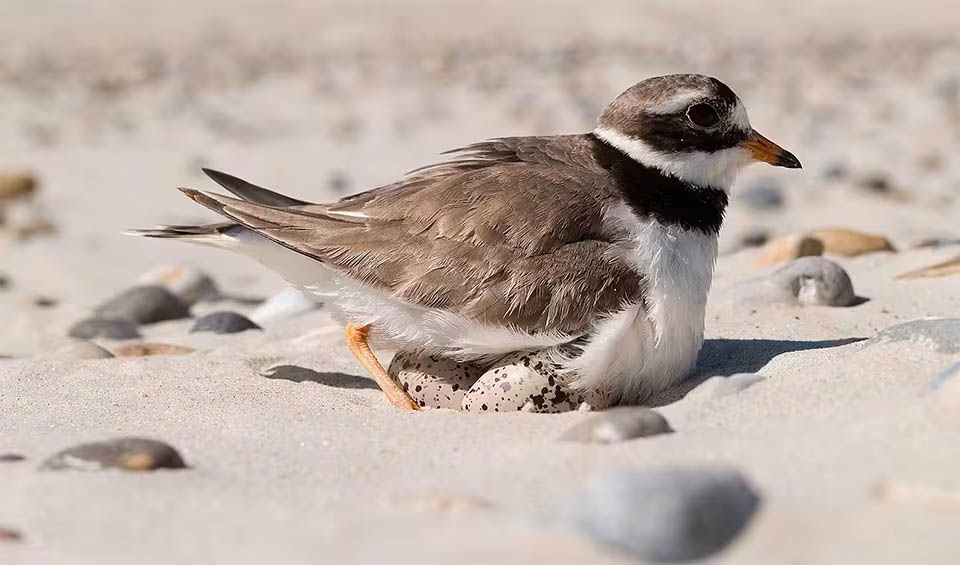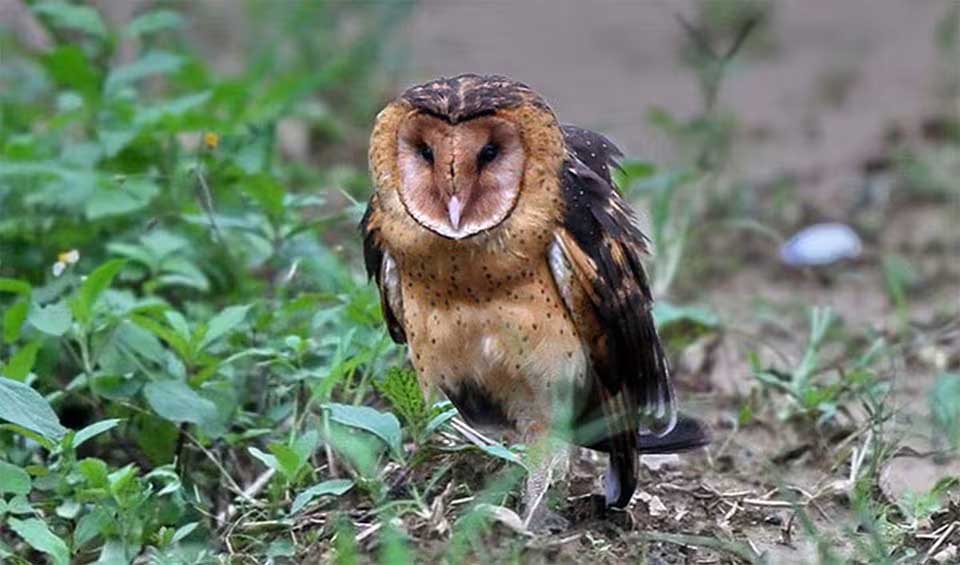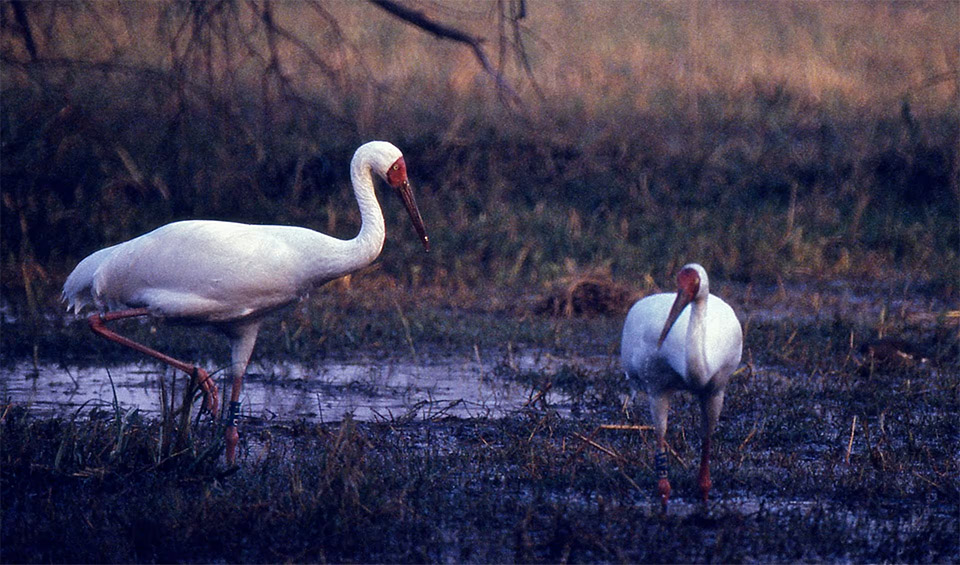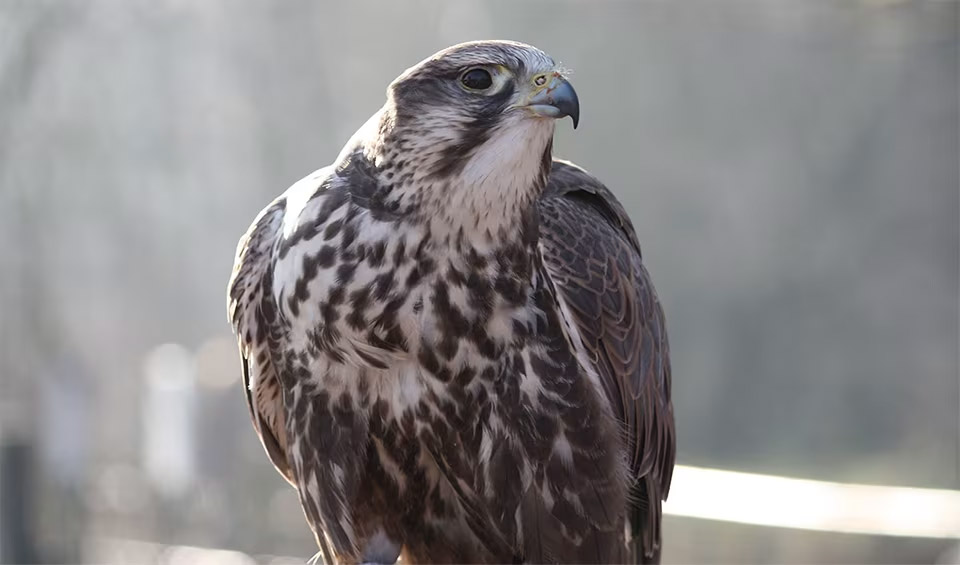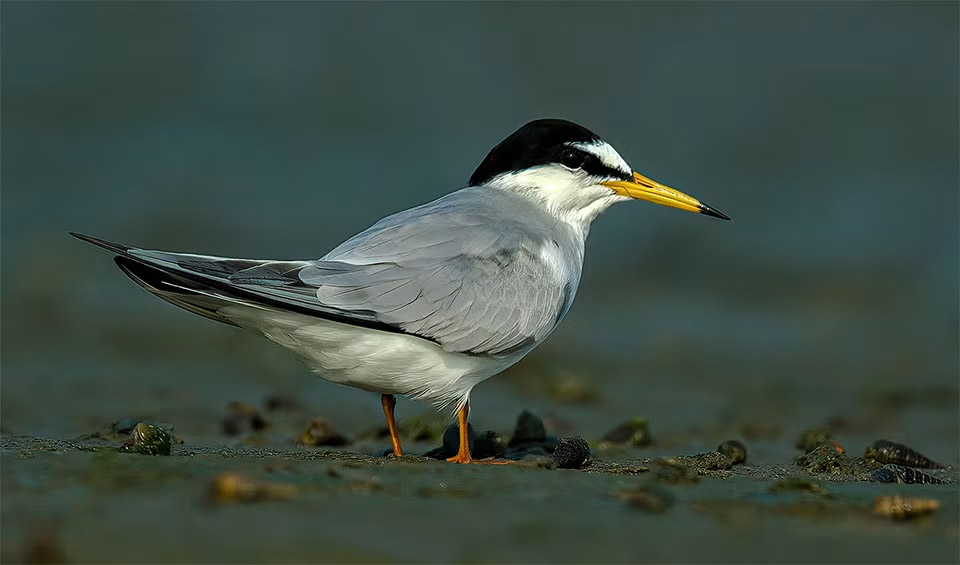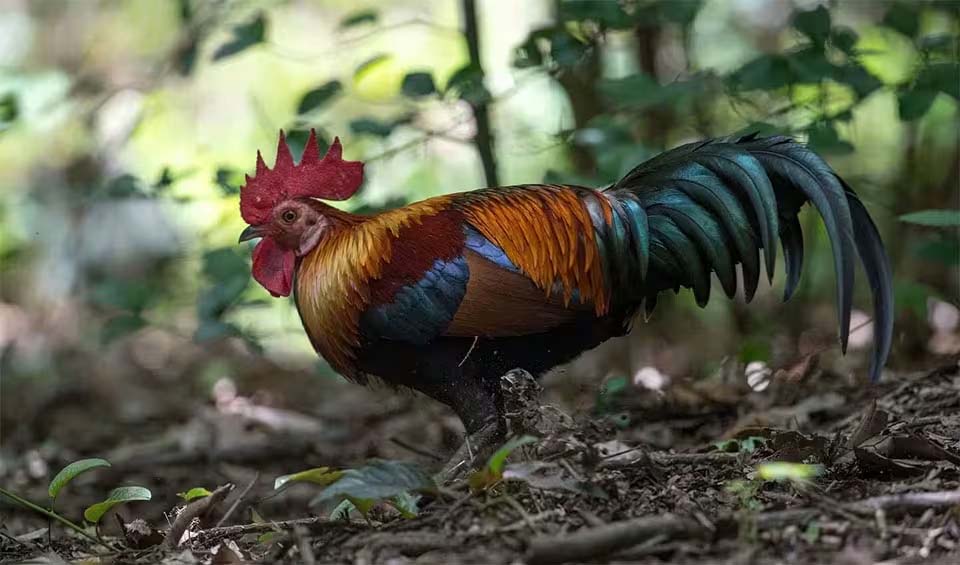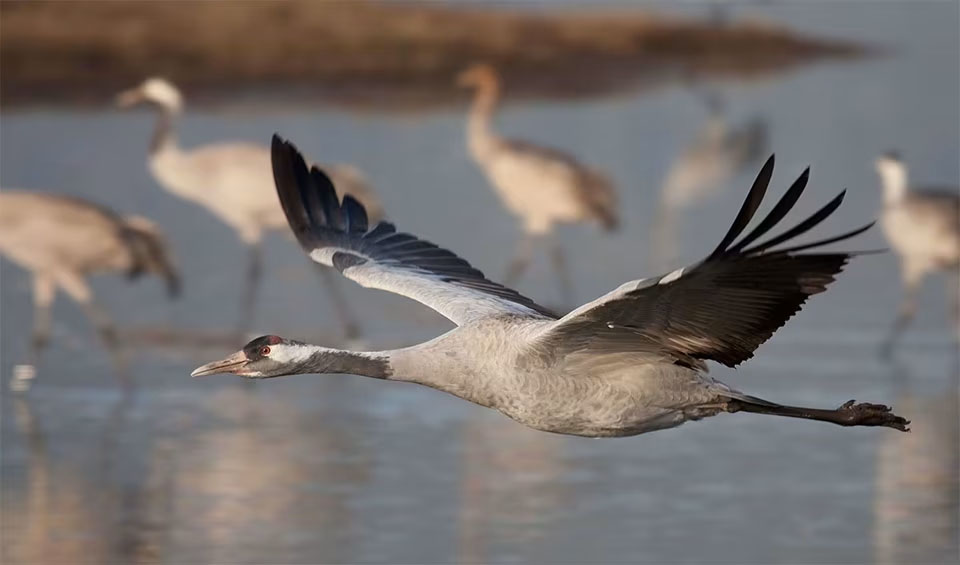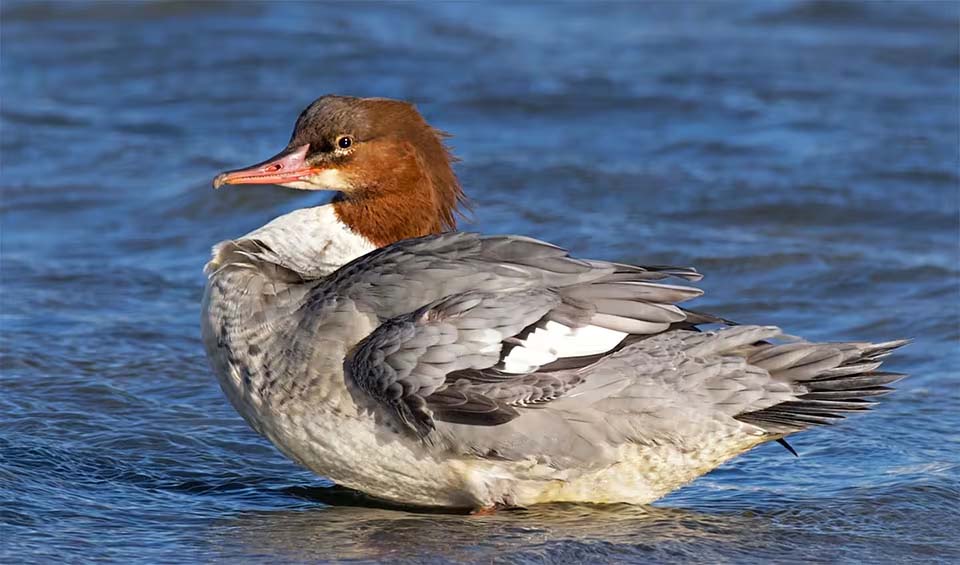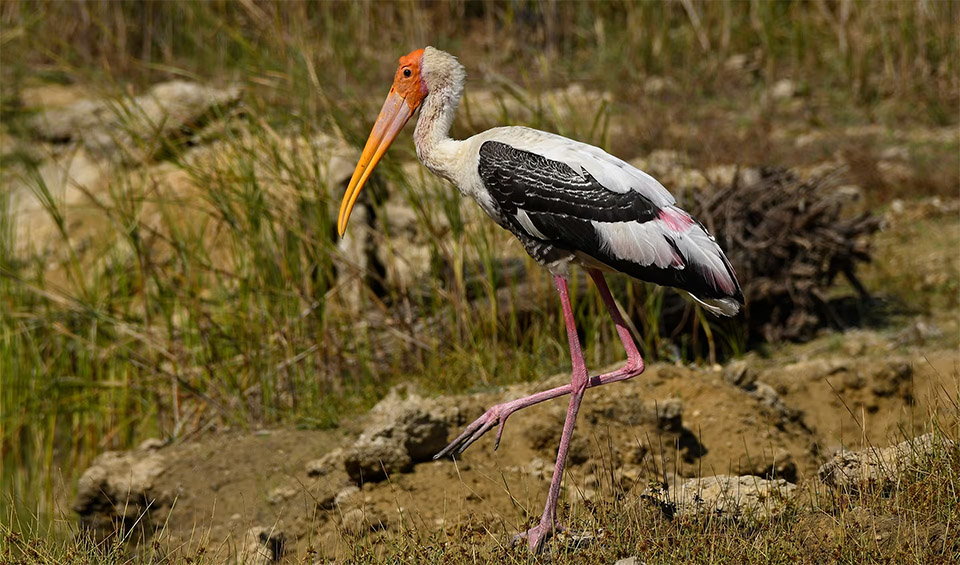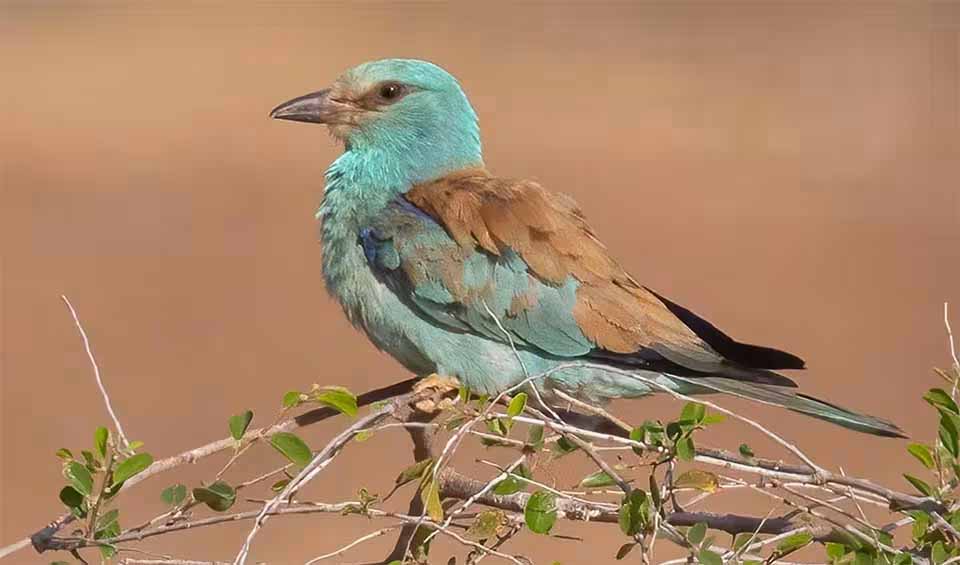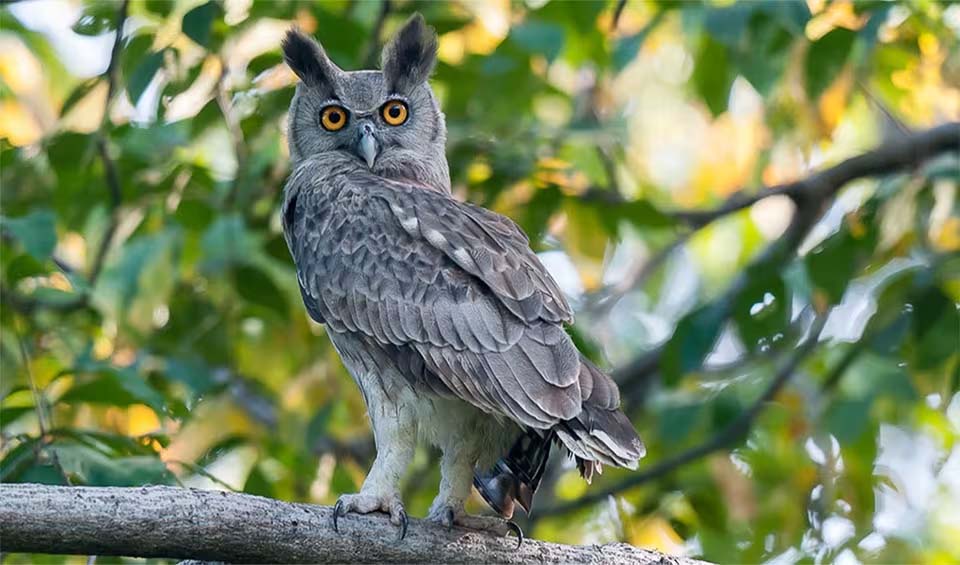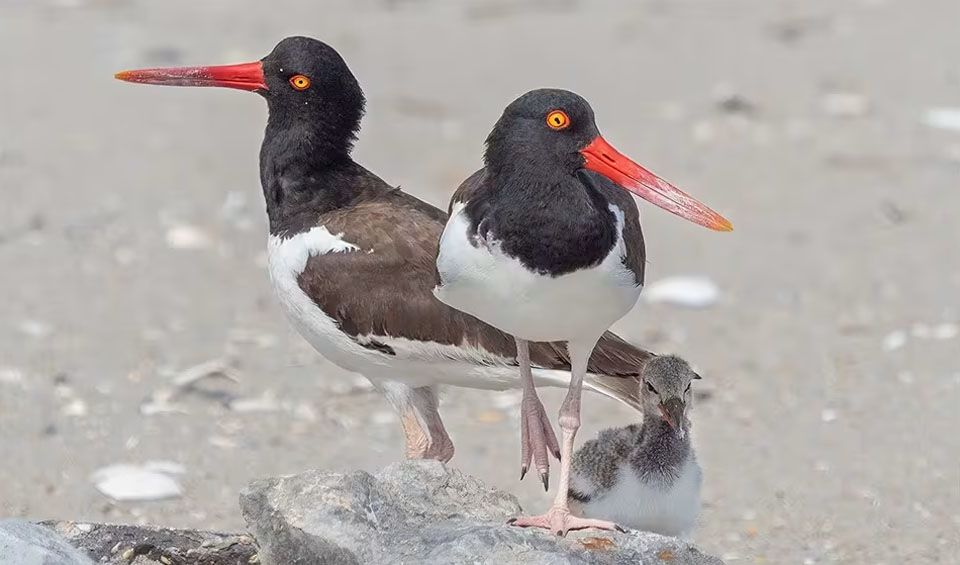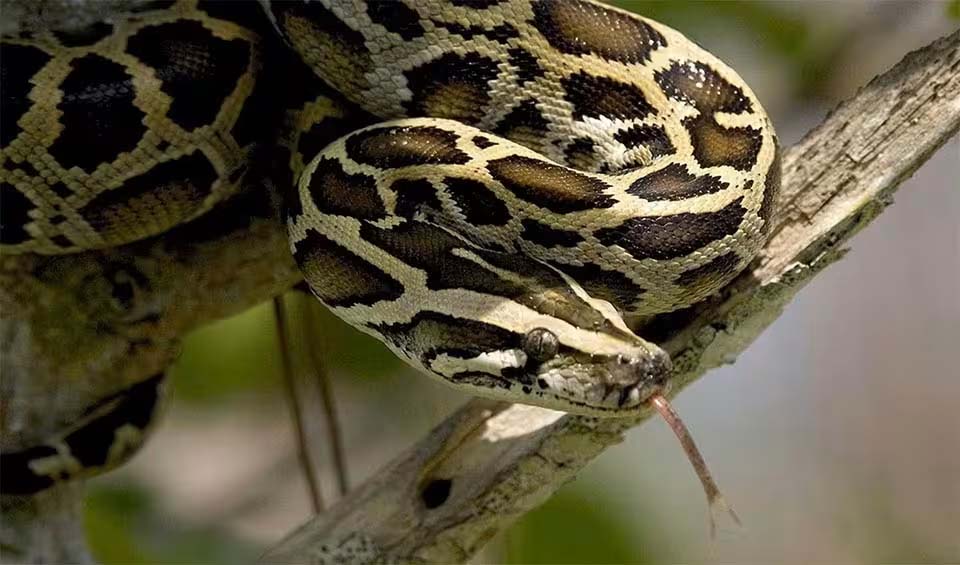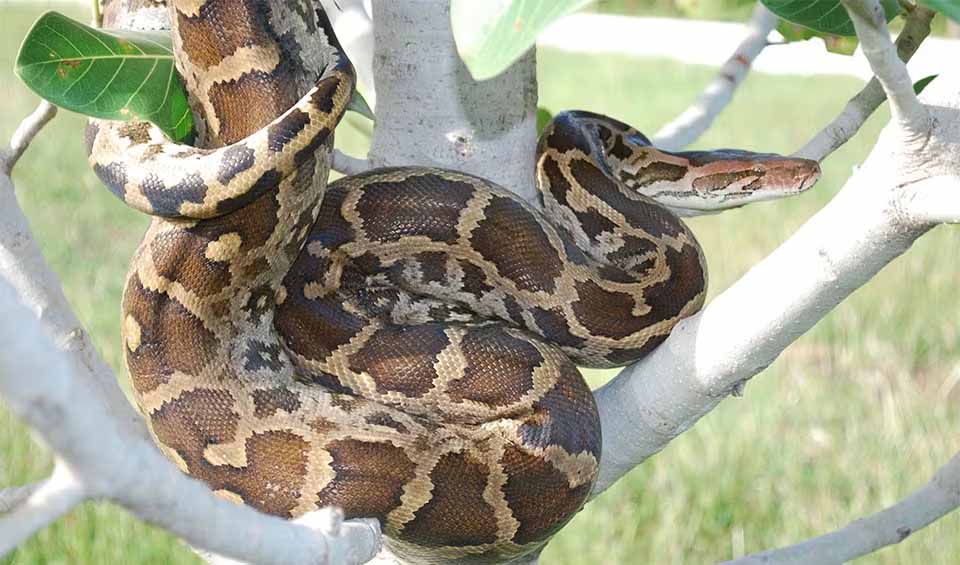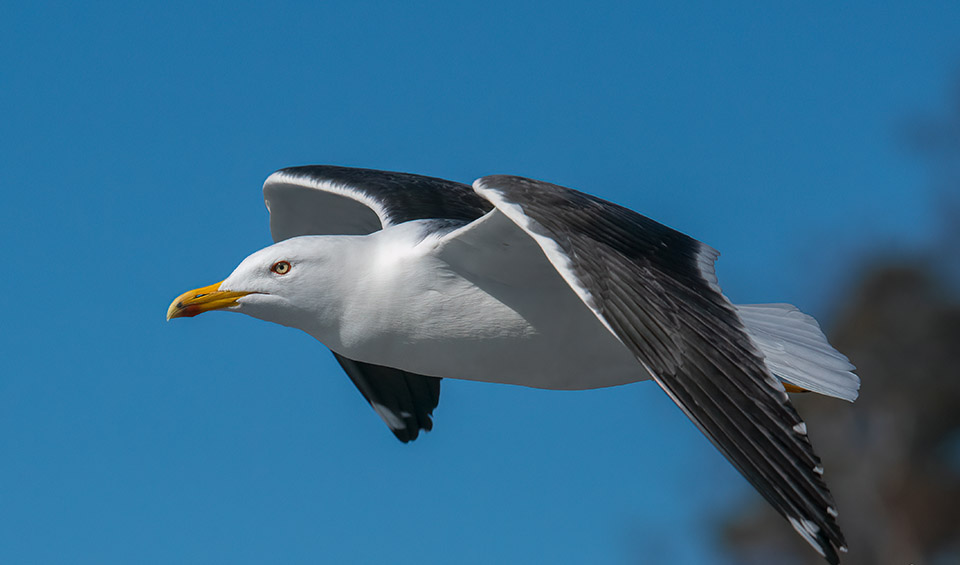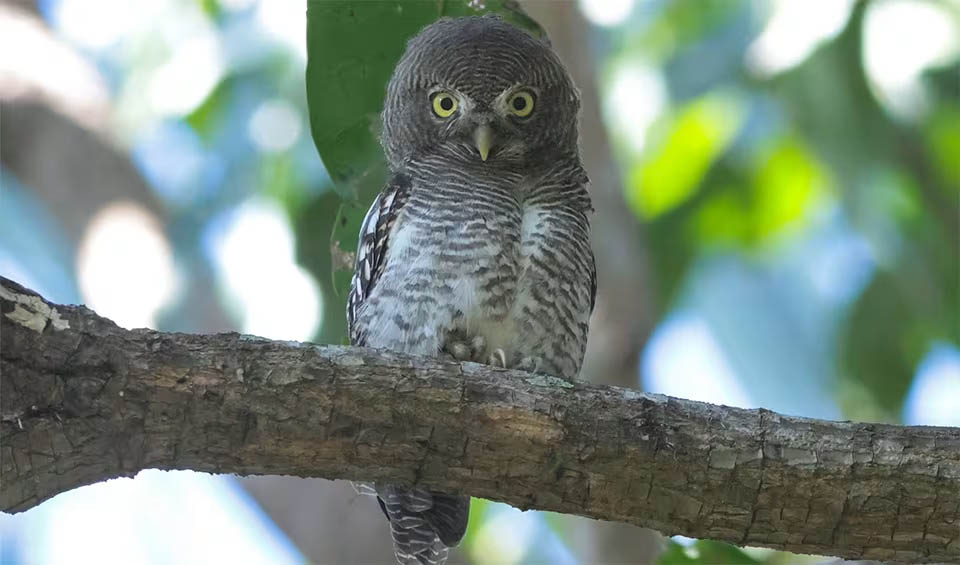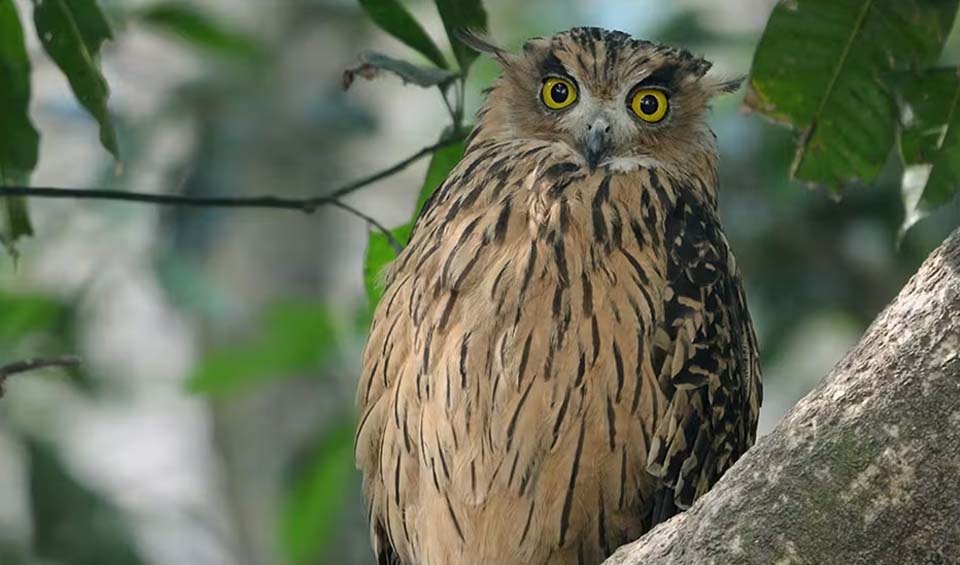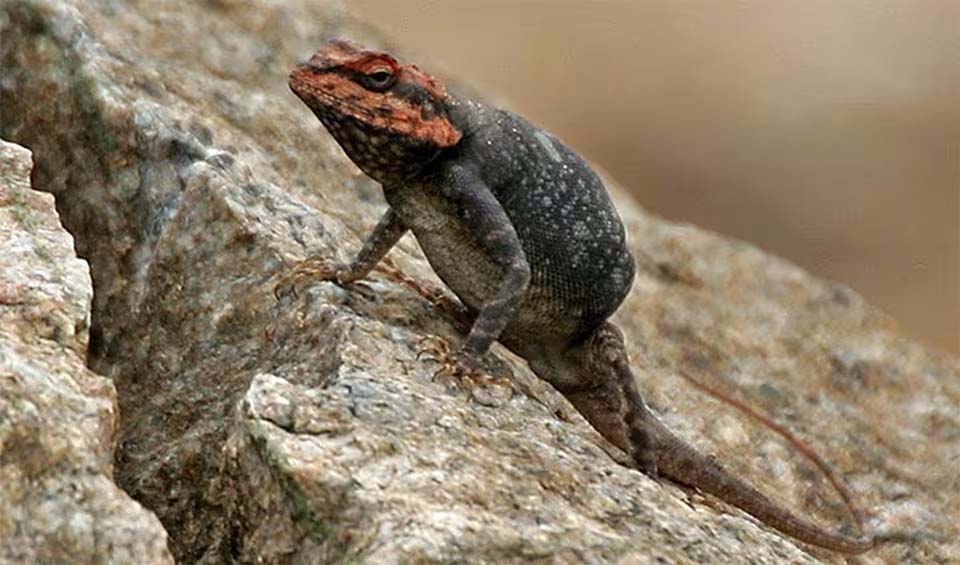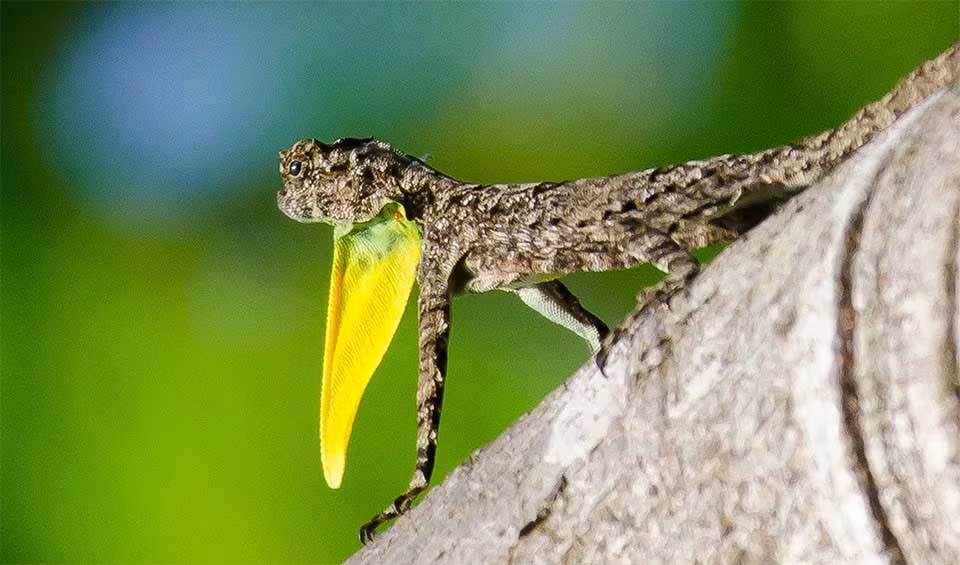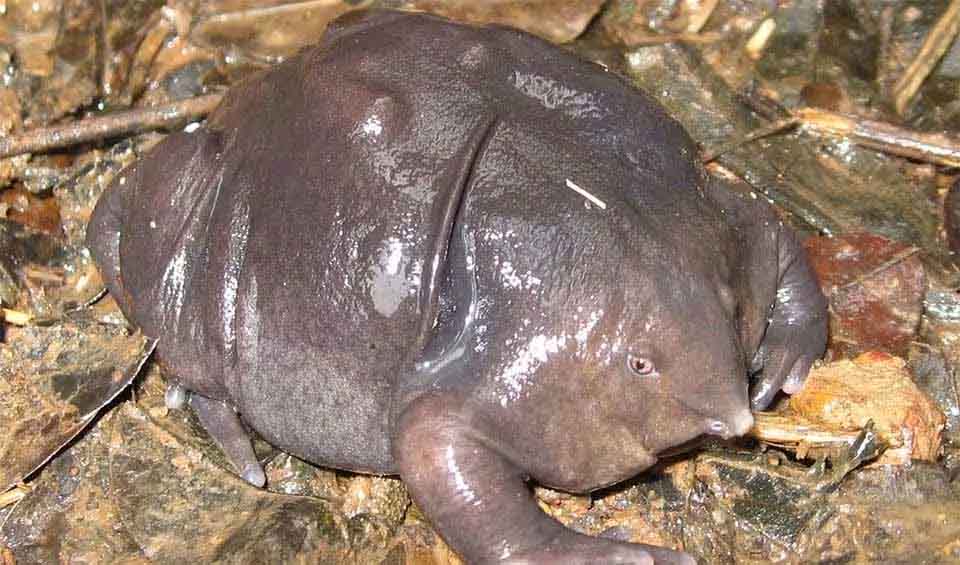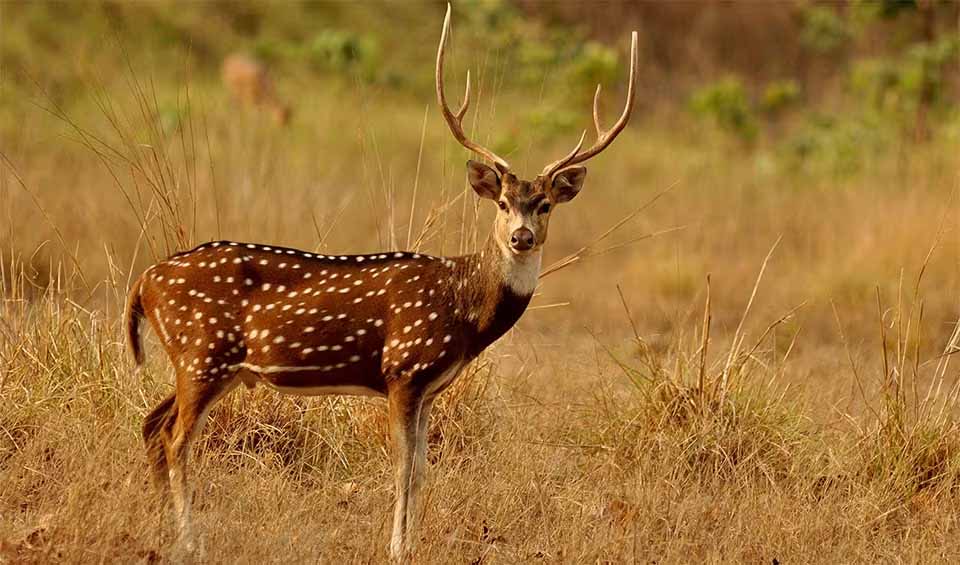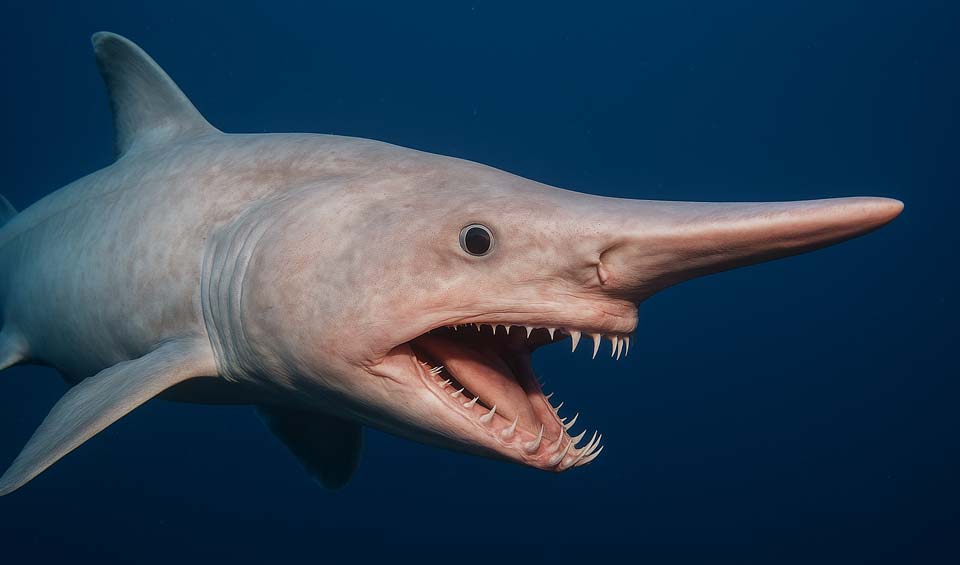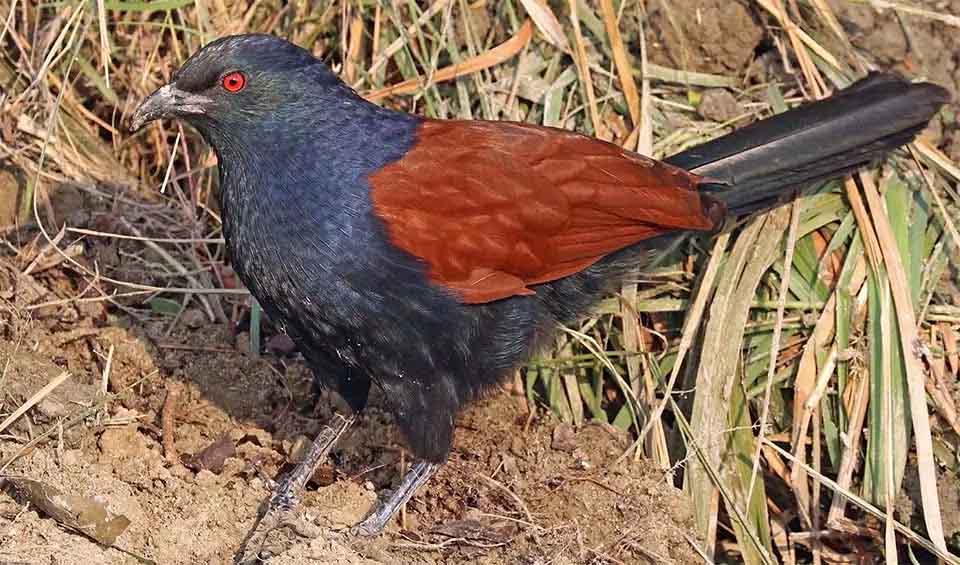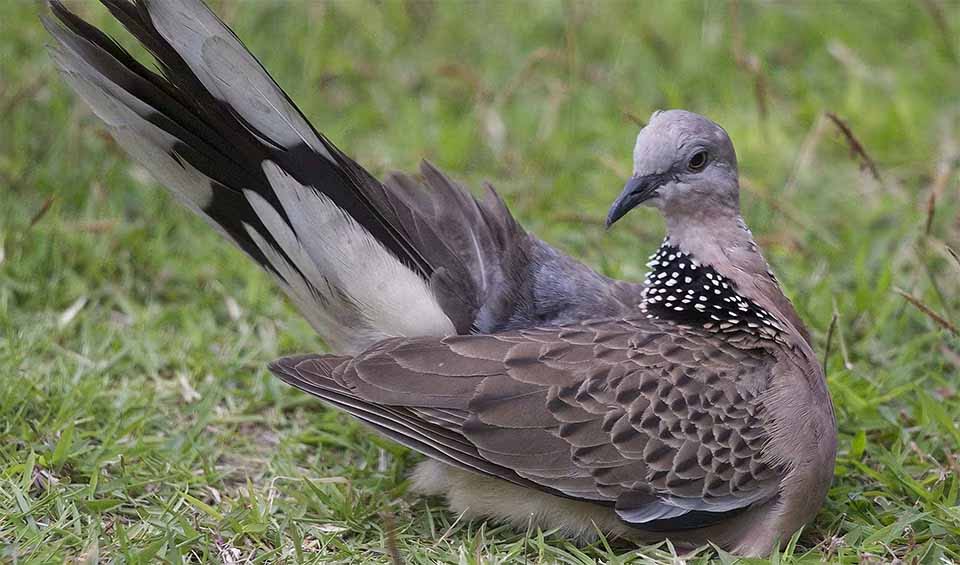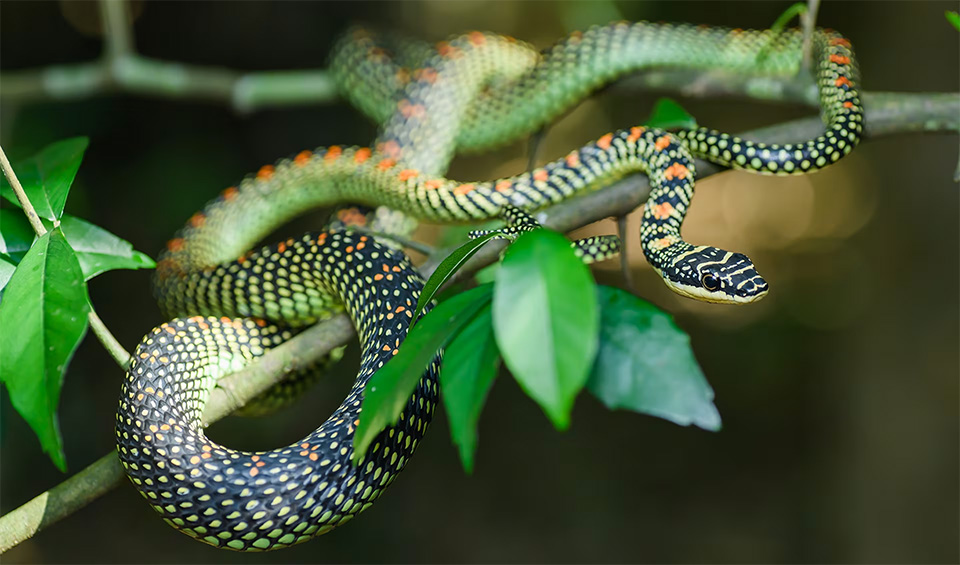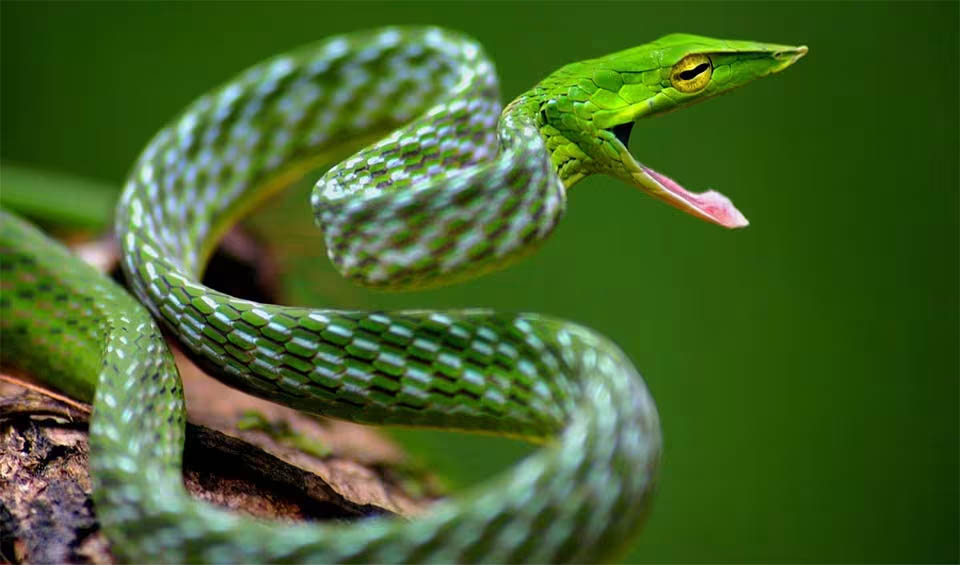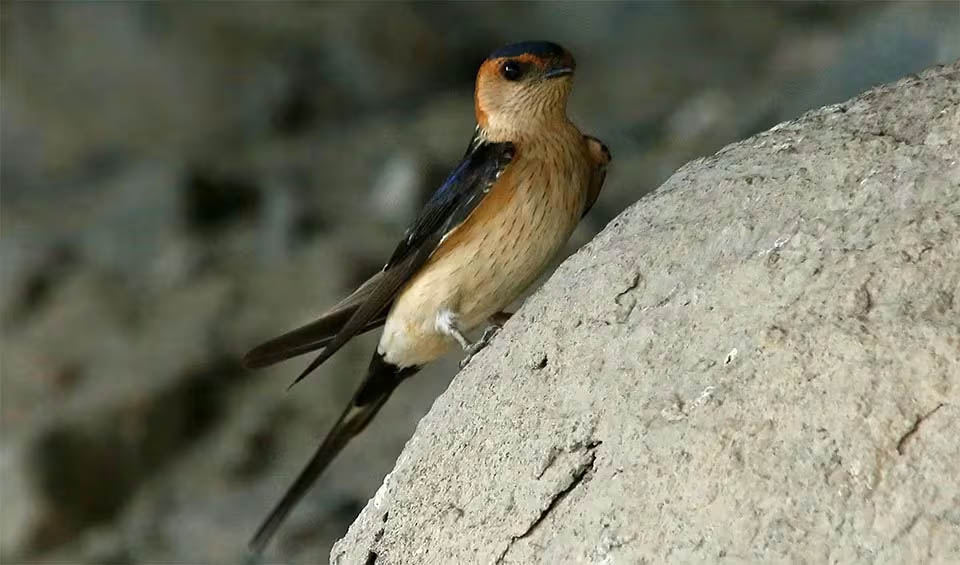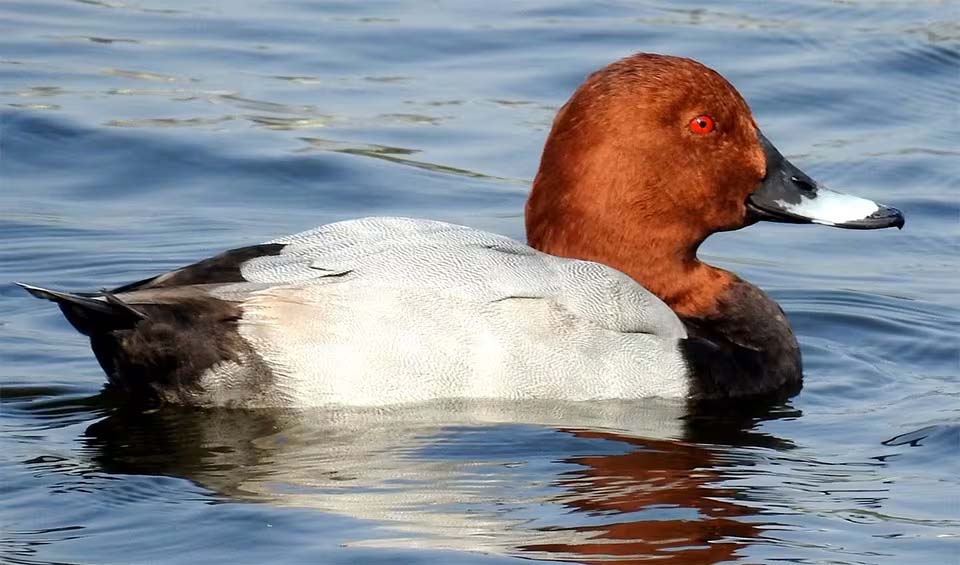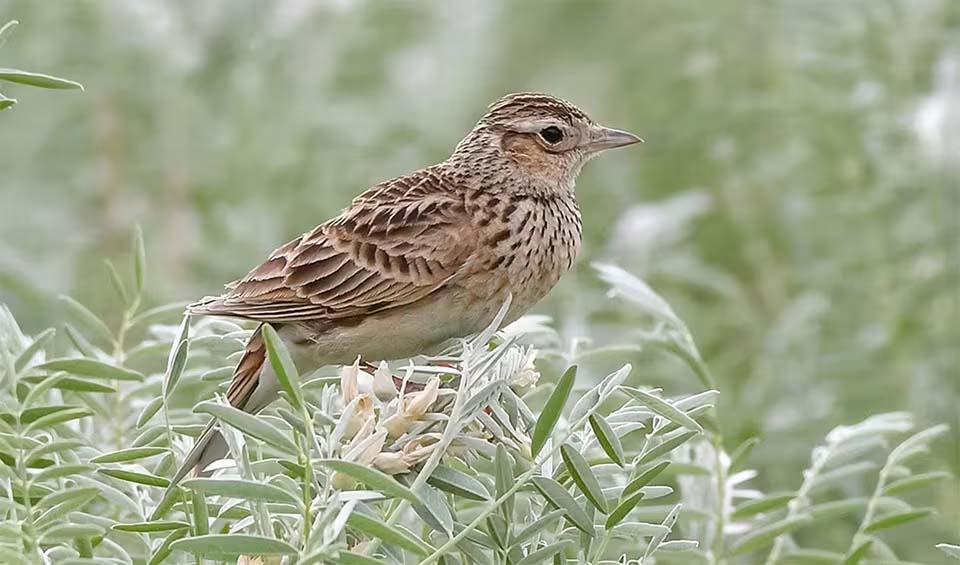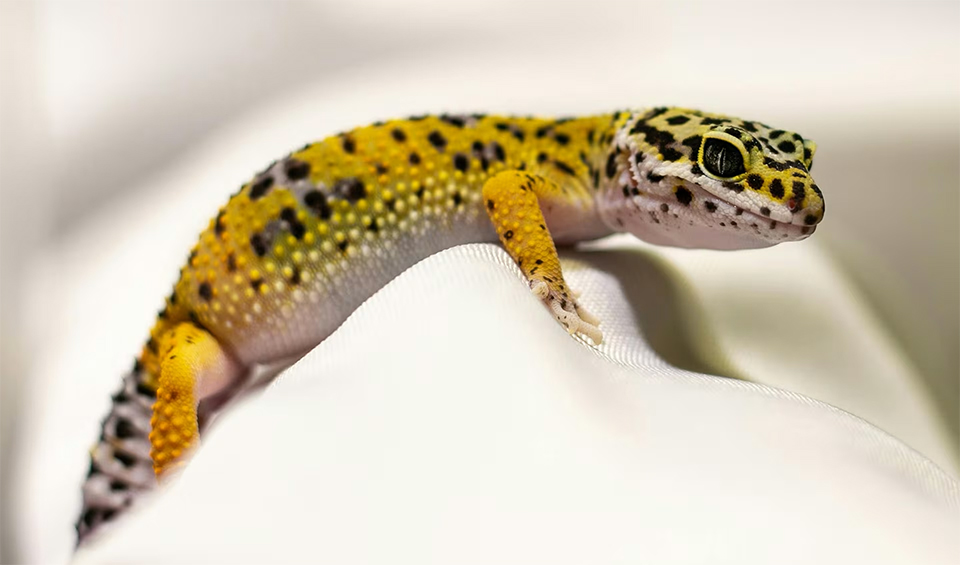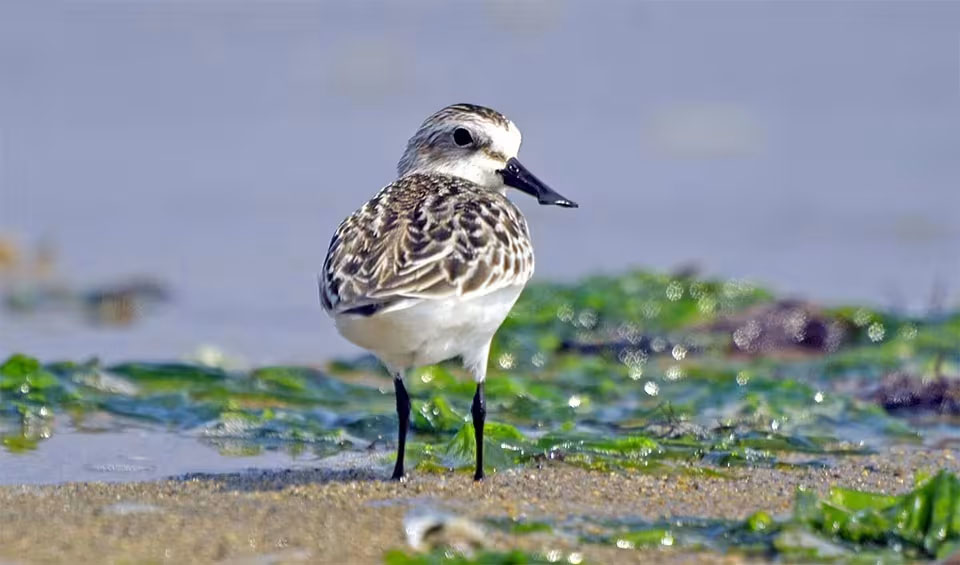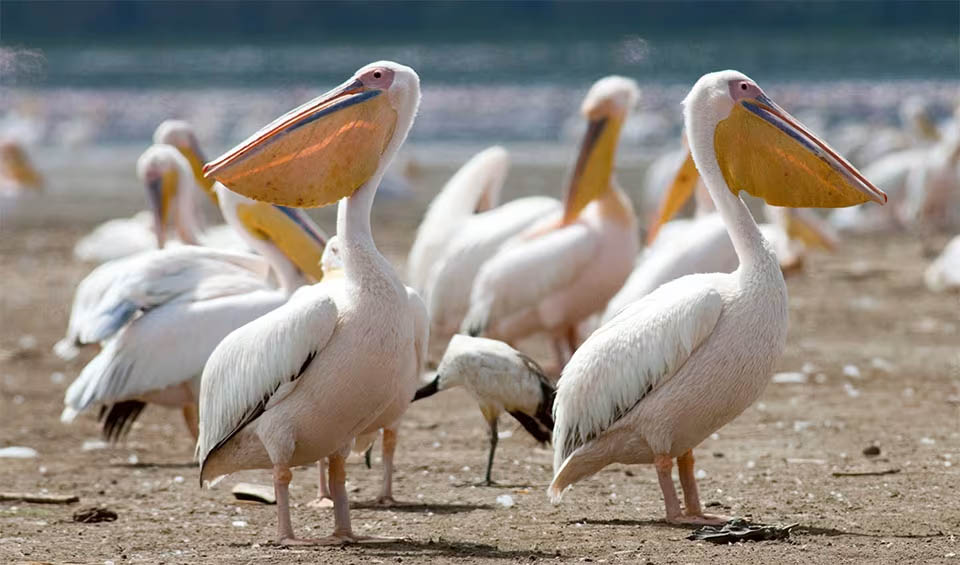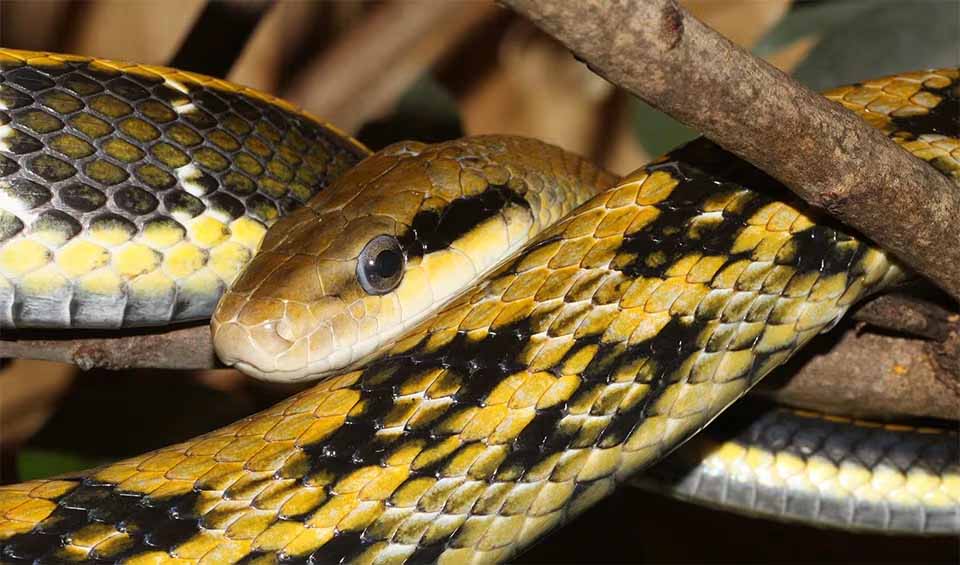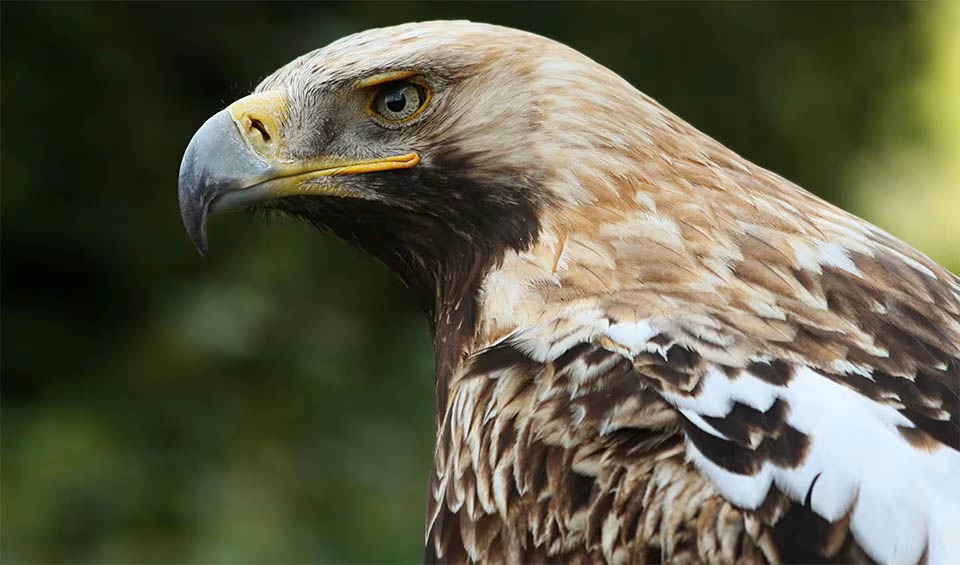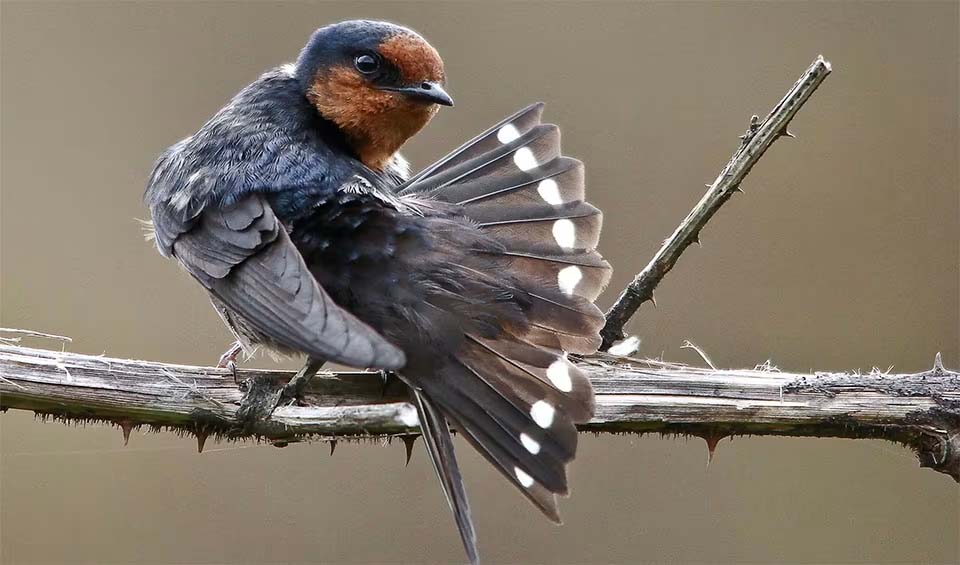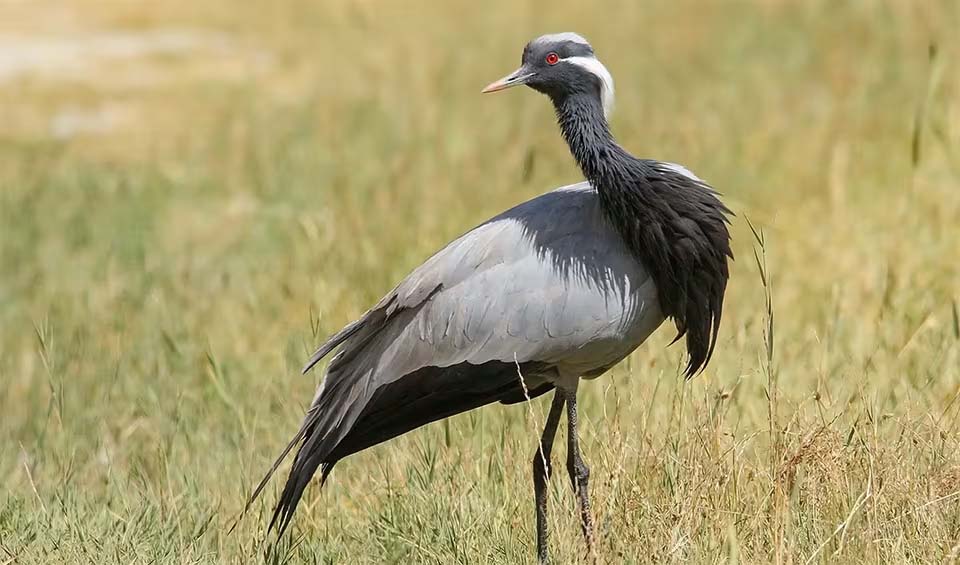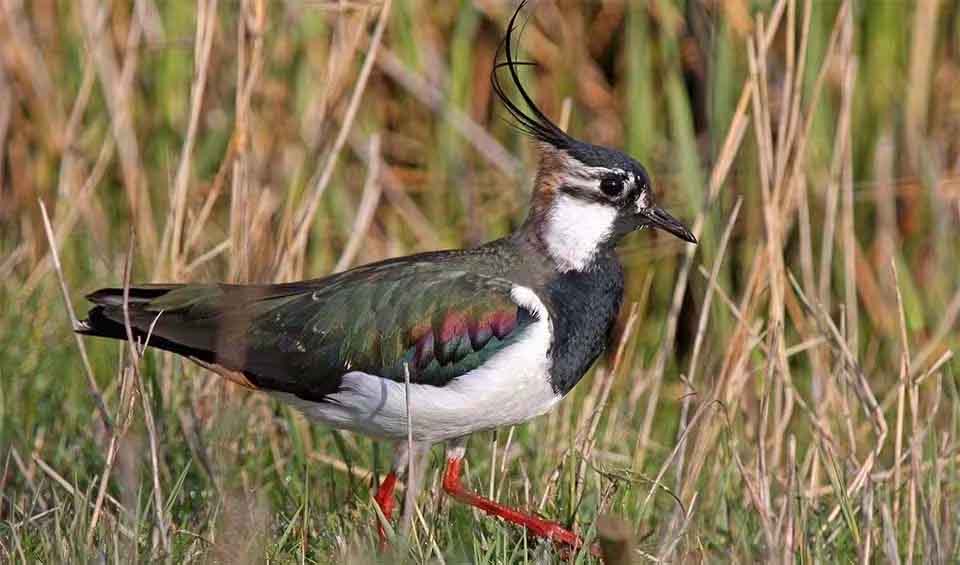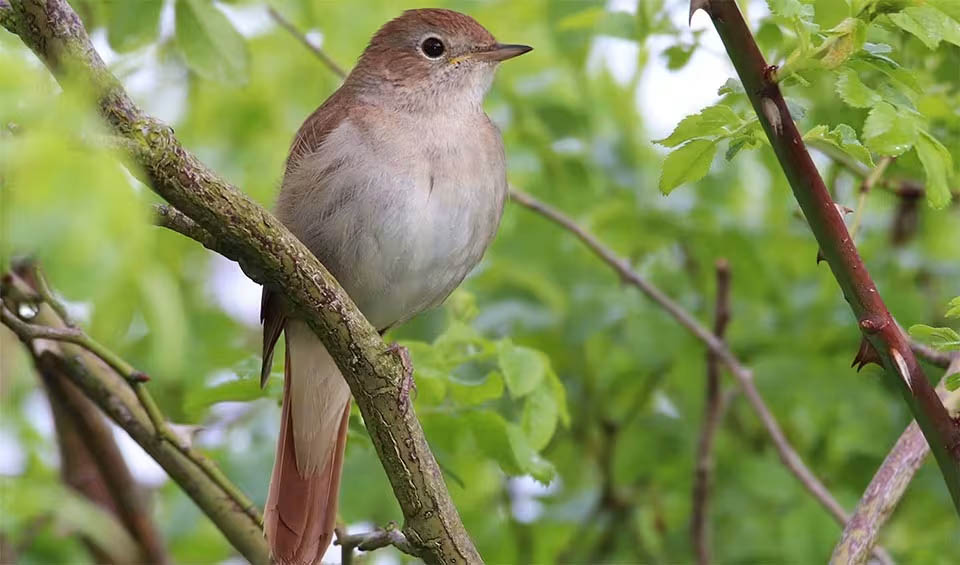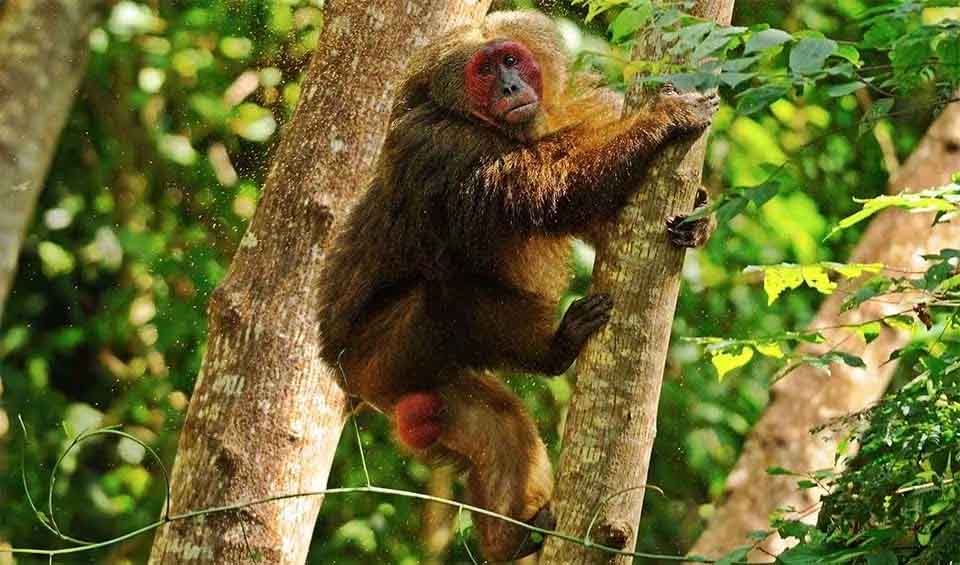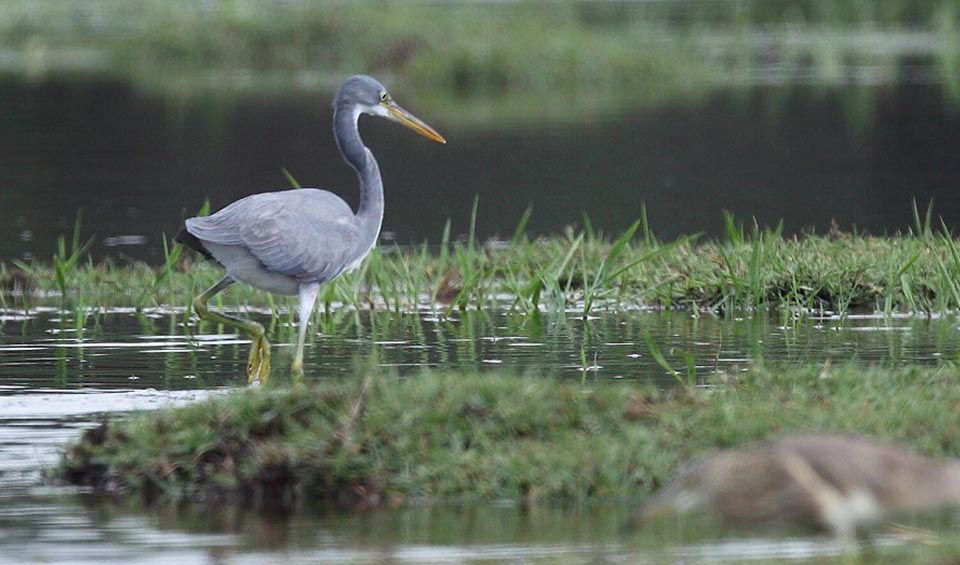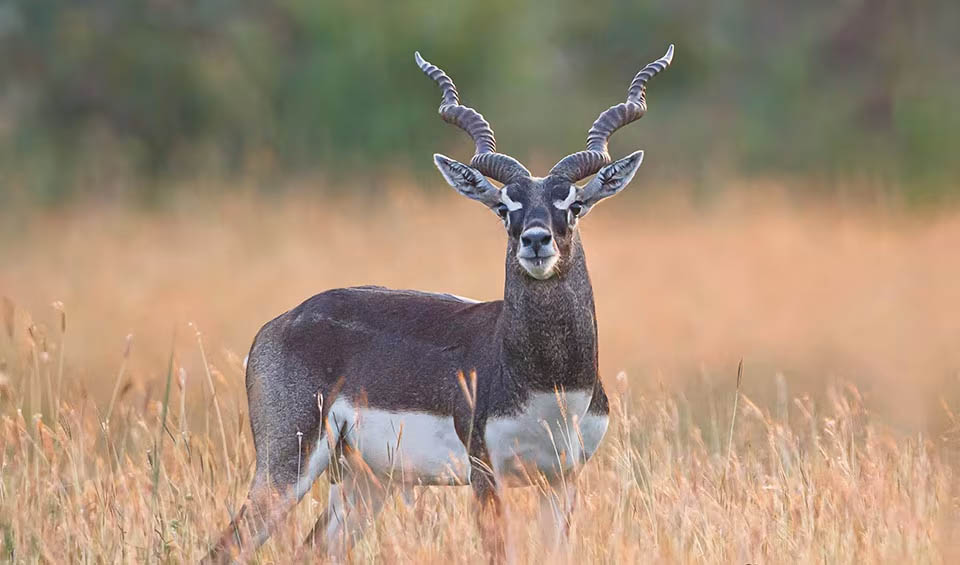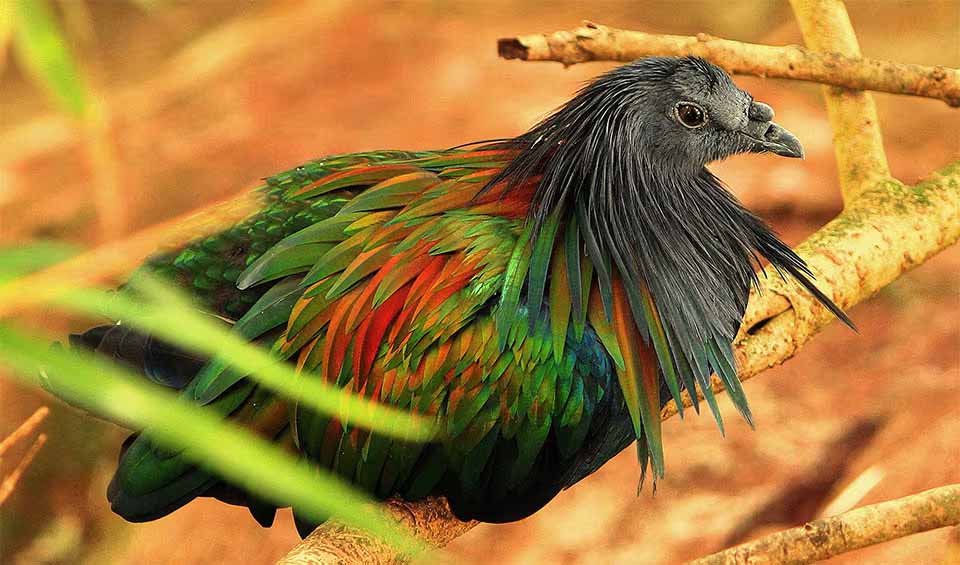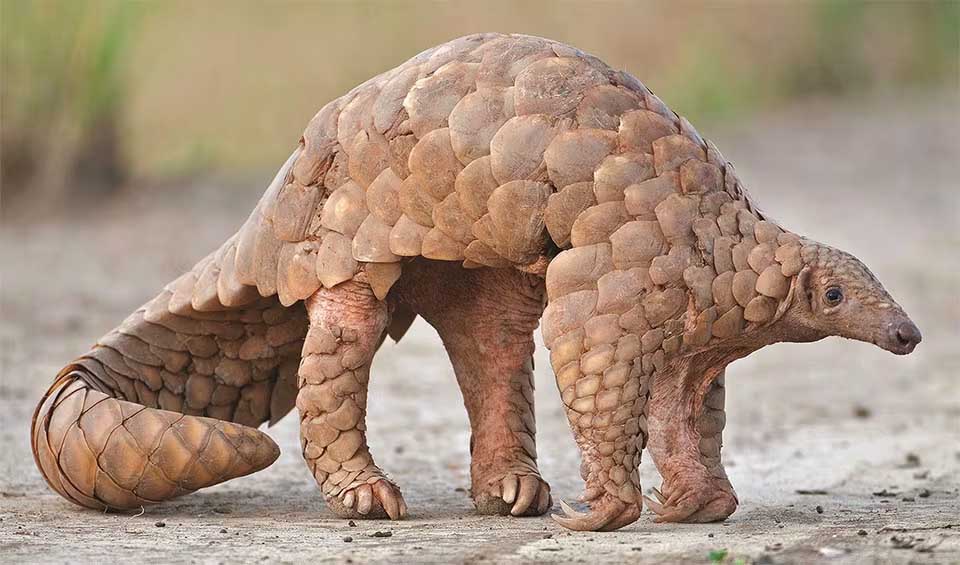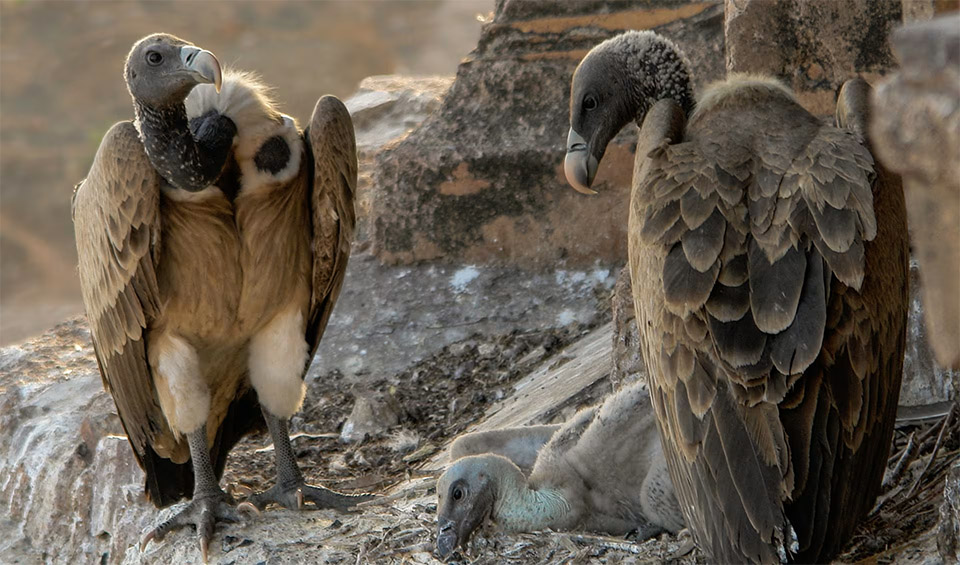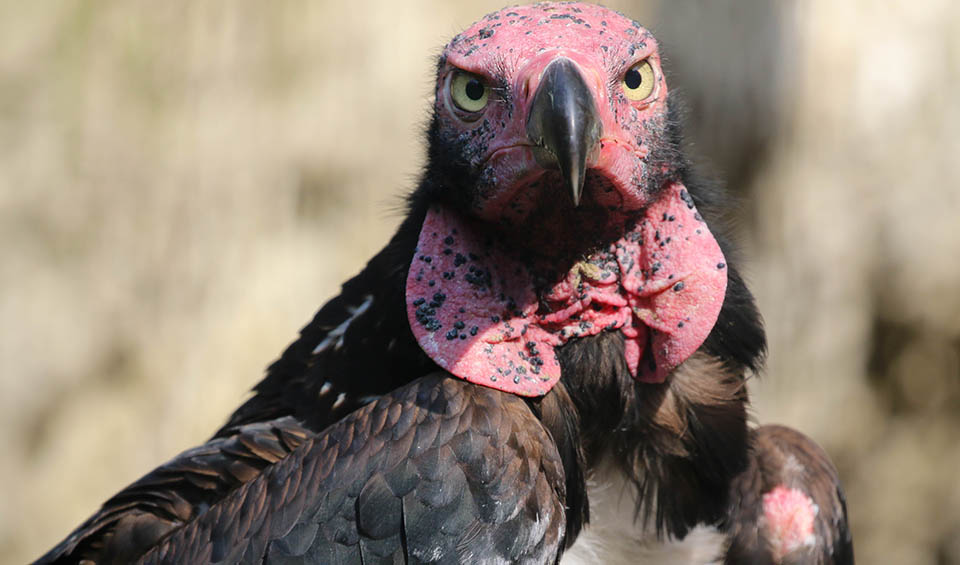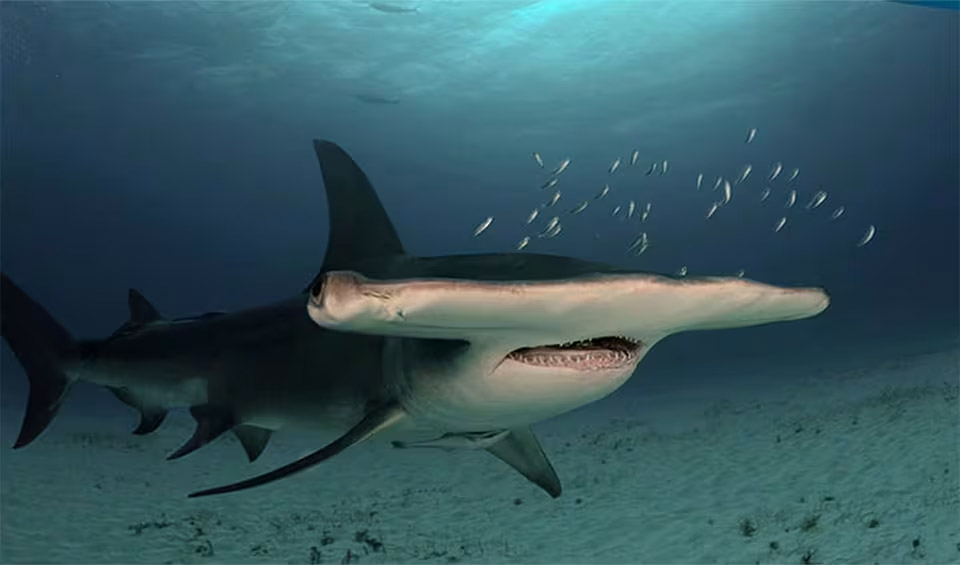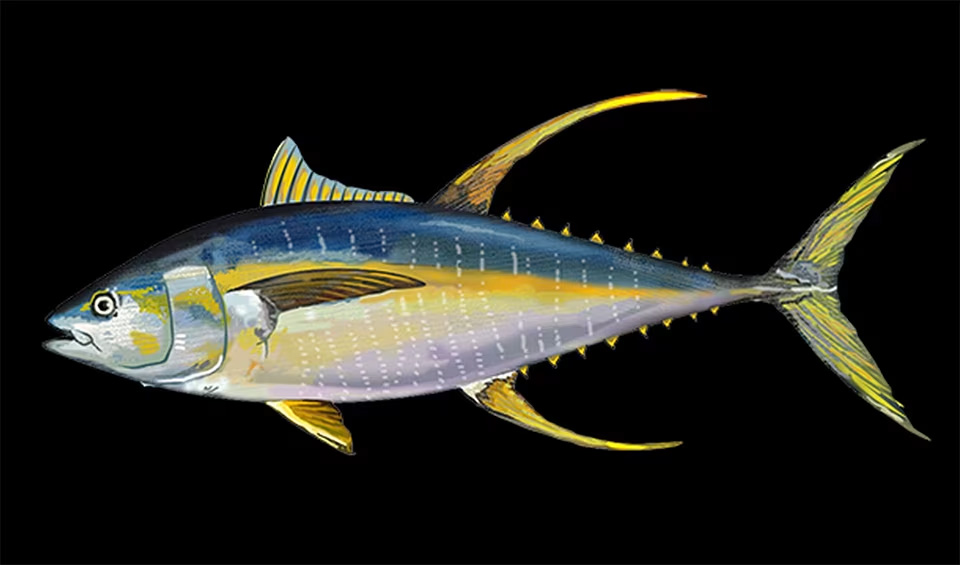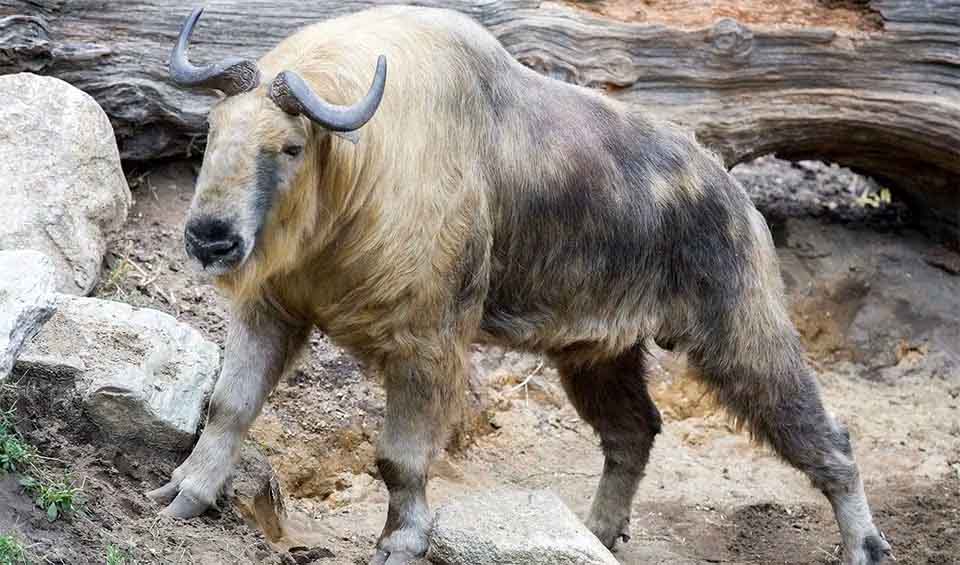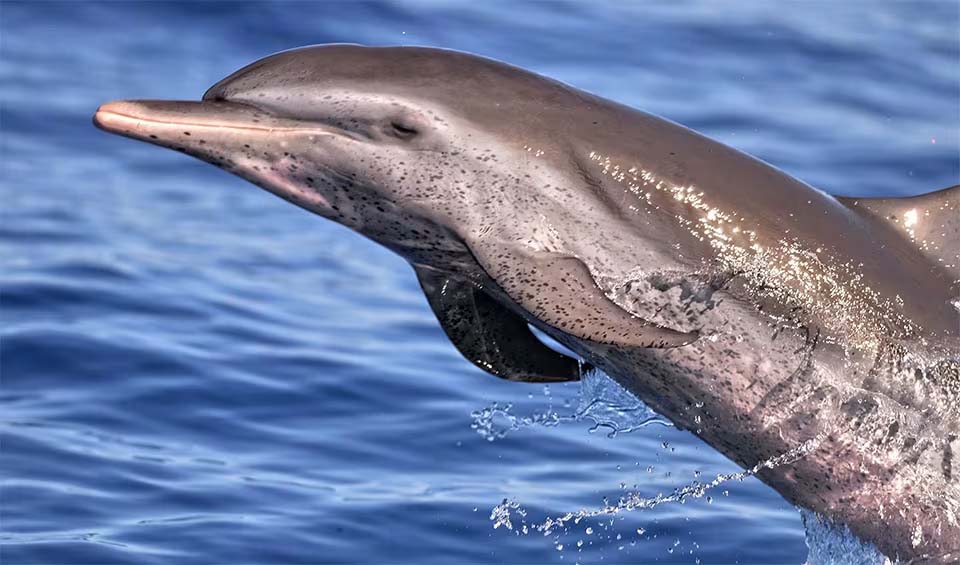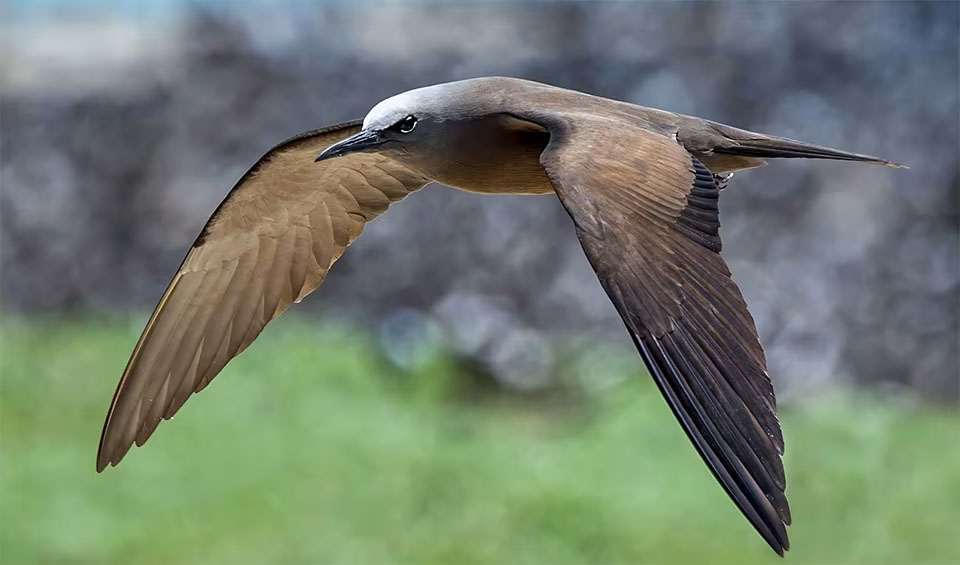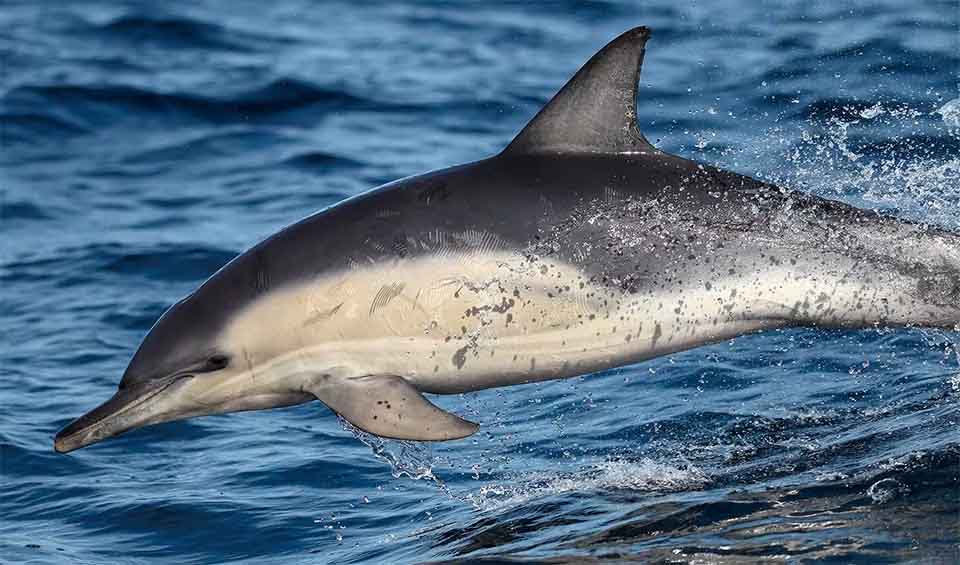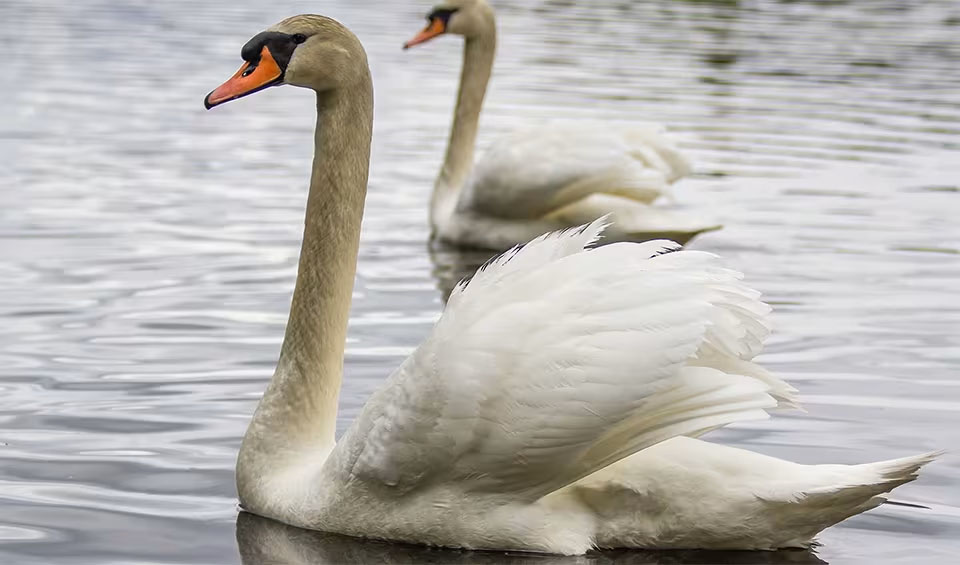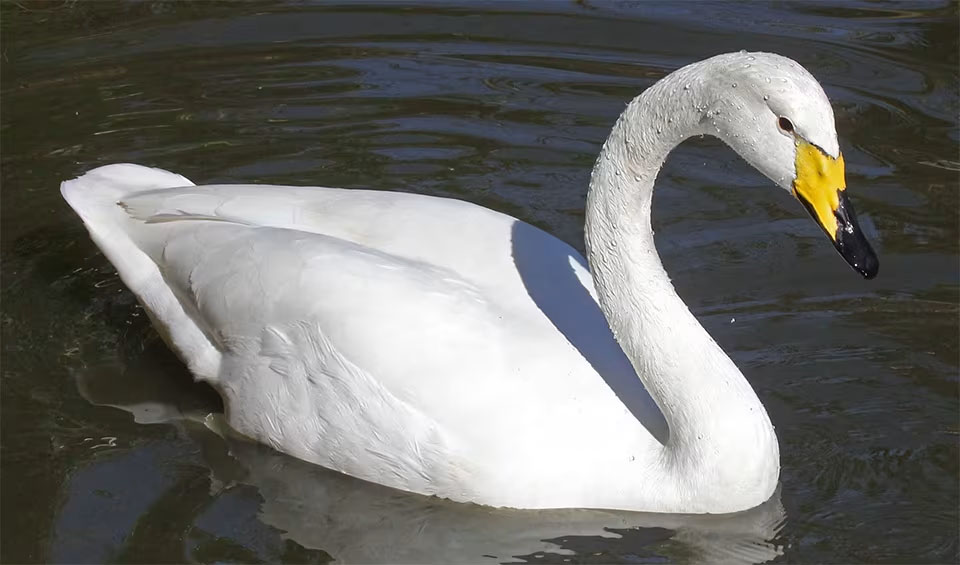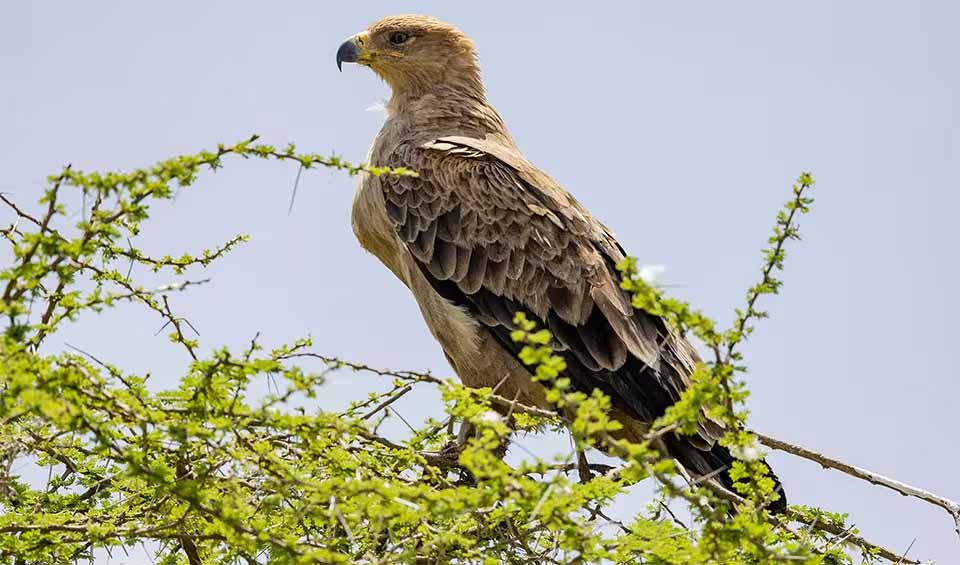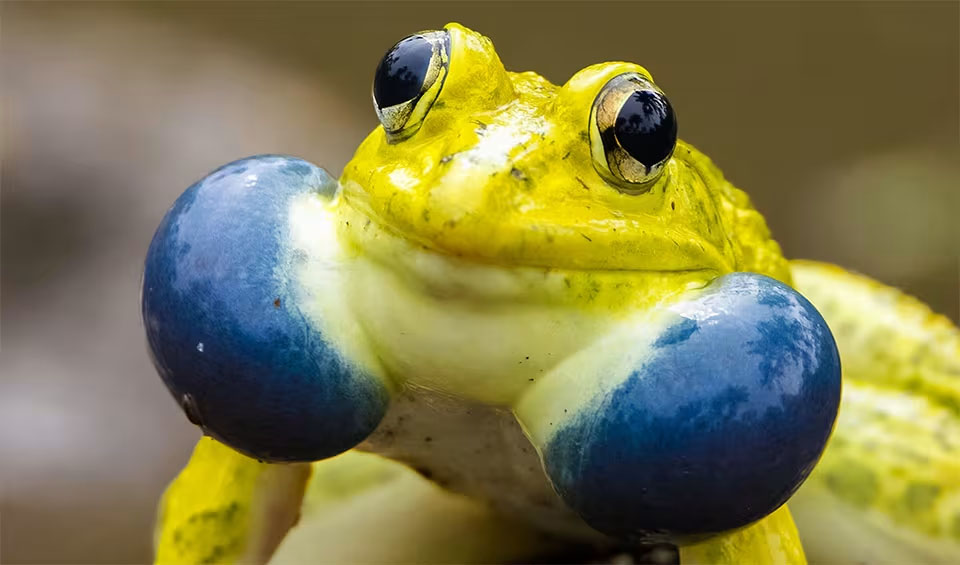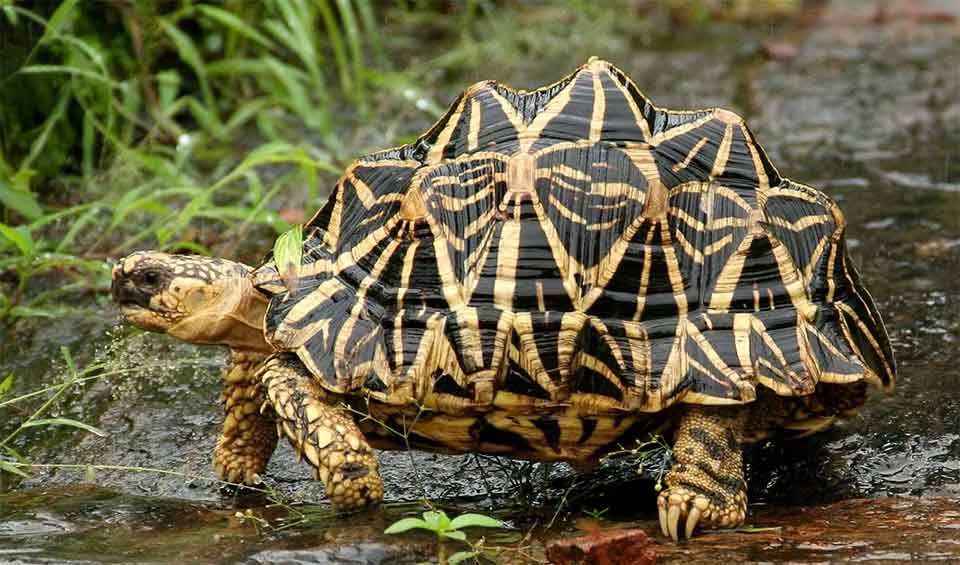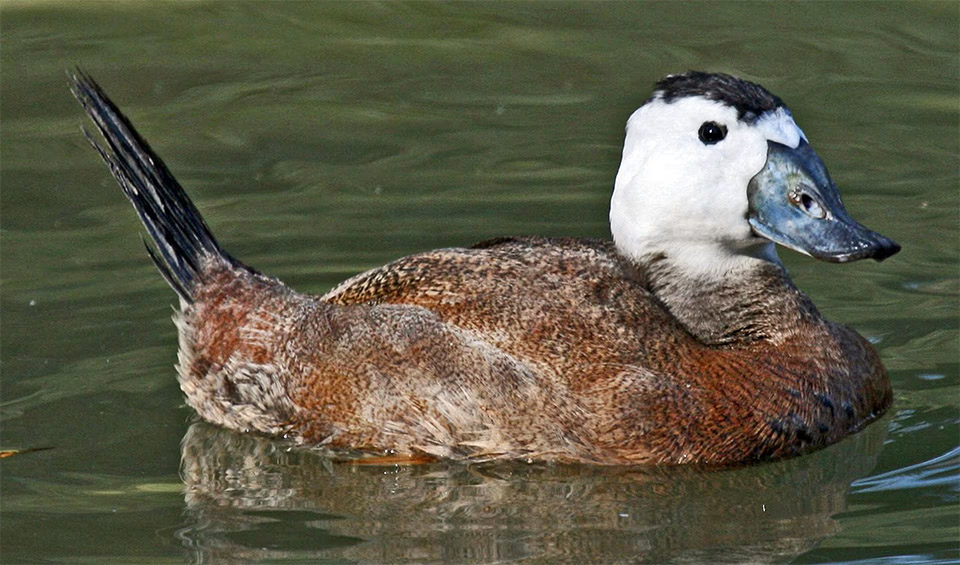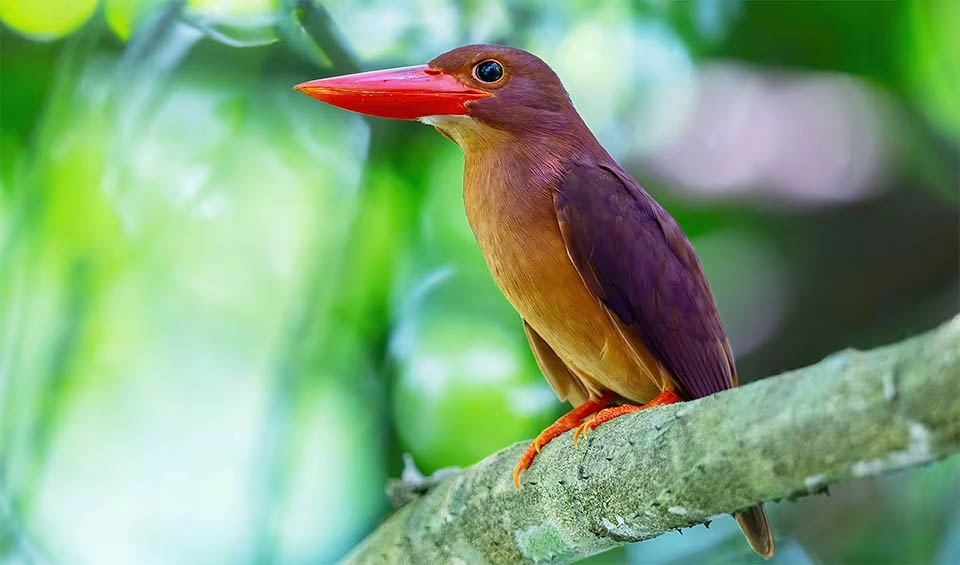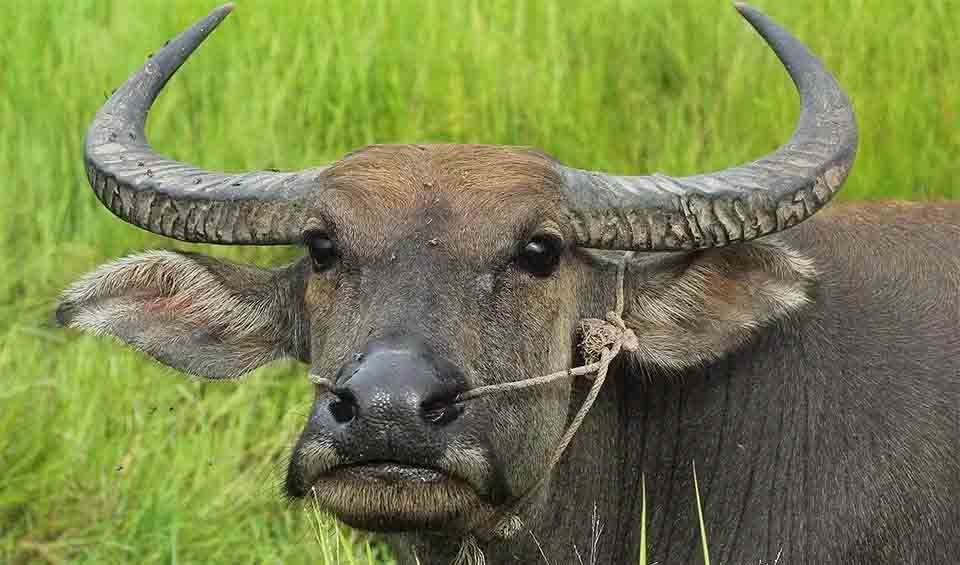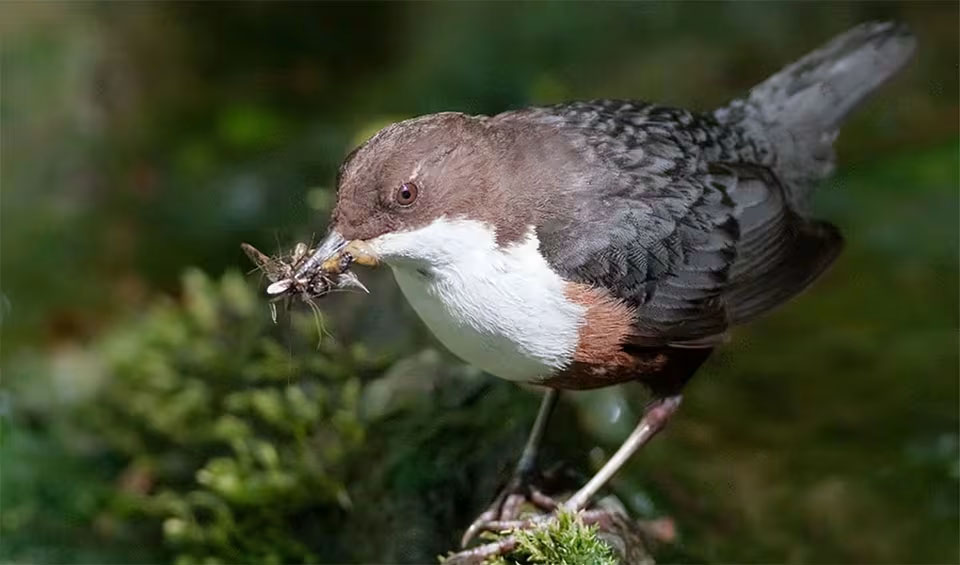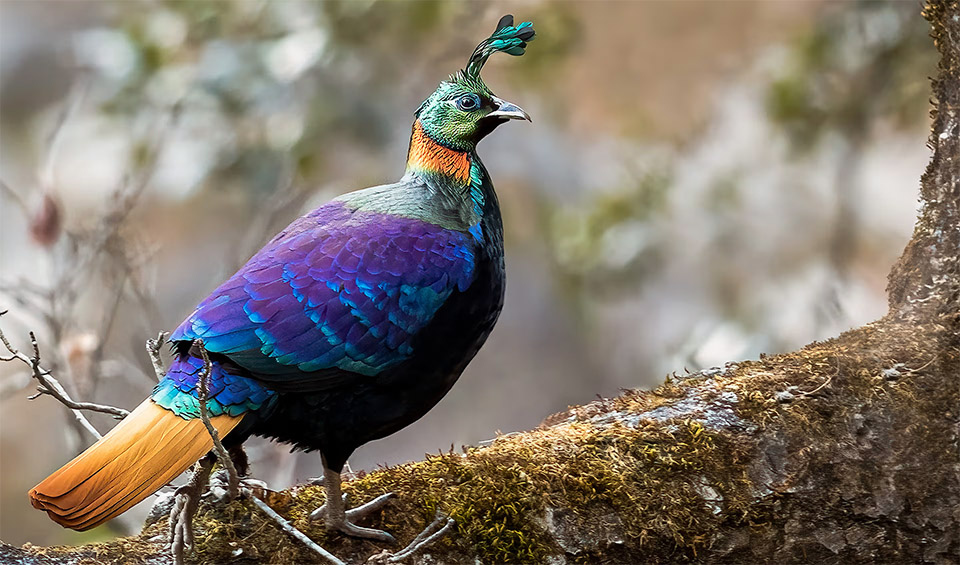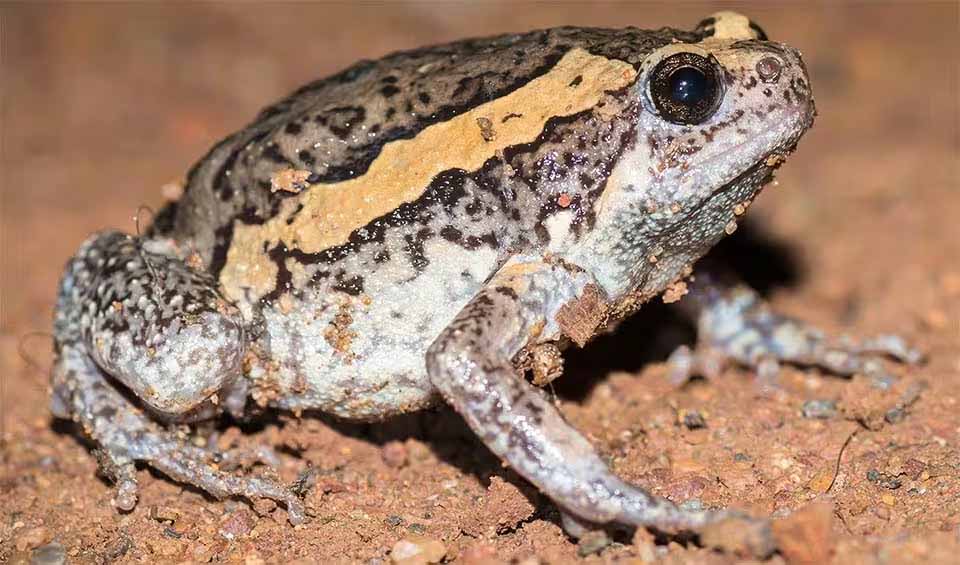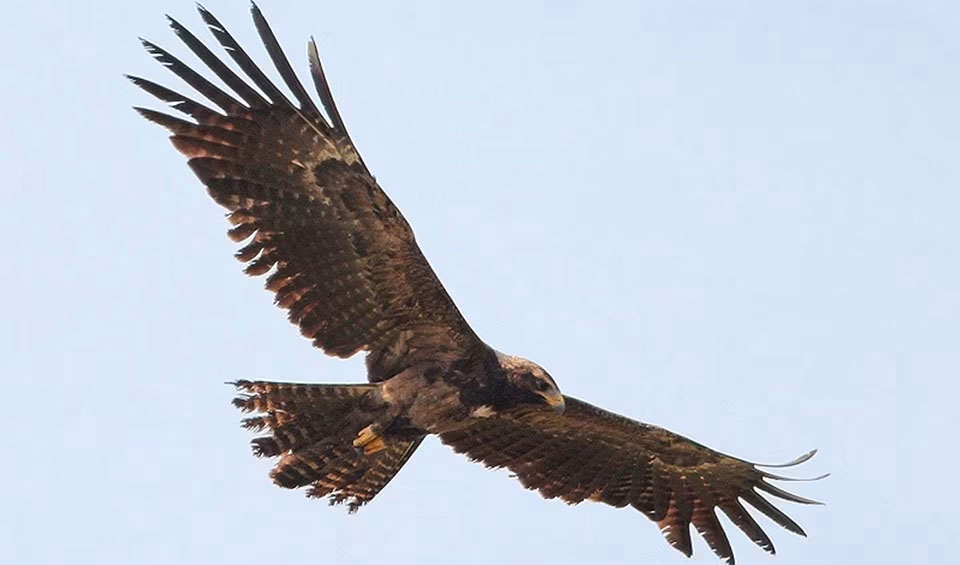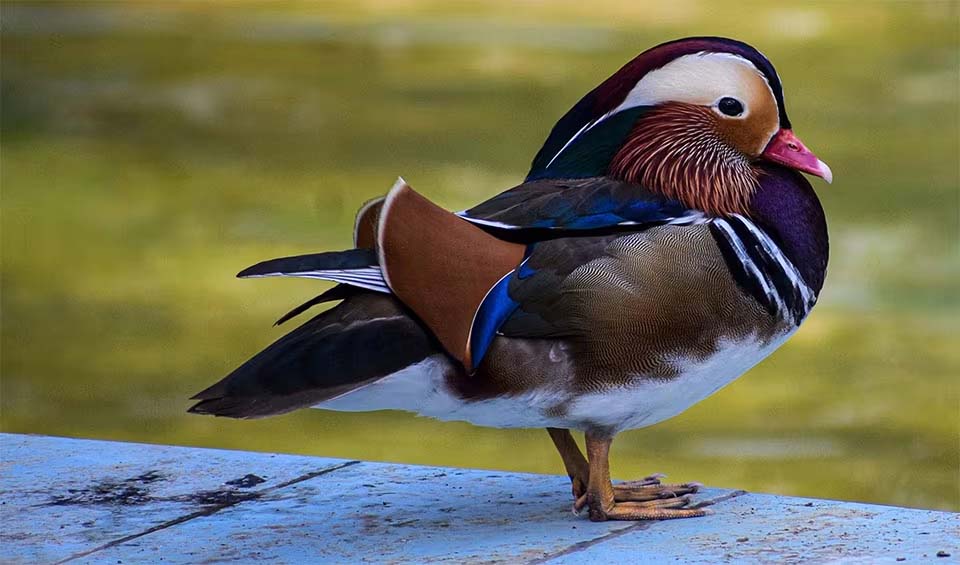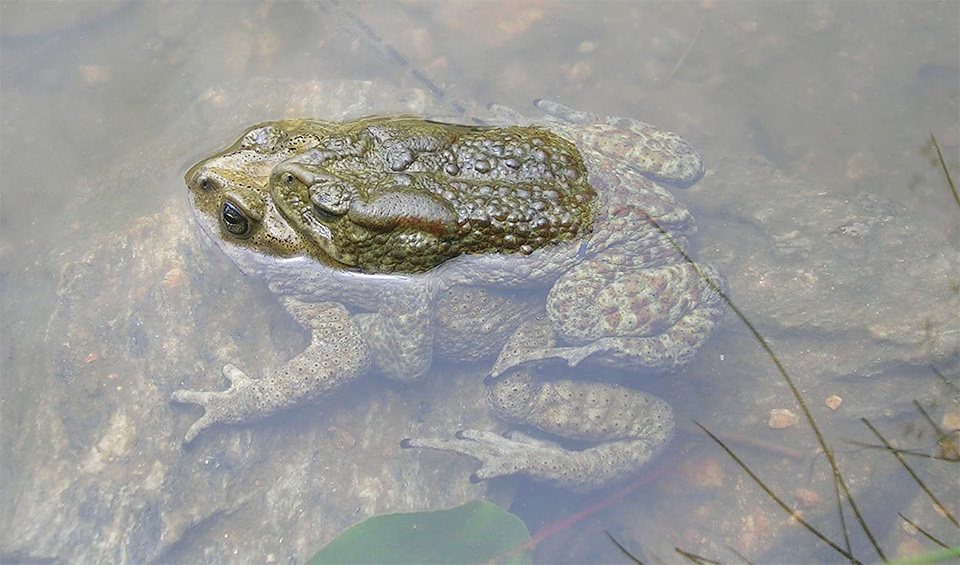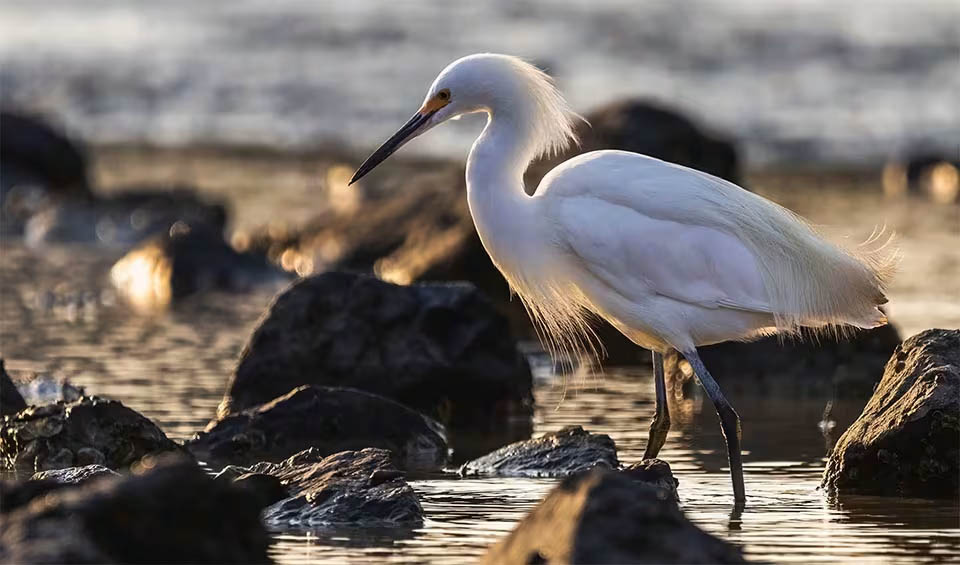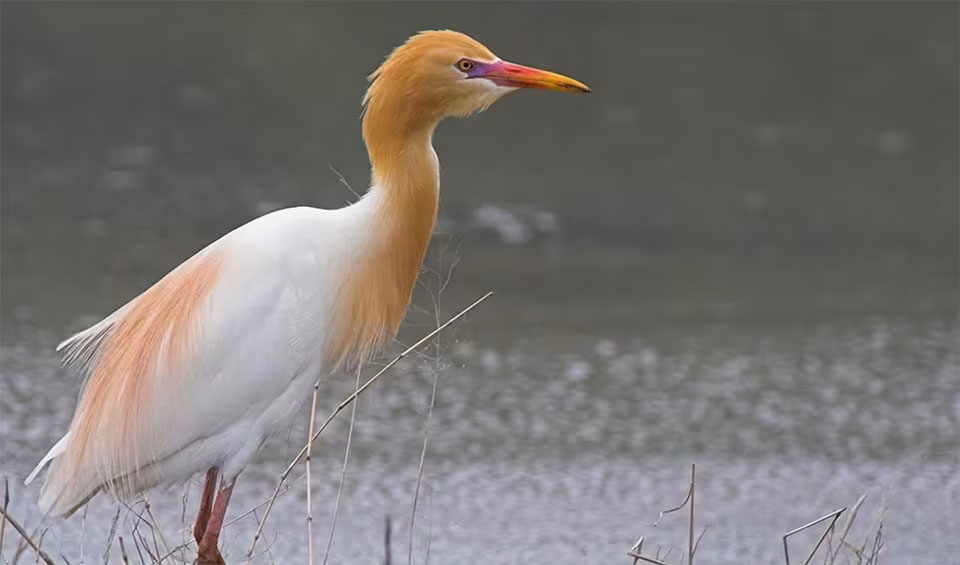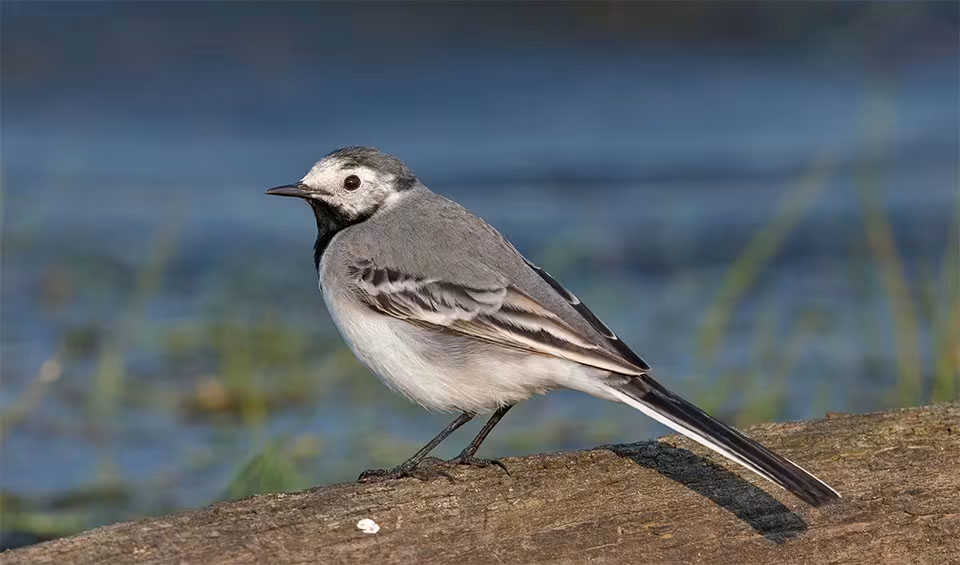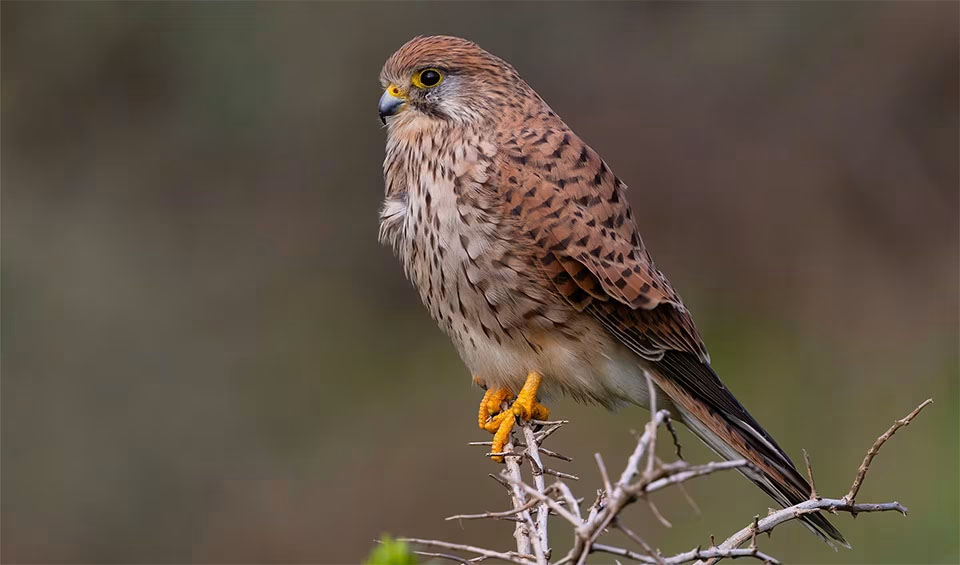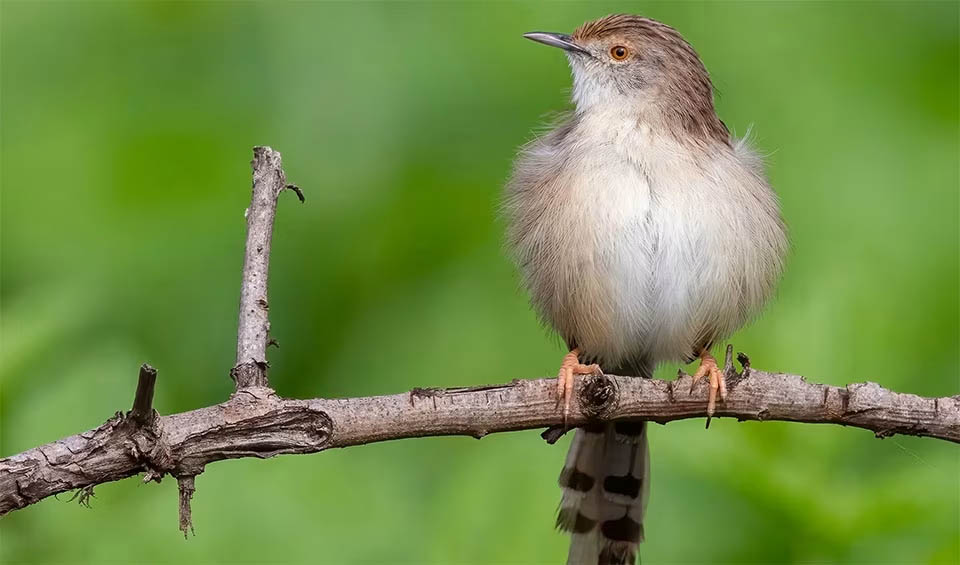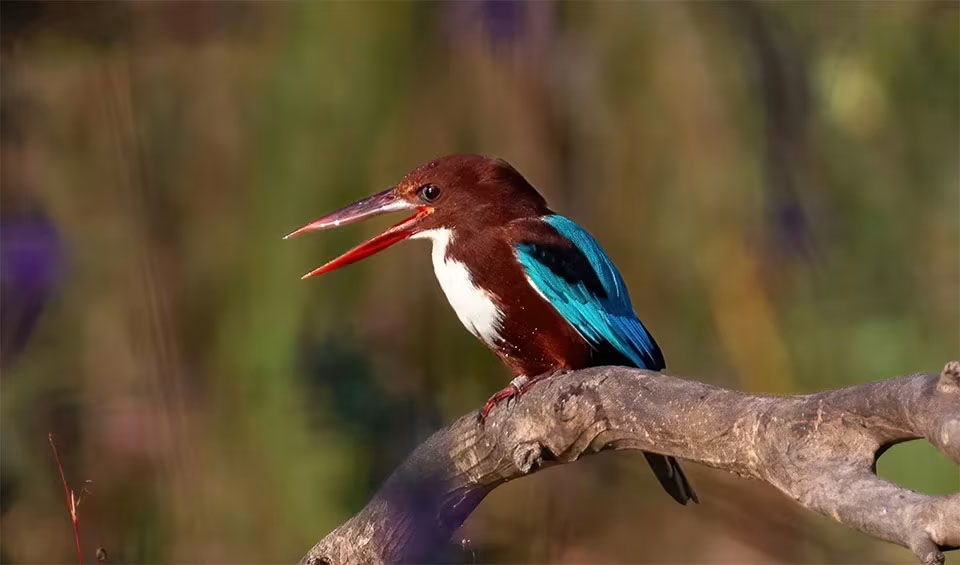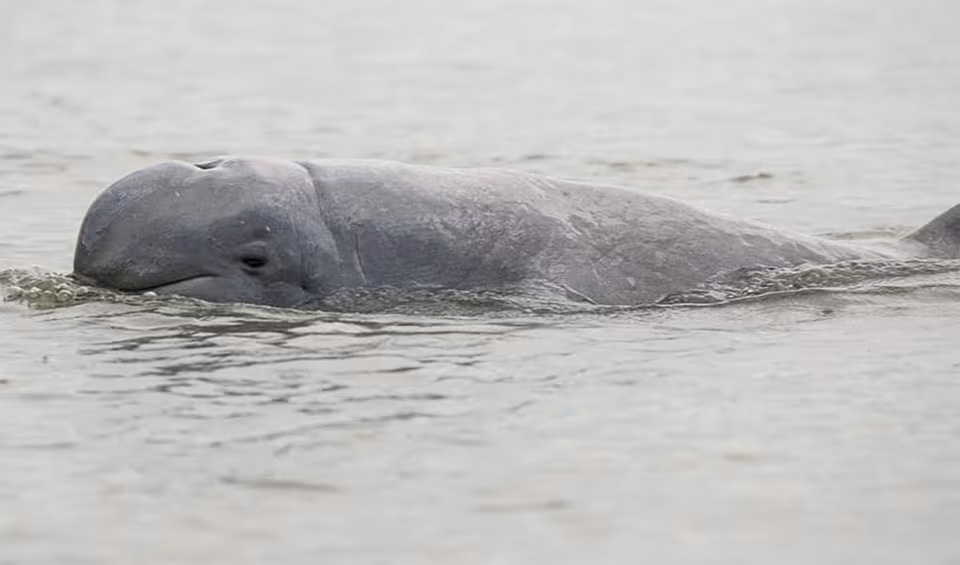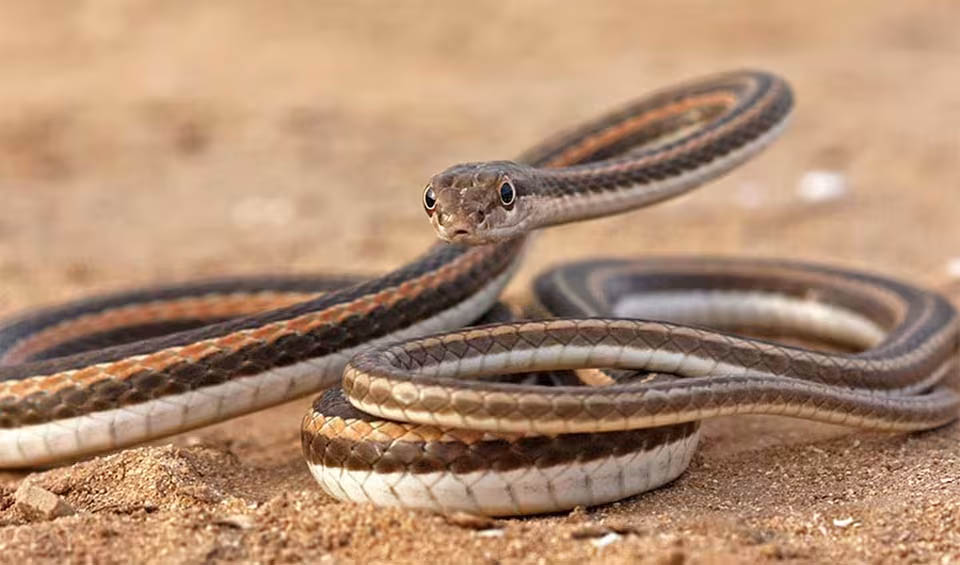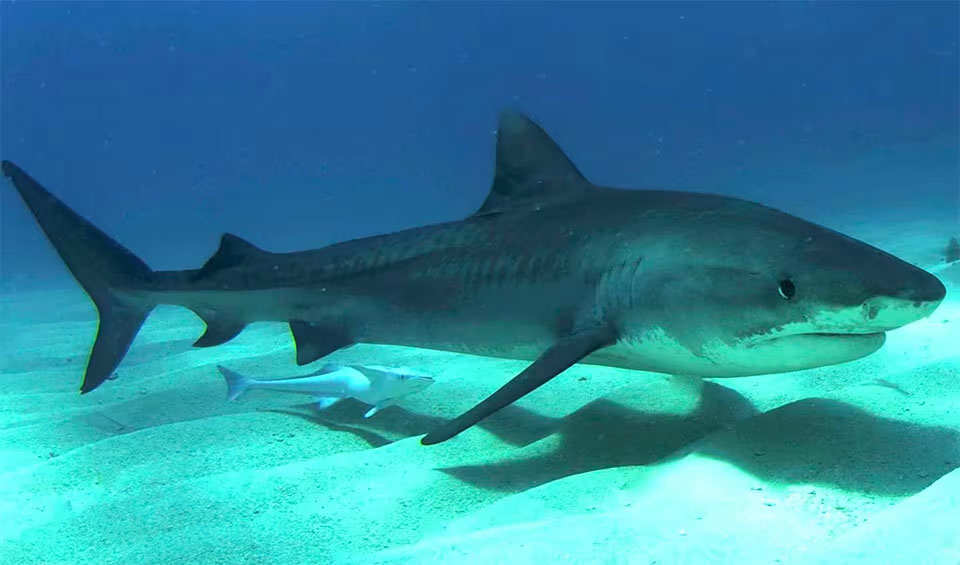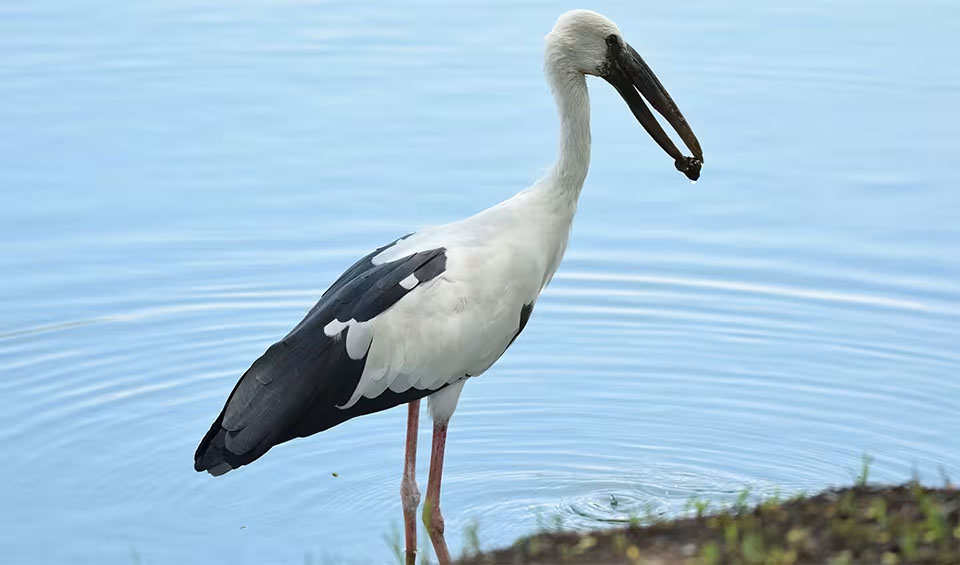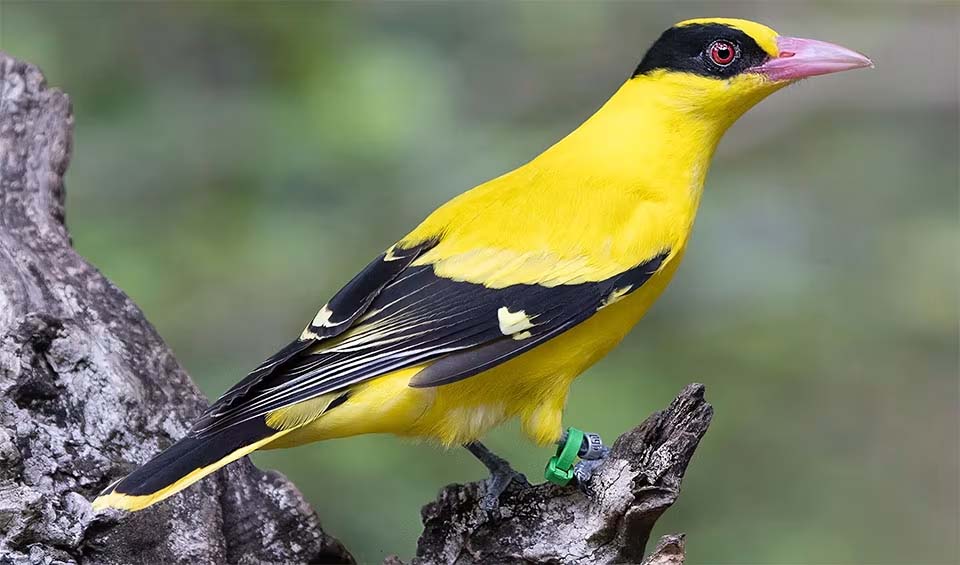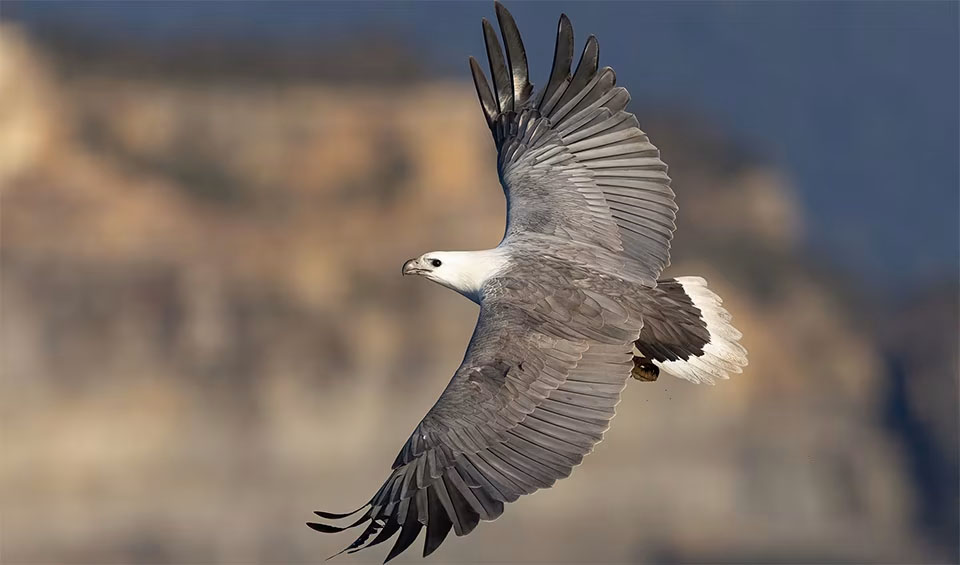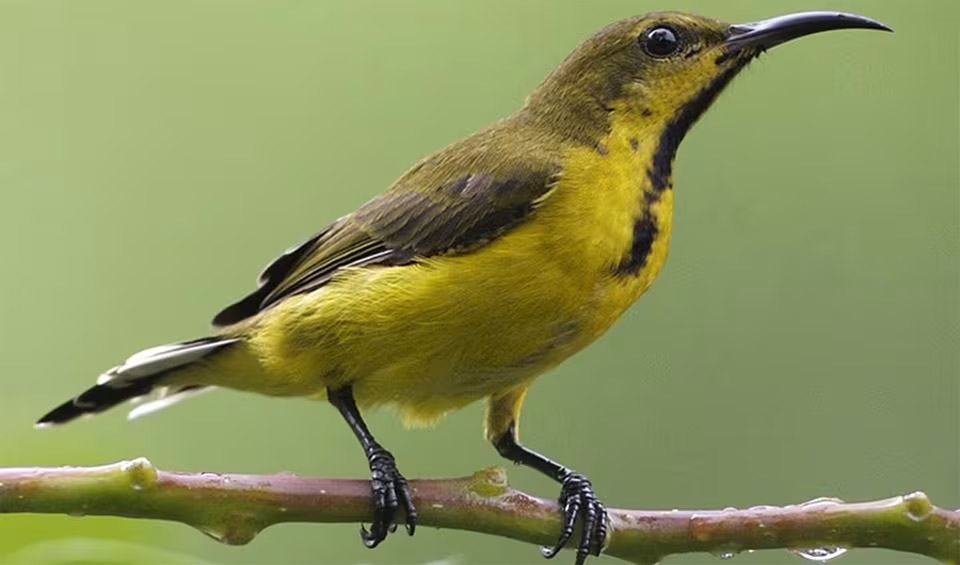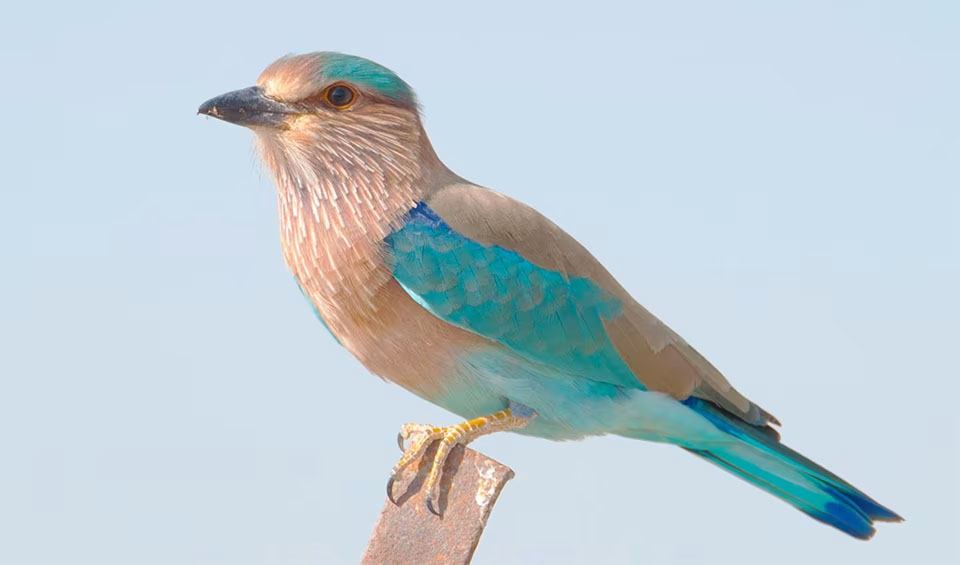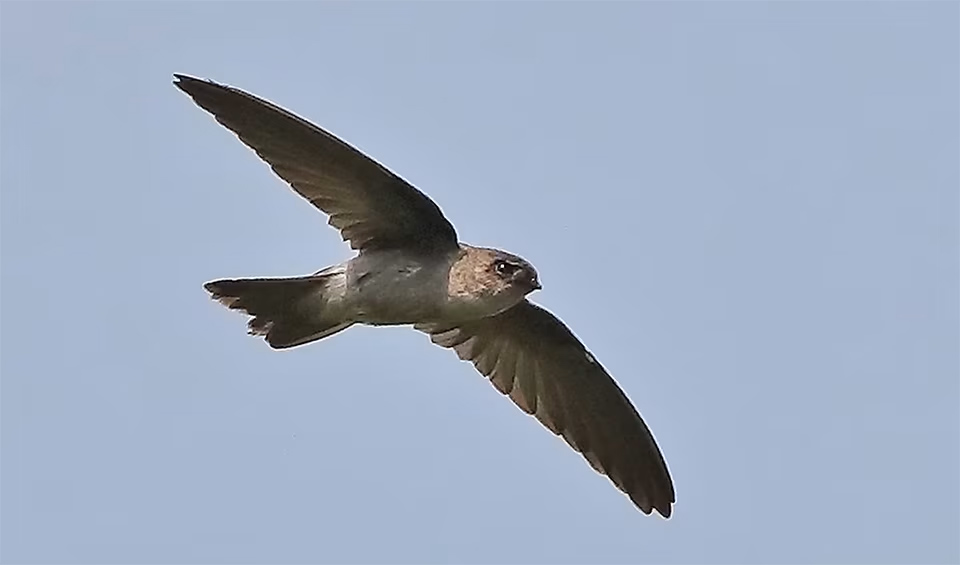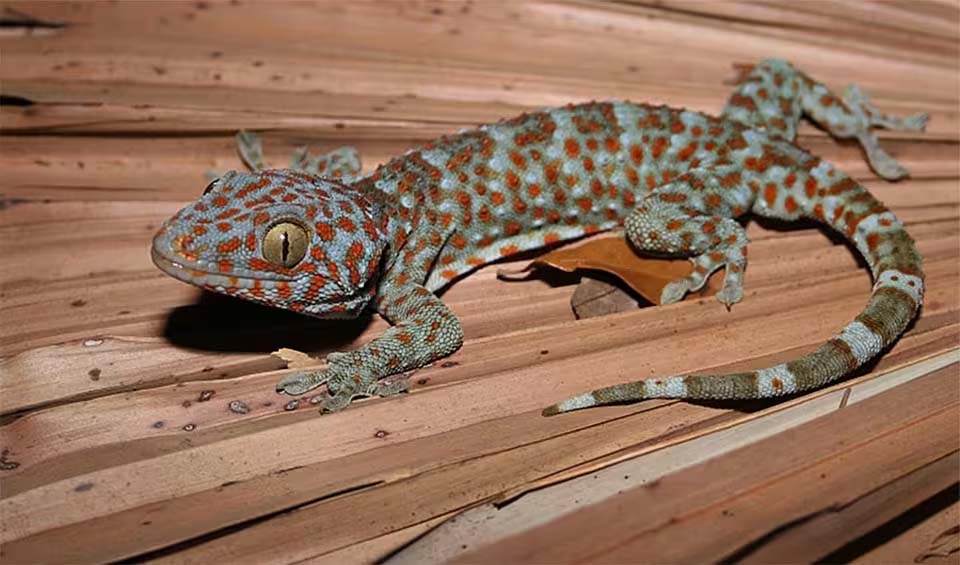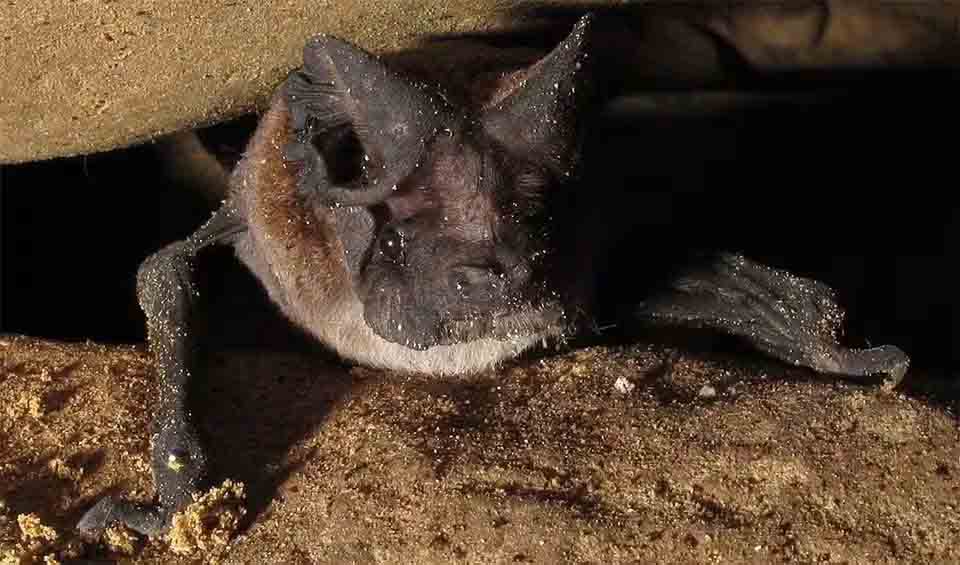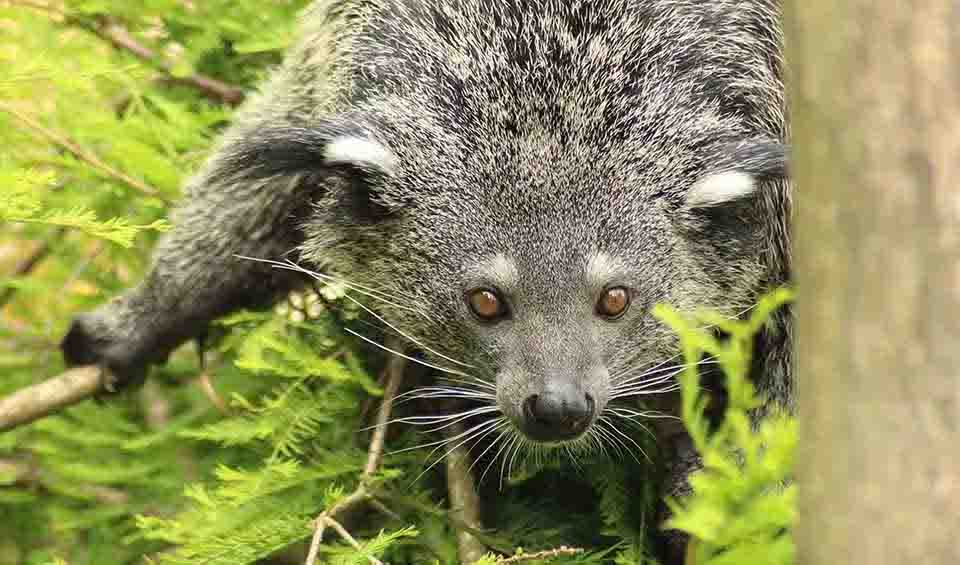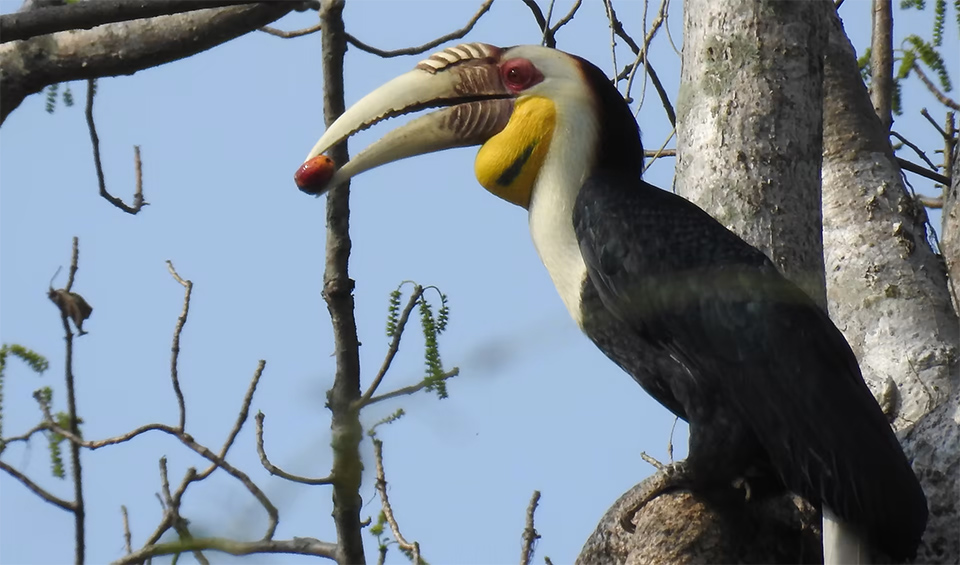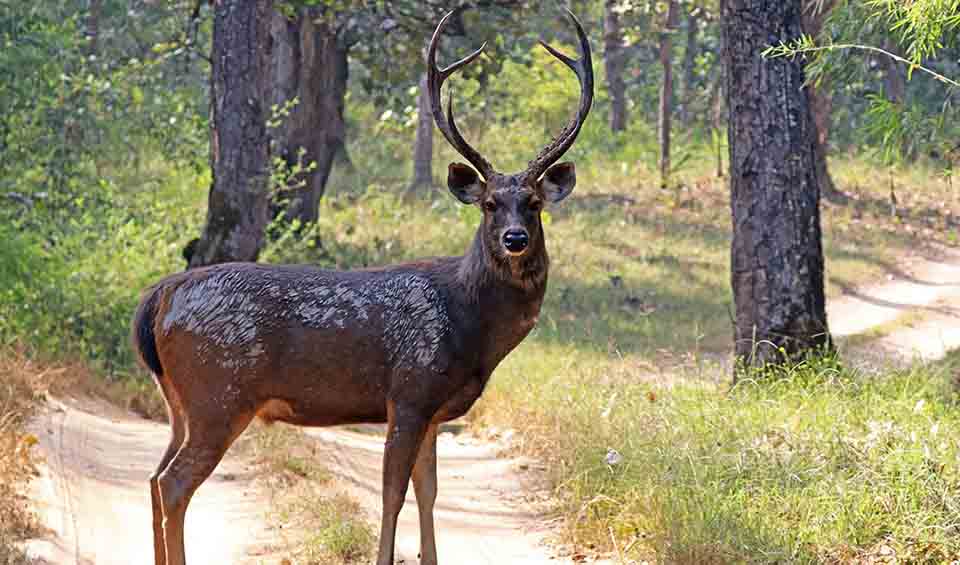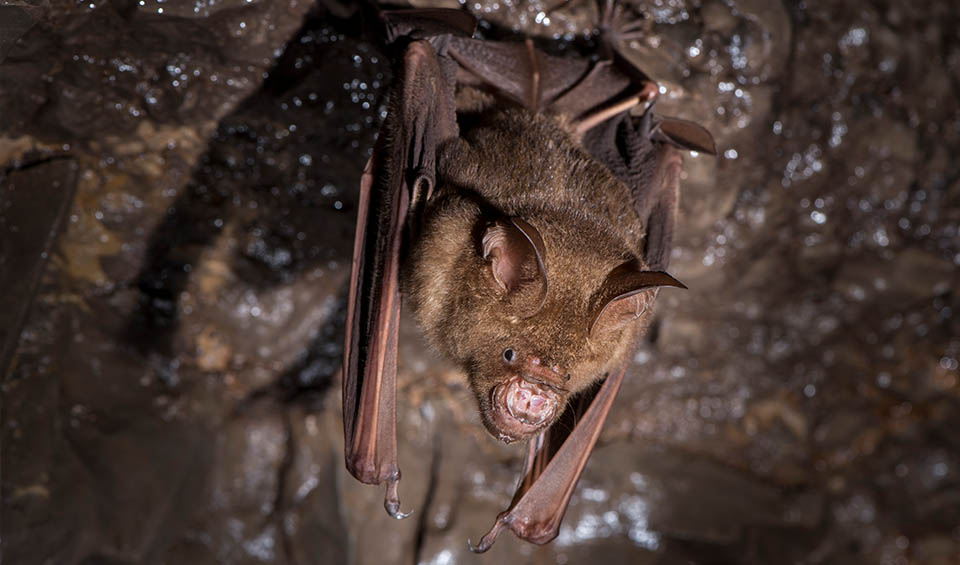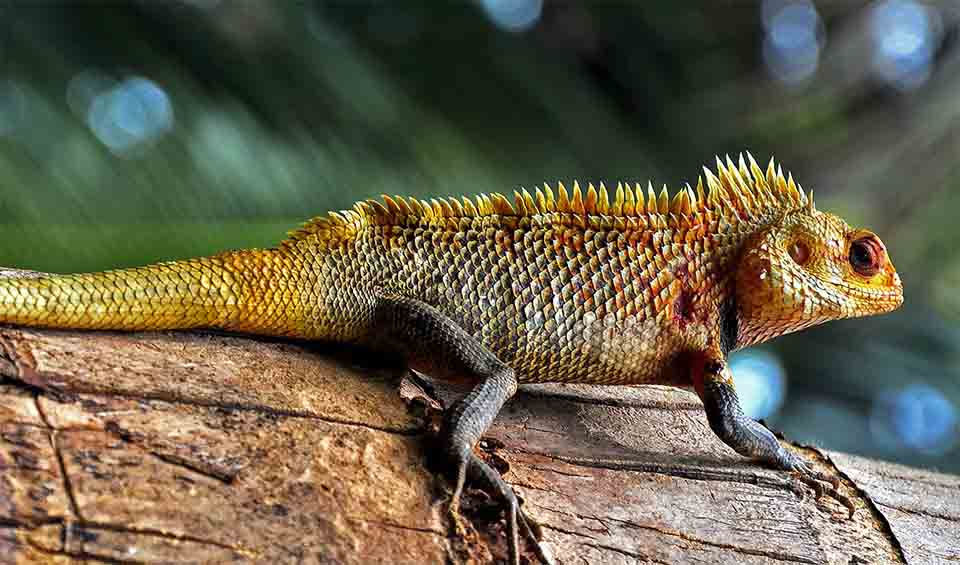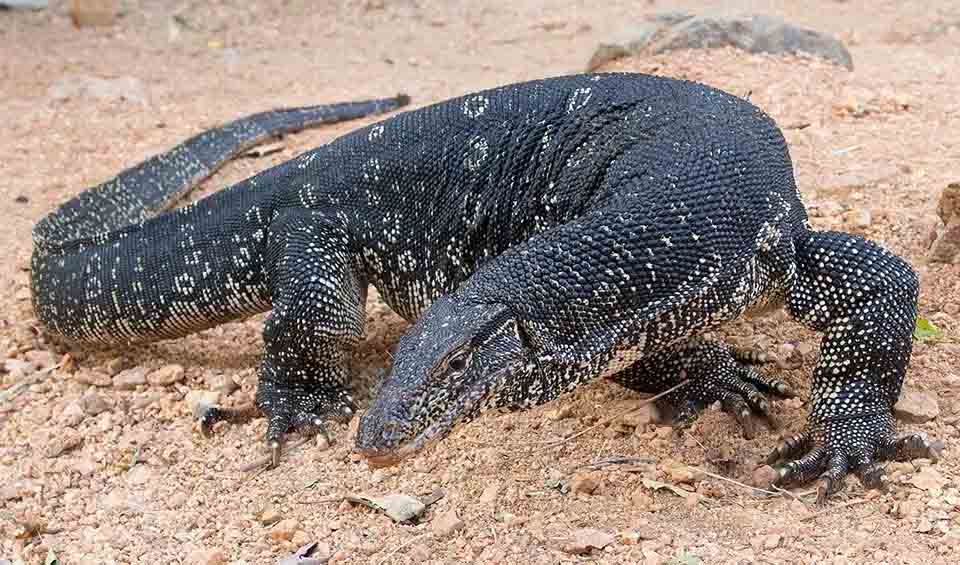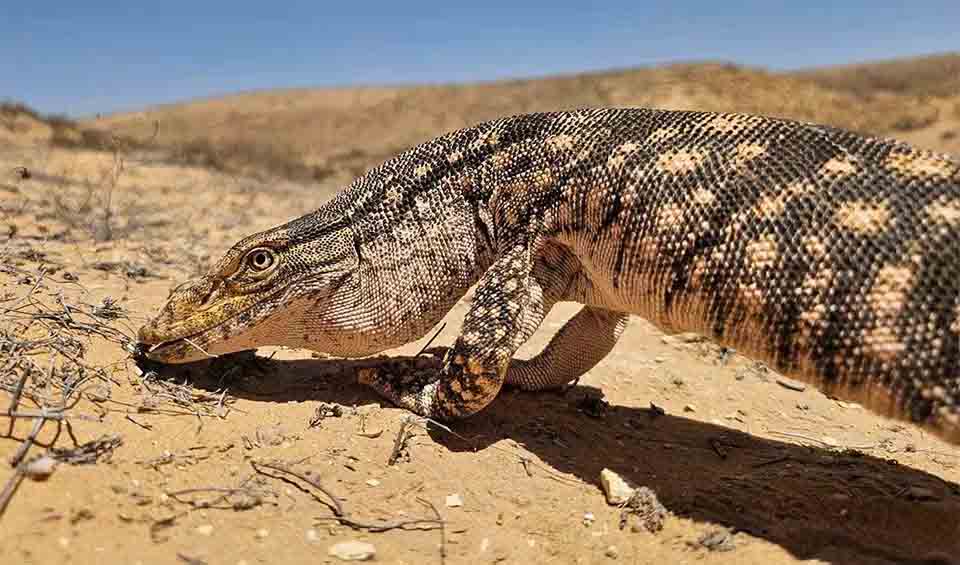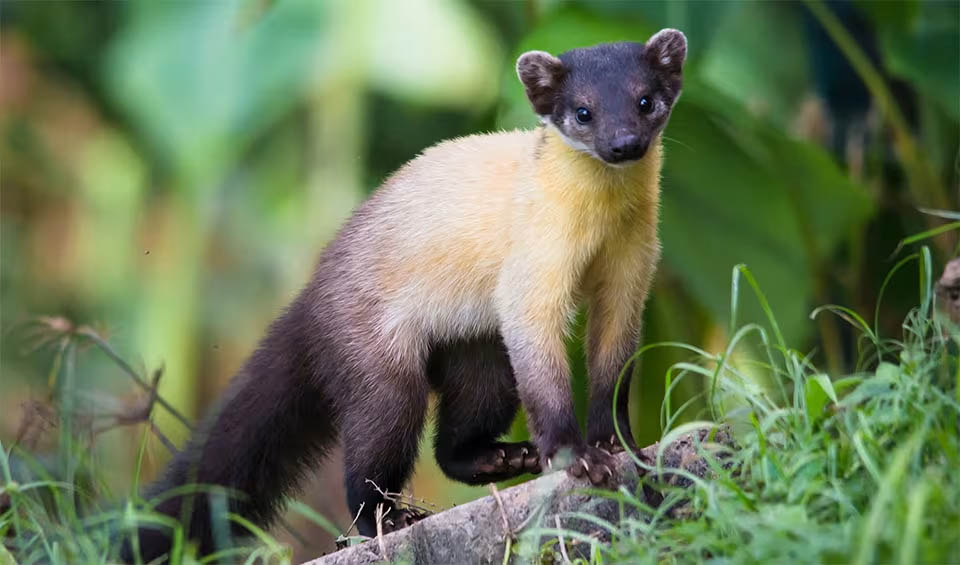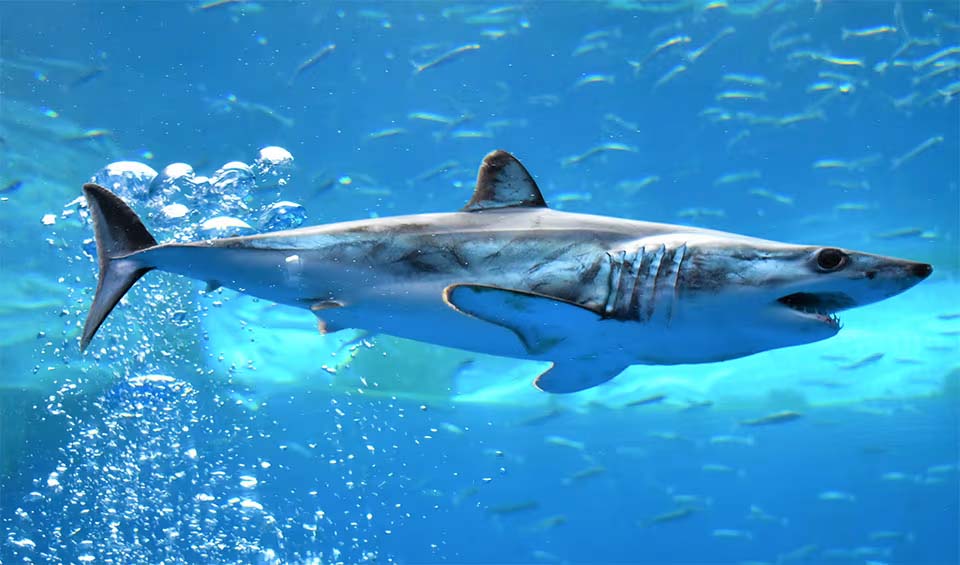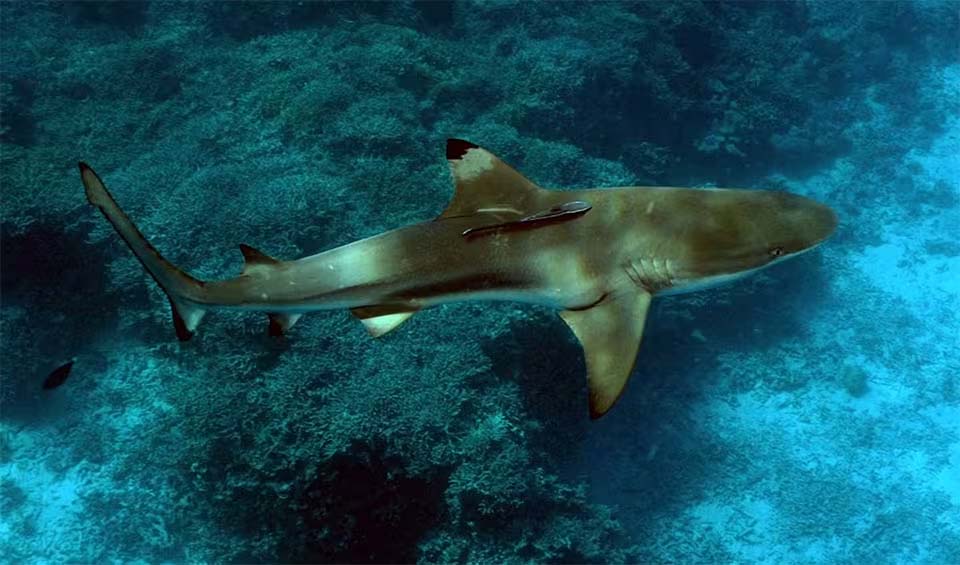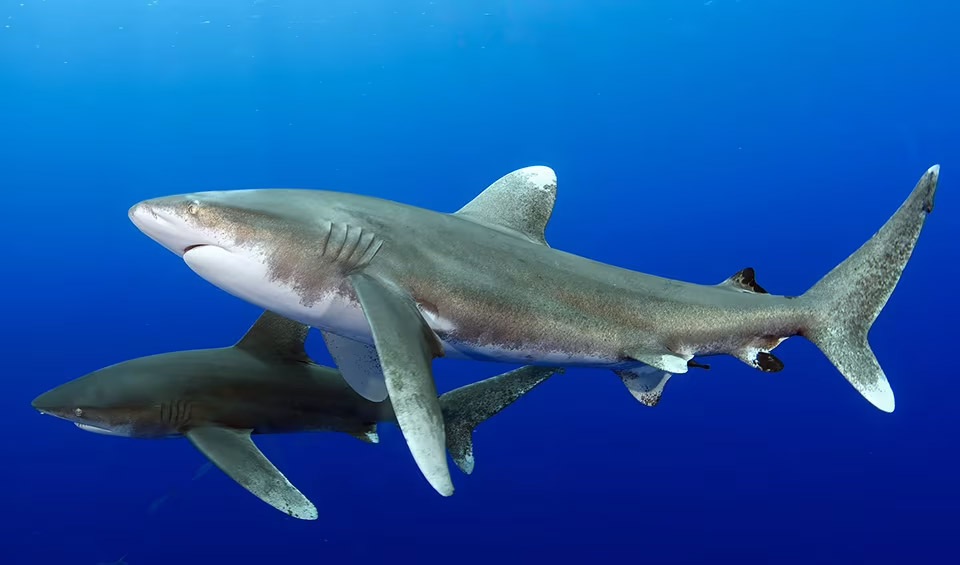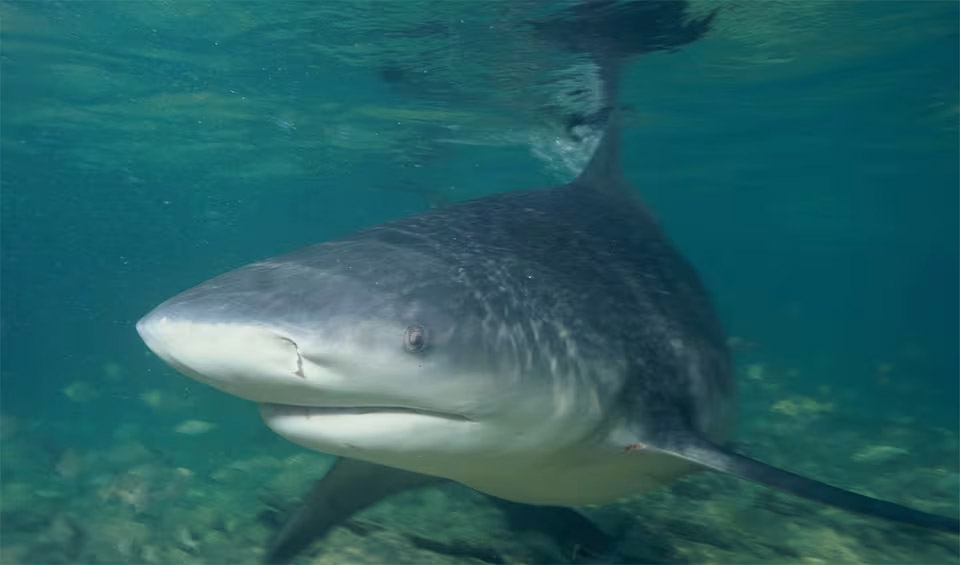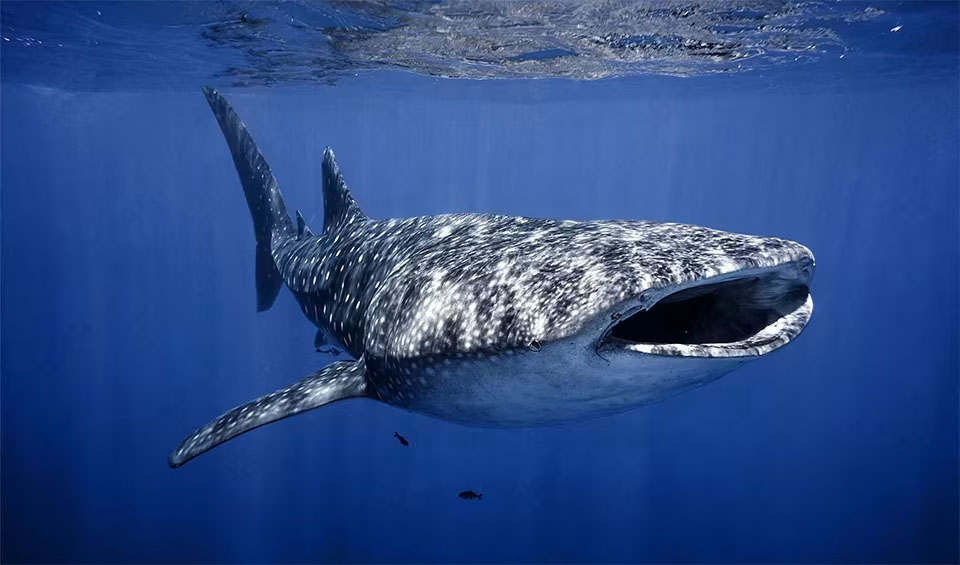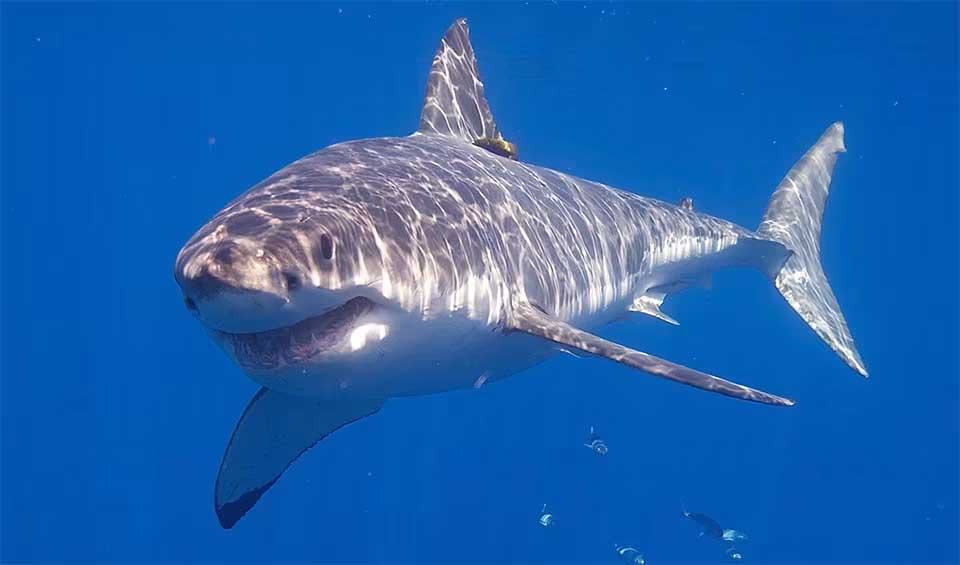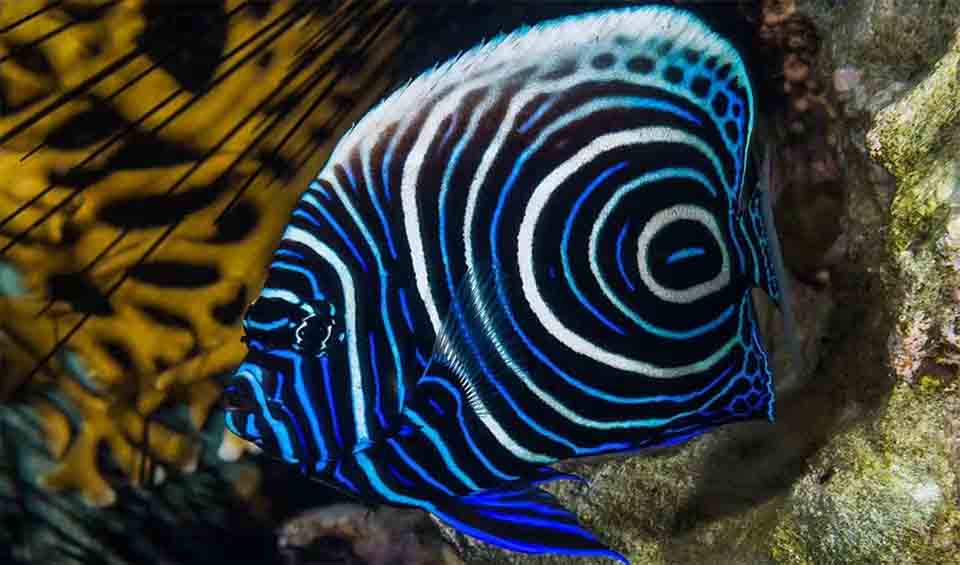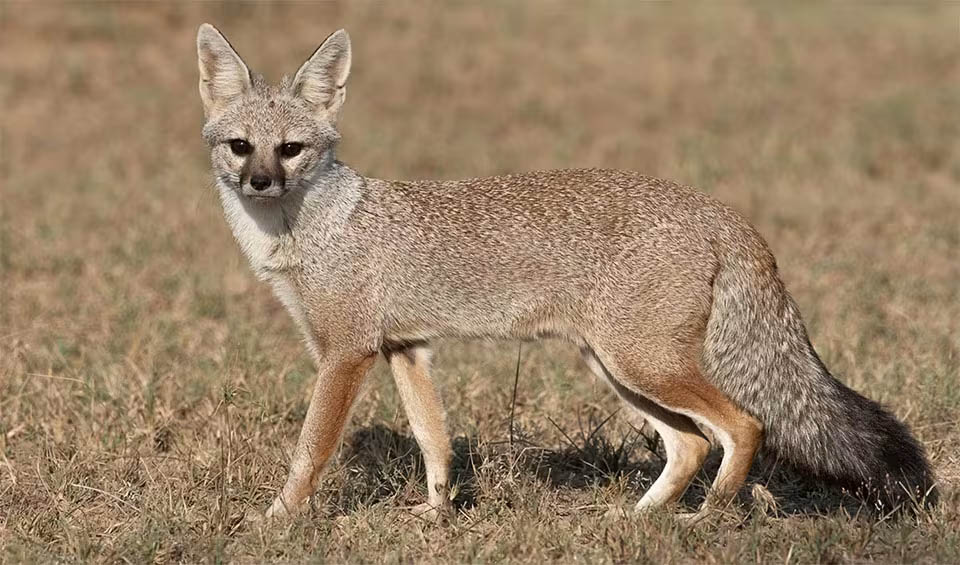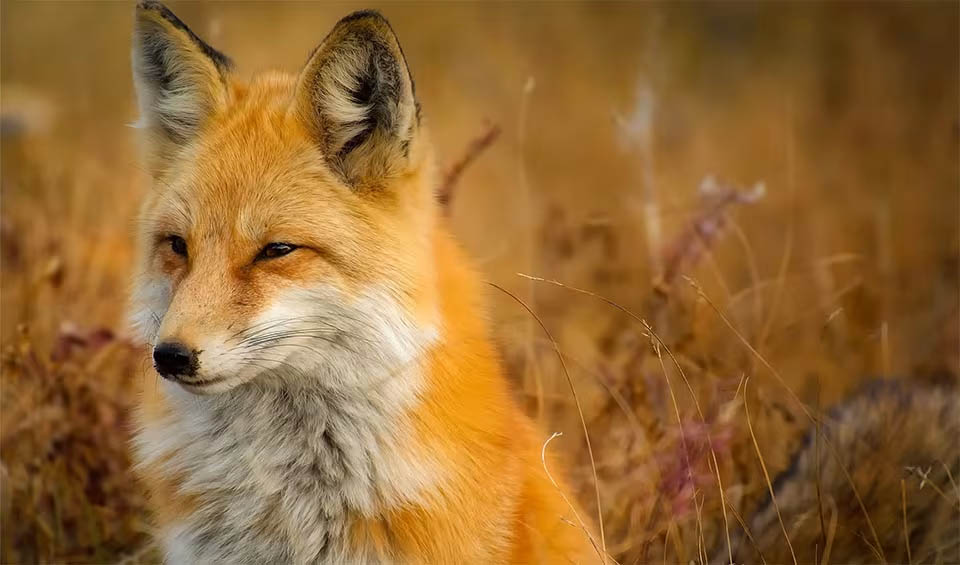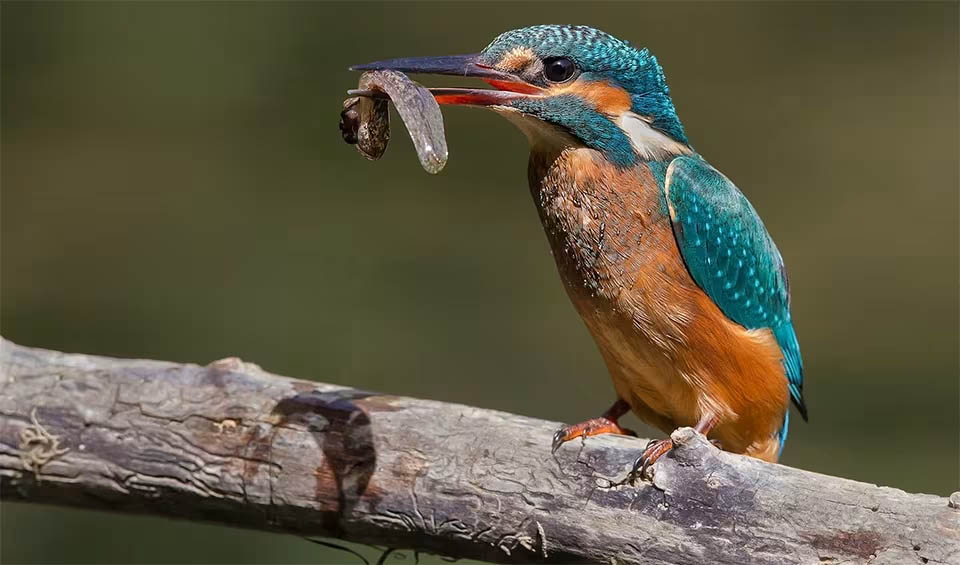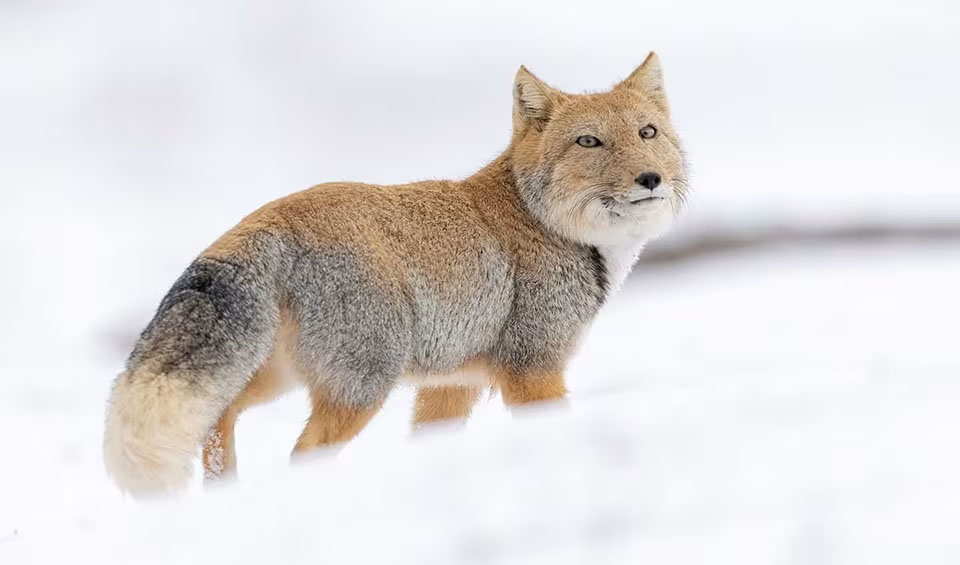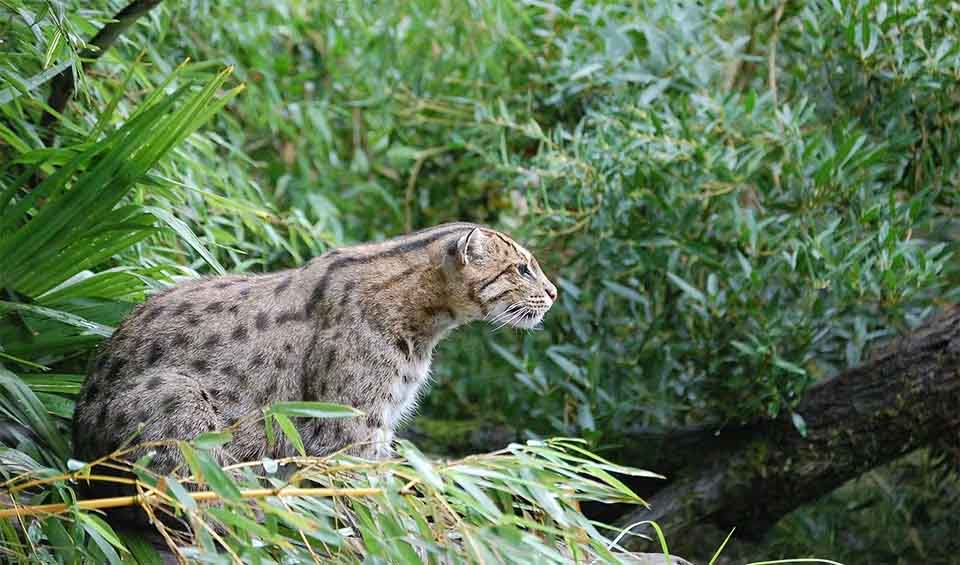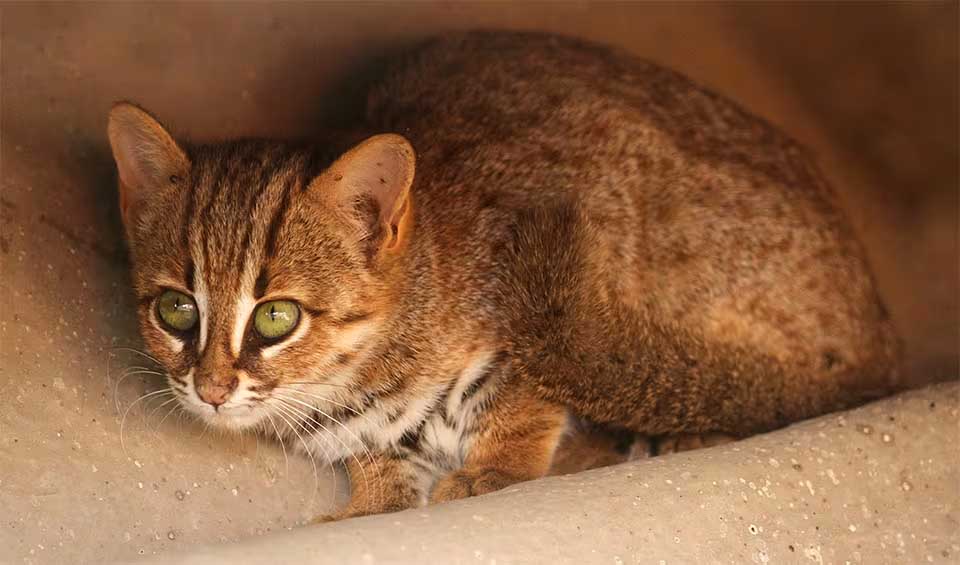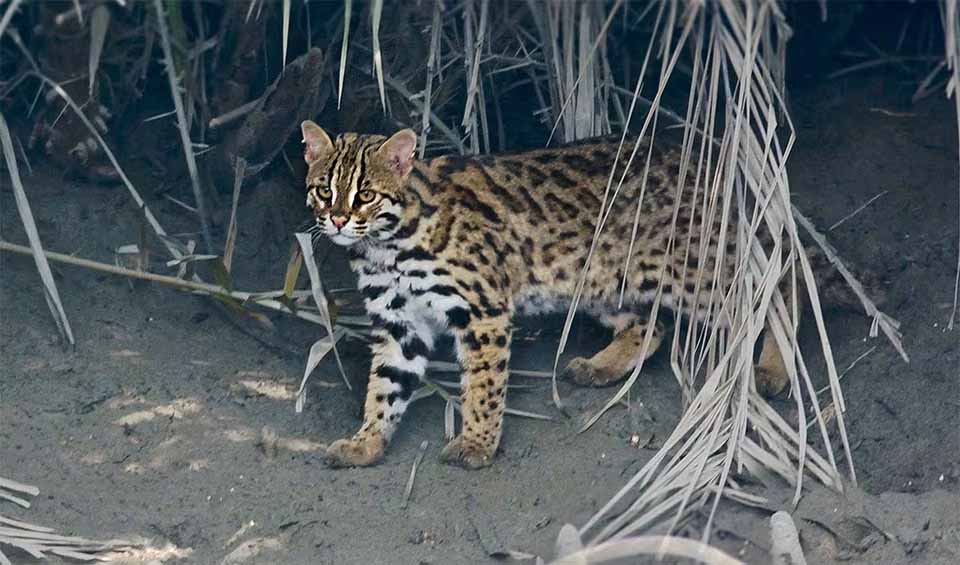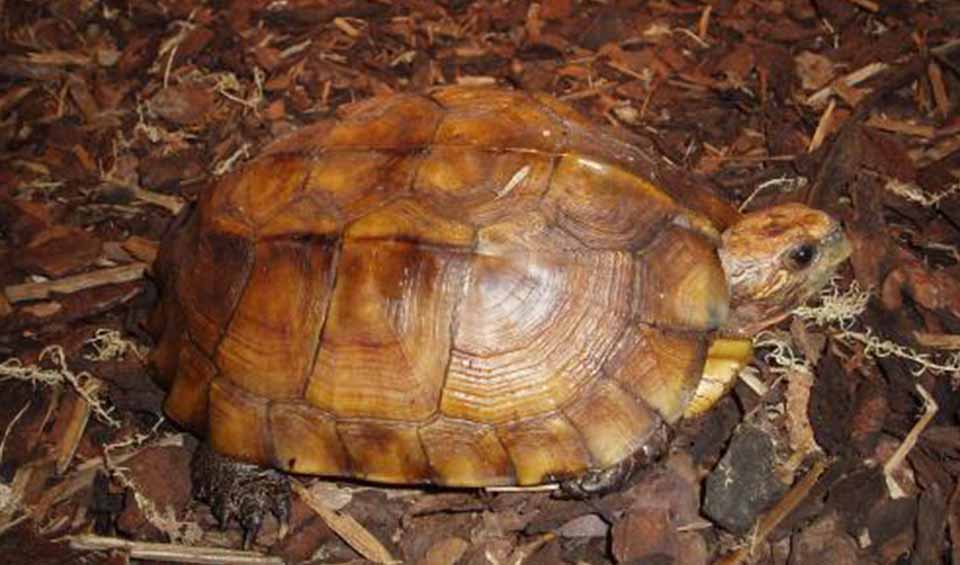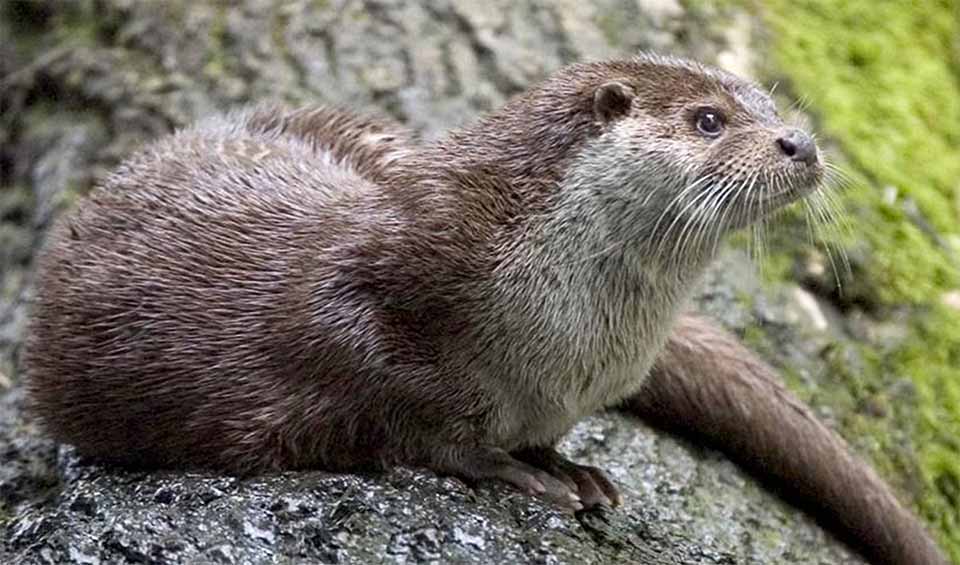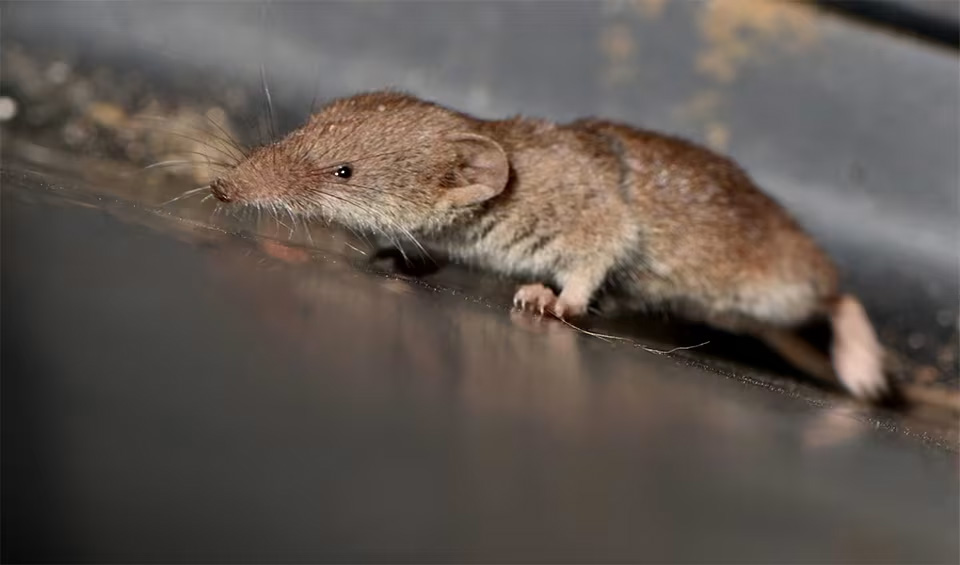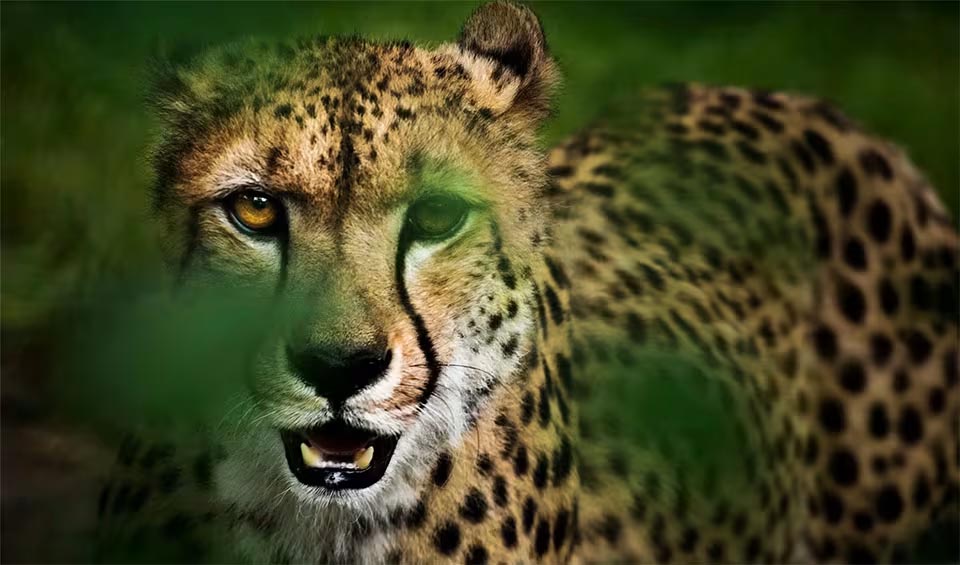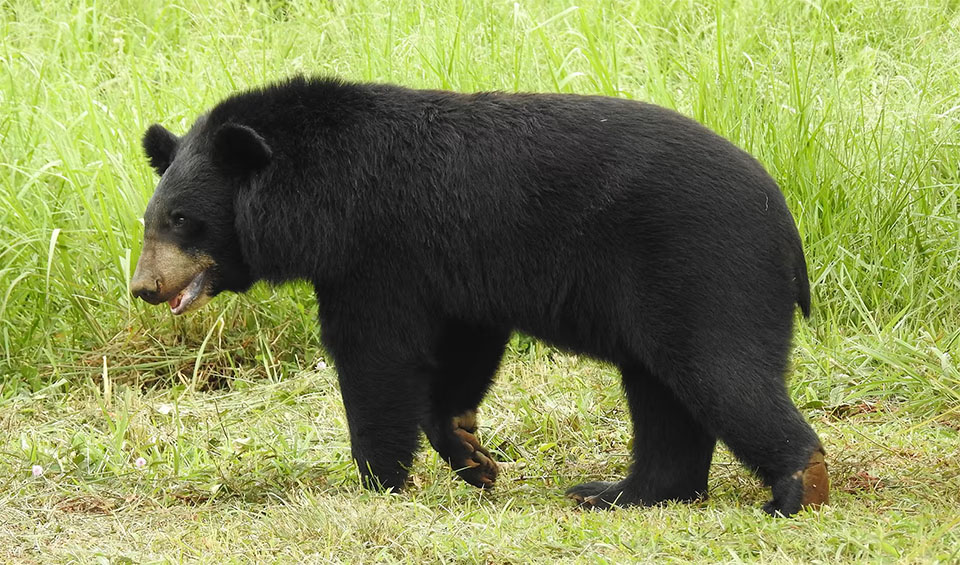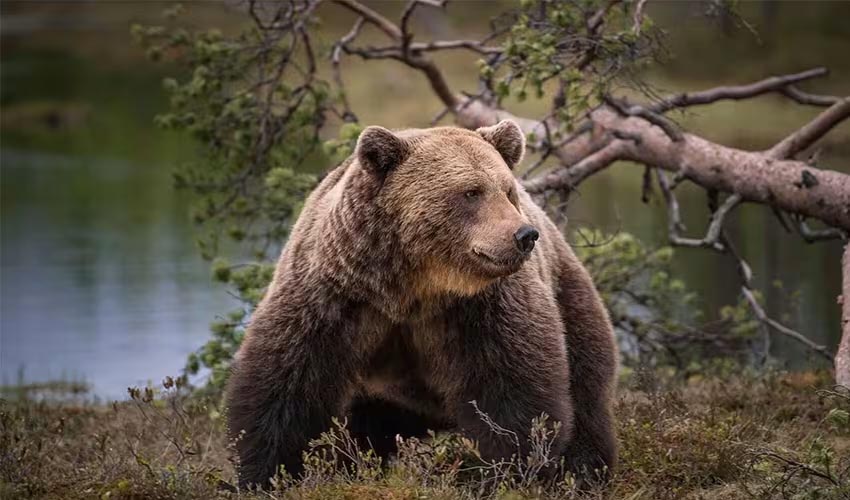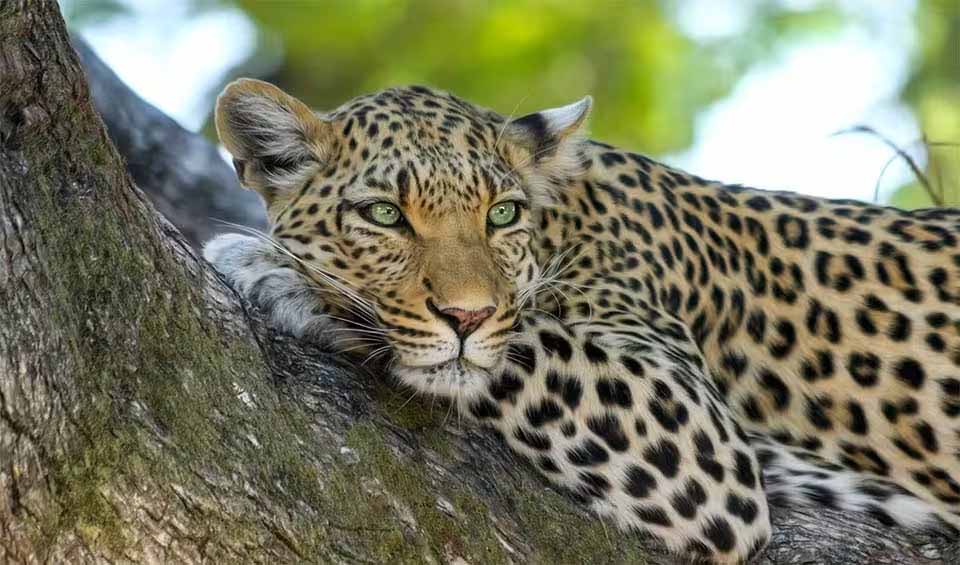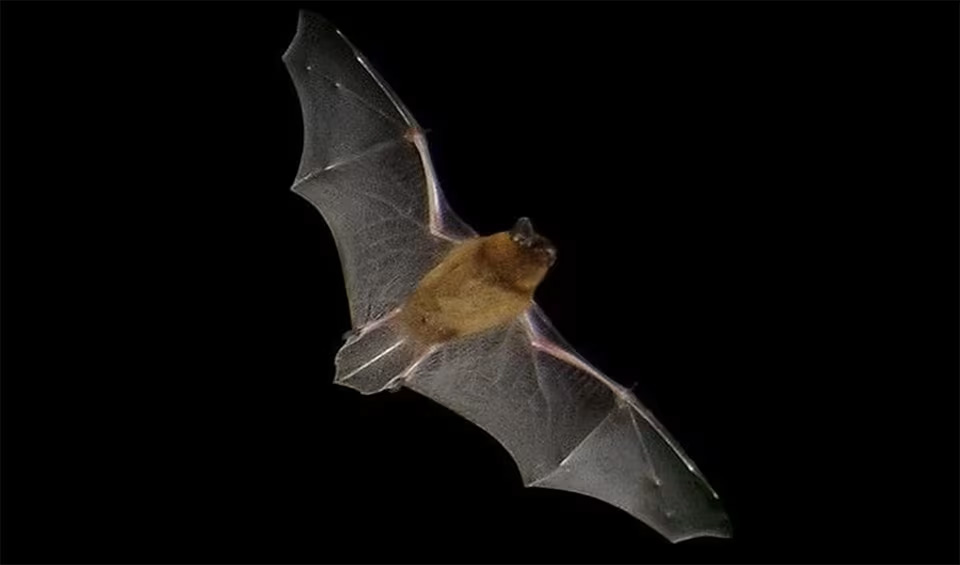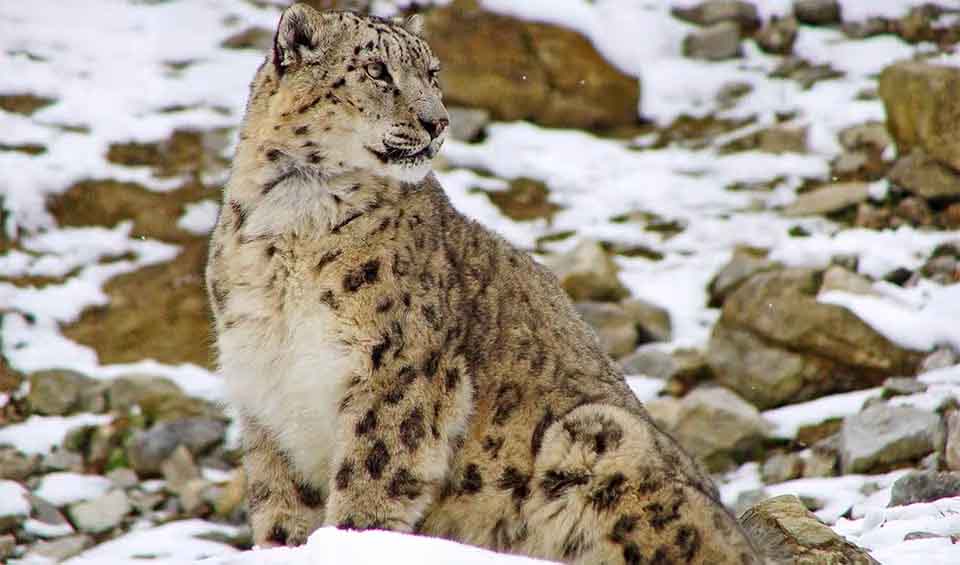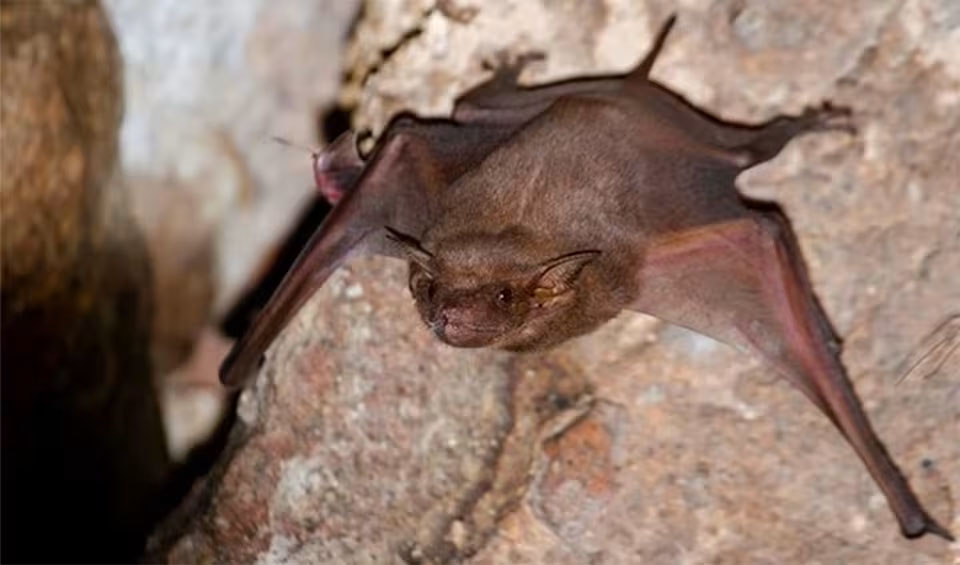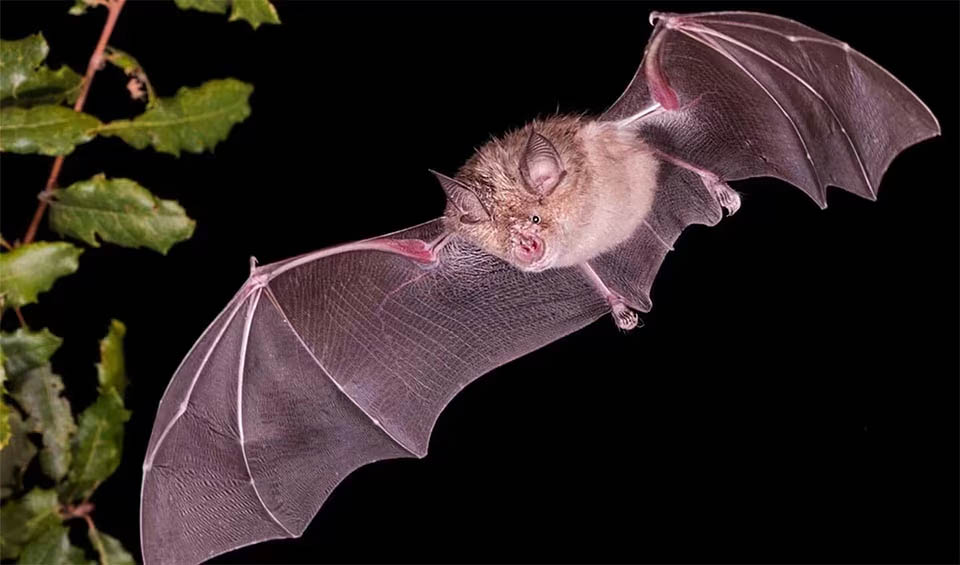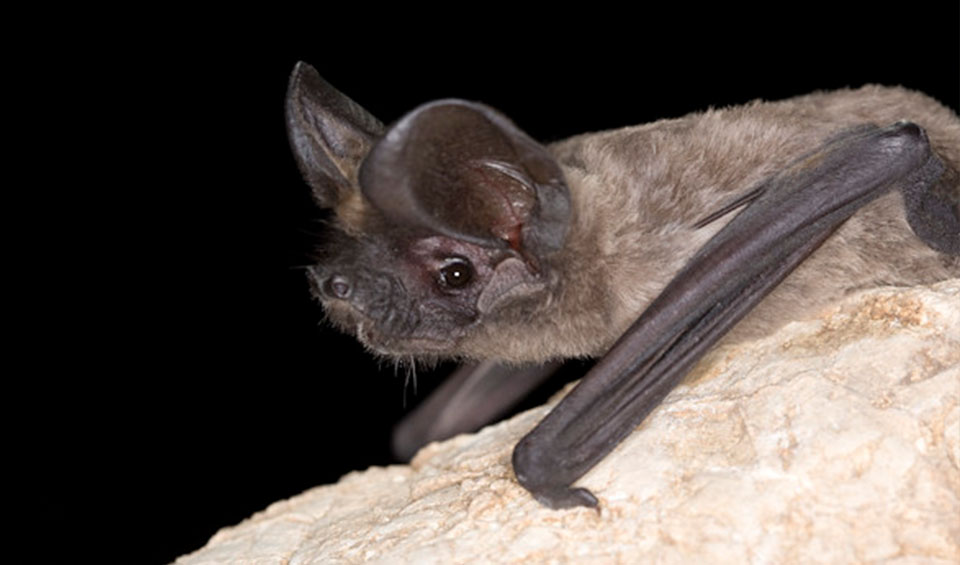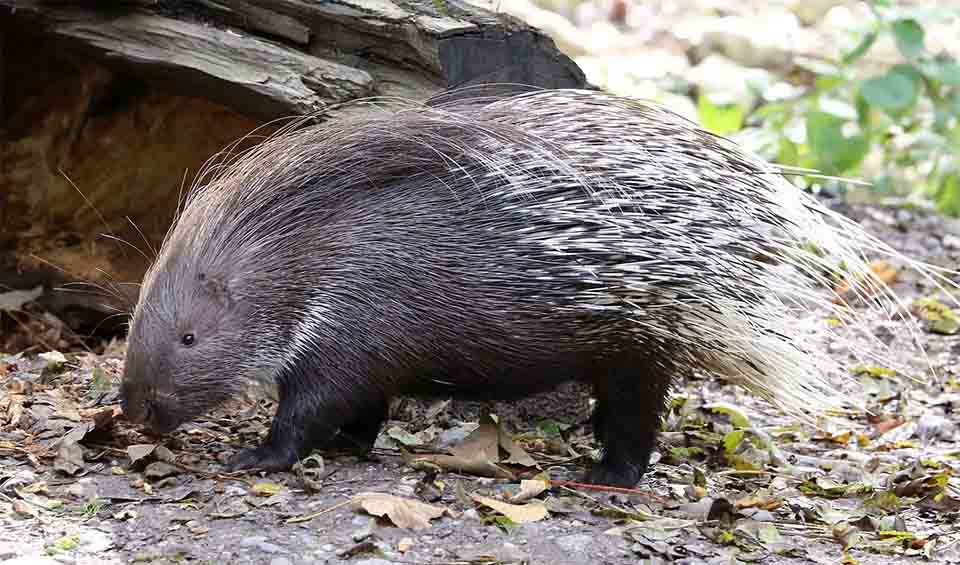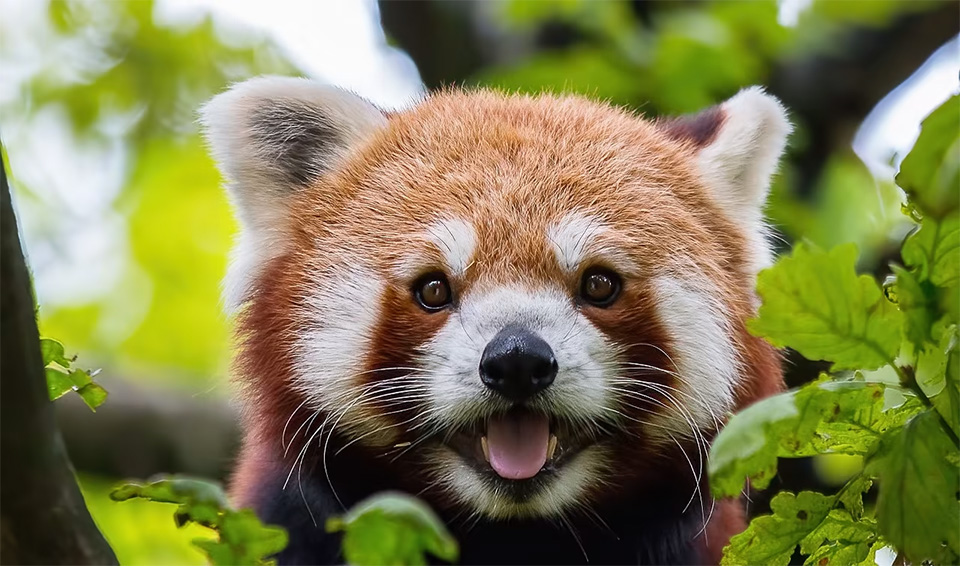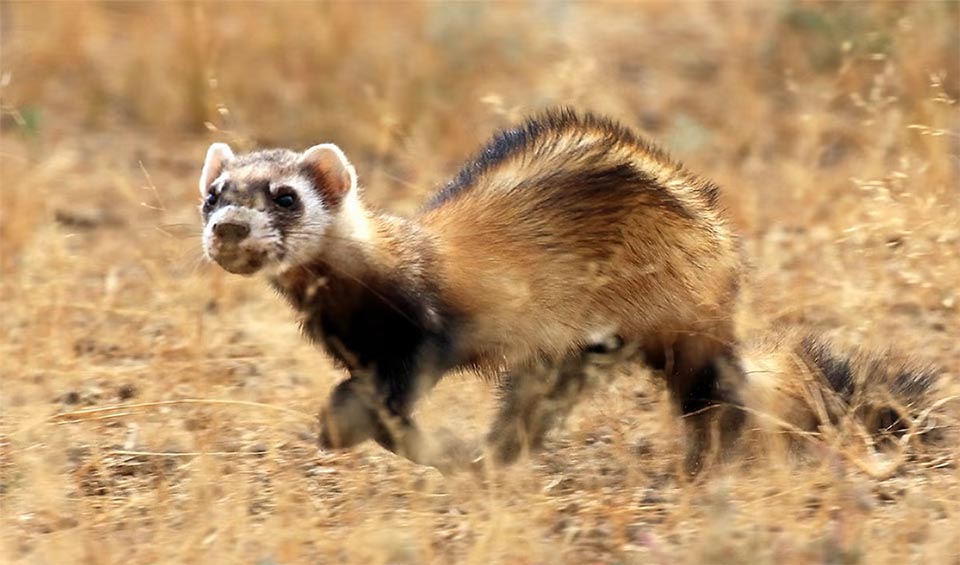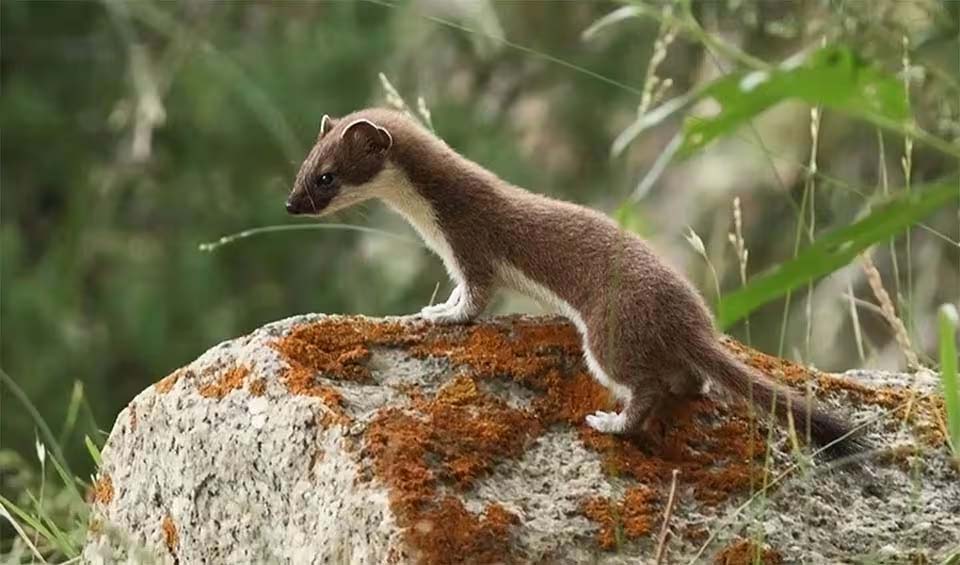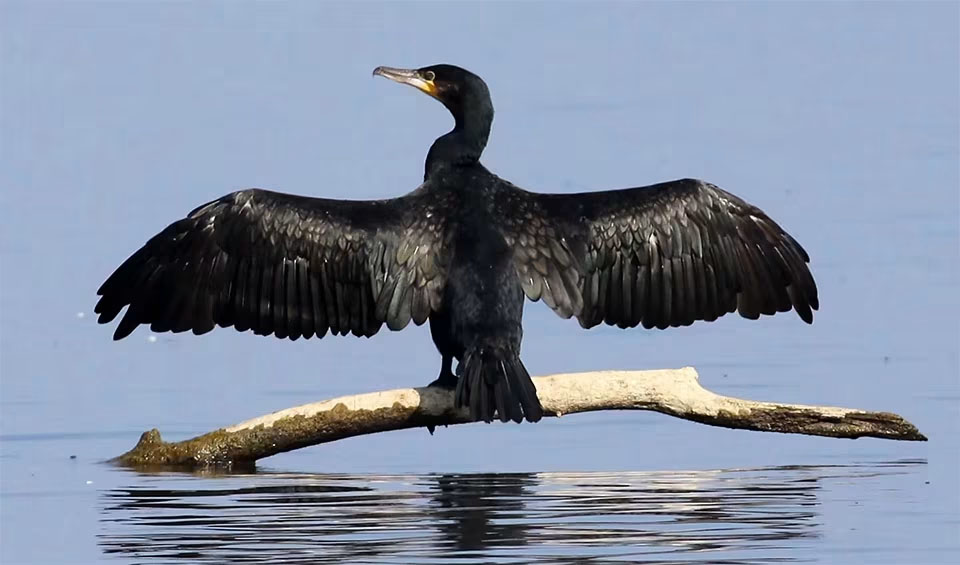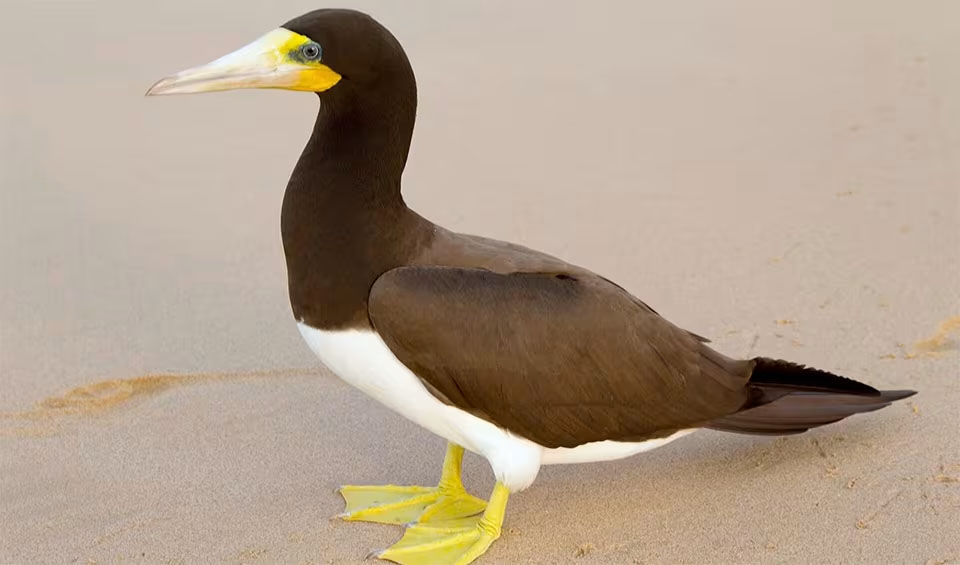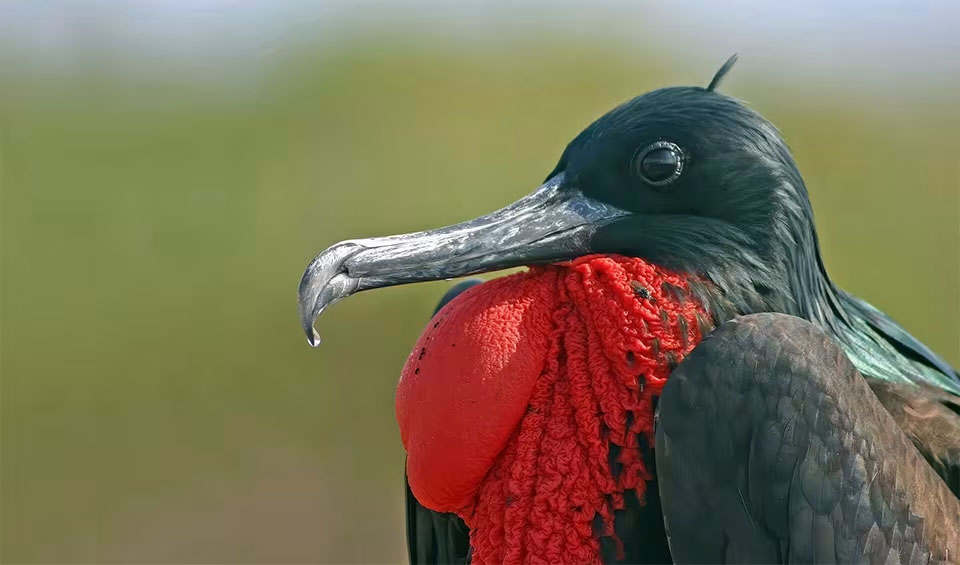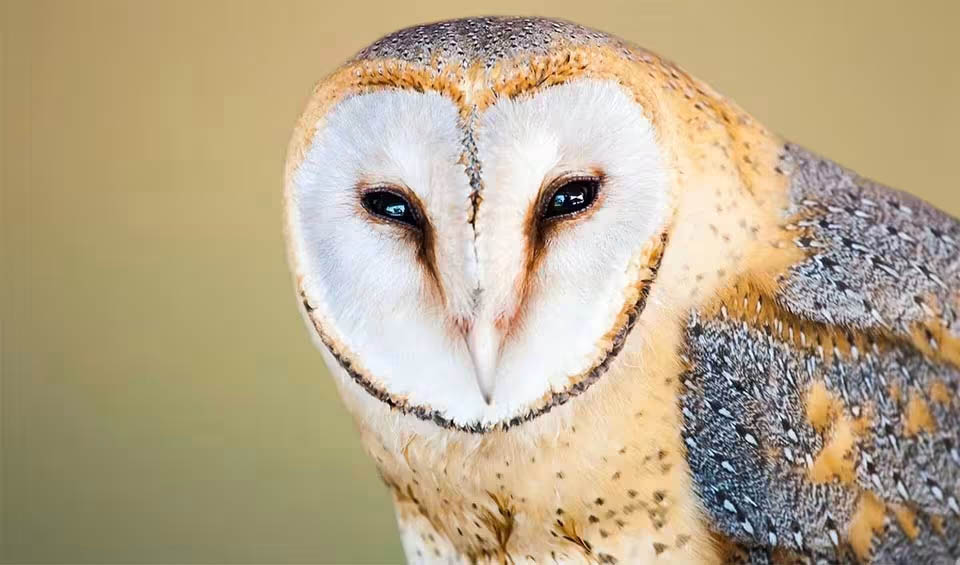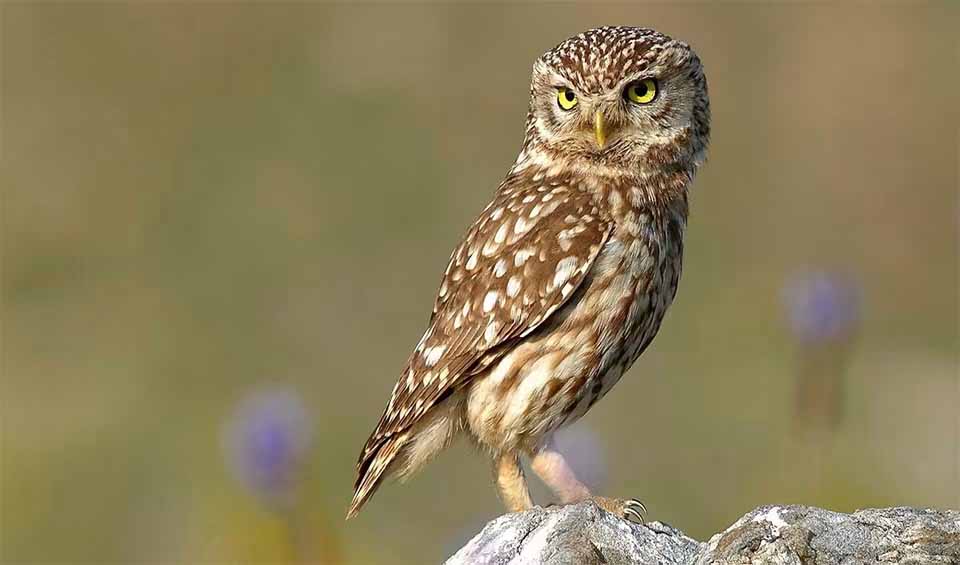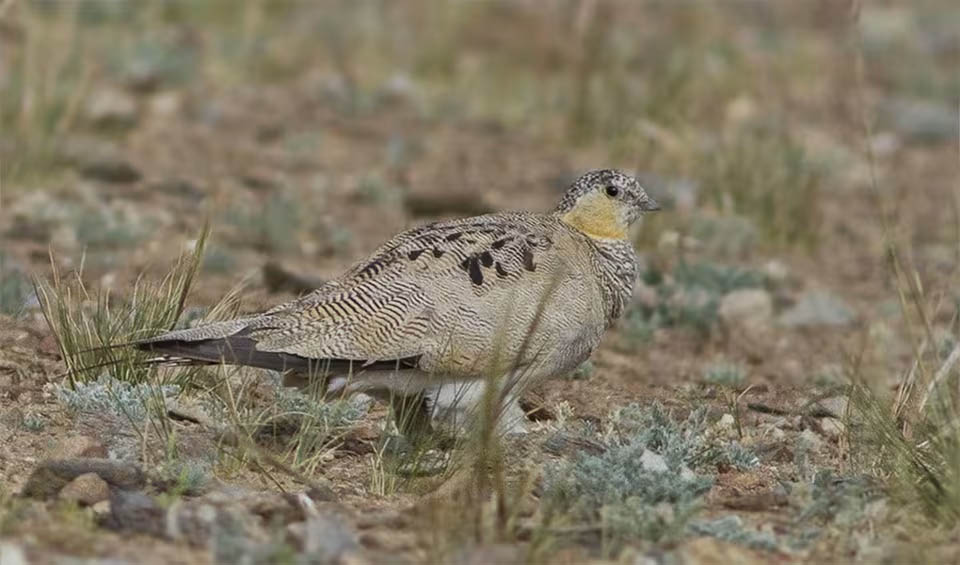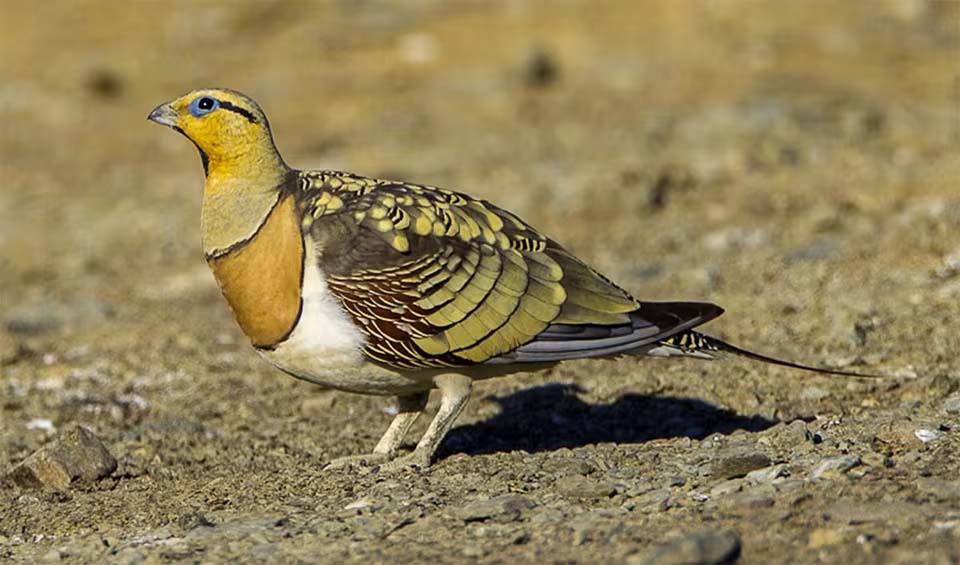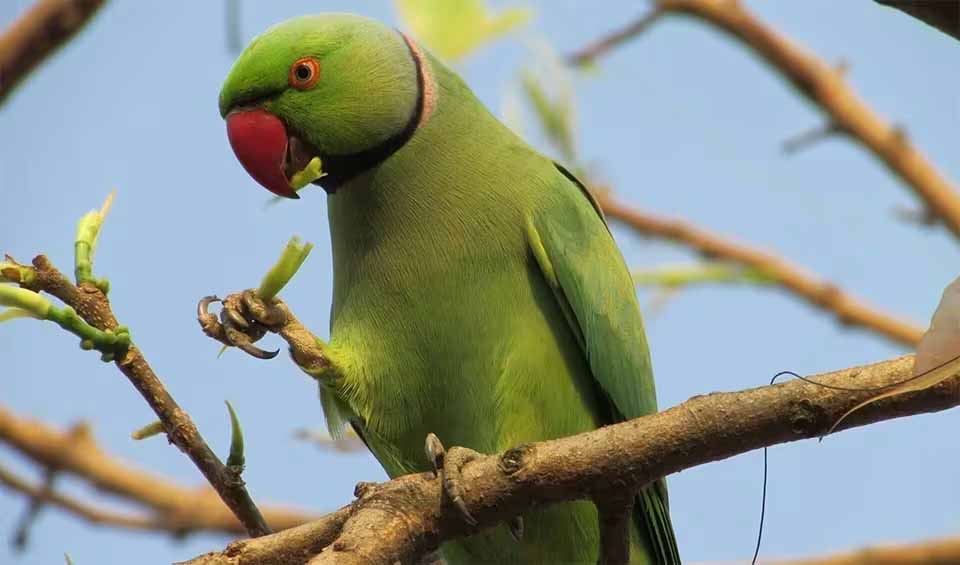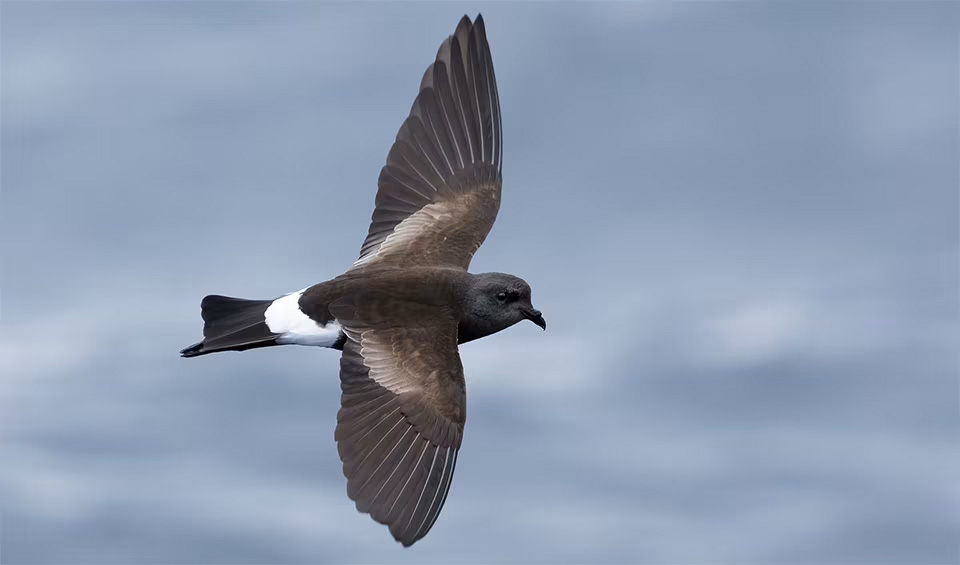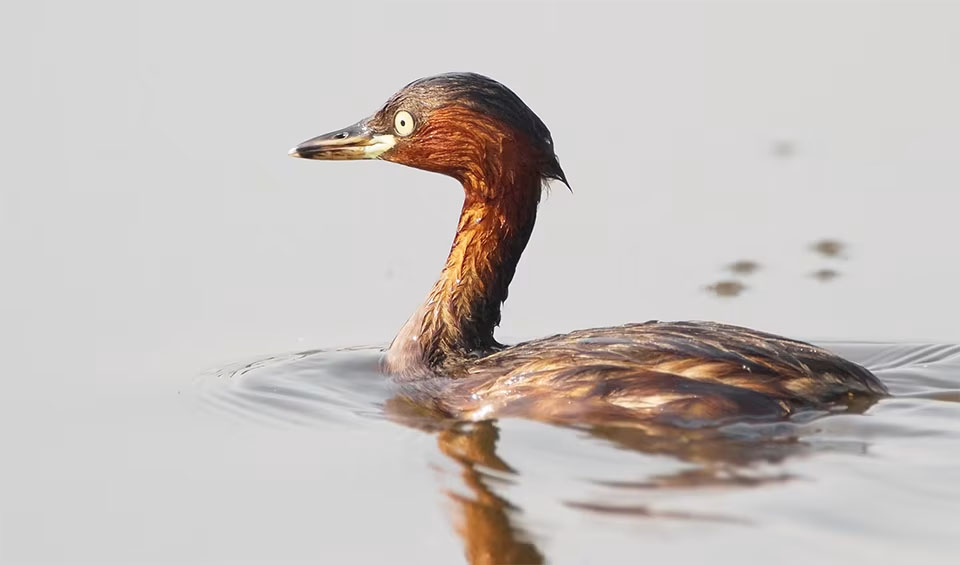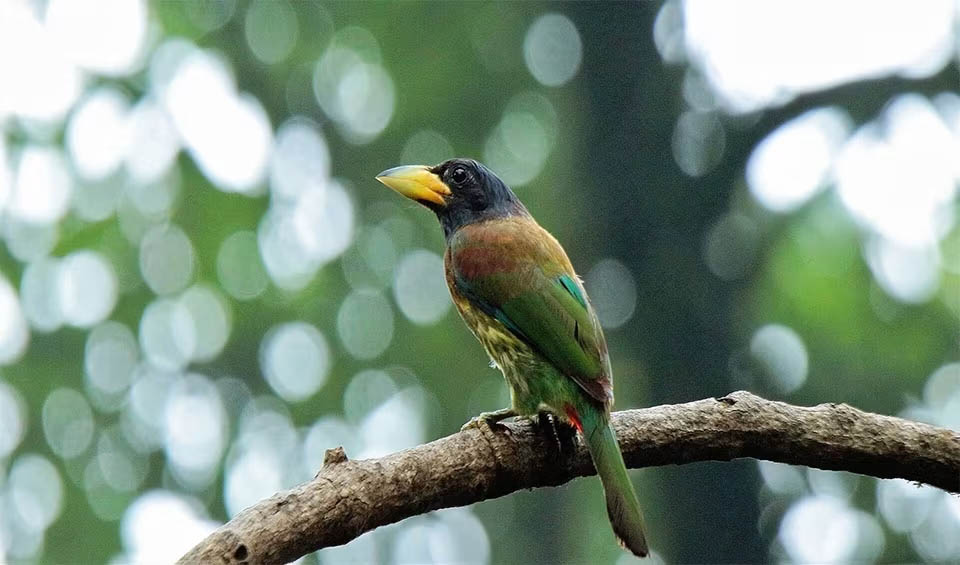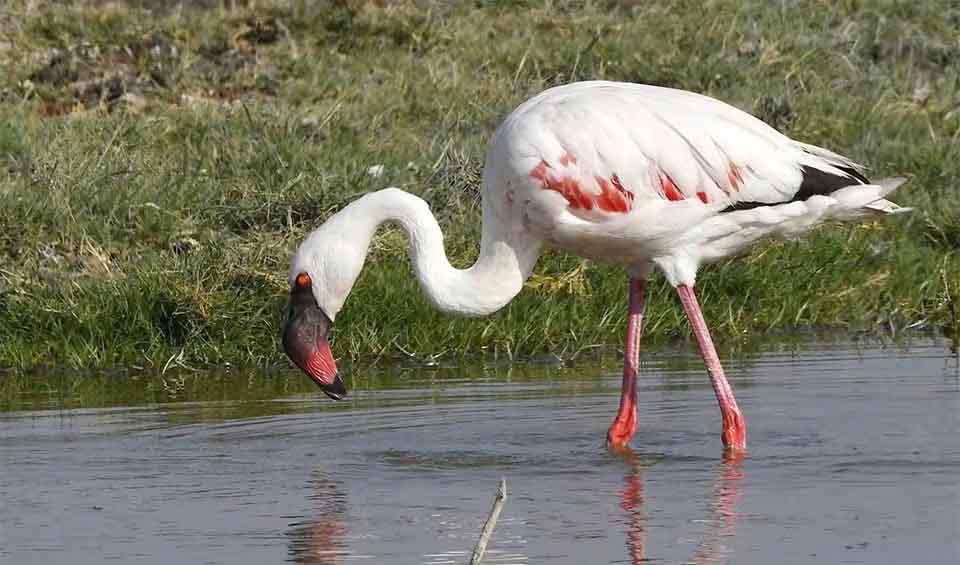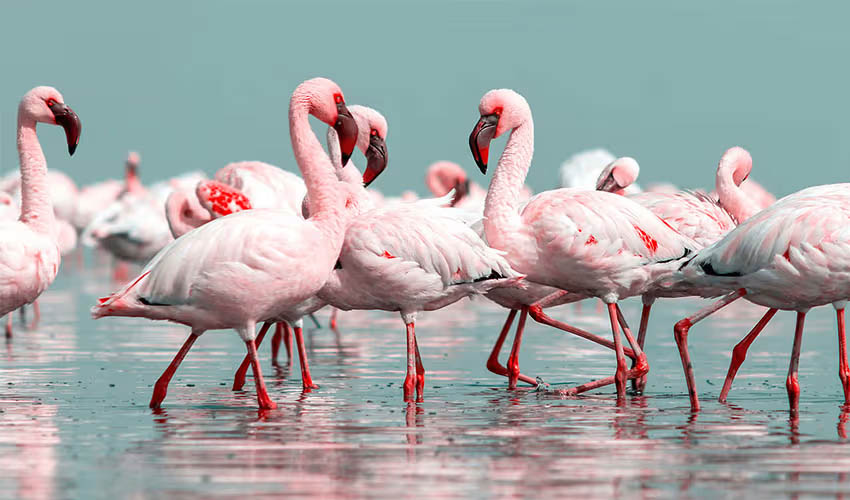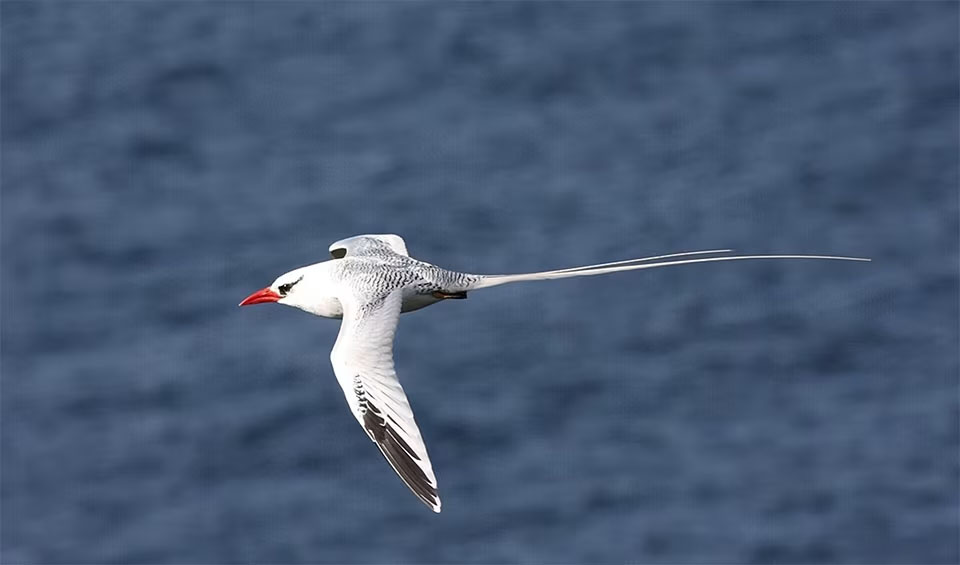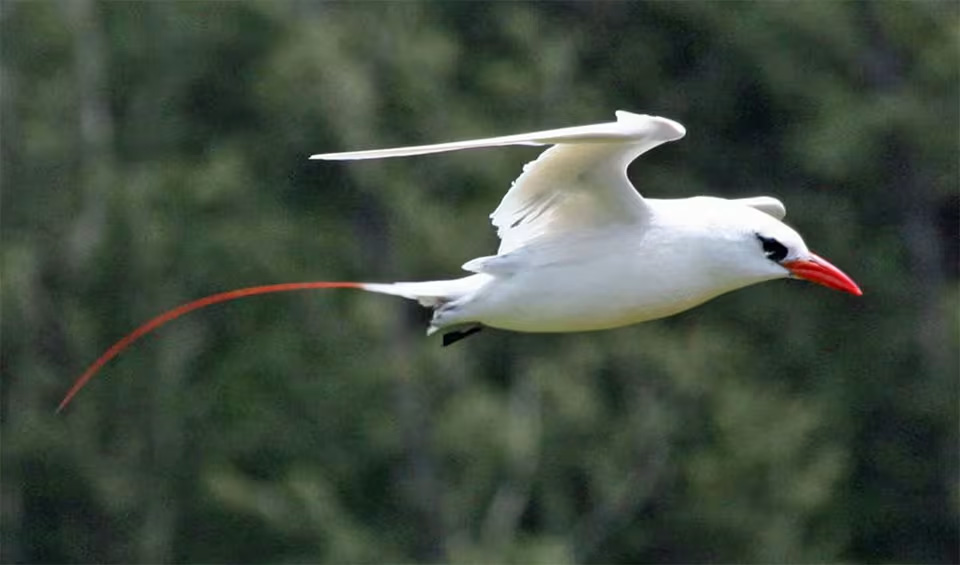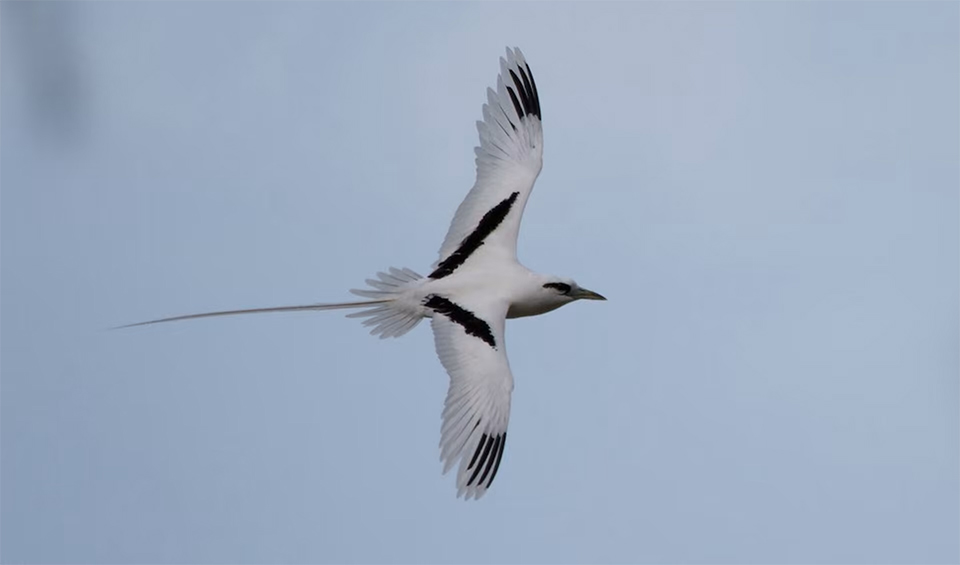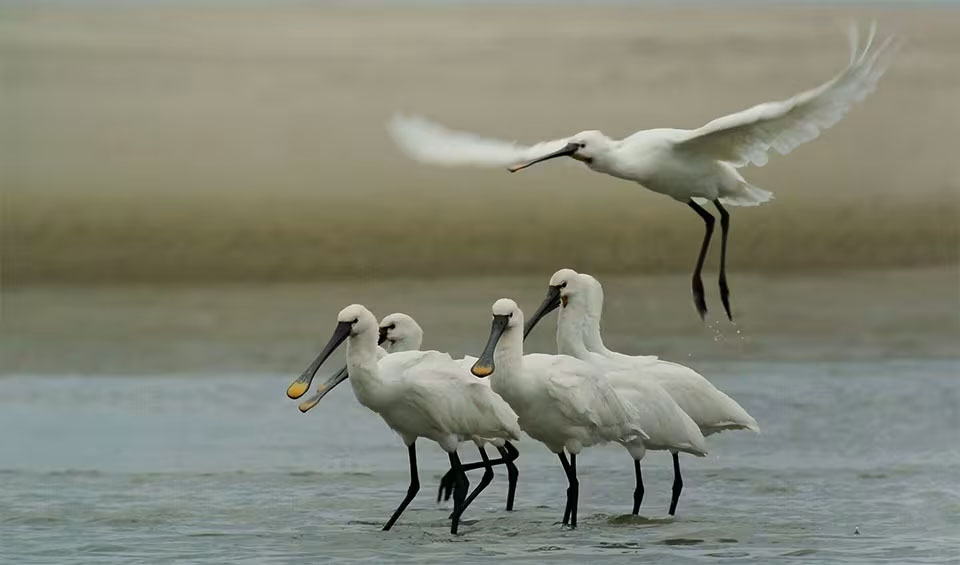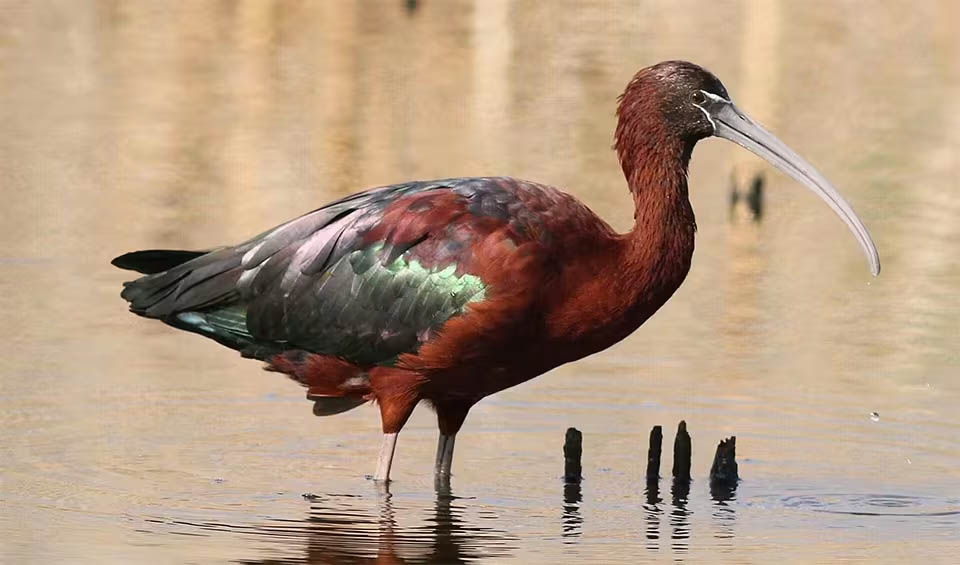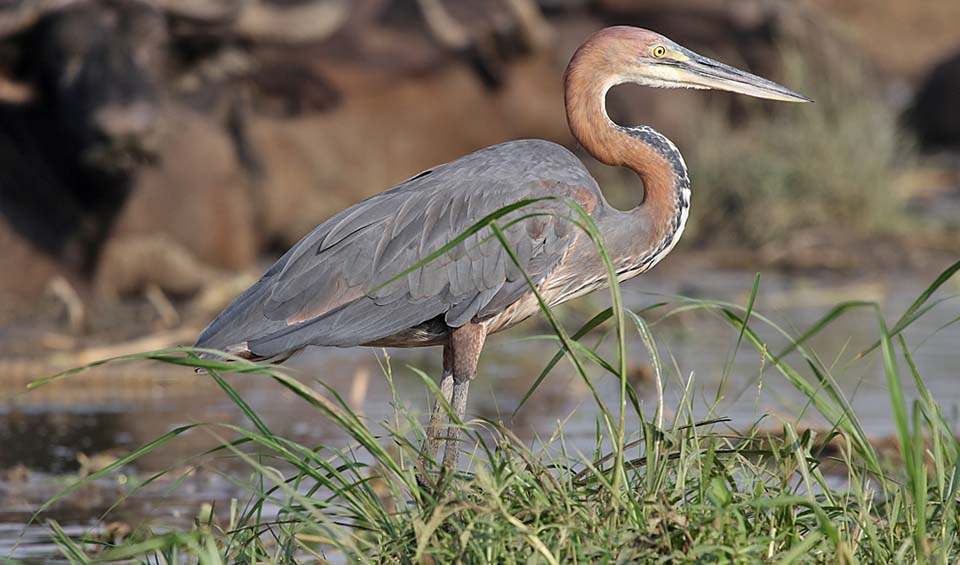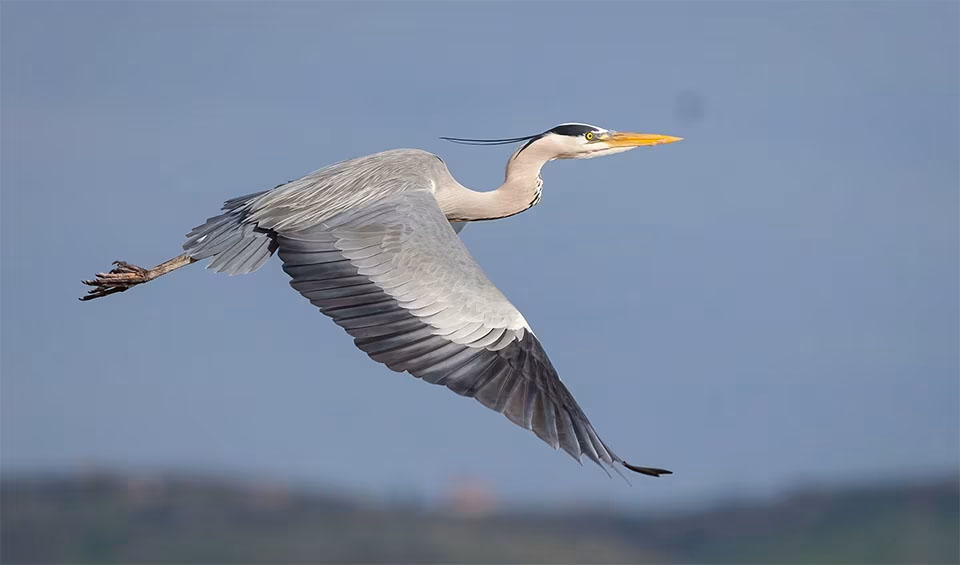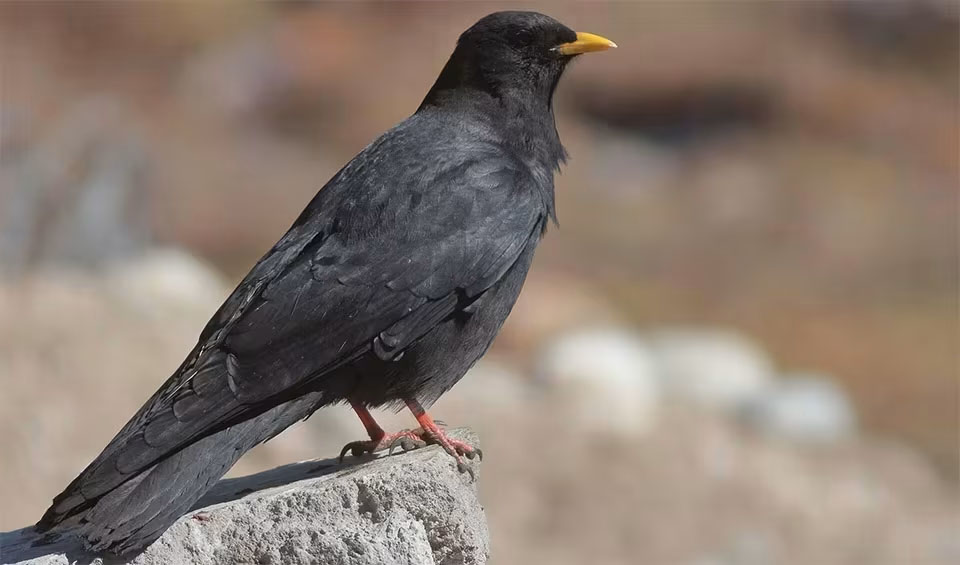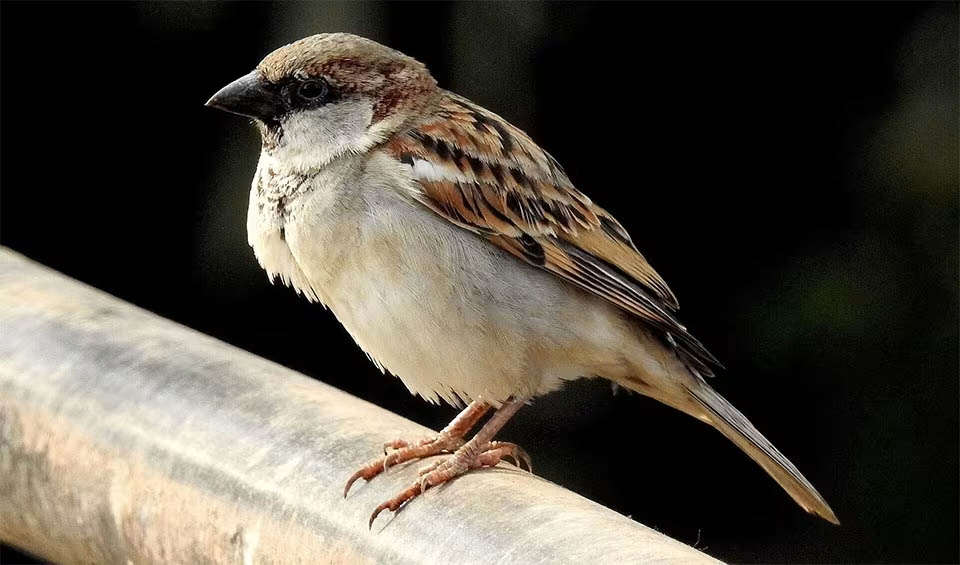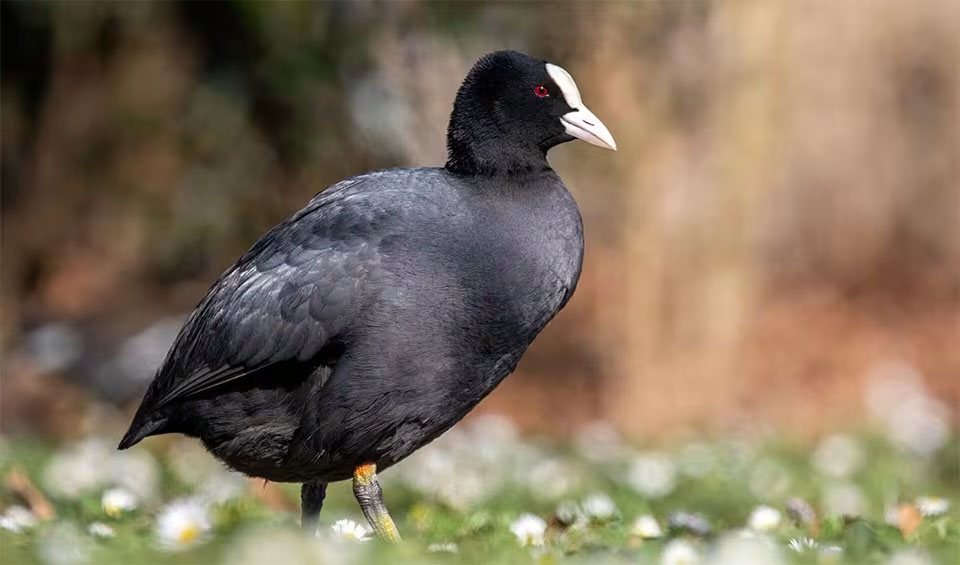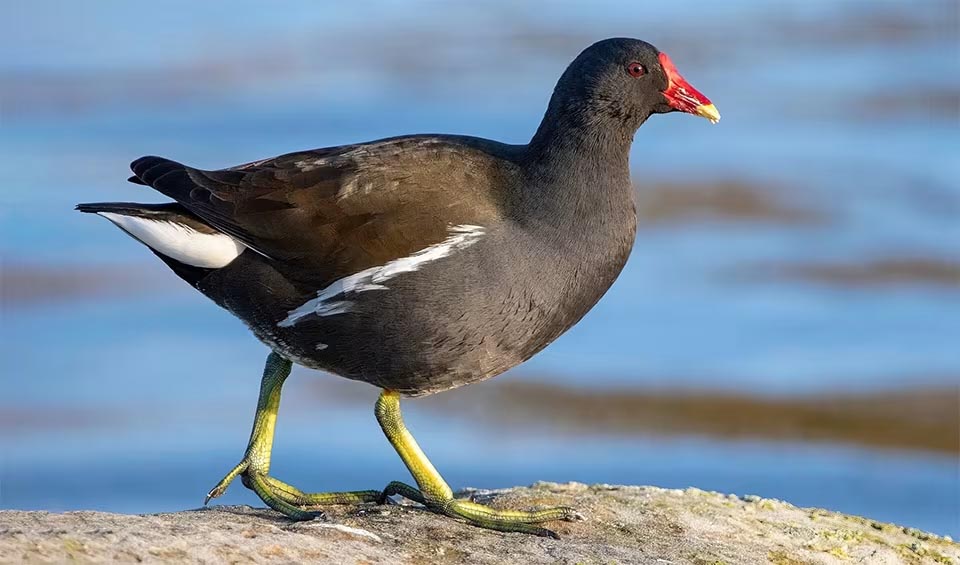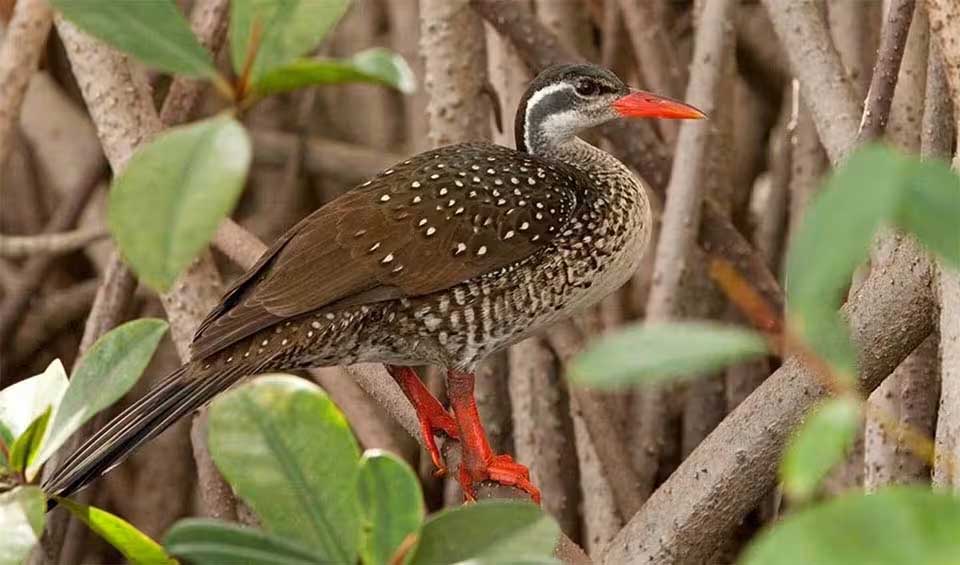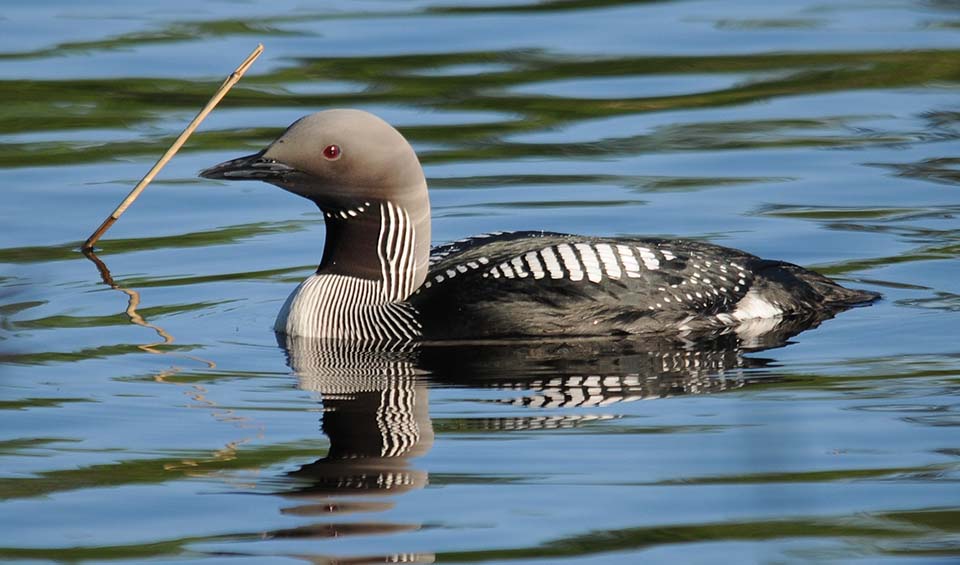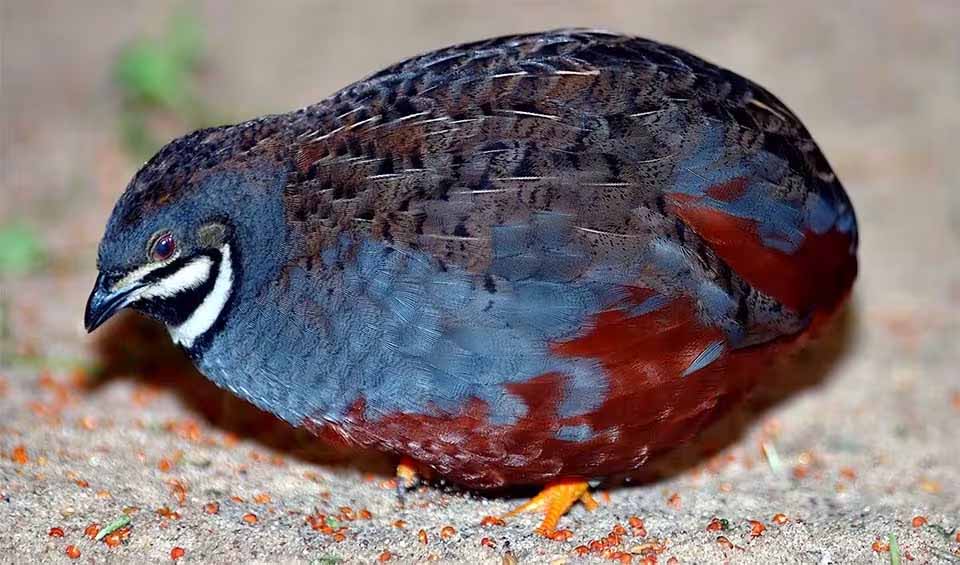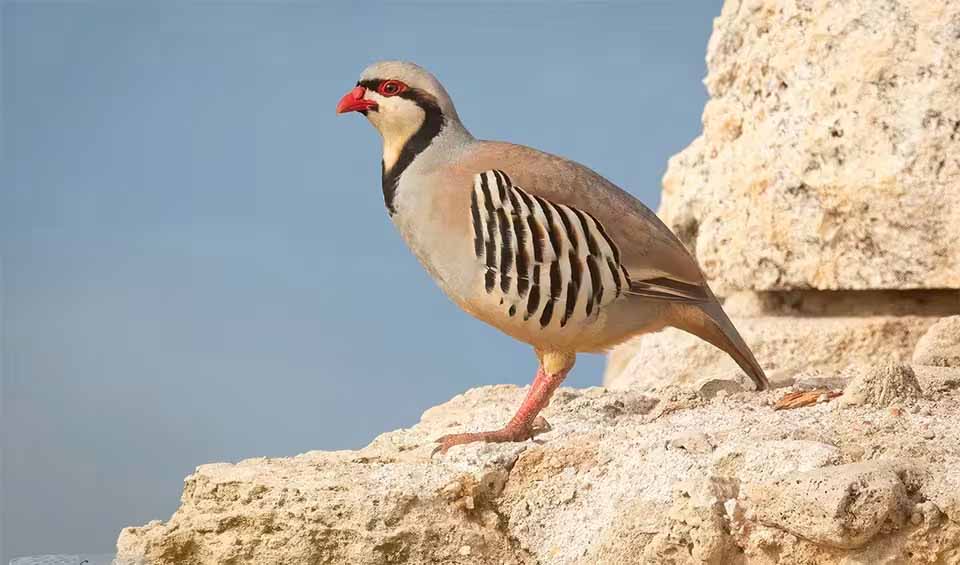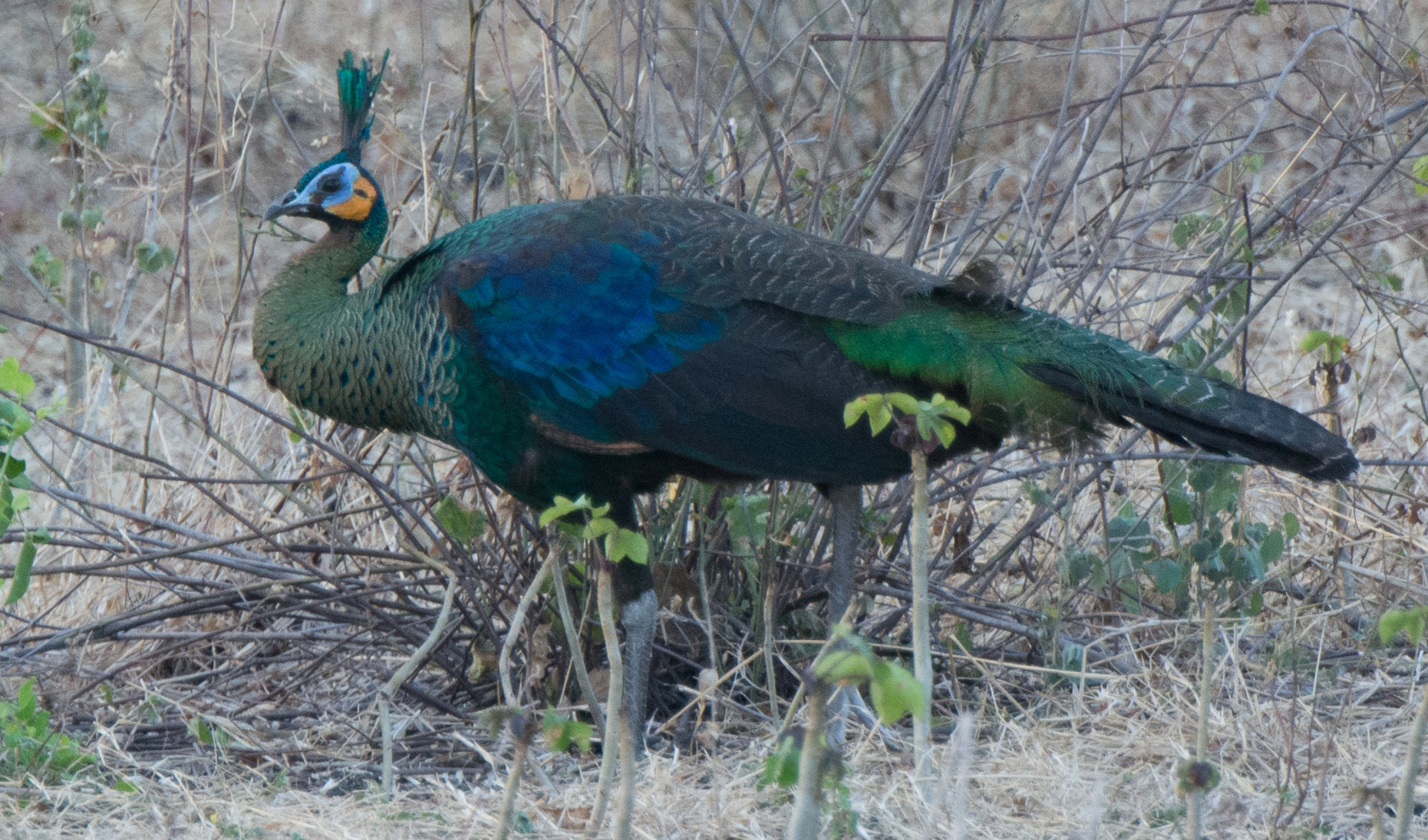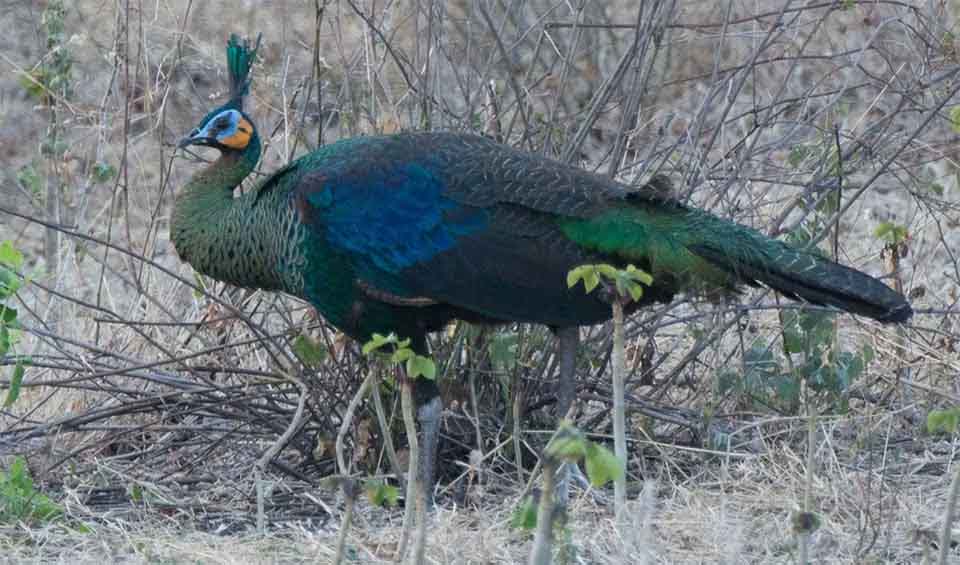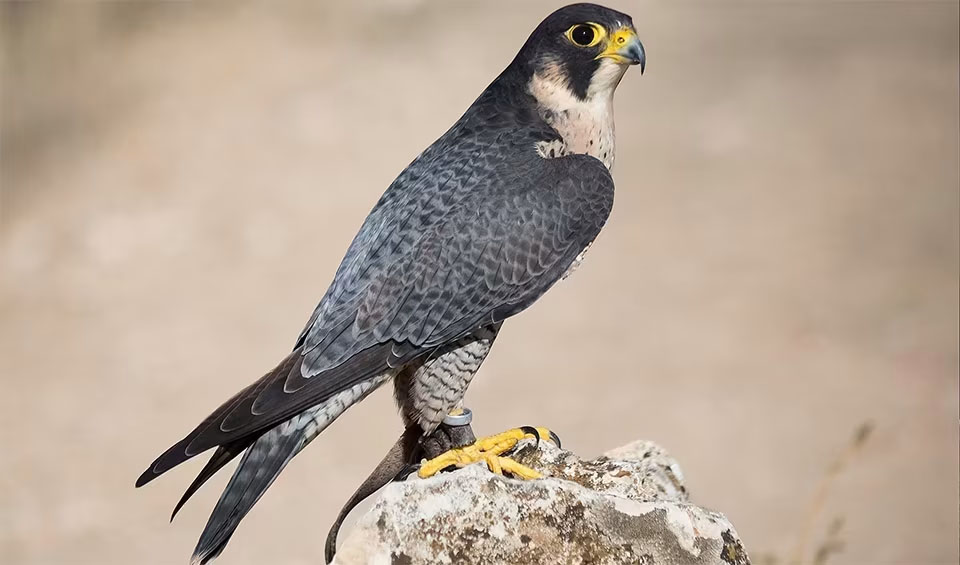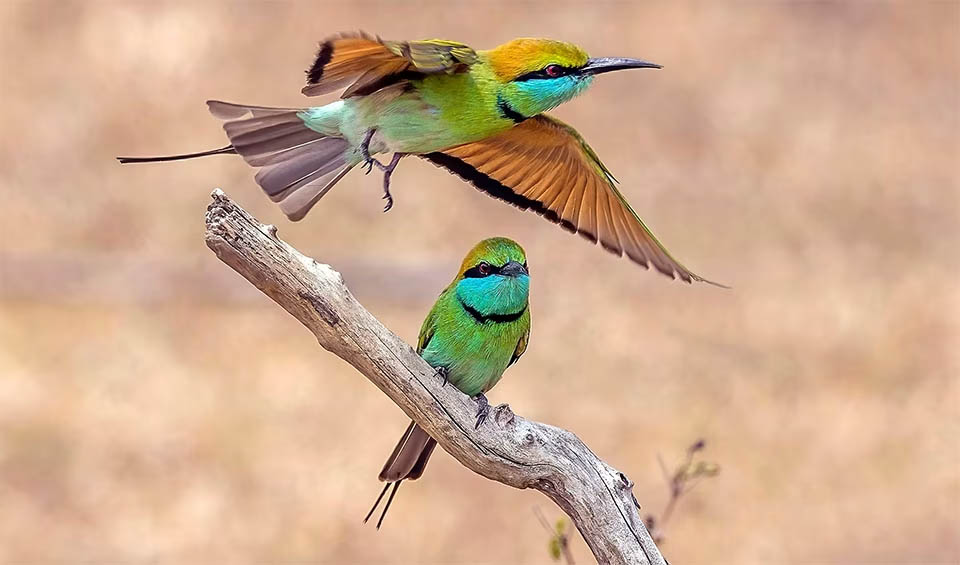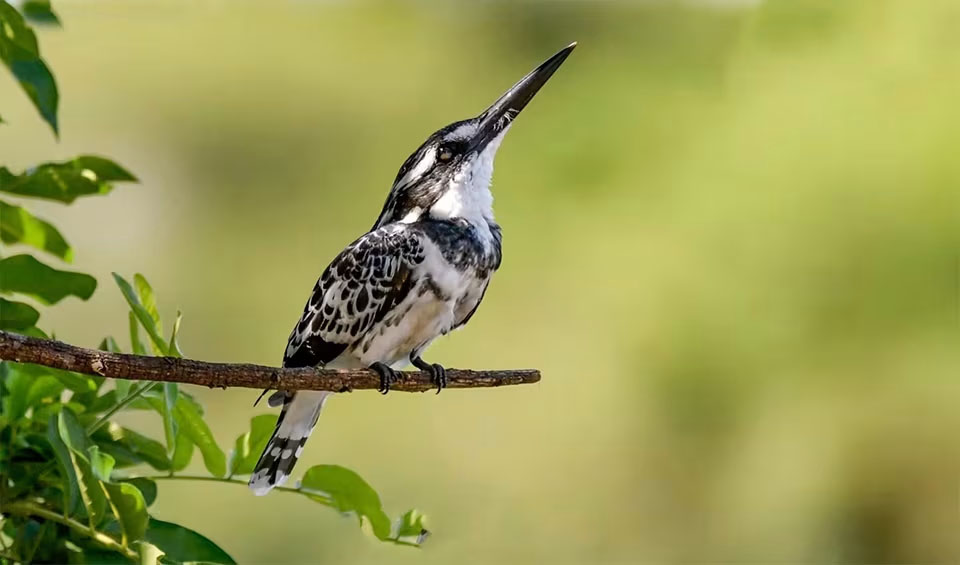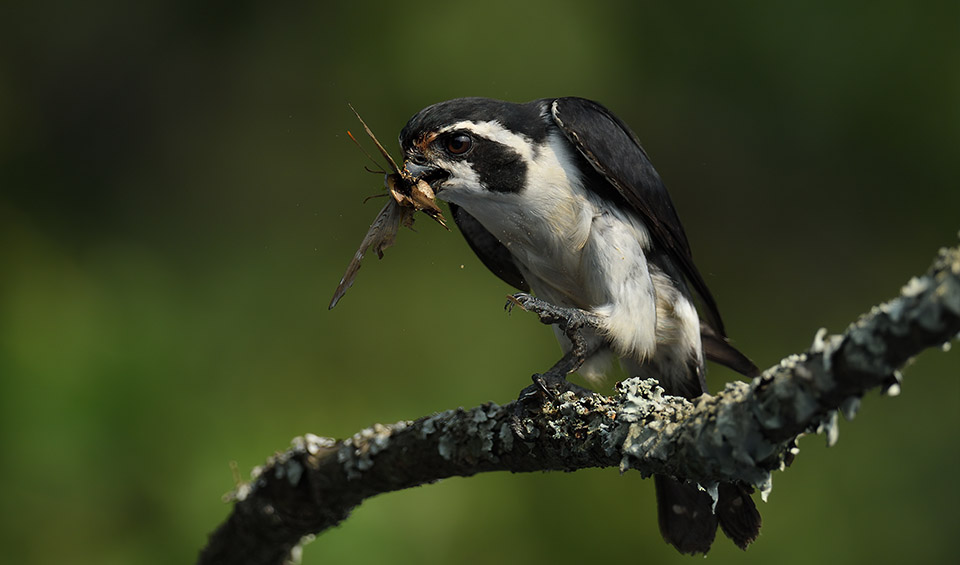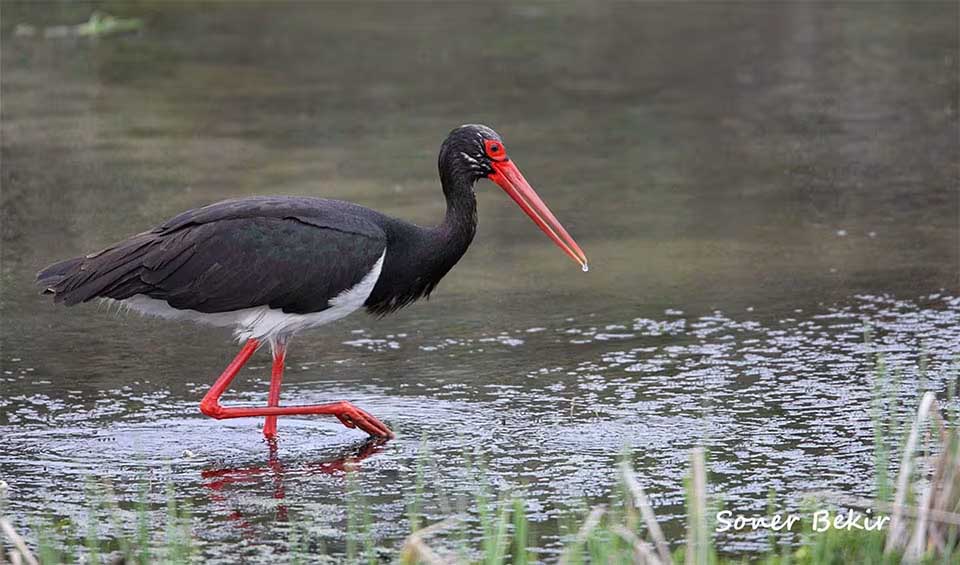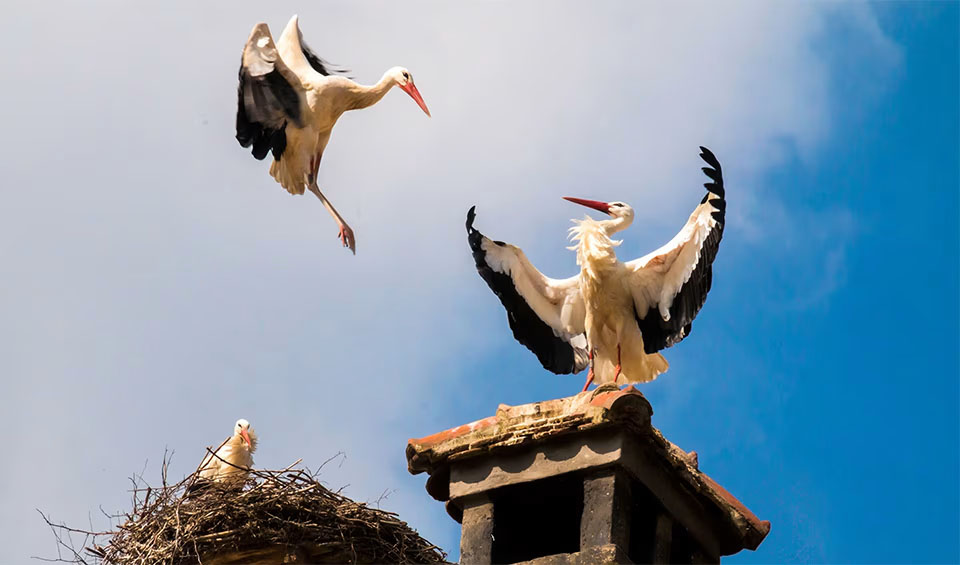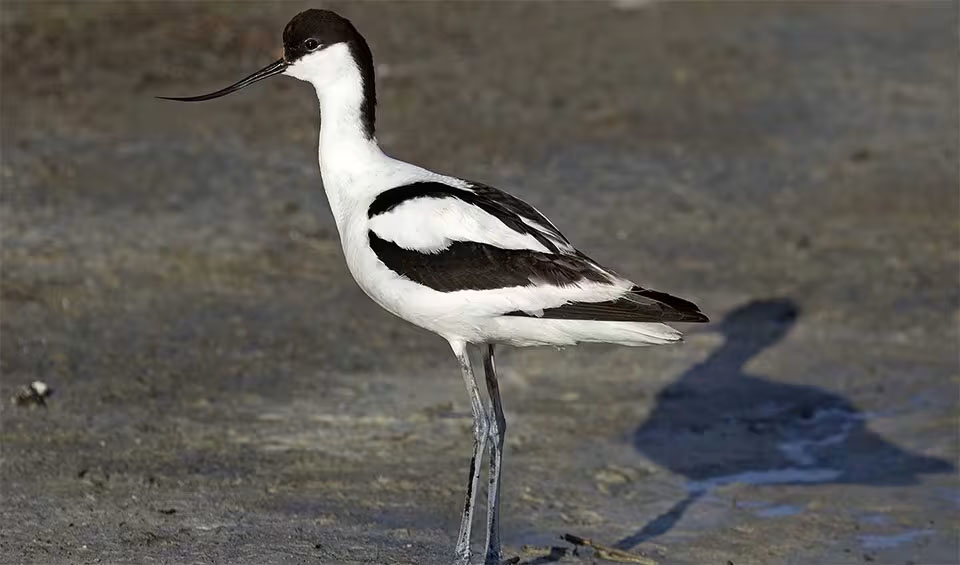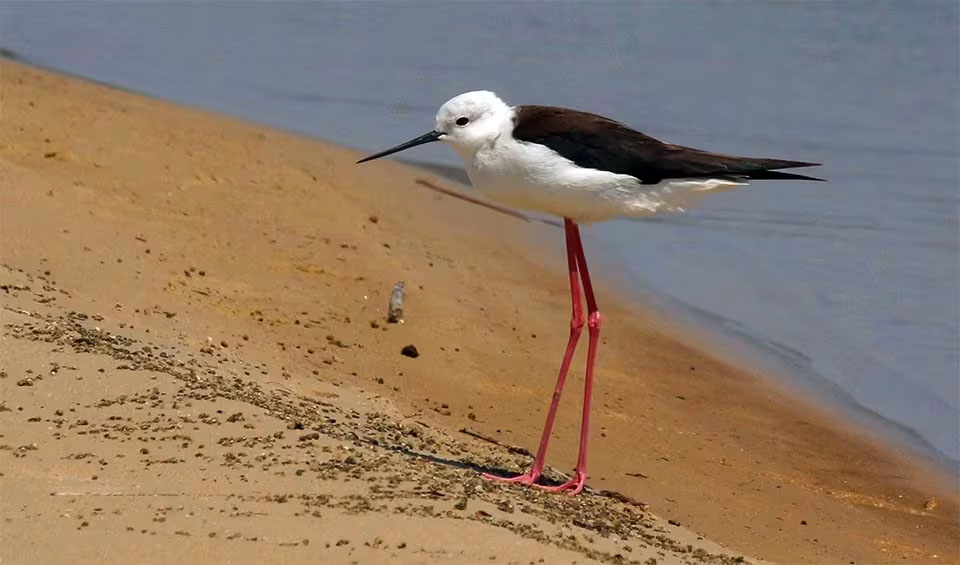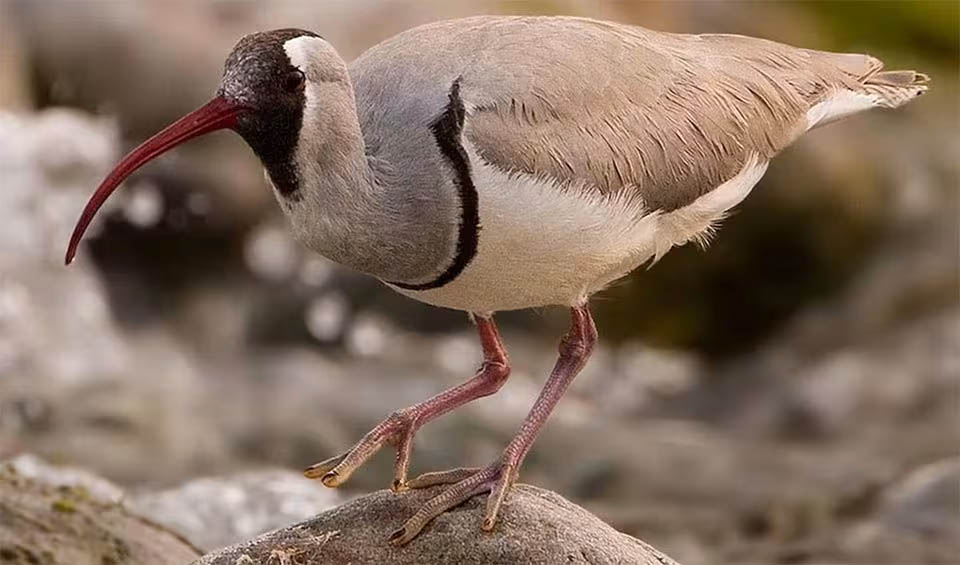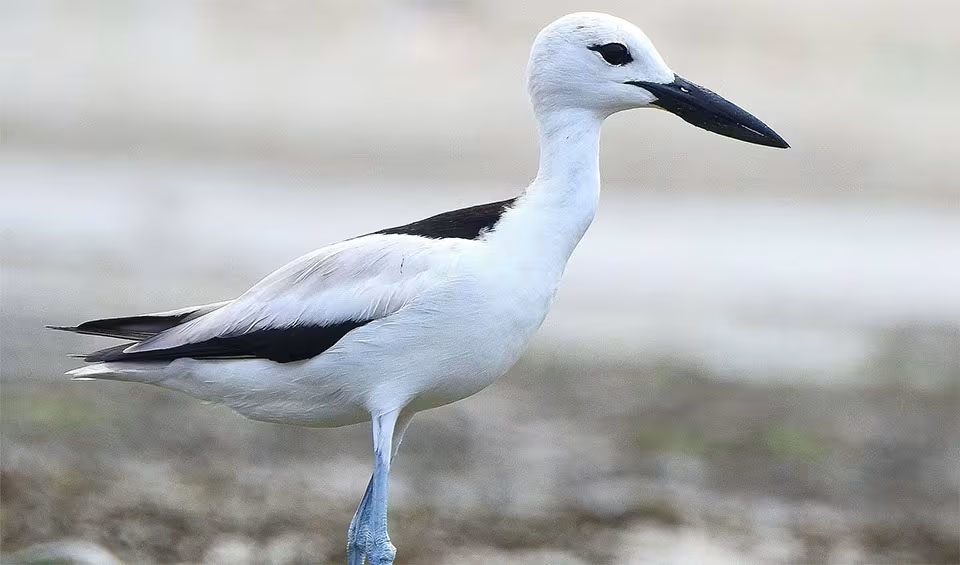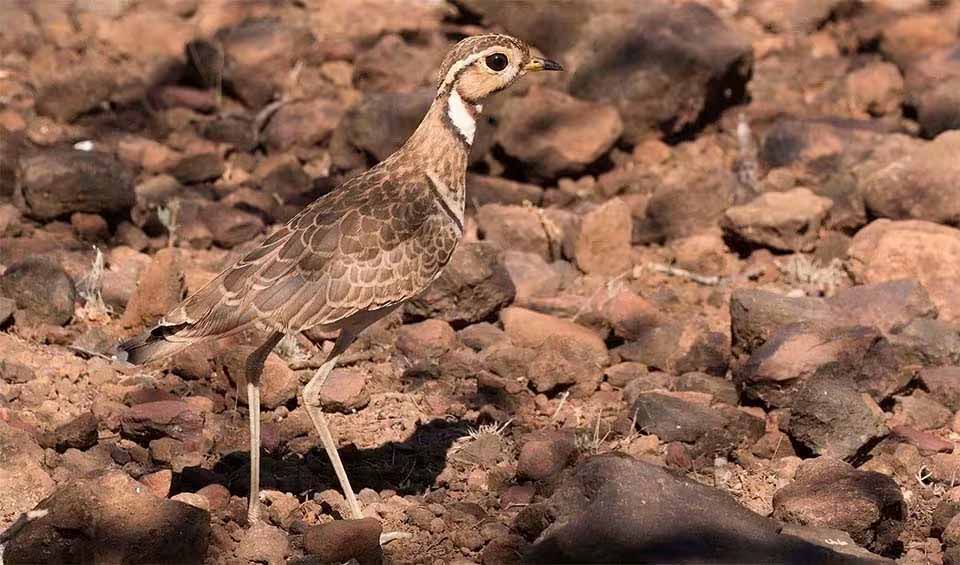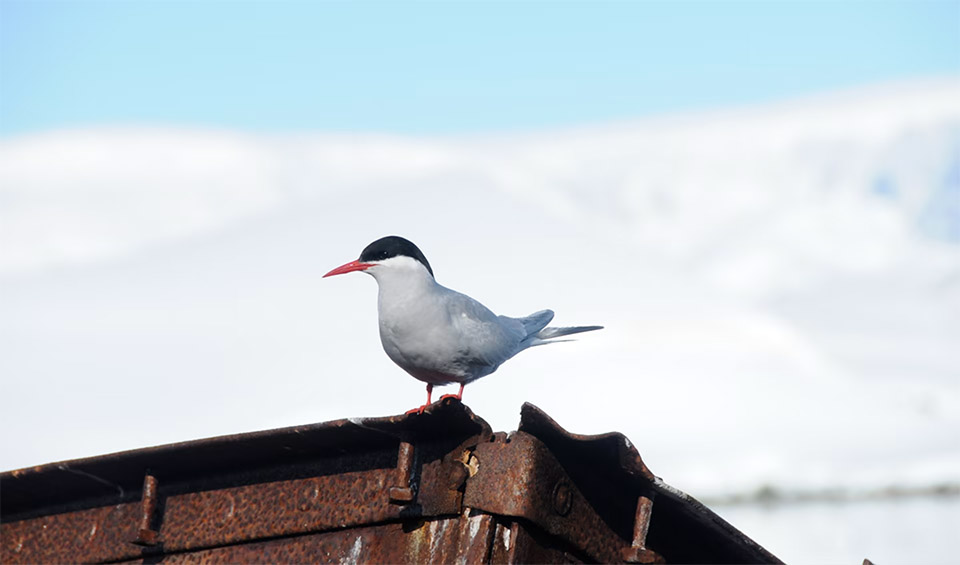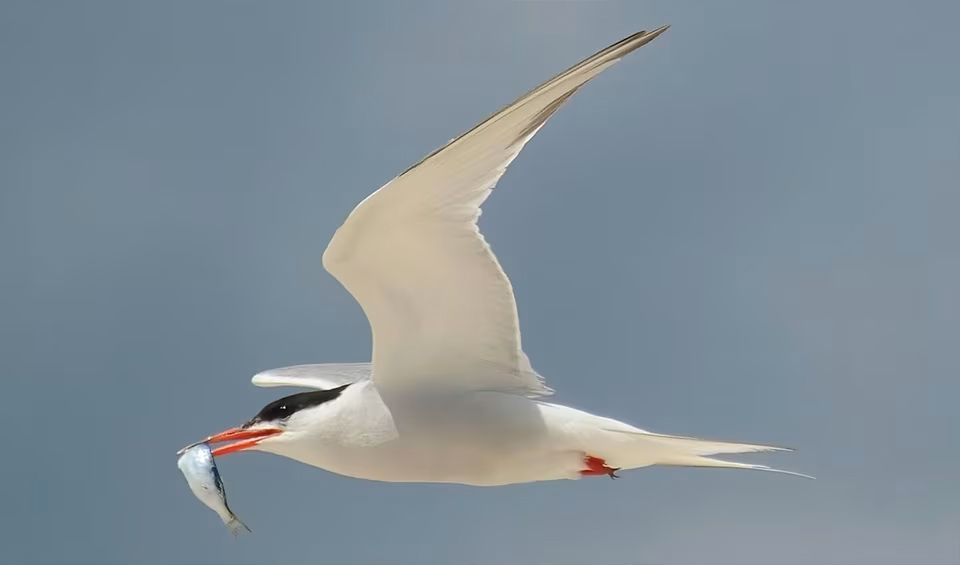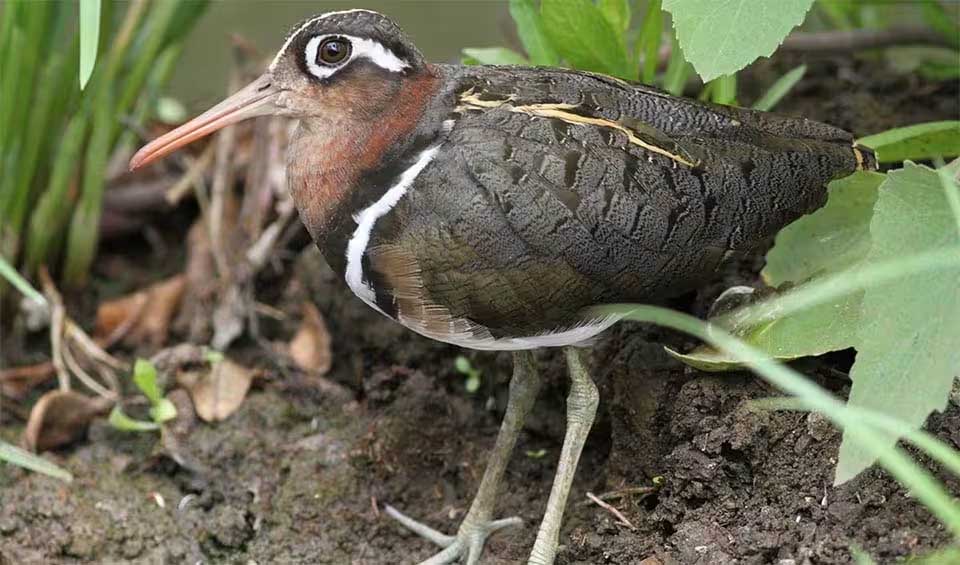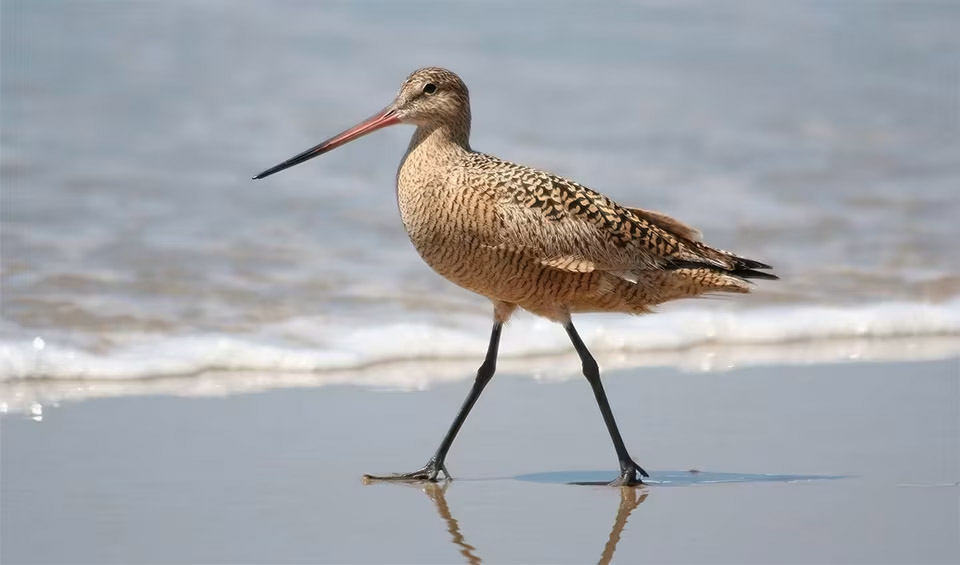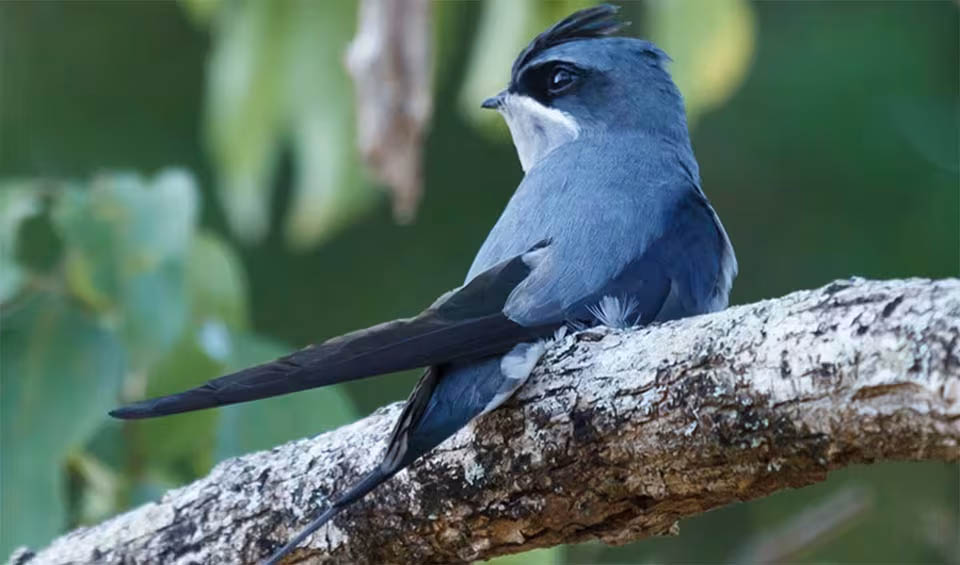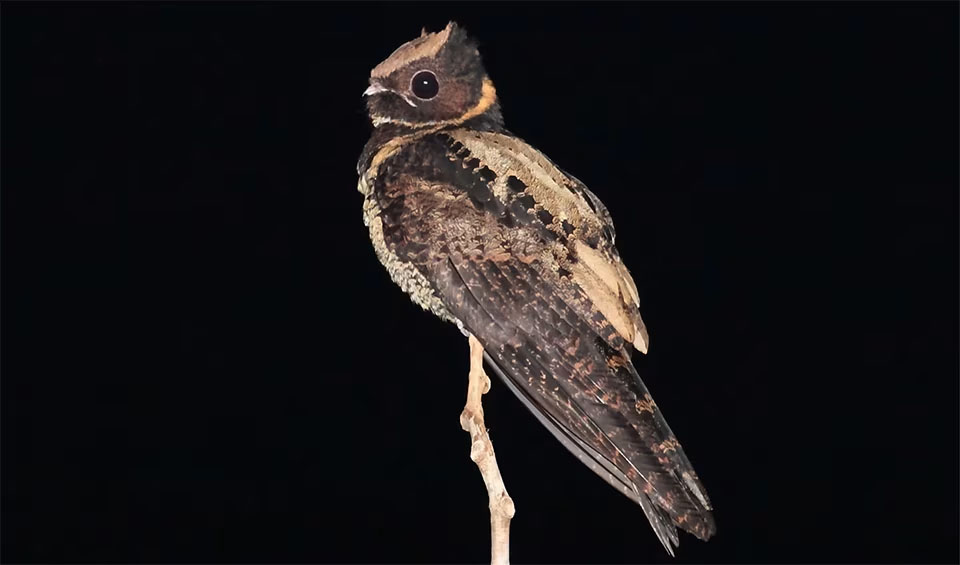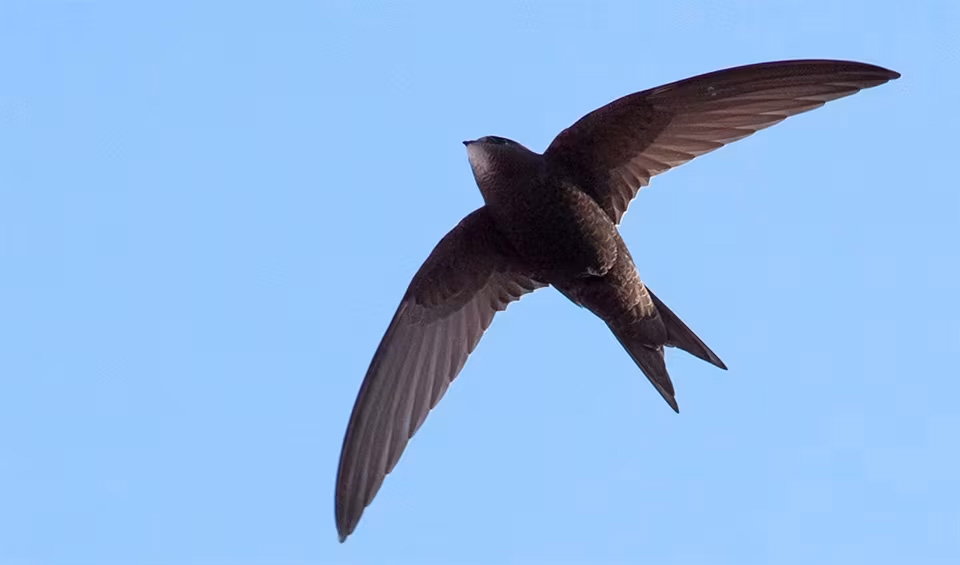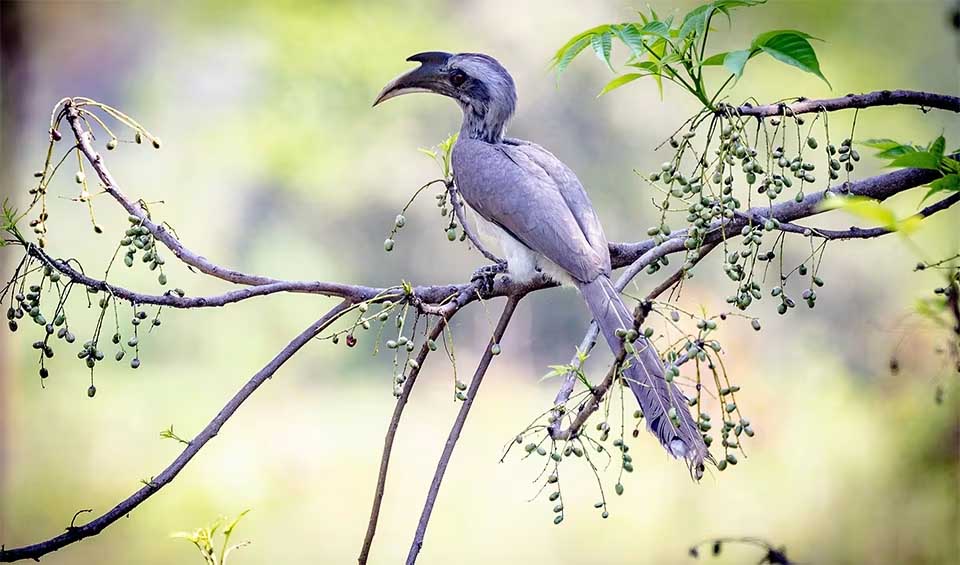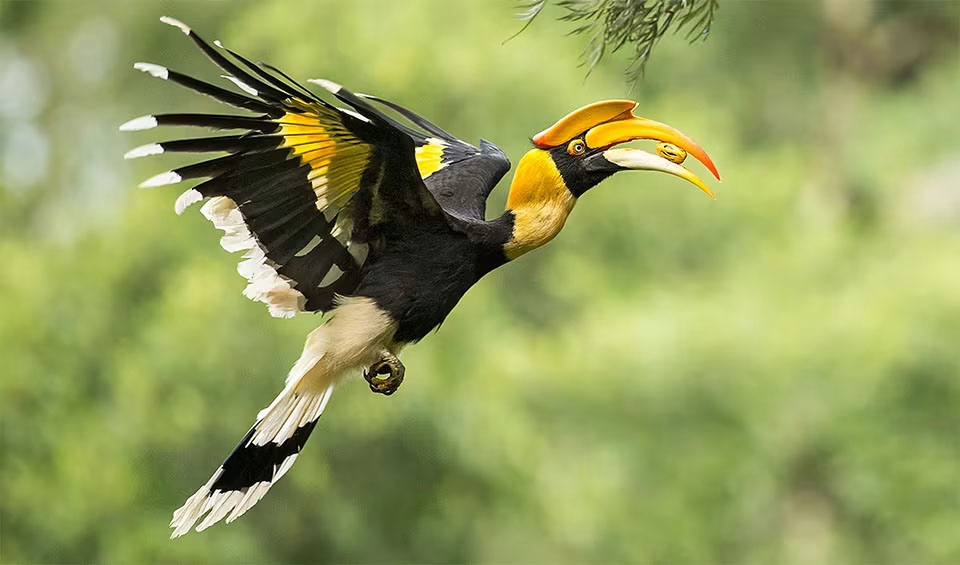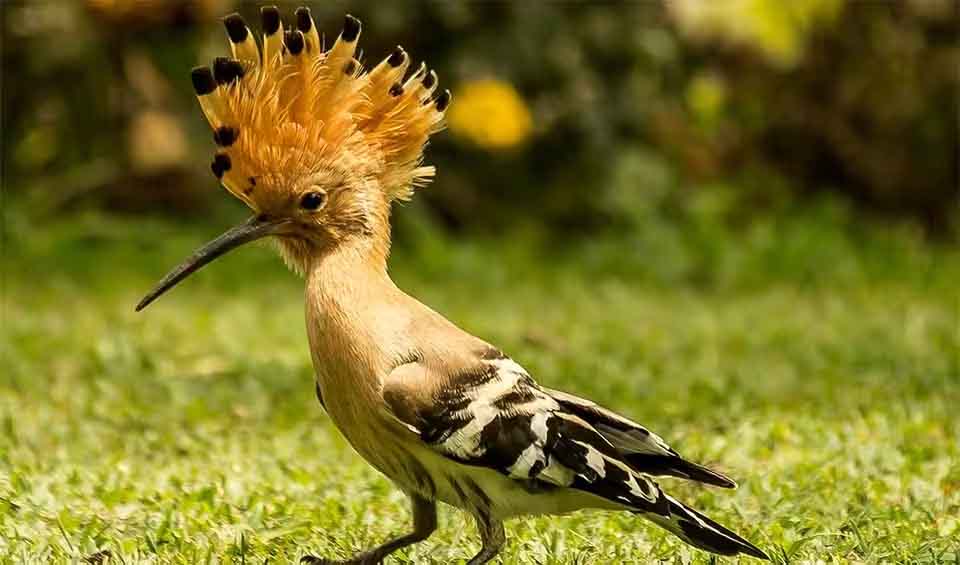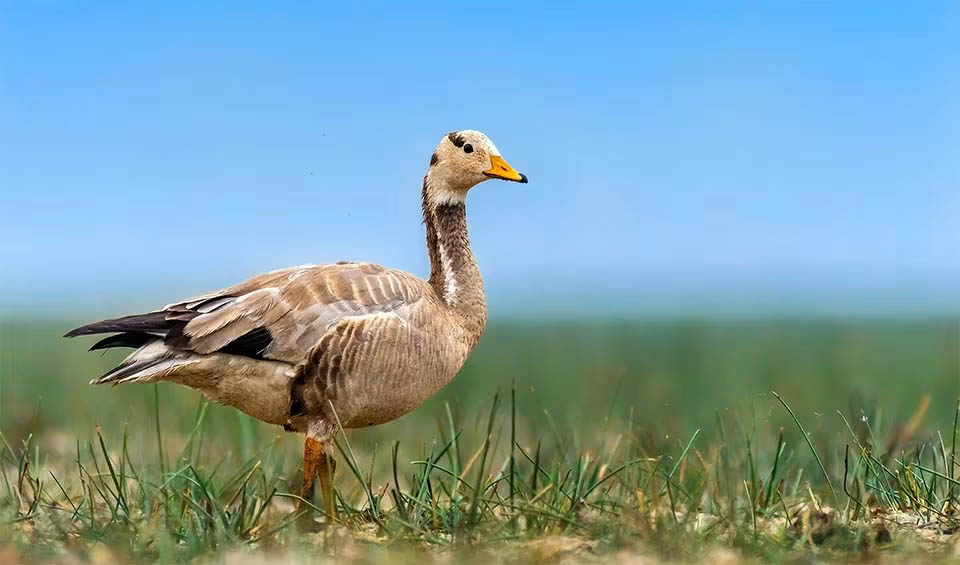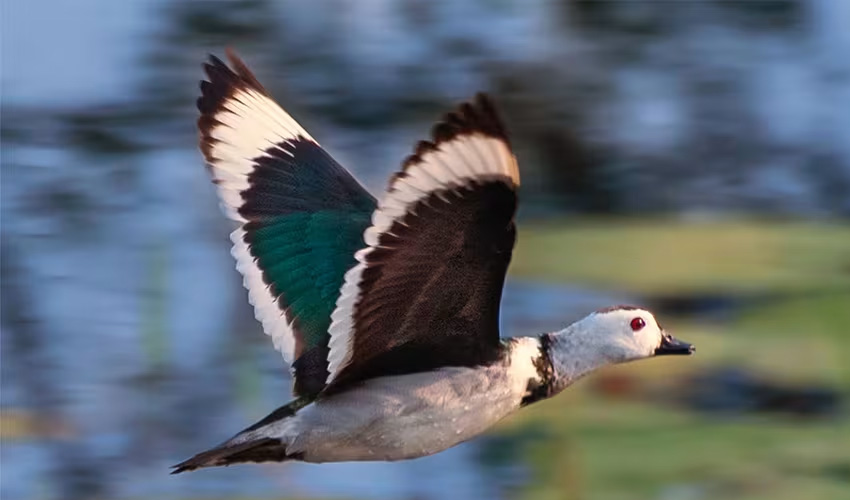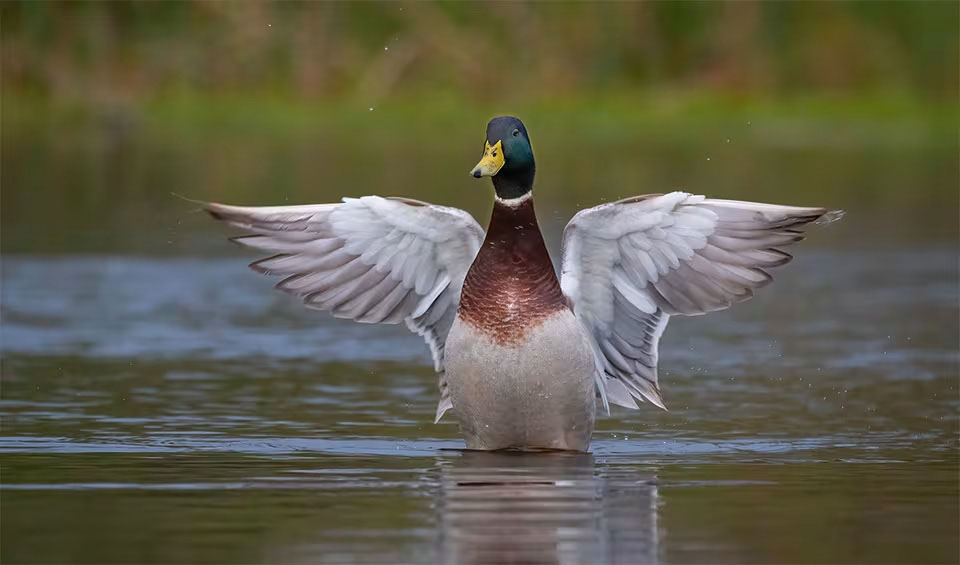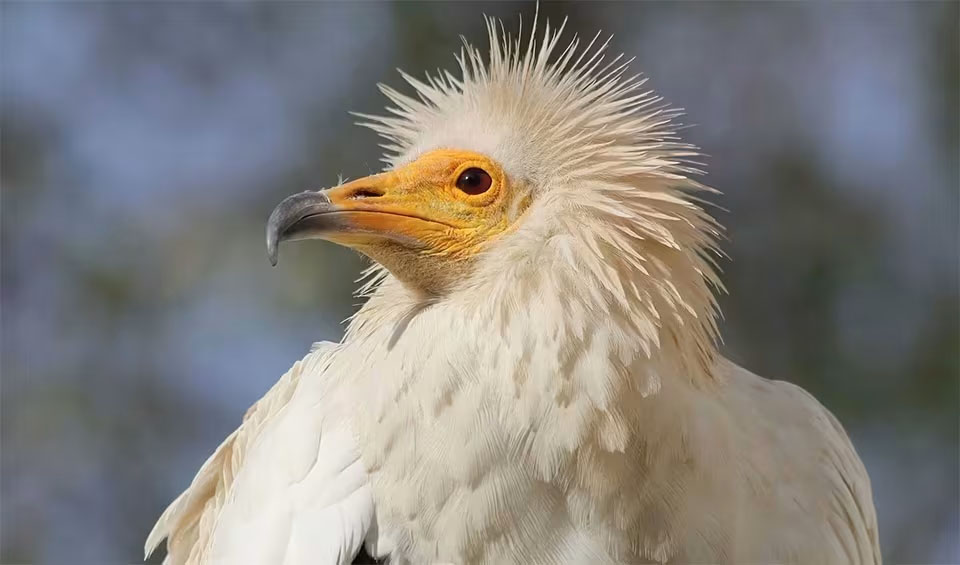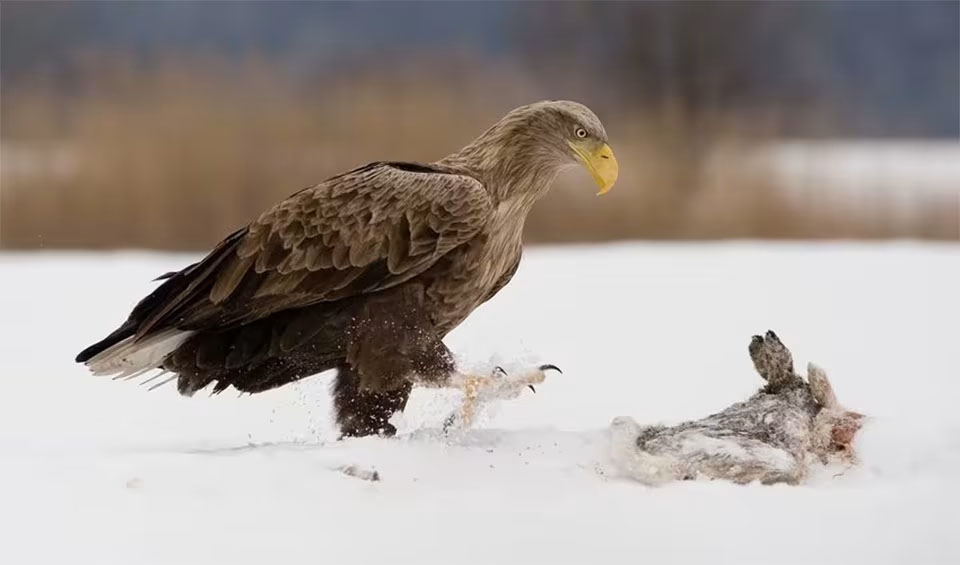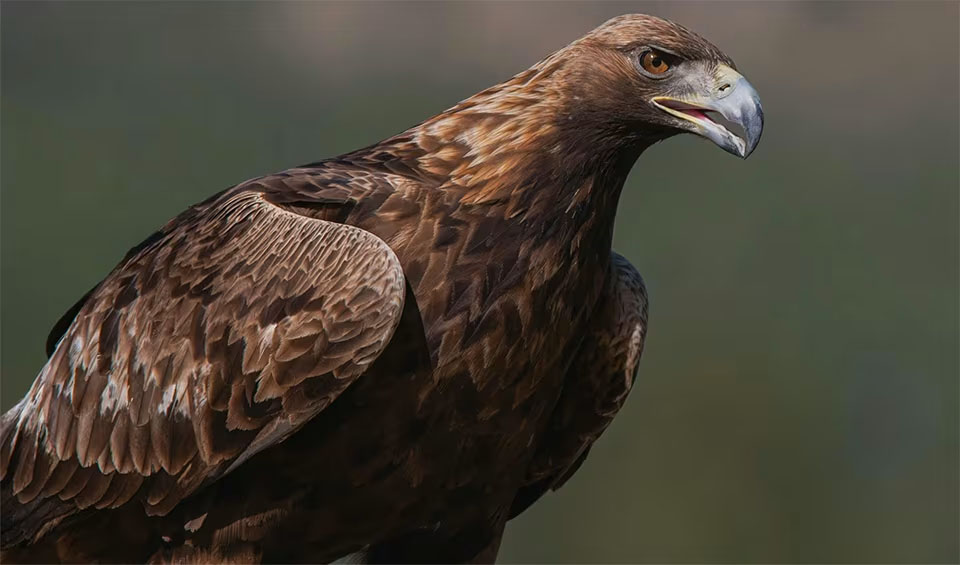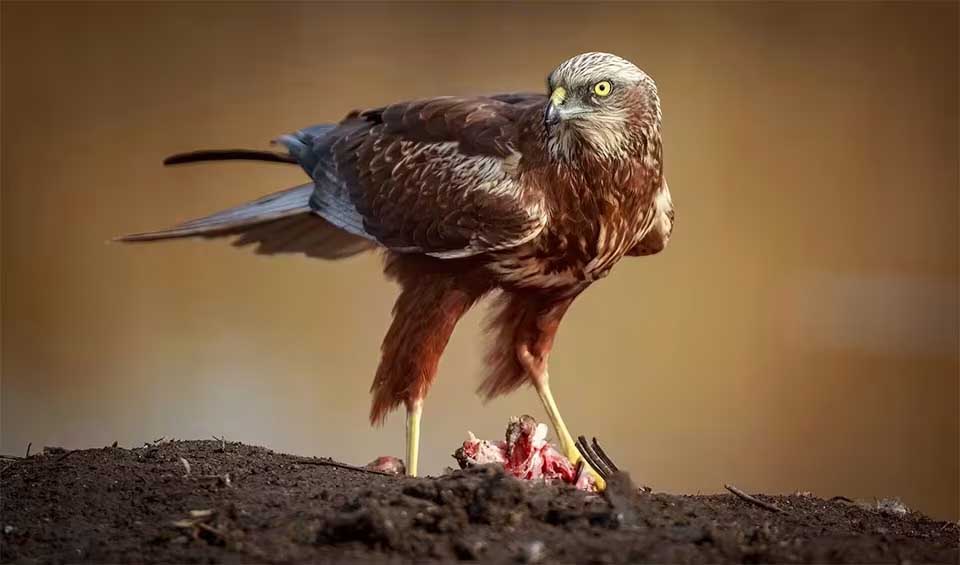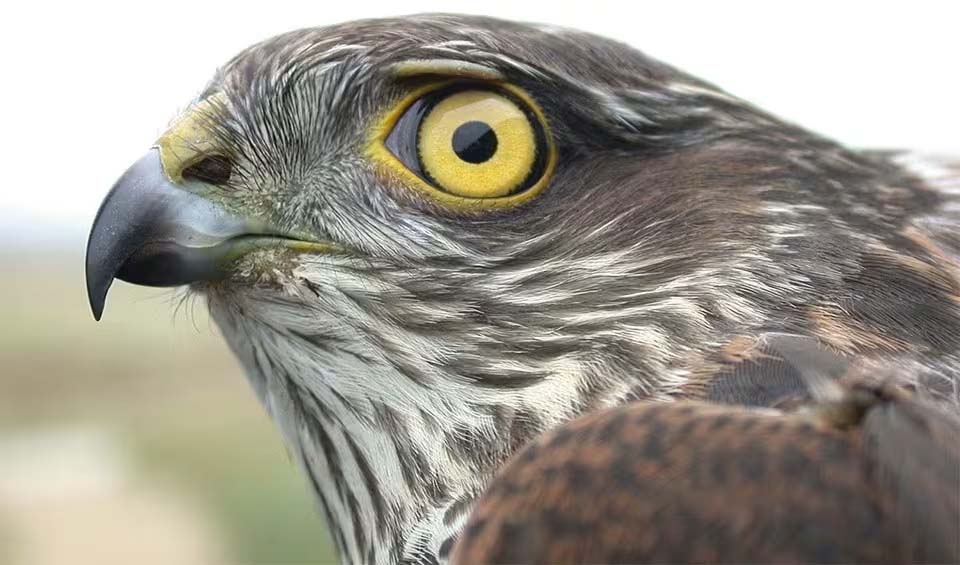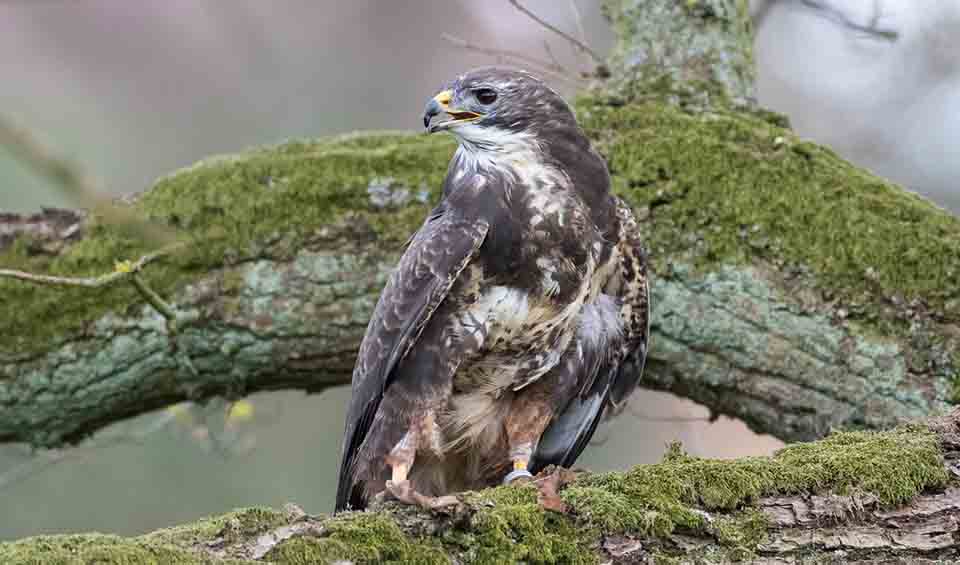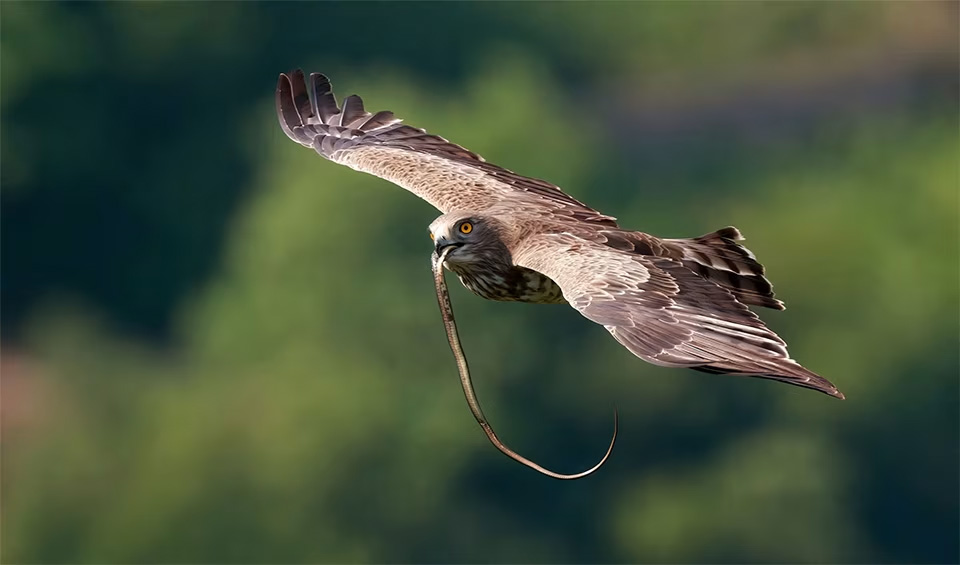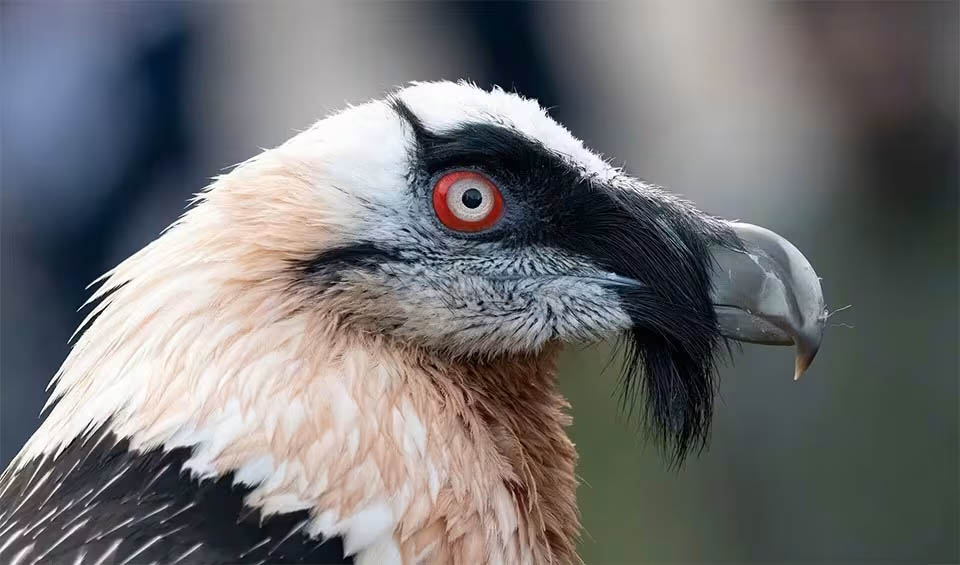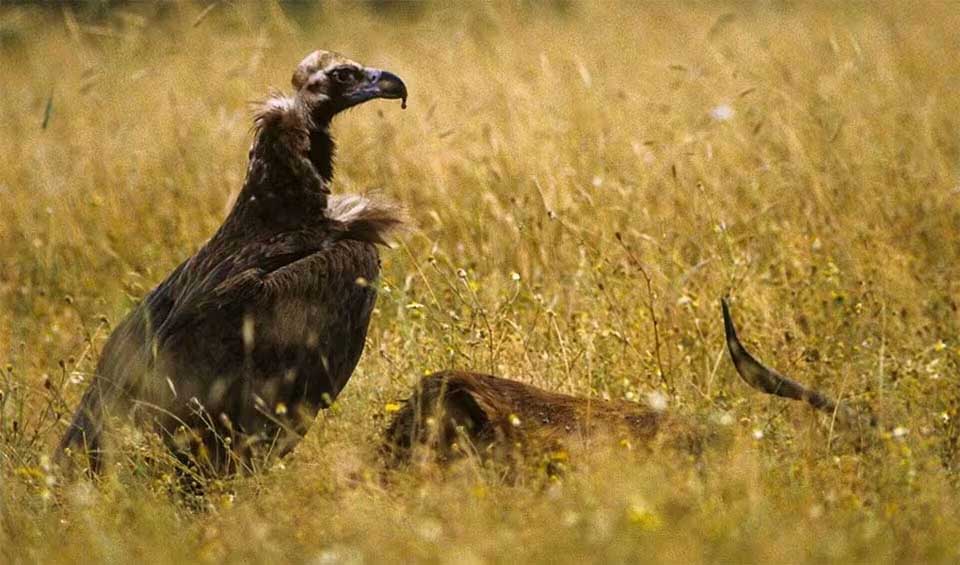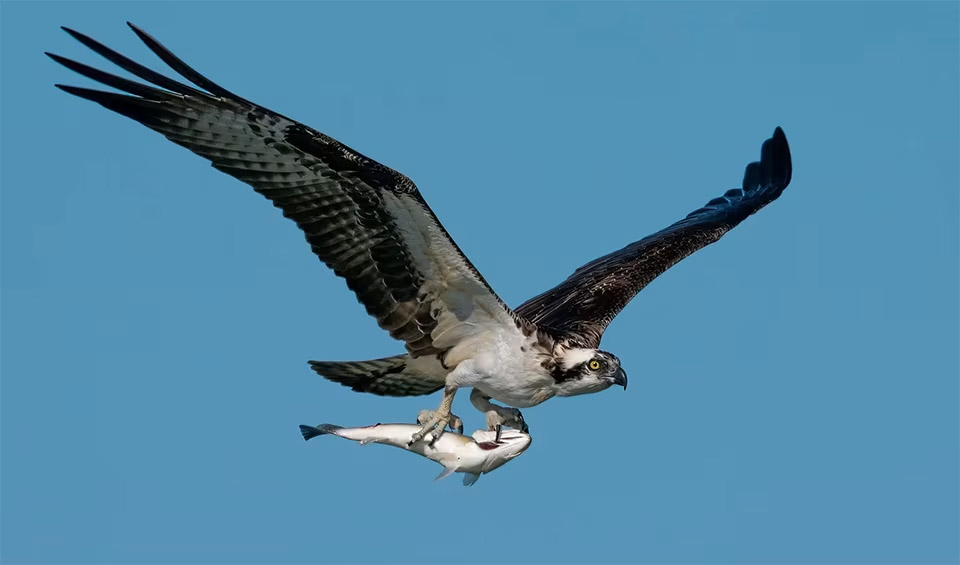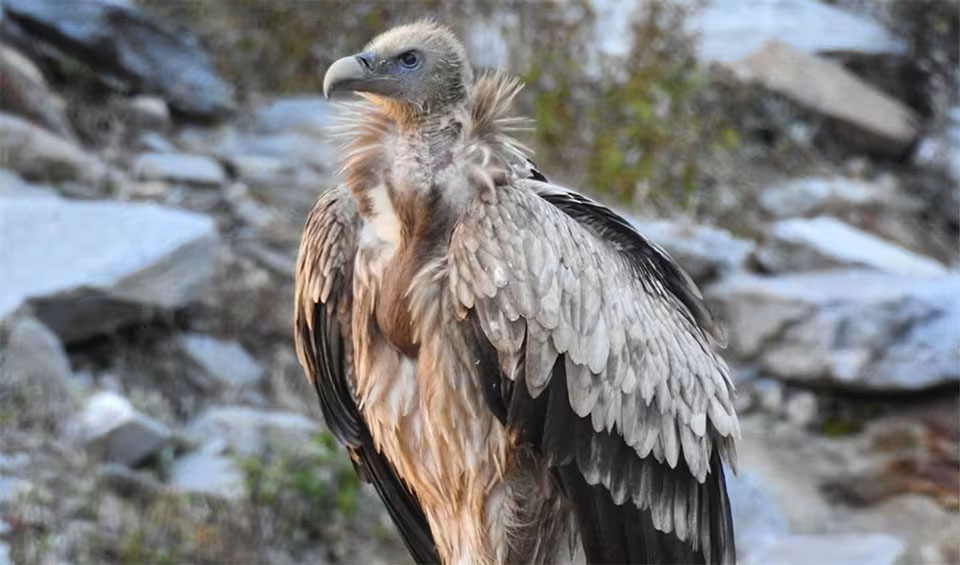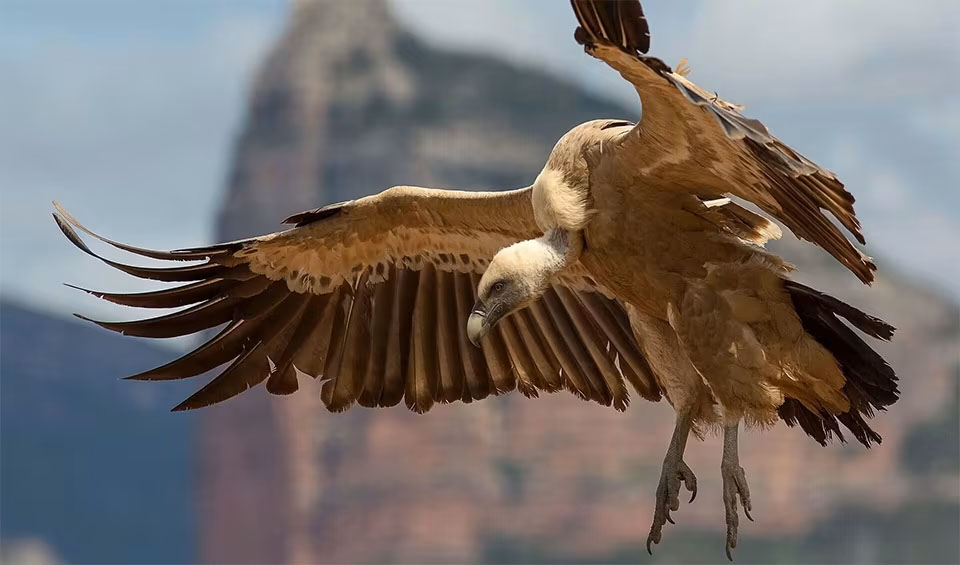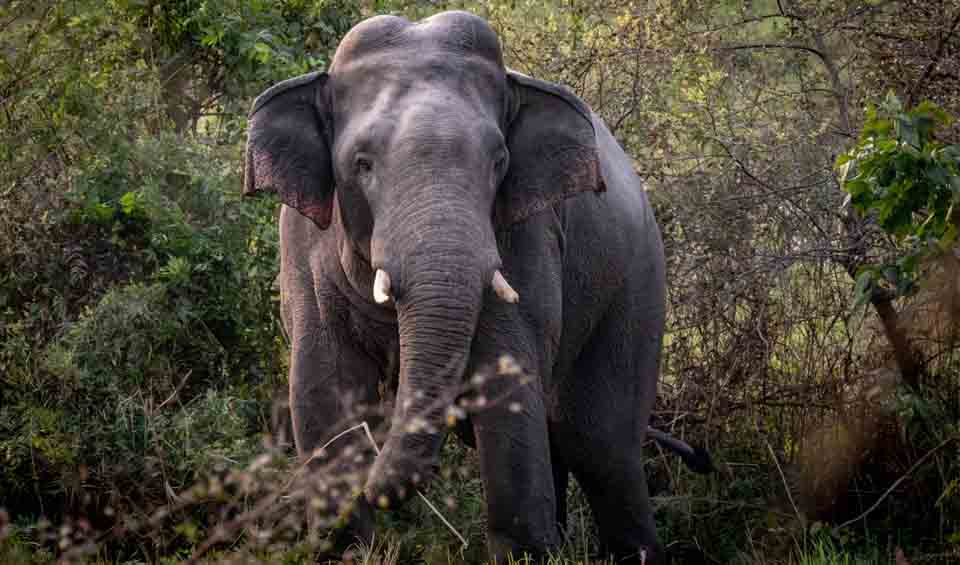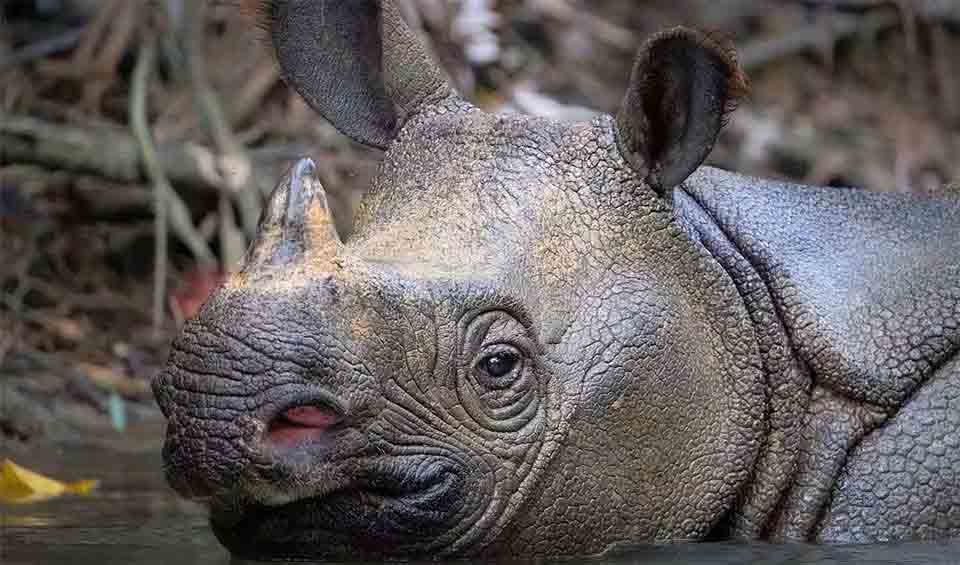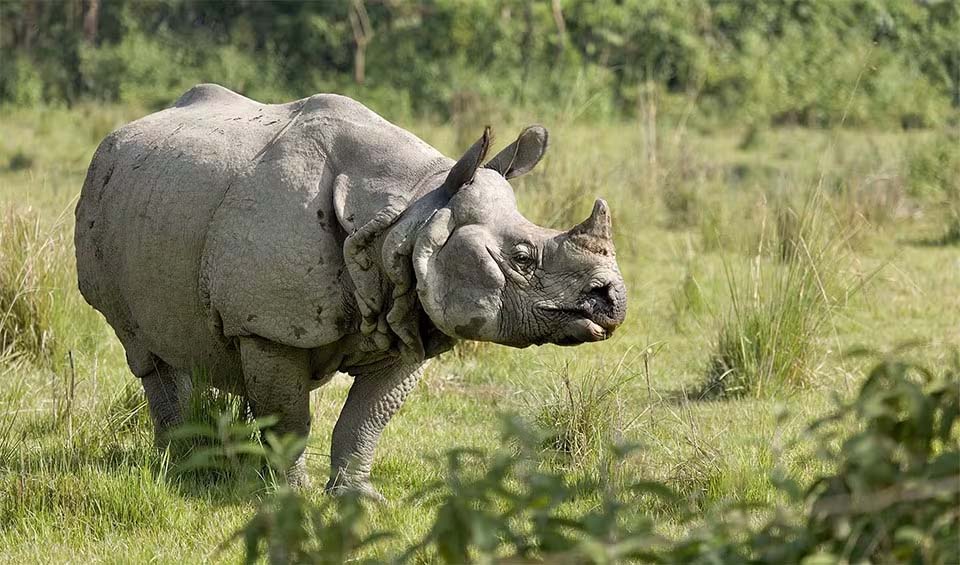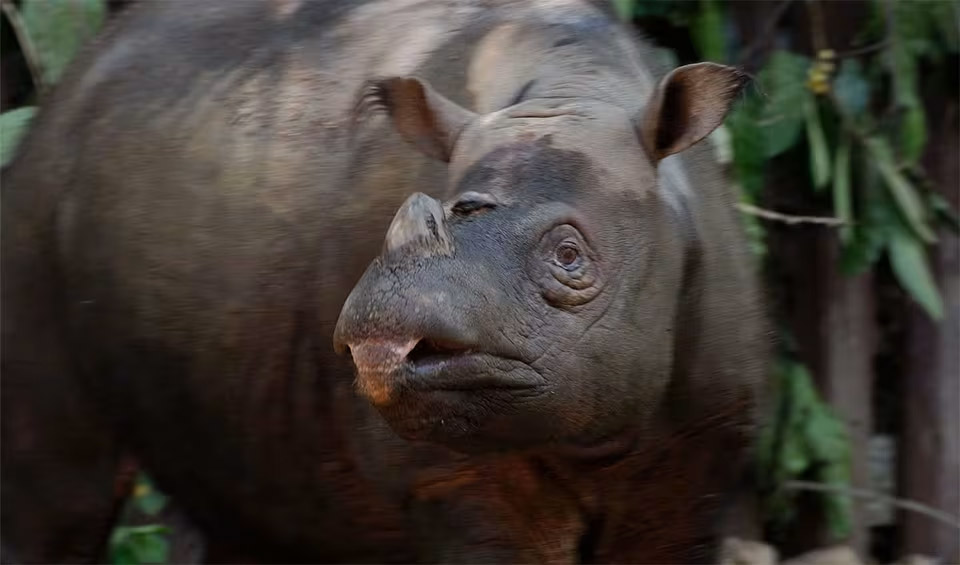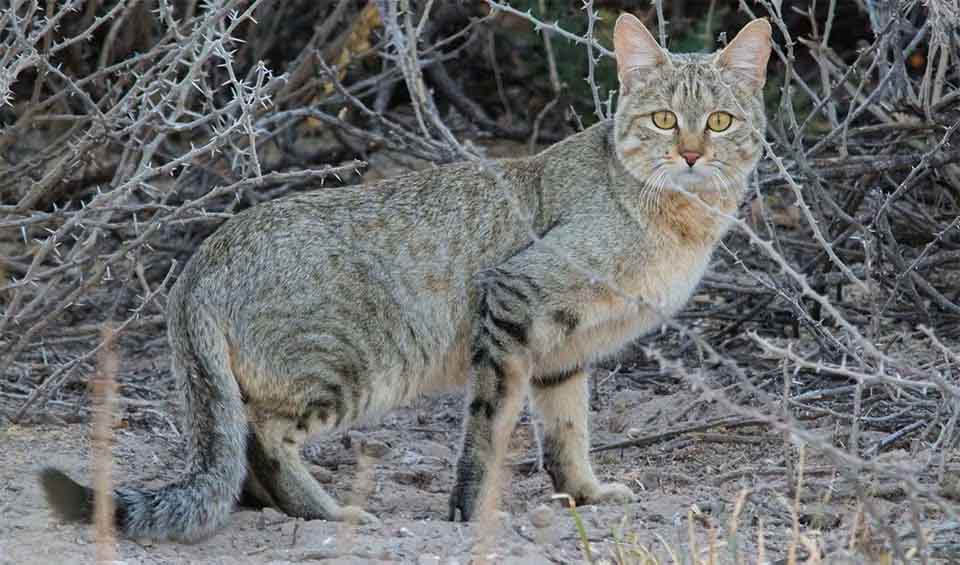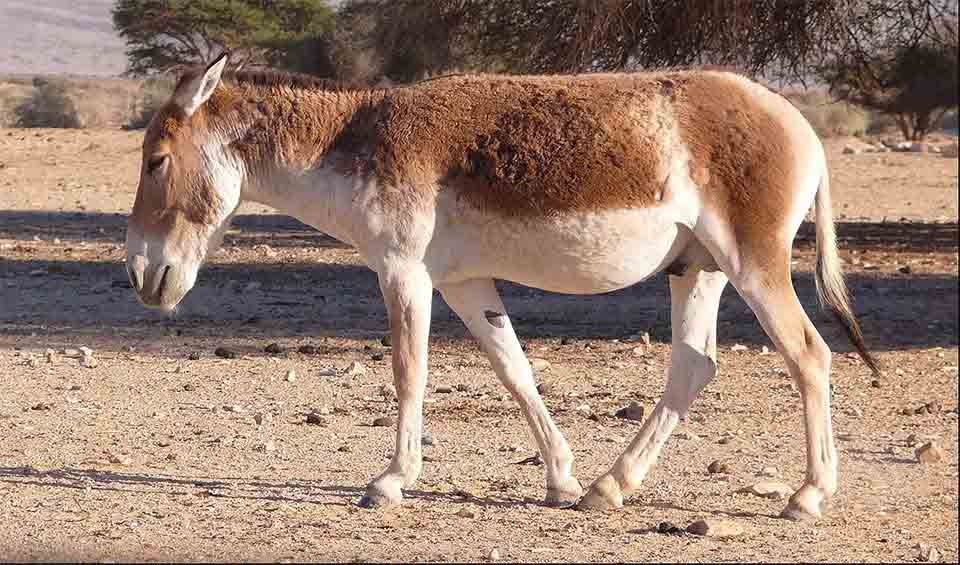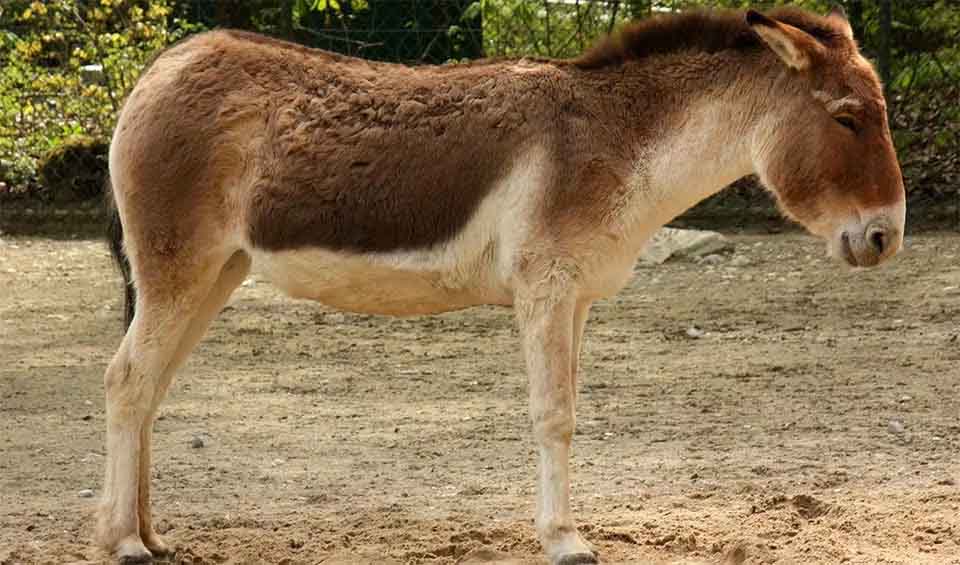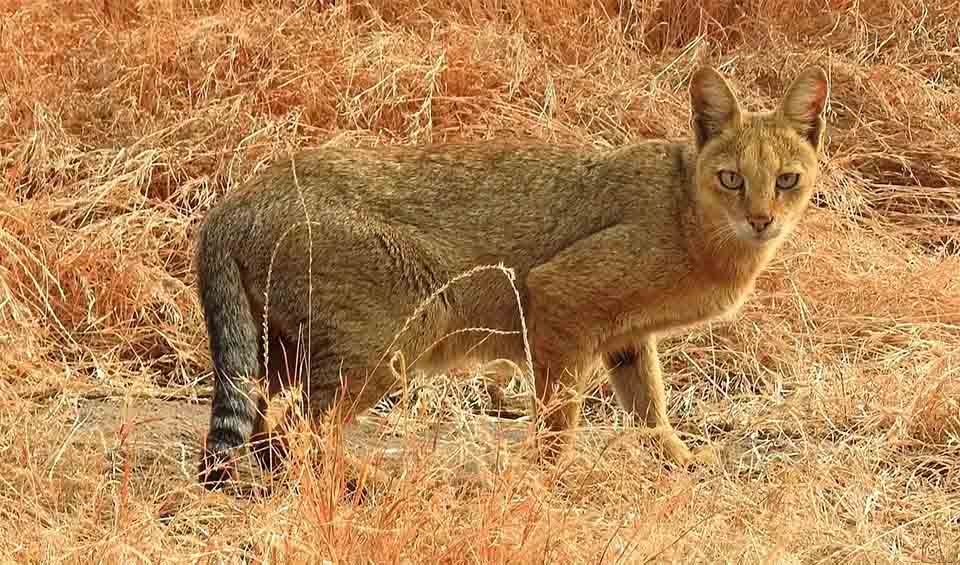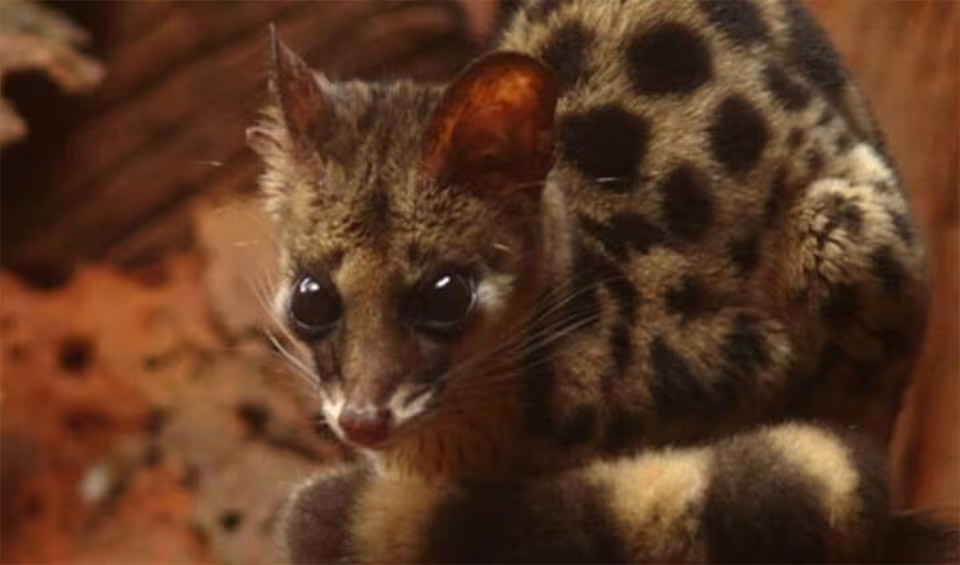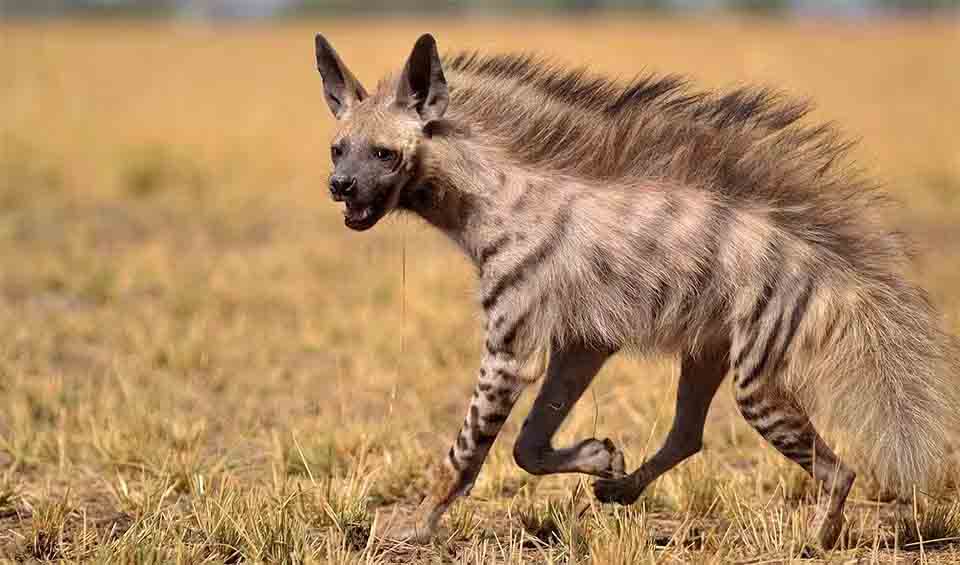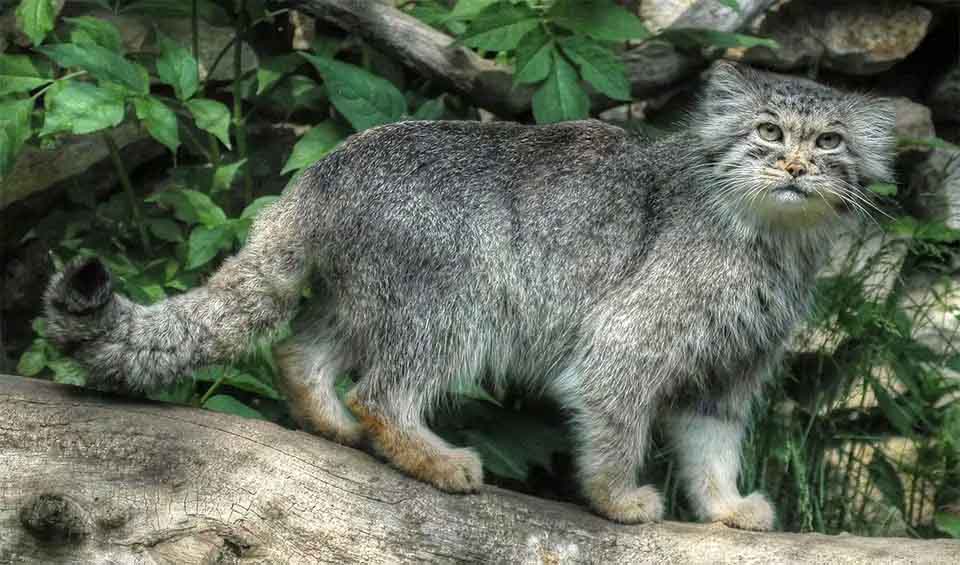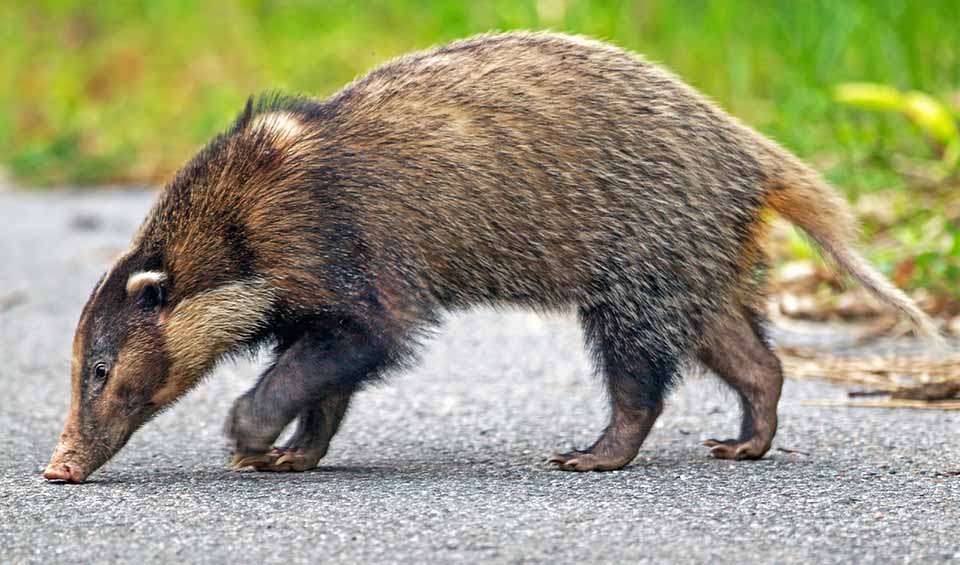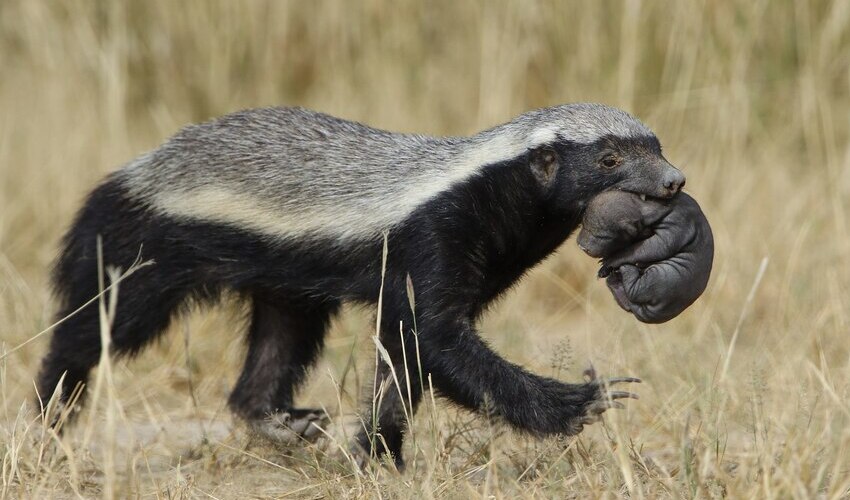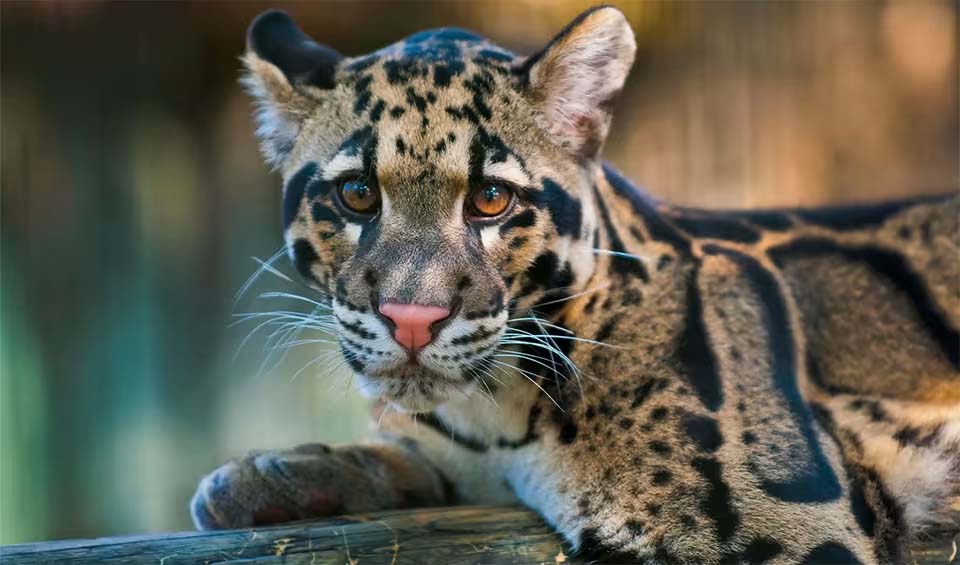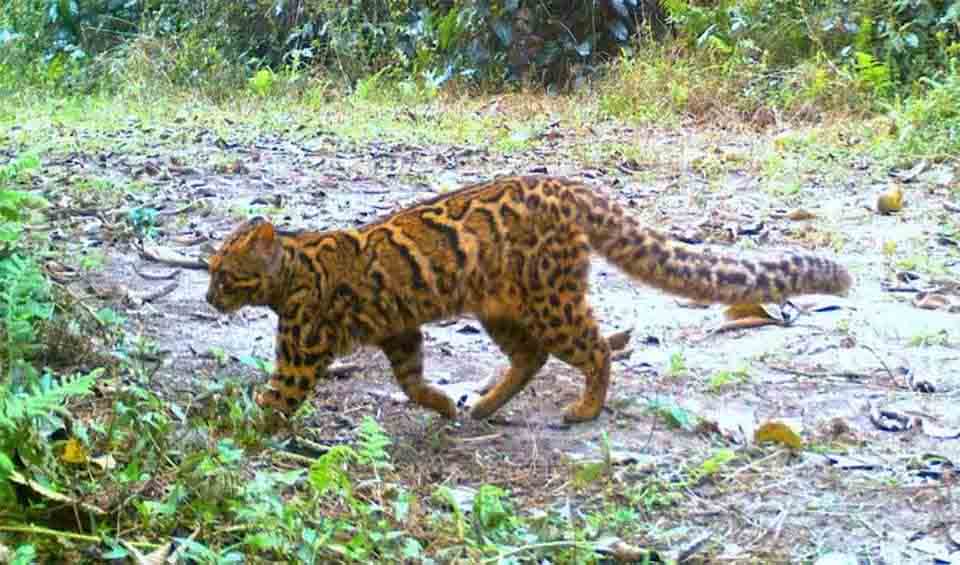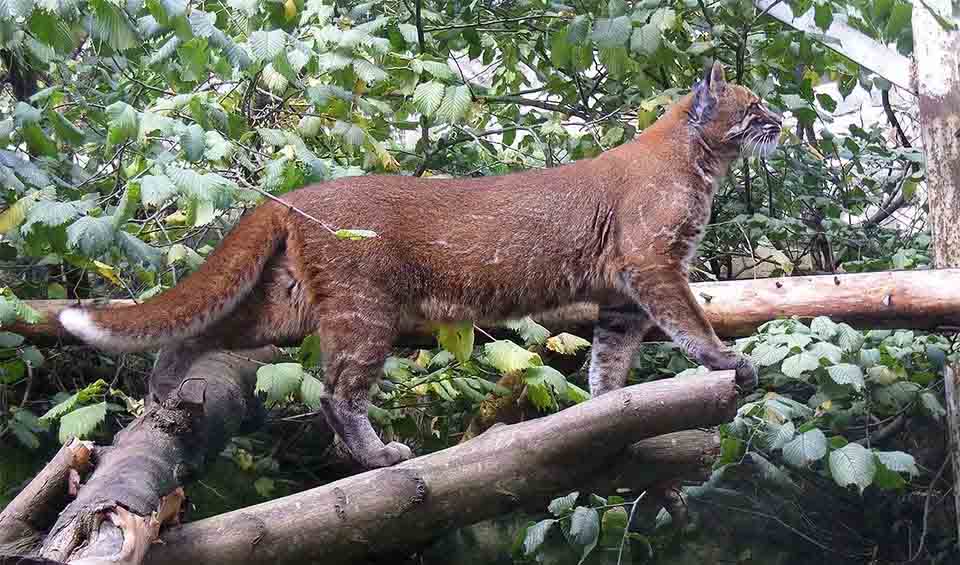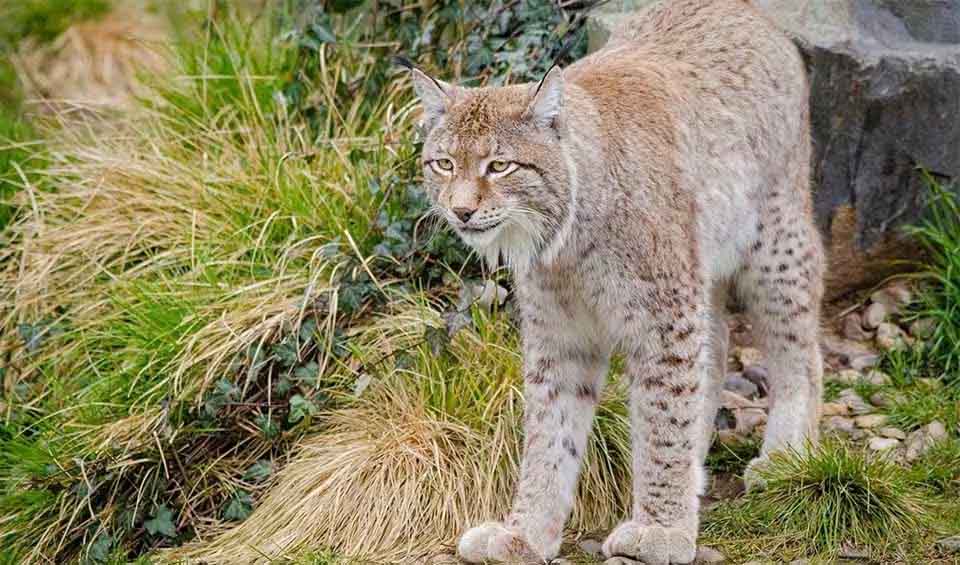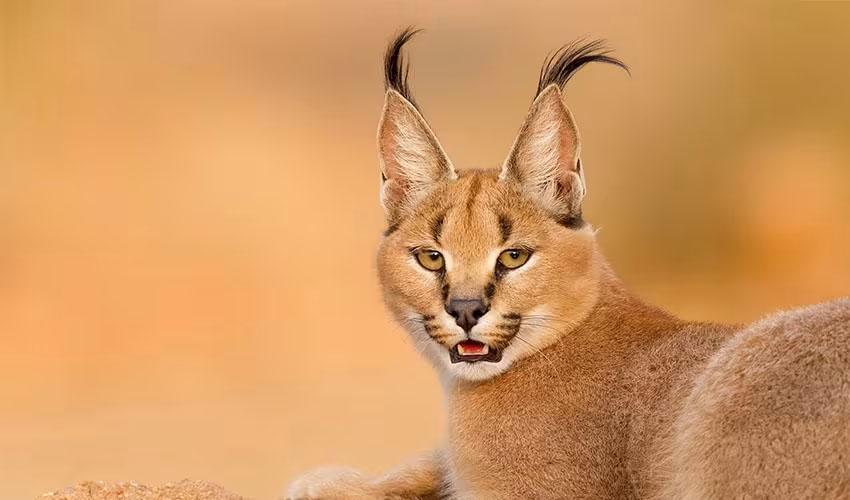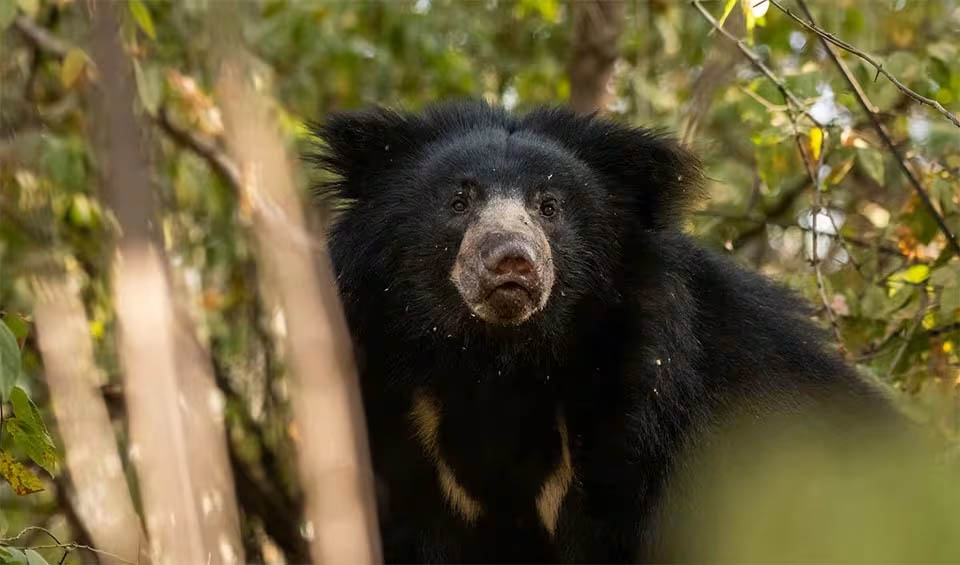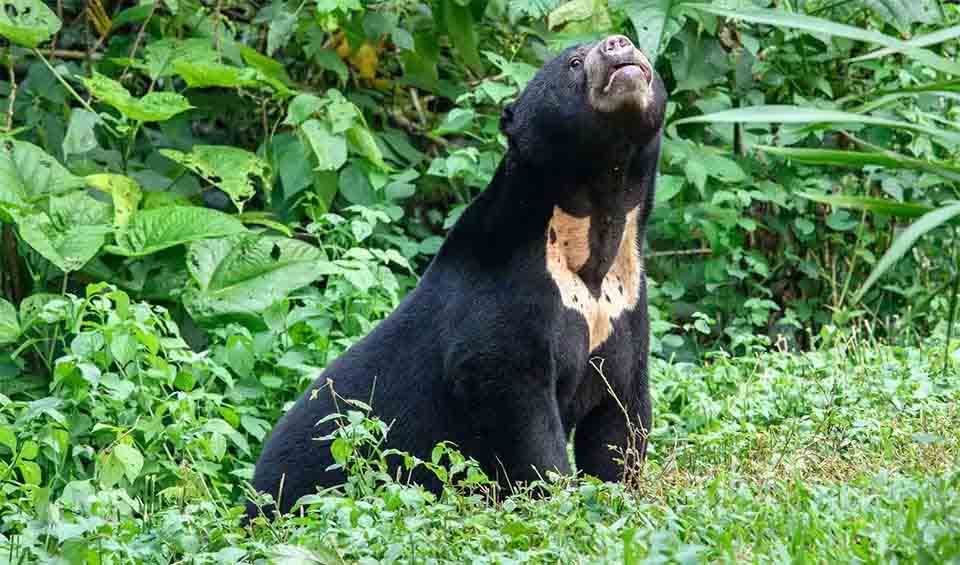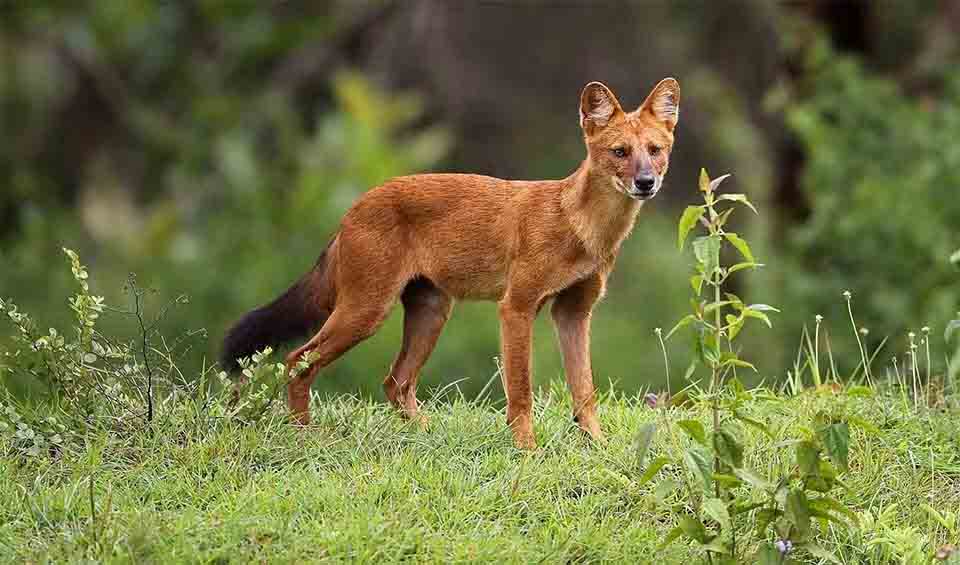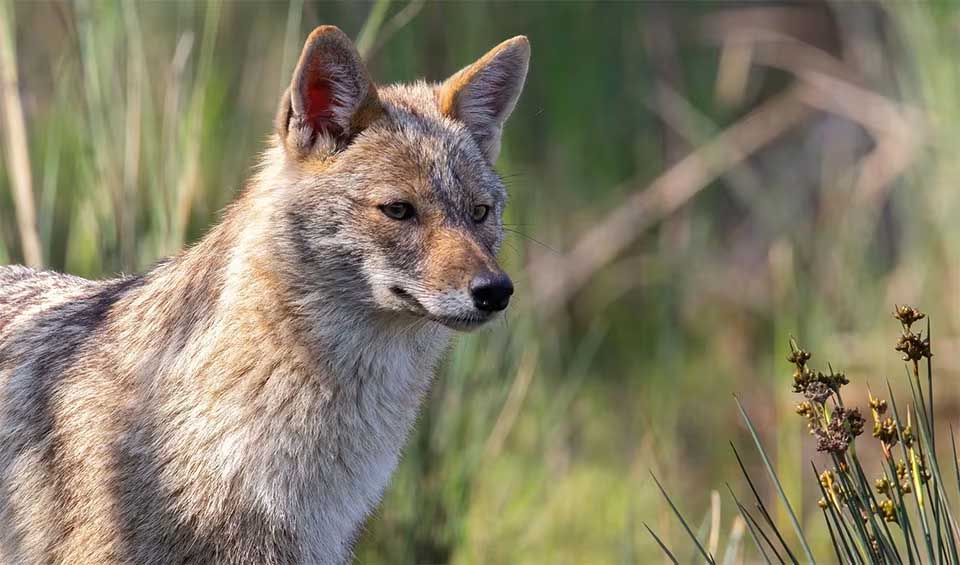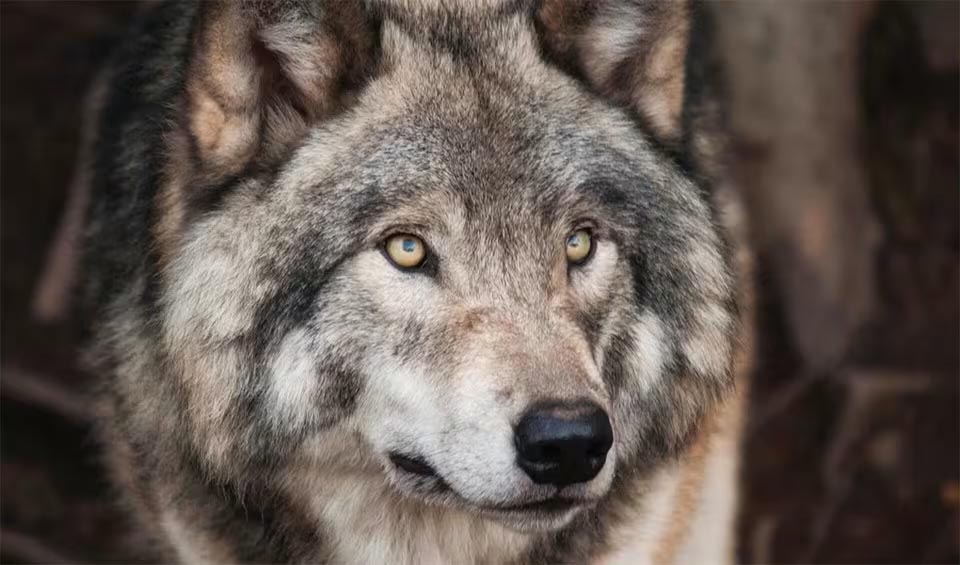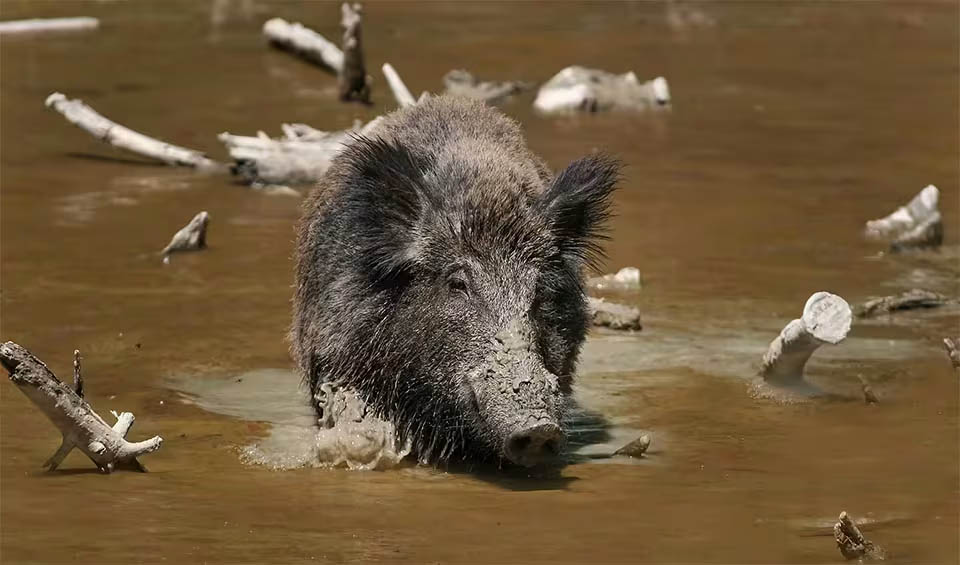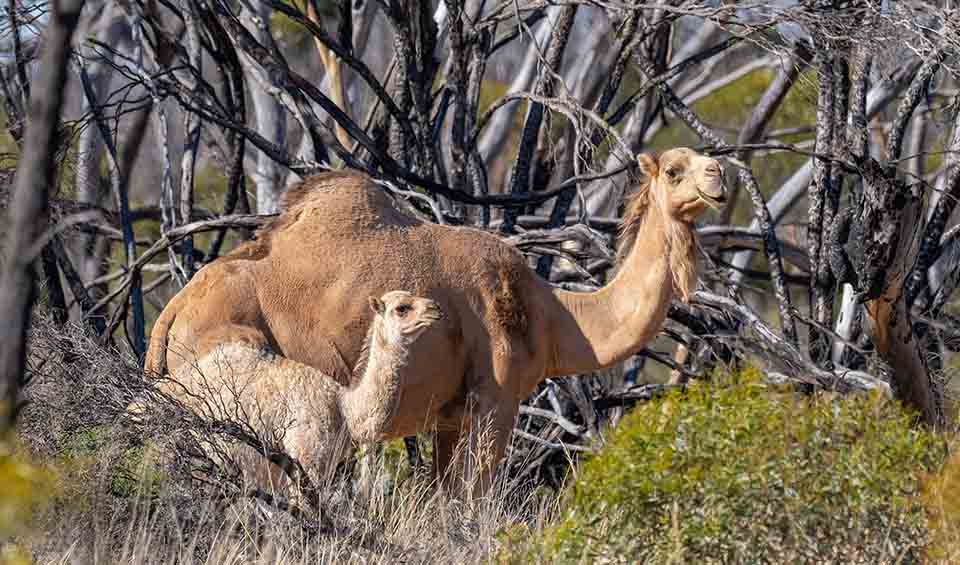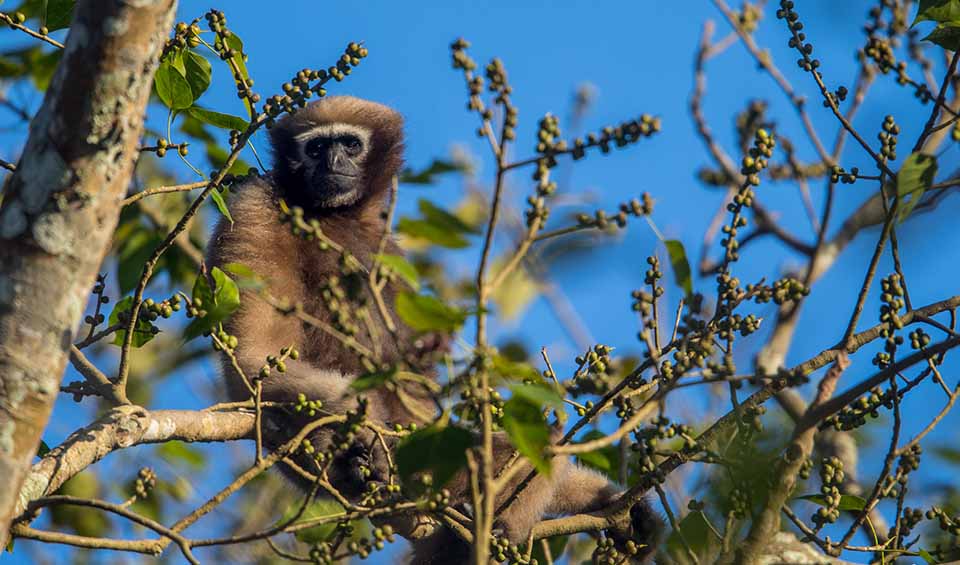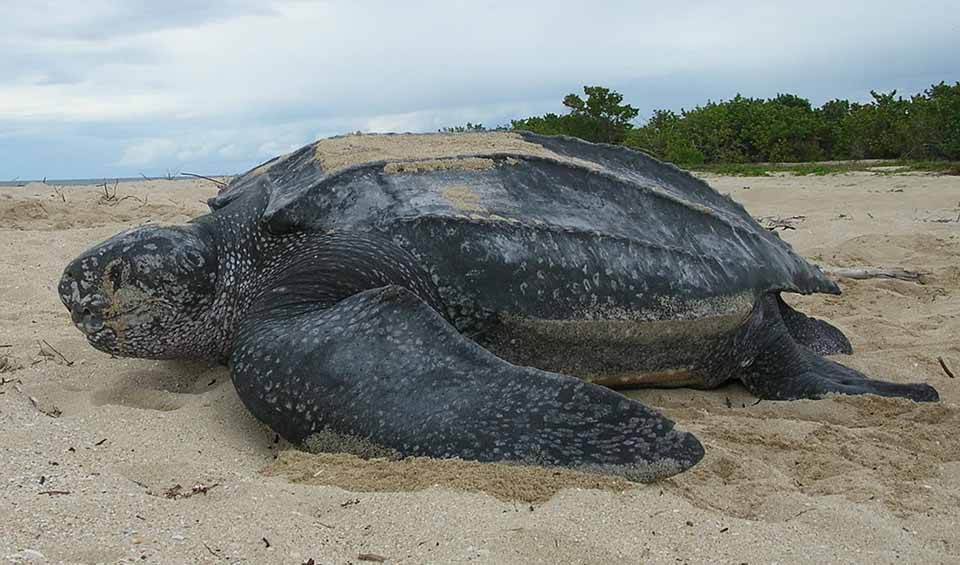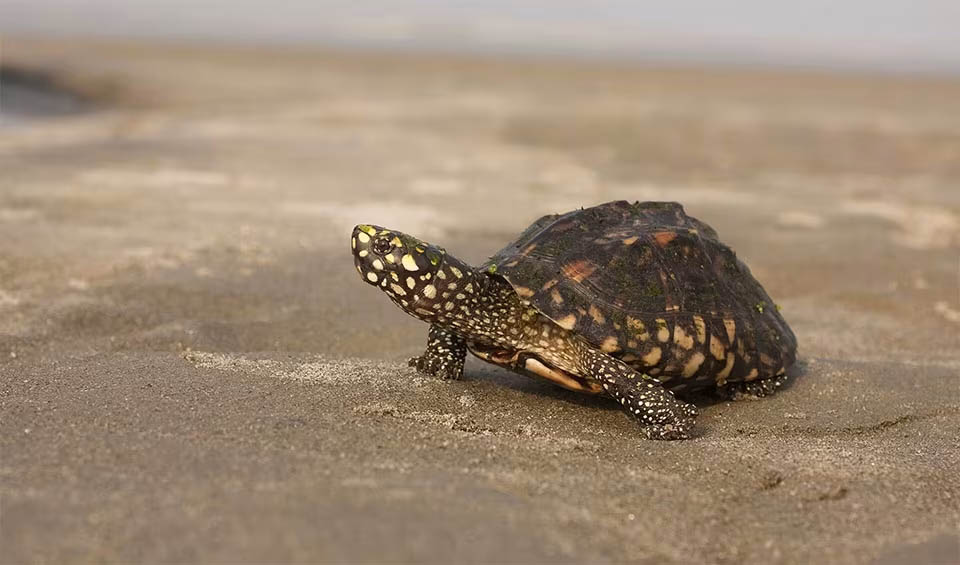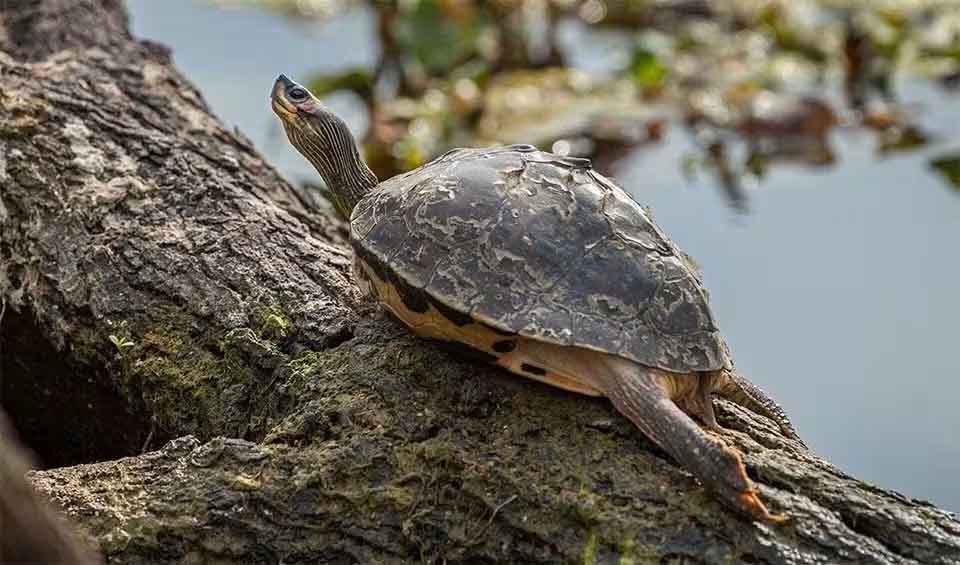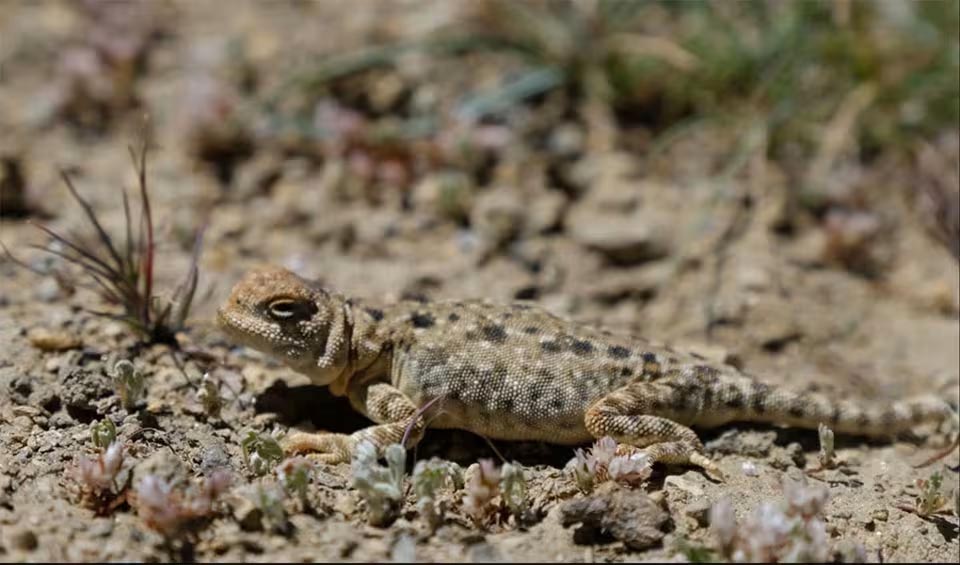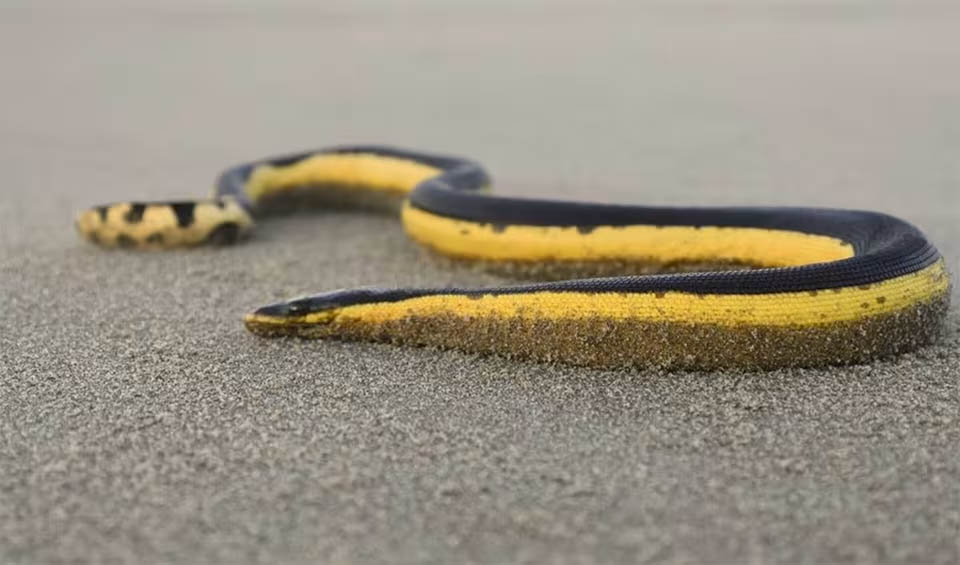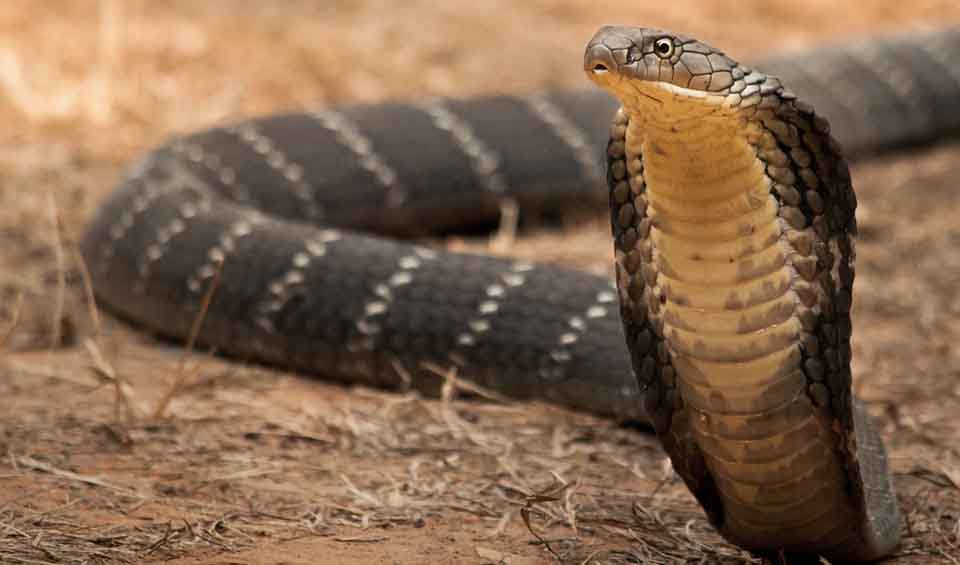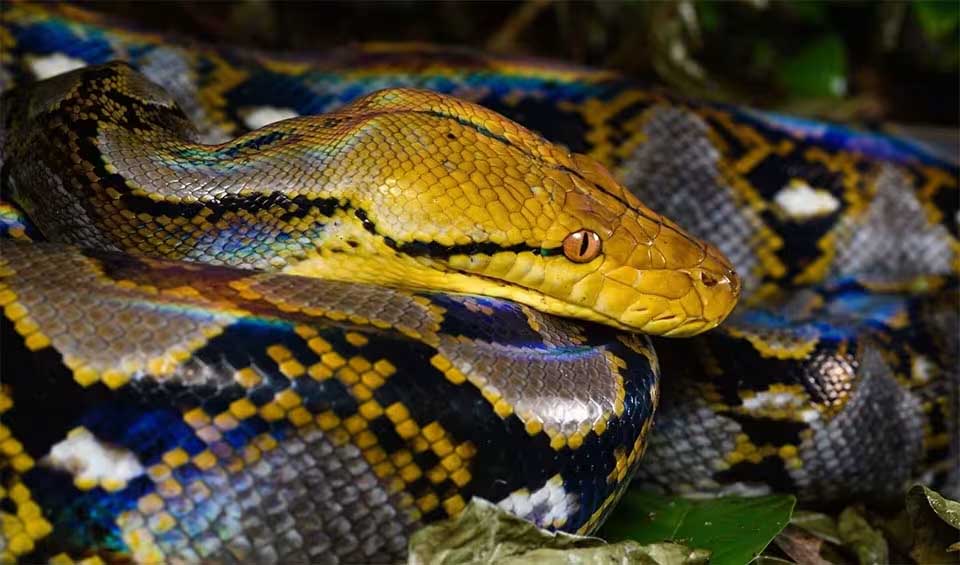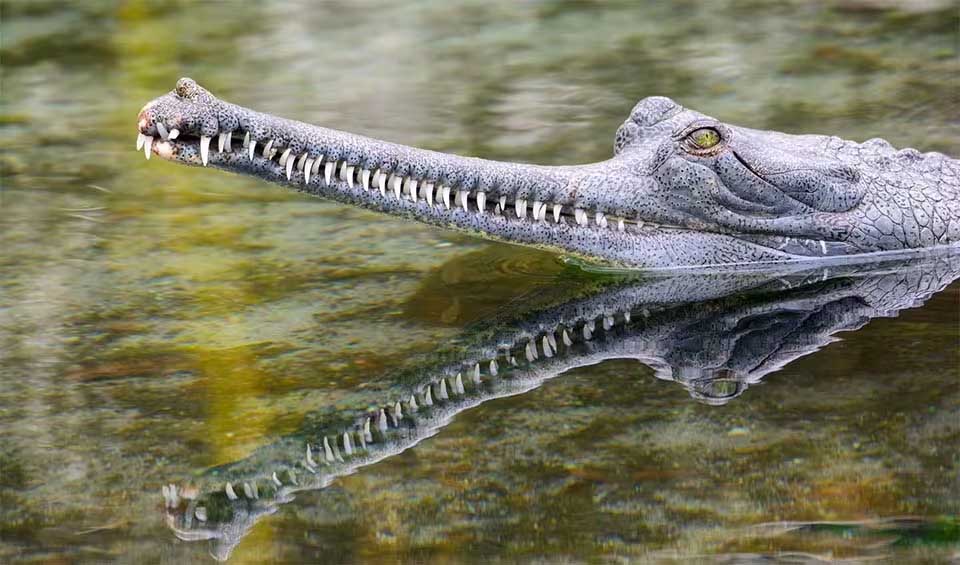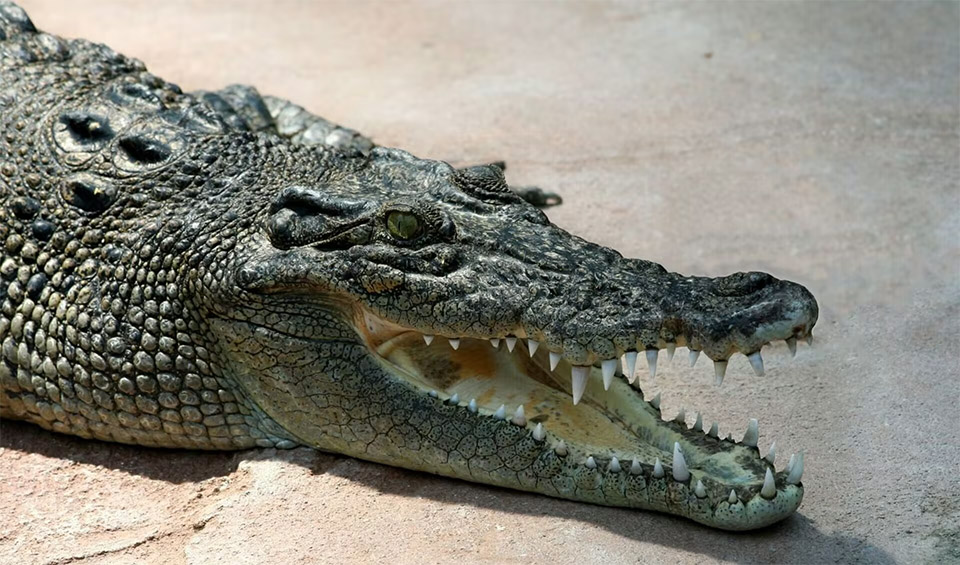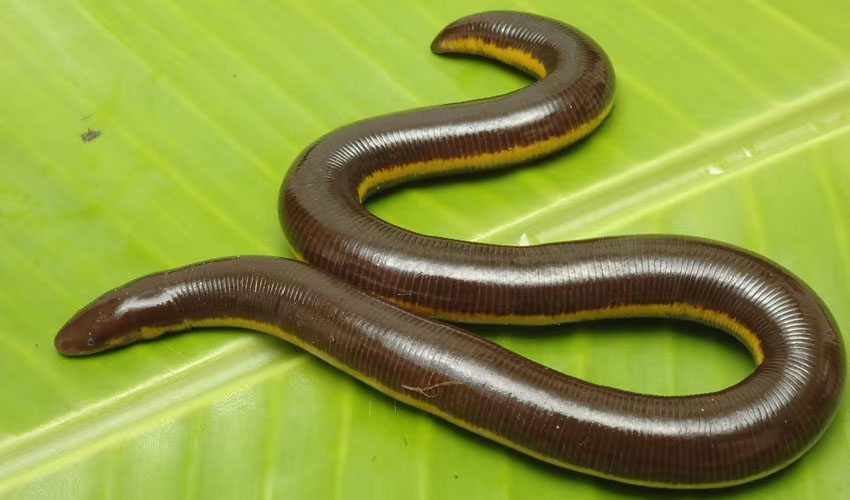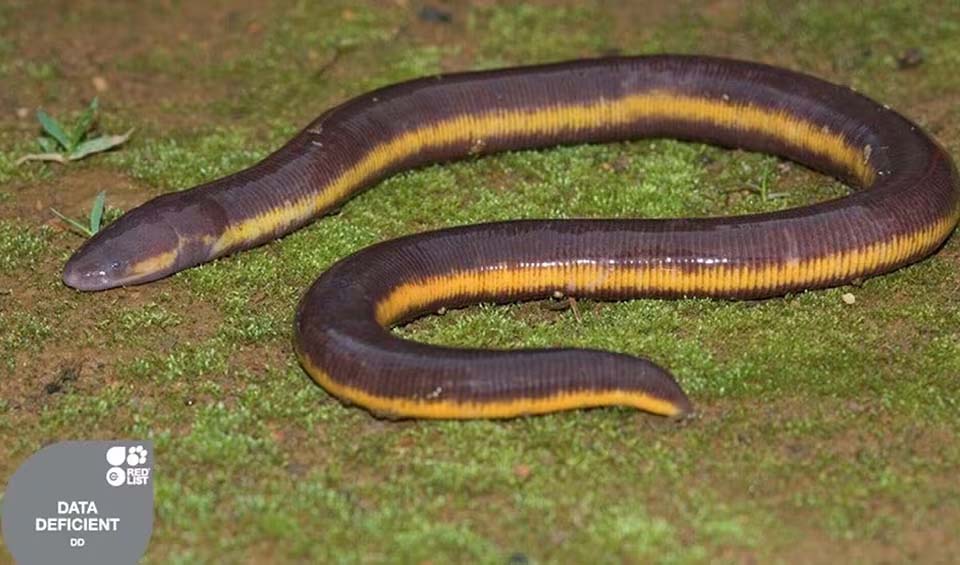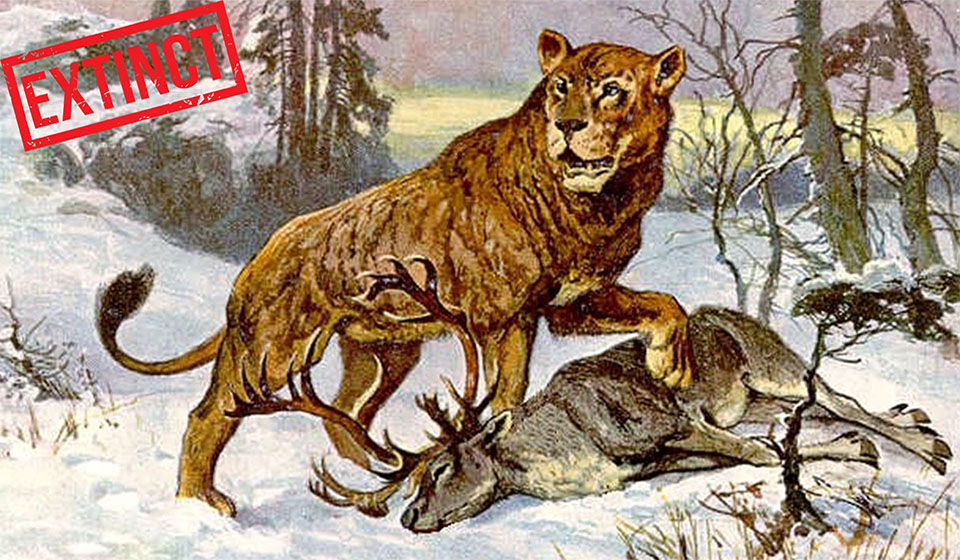Search for India
Scalloped hammerhead
Their skin actually darkens, just like a sunburn!
Common agama
Known for their vibrant colors, which can change rapidly in response to their environment, mood, or social interactions
Brown fish owl
Yes, they really do eat fish!
Indian scops owl
Tiny but terrifying (if you’re a bug)
Eurasian eagle-owl
These owls have specialized feathers that make their flight nearly silent
Indian eagle owl
One of the largest owls in South Asia
Ruddy shelduck
Has the body of a duck, neck of a goose, and voice of a goose having a bad day
Crab-eating macaque
Despite their name,most of their diet makes up of fruits and seeds
Lion-tailed macaque
Has a distinctive mane around their heads, which resembles a lion’s
Bonnet macaque
Rocks a natural bowl-cut — with fur that parts neatly across the top of their head like they just walked out of a 90s sitcom
Nilgai
Have an awkwardly stiff gait, kind of like they’re walking in slow motion with exaggerated leg lifts
Knob-billed duck
Males sport a big, bumpy black “knob” on top of their bill — like a bird-sized bike helmet
Smooth-coated otter
They’re the biggest otters in Asia
Common mabuya
You might’ve already seen one in your backyard
Ruddy turnstone
They flip the script — literally!
Wood pigeon
Timid by nature, often flying off at the slightest sign of danger
Checkered keelback
Have you ever seen one gliding through a stream or sunning itself by a quiet pond?
Asian palm civet
Famously linked to the production of a luxury coffee called kopi luwak
Common tree frog
Believed to have naturally spread across much of Asia
Bengal monitor
Need to escape? No problem! They can dive into water and swim powerfully using their tail like a paddle
Malabar pied hornbill
Often called “the farmers of the forest”, because of their role in planting so many trees through seed dispersal
Brahminy kite
Sometimes seen snatching food in mid-air or stealing prey from other birds — a behavior known as kleptoparasitism
Brown-headed barbet
A cavity nester — it uses its powerful beak to chisel out holes in tree trunks or dead wood
Black-crowned night heron
One of the most widespread and adaptable herons in the world
Small Indian mongoose
Famous snake-fighter — with strategy
Northern treeshrew
The only mammal known to intentionally eat spicy food
Malabar large-spotted civet
Once so common in parts of Kerala that it was hunted for its musk and meat
Eld’s deer
Was once so rare that it was believed extinct in the wild
Steppe eagle
The treasured bird of Saladin, the first Sultan of Egypt
Indo-Pacific finless porpoise
Can make clicking sounds up to 200 times per second to locate prey in cloudy waters where vision is limited
Golden tree snake
An accomplished climber with the ability to glide!
Mugger crocodile
They help carry the babies to the water in their mouths — gently, without harming them
Gaur
Their calm behavior and massive size have earned them nicknames like the “gentle giants” of the jungle
Wild yak
One of the most iconic animals of the high Himalayas
Wild water buffalo
One of the largest and most powerful wild bovines in the world
Tibetan antelope
Its wool, shahtoosh, is so fine that a shawl made from it can pass through a wedding ring
Bharal
Despite being called “blue sheep,” bharals are more closely related to goats than true sheep
Markhor
The largest of all goats and Pakistan’s national animal
Siberian ibex
An incredible climber — it can scale almost vertical cliffs and jump across wide gaps with ease
Argali
Known as the “Marco Polo sheep,” it was first described by the explorer during his Central Asia travels
Jeypore ground gecko
Its brown and tan patterns help it stay hidden among the forest floor’s leaf litter, rocks, and soil
Common hill myna
Has an extraordinary ability to mimic human speech — better than almost any other bird on the planet
Indian giant squirrel
Surprisingly shy and spends most of its life high up in the treetops, where it’s hard to spot
Himalayan tahr
Even from day one, they’re already scrambling up slopes alongside their mothers!
Black-backed dwarf kingfisher
One of the most visually stunning kingfisher, often described as a “flying jewel”
Common ringed plover
This bird taps its feet to imitate rain to make the prey reach the surface
Australian grass-owl
This shy, nocturnal predator spends its life in open areas of grassland and cane fields but is rarely seen
Siberian crane
One of the rarest and most critically endangered crane species in the world
Saker falcon
Their keen vision enables them to scan vast landscapes, identifying small movements or potential prey items even from high altitudes
Little tern
Renowned for their spectacular aerial displays during courtship, including steep dives and intricate flight patterns
Red junglefowl
Native to Asia where they were first domesticated, the ancestors to all our chickens
Common crane
The flocks of this social and gregarious bird are fond of migration, flying over the horizon and creating a V-shaped formation
Goosander
Its long, serrated beak, often called a “sawbill,” is perfectly adapted for catching slippery prey like fish
Painted stork
While they may look graceful in flight, they are relatively slow flyers compared to many other birds
European roller
Loves trees! Only member of its family breeding in Europe
Dusky eagle-owl
People who live near forests might hear this owl before they ever see it
Eurasian oystercatcher
The masters of catching oysters, clams, and cockles
Burmese python
A powerful constrictor that can grow longer than a school bus!
Indian python
Nonvenomous but it’s hug can be as deadly as a venom!
Lesser black-backed gull
A common sight in coastal regions throughout the Northern Hemisphere
Jungle owlet
When disturbed, they may freeze and appear like a dead tree stump
Tawny fish owl
An owl that meows like a cat
Blanford’s rock agama
You think squirrels are agile? These lizards leap and scramble across rocks like little desert ninjas!
Southern flying lizard
Often mistaken for a small dragon in the local folklore of the regions where it lives
Purple frog
A mysterious amphibian with a strange appearance
Chital
Also known as “barking deer” because of their loud, barking alarm calls
Goblin shark
Its appearance is what really sets it apart—it looks like something straight out of a science fiction movie
Greater coucal
Sometimes mistaken for a crow because of its size and dark coloration
Spotted dove
A delightful bird with a calm and peaceful nature
Paradise flying snake
A snake that can fly? Well, not exactly fly, but glide through the air like a superhero
Long-nosed whip snake
Their long noses help them climb trees by giving them extra grip on the branches
Red-rumped swallow
Amazing flyers — they can even drink water while they’re flying!
Common pochard
Can dive down to the bottom of a lake and rest there, safe from predators!
Eurasian skylark
They might not look like much, but they have an incredible talent: singing!
Leopard gecko
They don’t have eyelids, instead, they have a clear covering over their eyes that they lick to keep clean
Spoon-billed sandpiper
One of the rarest birds in the world with feathers that change color depending on the season
Great white pelican
Underneath this colorful beak, there’s a hidden surprise – a built-in net for scooping up a delicious lunch!
Beauty rat snake
Its colorful pattern makes it stand out, earning it the name “Beauty”
Eastern imperial eagle
Its imperial imagery and fierce demeanor have made it a symbol of power and nobility throughout history
Barn swallow
Most common and widely distributed swallow globally
Demoiselle crane
The smallest of all the crane species and is known for its elegance and grace
Northern lapwing
Very active and noisy, with a loud, piercing call that sounds like “pee-wit”
Common nightingale
Often called the “singer of the night,” it produces a complex and beautiful melody that has captivated people for centuries
Stump-tailed macaque
Their faces start out pink and red when they’re young, but as they get older, they turn darker, almost brown or black
White-bellied heron
So elusive that it was once thought to be a myth or legend among local populations until its official discovery and documentation
Blackbuck
Once hunted extensively for their meat and beautiful horns that pushed their numbers to dangerously low levels
Nicobar pigeon
Considered one of the closest living relatives to the extinct dodo bird
Indian pangolin
Its scales are mistakenly believed to have medicinal properties, leading to a dangerous black market trade
Indian vulture
A majestic scavenger with a wingspan wider than a car
Red-headed vulture
The true eye-catcher is its head – completely bare with a shade of red, orange, or even yellow, depending on its age
Great hammerhead
The biggest of all the hammerhead sharks, with a massive head that looks like a giant, flat hammer
Yellowfin tuna
Popular food fish, prized for its mild flavor and firm texture
Takin
Often called “goat-antelopes” because they share traits with both animals
Pantropical spotted dolphin
A champion swimmer and a social butterfly of the warm seas
Brown noddy
They bob their heads up and down as they fly, which is actually how they earned the nickname “Noddy”
Common bottlenose dolphin
Known for their acrobatic leaps, twisting and turning gracefully as they jump completely out of the water
Common dolphin
Often seen riding the bow waves of boats or performing acrobatic leaps out of the water
Mute swan
Known for their graceful movements and the distinctive “S” shape of their neck
Whooper swan
Very loyal partners! Once they find a mate, they usually stay together for life
Tawny eagle
Often seen as a symbol of strength, freedom, and keen vision in many African communities
Indian bullfrog
Capable of making long leaps, thanks to their powerful hind legs
Indian star tortoise
Prized for their beauty and believed to be associated with the Hindu god Vishnu
White-headed duck
Their stiff, upright tail feathers aid them in swimming and diving
Ruddy kingfisher
Notoriously difficult to spot due to their preference for dense, shadowy forest habitats
Water buffalo
The “living tractors of the East”—vital in traditional agriculture, particularly in Asia
White-throated dipper
Can walk along the riverbed using its wings to stabilize itself against the current
Himalayan monal
It’s dazzling plumage has earned it the nickname “nine-colored bird” in some cultures
Banded bullfrog
These frogs don’t “croak”—their call sounds more like a dog’s bark!
Black eagle
Controller of arboreal birds and mammals populations in Asia’s tropical forests
Mandarin duck
Revered in many cultures for their beauty, grace, and symbolism of love and fidelity
Himalayan toad
This toad relies on “saltation” for movement, which means it jumps rather than walks
Little egret
During breeding, they transform with elegant white plumage, adorned by decorative plumes on the head, neck, and back
Eastern cattle egret
It can catch insects that are disturbed by the animals’ movements
White wagtail
Holds cultural symbolism in some societies, representing good luck
Eurasian kestrel
Adaptable raptor known for its hovering hunting technique and striking appearance
Graceful prinia
Territorial and defends its territory aggressively against other birds
White-throated kingfisher
These birds are quite chatty, and their sounds are like a strong and determined rattling laugh
Irrawaddy dolphin
Have a preference for slower-moving or still waters, making them well-suited to environments like rivers and deltas
Schokari sand racer
With lightning-fast speed and a keen sense of smell, this predator easily captures prey in the desert
Tiger shark
They eat almost anything that comes their way – you name it, they’ll try to snack on it!
Asian openbill
Adept hunters of freshwater snails and mollusks, using their specialized bills to extract their prey from their shells
Black-naped oriole
They are skilled mimics, capable of imitating various sounds from their surroundings
White-bellied sea eagle
Its broad wings enable it to glide effortlessly on air currents, often seen navigating the coastal winds
Olive-backed sunbird
Using spider silk and plant materials, they construct delicate nests that hang from branches
Indian roller
With its splendid plumage, it has earned its place as a jewel of the skies
Asian palm swift
Their narrow wings, long forked tails, and streamlined bodies are perfectly designed for high-speed maneuvers
Tokay gecko
Its large eyes are equipped with highly sensitive retinas, which allow it to see in low light conditions
Wrinkle-lipped free-tailed bat
Their name comes from the distinctive folds or wrinkles on their lips which is essential for capturing prey in mid-flight
Binturong
Despite their nickname “bearcat,” they are not related to bears or cats
Wreathed hornbill
Their beaks are tools for everything from cracking open fruits to catching insects mid-air – talk about multitasking!
Sambar deer
With its towering stature and impressive antlers, is a true king of the Asian forests
Great roundleaf bat
A key player in keeping pesky insect populations in check and lending a hand in pollination
Oriental garden lizard
A lizard with vibrant hues – a living canvas of green, brown, and sometimes even blue
Asian water monitor
They can be found basking in the sun with their fellow monitors, sharing warmth and companionship
Desert monitor
Known for their impressive stamina and can travel long distances in search of food and water
Yellow-throated Marten
Aren’t afraid of bigger animals, and they’ve been known to fight off dogs and even leopards!
Shortfin mako shark
Speed and power embodied, they rule the seas with their sleek bodies and jaw-dropping leaping prowess
Blacktip reef shark
Graceful and stealthy, these reef dwellers navigate the coral maze with finesse, showcasing their iconic black-tipped fins
Oceanic whitetip shark
Opportunistic predators of the open ocean, their aggressive and persistent feeding behaviour strikes fear into the hearts of their prey
Bull shark
Fearless and formidable, these aggressive predators command respect in the waters they roam
Whale shark
Gentle giants of the sea, with mouths wide open to filter the ocean’s bounty
Great white shark
Majestic ocean predators, embodying power, speed, and precision in their pursuit of prey
Hawksbill sea turtle
Its slender frame and narrow head bear a beak curved like a hawk’s, earning this marine marvel its name
Emperor angelfish
As it grows older, it undergoes a metamorphosis that is nothing short of extraordinary
Bengal fox
A desert dweller with a striking appearance, known for its small size, bushy tail, and distinctive black and white facial markings
Red fox
Ladies and gentlemen, please welcome the world’s most widely distributed carnivore!
Common kingfisher
Possessed with special visual adaptations to catch fish
Tibetan fox
With a gleaming golden coat and playful pounce, this fox proves that high-altitude living is no match for its wit and whimsy
Fishing cat
Only look cuddly and cute; these cats can be very aggressive!
Rusty-spotted cat
Meet the smallest wild cat in Asia but don’t be fooled by its cute looks – this feline is a skilled predator
Leopard cat
A skilled predator with a unique coat and playful personality
Keeled box turtle
Its rugged shell makes it look “exotic” to collectors, making it prone to illegal wildlife trade
Eurasian otter
Fiercely territorial, marking their territory with scent to communicate with other otters
Etruscan shrew
Meet the world’s smallest mammal but a fierce predator
Cheetah
Racing to extinction: historically ranging throughout Africa to India, now distributed in small, fragmented populations
Asian black bear
In Vietnam, these bears are caught, crammed into tiny cages, have their teeth removed to extract bile – sold as “medicine”
Brown bear
The second largest bear, right after the polar bear. Sadly, it well might top the list soon
Leopard
Disappearing graceful shadows, this tree-climber is on the way to extinction
Kuhls pipistrelle
Their population distribution is often associated with human settlements as they are comfortable in both agricultural and urban habitats
Snow leopard
The vanishing big cat of the cold, rugged Himalaya mountains is being executed by the humans
Naked-rumped tomb bat
These ‘sloppy animals’ tend to have a strong and unpleasant odor due to accumulated wastes in roosts
Greater horseshoe bat
These elegant acrobats perform a perfectly timed and skilled somersault as they approach their chosen resting site
European free-tailed bat
Their muzzle has wrinkled lips, which makes them look like a dog’s face, and is commonly called a bulldog bat
Indian crested porcupine
This charismatic creature is not just a quilled beauty but also a skilled architect
Red panda
Be ready to be puzzled by this vegetarian carnivore!
Steppe polecat
Widely distributed in Europe and Asia and tolerant to habitat modification
Stoat
A small, fierce predator known for its agility, hunting skills, and color-changing fur
Great cormorant
Due to their adaptability and willingness to migrate to more favorable habitats, great cormorants are found worldwide
Brown booby
An impressively acrobatic bird that can catch flying fish mid-jump
Great frigatebird
These birds spend weeks in the air and hunt, preen and even sleep while in flight
Barn owl
The most cosmopolitan of owls with home ranges extending across the globe
Little owl
Aptly named after the goddesses of wisdom and war, little owls have lived alongside human civilizations since 500 BC
Tibetan sandgrouse
Large orange-faced birds found in the cold mountains of Tibet
Pin-tailed sandgrouse
This bird looks like a modern mosaic art-piece
Rose-ringed parakeet
If you ever forget the tune of a song, don’t worry; this bird has your back
Wilsons storm petrel
This species is found in all world oceans except the north Pacific Ocean
Little grebe
This cute and small bird is one of the most elite hunters below the water’s surface
Great barbet
The largest of Old World barbets
Lesser flamingo
This bird holds a Guinness book of world records to its name
Greater flamingo
The iconic and elegant bird with a curved pink bill is known for turning heads
Red-billed tropicbird
Professional marine forecasters to optimize breeding success and prey availability
Red-tailed tropicbird
They dance along with their gorgeous red tails to attract partners in a faithful courtship
White-tailed tropicbird
These ocean wanderers can be spotted from a distance showing awe-inspiring aerial tricks
Eurasian spoonbill
This bird is unmistakable for its namesake, spoon-shaped bill
Glossy ibis
These birds seem to have lost their way to the beauty pageant
Goliath heron
This large heron is a firm believer in the adage: “Patience is the key to success”
Gray heron
Exhibit powerful flight, with distinctive slow wing beats and an extended neck, defining features during their aerial movements
Alpine / Yellow billed chough
The master aerial diver and swooper
House sparrow
The most widely dispersed wild bird
Eurasian coot
Like those bulging red eyes weren’t scary enough, they eat their innocent chicks when hungry
Common moorhen
Living around smelly brackish marshes is unthinkable, but these birds love their isolated habitat or don’t have a sense of smell
Masked finfoot
They are certified swimmers ruling mangroves and nearby bushes, but unfortunately, not many of them are left
Arctic loon
The most numerous wild bird species in the world
King quail
The smallest of all Galliformes lives on the ground, camouflaged from predators
Chukar partridge
The national bird of Pakistan and Iraq is known to improve degraded ecosystems by aiding in the dispersal and germination of seeds
Green peafowl
The large forest bird is amongst the largest Galliformes; can hunt venomous snakes!
Indian peafowl
One of the most beautiful birds on Earth!
Peregrine falcon
At the speed of over 321 km/h (200 mph), this bird outraces a Formula1 car
Asian green bee-eater
Having wide distribution across Asia, the beautifully colored bee-eater avoids living near water and only migrates from areas with rainfall
Pied kingfisher
The only member of the genus having wide distribution across Asia and Africa is sociable, unlike other members of its family
Pied falconet
A bird about the size of a sparrow but with sharp claws and a hooked beak – it’s like a miniature eagle
Black stork
The stork with the widest geographic range
White stork
The folktale bird that brings the babies!
Pied avocet
One of the very few birds with an upturned bill
Black-winged stilt
Elegant long-legged wader, common almost worldwide
Ibisbill
Owner of one of the most peculiar-looking beak shapes in all of the bird kingdom
Crab-plover
This bird has learned how to use a spear and made it an extension of itself
Jerdon’s courser
One of the most elusive birds which keeps getting rediscovered after getting extinct
Arctic tern
This bird can give any cross-country runner a run for their money
Common tern
This bird holds the record of the longest distance flown by any bird in recorded history
Greater painted-snipe
Looks no less than a renaissance masterpiece
Black-tailed godwit
The most elegant of all godwit species
Crested treeswift
These little birds skillfully make their tiny nest on a tree branch and glue them with their saliva
Great eared-nightjar
A nocturnal bird is fooling everybody with a tuft of feathers on its head resembling ears
Common swift
These enthusiastic travelers can be seen almost worldwide in different seasons
Indian grey hornbill
Urban forests have become a loud talk recently. So let’s talk about the unsung hero of such settings, shall we?
Great hornbill
They’re amazingly human-friendly — oh, but do we call it a friendship if we cost their population the chance to survive
Eurasian hoopoe
Dependable wings and a muscular build. Nope, we aren’t talking about the next Redbull ad campaign
Bar-headed goose
These hardy birds are capable of flying at dizzying heights, where even helicopters can’t fly
Cotton pygmy goose
Smaller than most iPads, meet the tiniest duck in the world
Mallard
This invasive species is the ancestor to most of the modern ducks
Egyptian vulture
A highly intelligent species that is the world’s only tool-using vulture with a long migratory range
White-tailed eagle
Extinct and reintroduced – What’s the story behind these so-called ‘flying barn doors’?
Golden eagle
This majestic brown raptor is most widely distributed eagle species
Western marsh harrier
The yellow-eyed devil
Eurasian sparrowhawk
Better call the ambulance before the Sparrowhawk comes to devour all those who are injured
Common buzzard
They eat just about everything — rabbits, rodents, birds, carrion, earthworms, insects… even beetles get a look-in
Short-toed snake eagle
A magnificent migratory bird with long, broad wings and a short tail that sings in the form of musical whistles
Bearded vulture
The only living creature that feeds on bone marrow from carcasses in high and inaccessible mountain areas
Cinereous vulture
Largest soaring vulture in the sky with extremely broad wings that assists an important role in nature as “clean-up” team
Osprey
One of only six land-birds with a cosmopolitan distribution habituating all continents except Antarctica
Himalayan vulture
Unlike most vultures with bald heads, it has a unique feature – a ruff of white feathers around its neck
Eurasian Griffon
Most social vultures with 12 distinct types of vocalization
Asian river dolphin
Also known as blind river dolphins, they use sound and sonar to navigate around in the murky waters of the Ganges river
Asian elephant
Largest land mammal in Asia here!
Javan rhinoceros
The rarest and most threatened of five extant rhinoceroses’ species
Indian rhinoceros
About 65% of the population is confined to Kaziranga NP in Assam, northeastern India; 17% to Chitwan NP in central Nepal
Sumatran rhinoceros
The only Asian rhino with two horns is the world’s smallest rhino
African wildcat
The direct ancestor of the domestic cat—no wonder why they look so alike!
Onager
Two out of six subspecies were hunted to extinction: the European & Syrian wild ass
Kiang
With long legs built for speed, and a coat that shines like the golden rays of the Himalayan sun
Jungle cat
One of the cats that were mummified and put into tombs in ancient Egypt as Egyptians worshipped a cat goddess
Spotted linsang
Body of a cat, face of a possum – meet the mysterious Asiatic linsangs
Striped hyena
The only hyena species outside of Africa that can go 15km (10 miles) for a meal
Pallas’s cat
‘Grumpiest cat on earth’ is well camouflaged, widespread, and adapted to cold climate
Greater hog badger
One of the world’s largest extant terrestrial mustelids based on body mass, possibly second only to the wolverine
Honey badger
Well known for their ferocity, these fearless little creatures are always ready to take on an entire pride of lions
Clouded leopard
They can hang upside down from branches with their rear feet and climb trees almost like a monkey
Marbled cat
When standing or resting, they are characterized by their arched back
Asian golden cat
One of the least studied cats in tropical Asia; there is still a lot to discover!
Eurasian lynx
Once widespread throughout most of Europe, by now extinct in most of Western and Central Europe
Caracal
“To put the cat among the pigeons” was phrased on caracals, as they were once trained for hunting game birds for Persian and Indian royalty
Sloth bear
This ant & termite eater is native to the Indian subcontinent with two subspecies
Sun bear
The smallest of bears is slowly vanishing from tropical forests of Southeast Asia
Dhole
Extinct in Europe and North America, probably due to landscape changes during the ice age, and currently can only be found in Asia
Golden jackal
Exceptional hunters, but they can feed solely on grass and survive in the absence of prey
Wolf
The howl of each wolf is different
Wild boar
They have an elongated and elastic snout that can be used to dig out roots and bulbs
Arabian camel
No more true wild animals: all are domesticated or escaped from stock
Western hoolock gibbon
The only ape species present in India
Leatherback sea turtle
The mysterious diver of the ocean is the largest and only sea turtle without a hard shell and scales
Indian flapshell turtle
They get their name from flaps of skin that cover their limbs as they retract into the shell
Black pond turtle
Native to the Indian subcontinent and named for the dark hue of their shell
Indian roofed turtle
An Asian river turtle with a peculiar shell that sort of looks like a roof
Theobald’s toad-headed agama
A rather odd or toad-looking reptile inhibiting the cold deserts of the Himalayas
Yellow-bellied sea snake
The most widespread species of snakes on earth are found throughout the Indian and Pacific Oceans and from Africa to Central America
King cobra
Largest living venomous snake reaching lengths of up to 5.7 meters or 8.5 feet
Reticulated python
Largest living snakes on the earth, reaching lengths of up to 7 meters of 23 feet
Gharial
A truly remarkable crocodilian on which rides the holy river Ganges
Saltwater crocodile
Largest of all living reptiles and the animal most likely to eat a human
Kodagu striped Ichthyophis
A stripy amphibian native to the Ghats of India
Long-headed caecilian
Endemic to the tropical Western Ghats of Kerala, India
Eurasian cave lion
Roaming the frozen tundras of Europe and Asia, this mighty lion stood at the top of the food chain – a true king of the Ice Age
